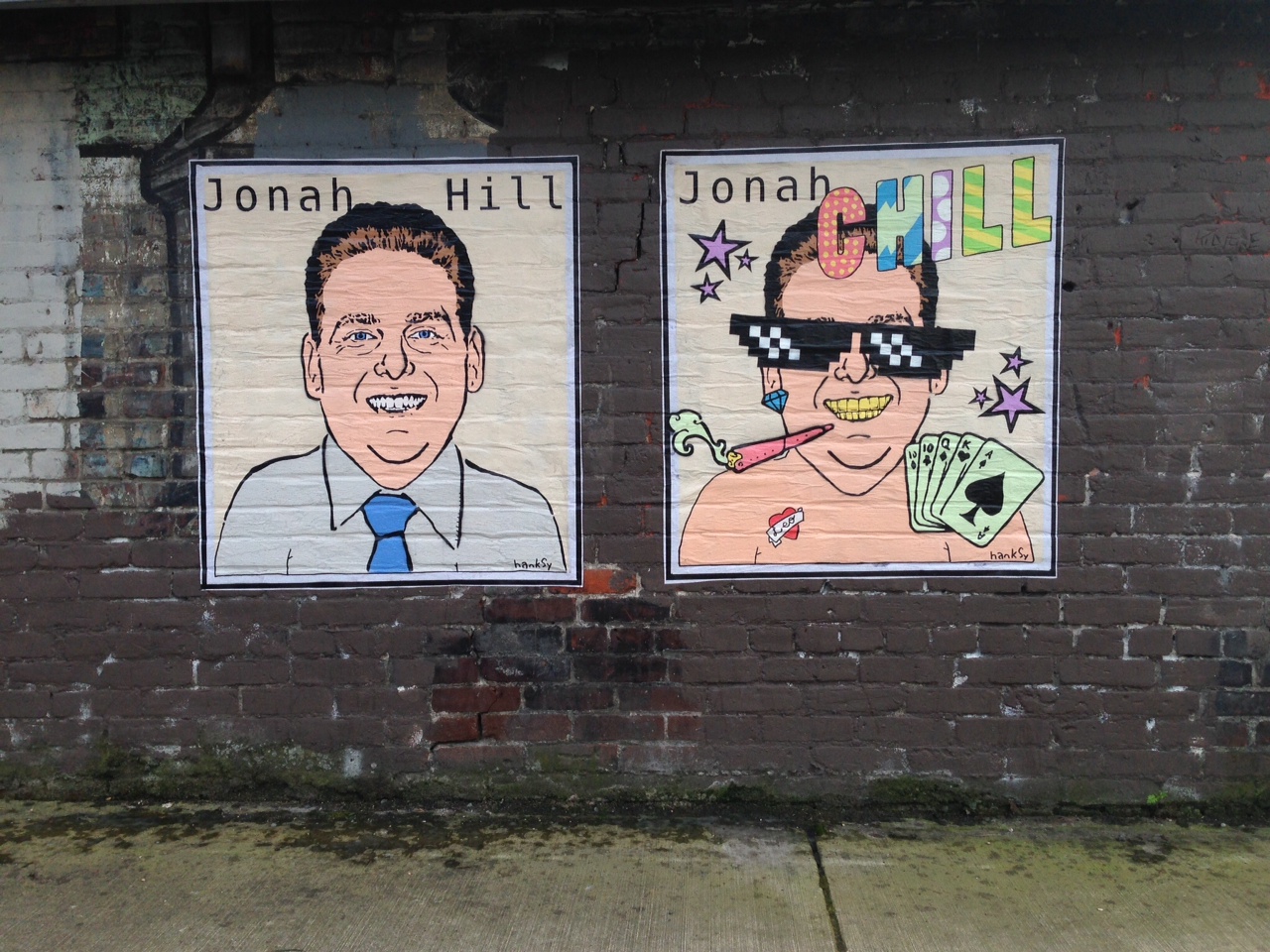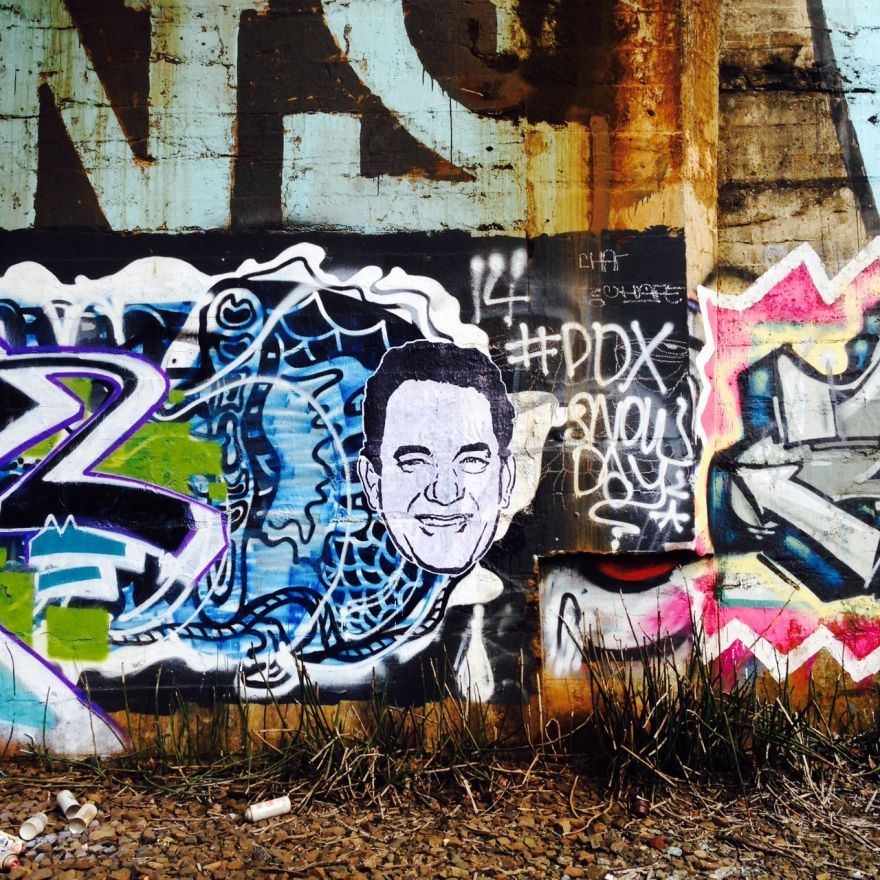Shortly before the mural was completed, the homeowner who commissioned the piece received a notice from the City of Portland. A neighbor made a complaint to the City, simply stating “Adding murals to the house without permits. Children jumping off St. John Bridge.”
Even though there are plenty of grey areas in the City’s complicated mural code, and the fact that there are plenty of un-permitted murals around on residential properties, the City was forced to respond to the complaint and take action.
Per the City’s current laws, murals are prohibited on private residential buildings with fewer than five dwelling units. Therefore, the “Let Dreams Soar” mural was not able to be permitted since it is on a single-family house. The City ordered the owner to buff it immediately or face massive daily fines.
Ciresi tried everything he could to secure a permit before staring the mural. However, like many other artists and property owners in Portland, they thought they would just take their chances and paint. Right now, the City is technically forced to consider this mural as an illegal “sign.”
A petition to save the mural was started by local supporter. As of Sept 11th 2017, the petition gathered an astounding 6,619 signatures. Even City Commissioner Chloe Eudaly signed it – the person it was to be delivered to, as the head of the Office of Neighborhood Involvement (ONI) and BDS, the bureau of the City that oversees and issues mural permits.
Commissioner Eudaly has thankfully now stepped in more directly, putting a pause on BDS giving any citations or fines. The City hopes to figure out a way of amending the law, and make it possible to process residential murals within the current code. Working with Commissioner Eudaly and the Regional Arts & Culture Council (RACC), Ciresi continues to push efforts forward to find a resolution and make this change in law happen.
“It’s sort of an archaic law that we are up against,” says Ciresi. With the support of the homeowner who commissioned the mural, Ted Occhialino, and a large number of St. Johns and Portland-area residents, Ciresi is gearing up to fight this in court. “If that means we’re becoming an advocate for loosening these laws around public art and where they can and can’t be placed, then so be it. I’m ready,” said Ciresi to the news.
The City of Portland is long overdue to re-evaluate its mural laws which were created back during the early 2000s after a long legal battle following a law suit by Clear Channel. Many things have changed since then, and the phenomenon of urban street art has since exploded across the world. Portland needs to accommodate for this new and ever-evolving landscape of creativity and intervention. Along with the residential building restriction, PSAA has also asked the City to modernize and automate its mural application process, and re-evaluate the 5-year rule to allow for curated, rotating art spaces in the city.
On August 26, 2017, Ciresi was invited to participate remotely in the Veterans of Peace Conference in Chicago, a national non-profit organization dedicated to the abolishment of war. Within the forum, Dan Shea, Veteran and Mural Coalition participant, talked about the mural controversy and the importance of mural art and activism. In the interview with Ciresi, they discussed the mural’s legal issues and the uplifting motivations behind it. “Art is something that confronts people and has a different perspective to look at and they can imagine how it would be, the meaning of it, not just the skill, but the meaning of it all,” Shea states, referring to murals and artists like Ciresi. Shea is an artist as well, and also brings up his struggle with advertising companies when it comes to painting murals in public space. Veterans of Peace identifies strongly with the situation because they see the value of landmarks. Murals show a glimpse of history that belongs to the city and support the fact that murals, just like “Let Dreams Soar,” serve the community and become landmarks for younger generations.
This situation is unfortunately not unique - censorship of street art has happened in other cities around the U.S. It sometimes only takes one complaint to put a piece of public art at risk of being buffed.
A now famous case surrounding two murals created for Living Walls in Atlanta Georgia were removed due to a few residents finding the works disturbing, offensive, and pornographic. Living Walls is an annual gathering of international street artists aimed at uplifting the community in a city with the nation’s highest number of foreclosures. One of the murals was painted by Argentine artist, Hyuro, and depicted a nude woman with a timid non-sexual demeanor.
Three months later, Pierre Roti, a French artist painted a self-funded mural of an alligator only to have it buffed a few days later. The image of an alligator-head man with a serpentine tail that was suppose to be an allegory about the brutality of capitalism, not a statement on religion or demons, as it was perceived by some residents. “The best thing you could say about the alligator painting was that people didn’t understand it… It absolutely did not represent what people want to see on a busy street every day,” Douglas Dean, former state representative expressed.
The Department of Transportation then stated that it wasn’t an issue of artistic value, but instead it was a matter of proper permits. Living Walls works in accordance with the property owners and permits from three city departments. The City Council members say otherwise—public art ordinance requires approval of the full Council, which Living Walls did not receive, hence its removal. It was also added that the state’s public art policy prohibited works that “include any content that could possibly divide a community”—welcoming Living Walls to put up new installations as long as they meet requirements.
Monica Campana, founder of Living Walls, worried that the decision of the removal of both pieces would stir fear in artists who come each August from all over the world—“no one wants to paint a wall that is going to get painted over. We don’t think we have to paint a rainbow and butterflies to make art that represents a community.”
Another similar case unraveled in 2016, when a mural in Toronto Canada came under siege. Homeowners commissioned a local artist, Kestin Cornwall, to create a mural of Drake; the well-known rapper. Fay and Small had purchased the Croft Street house with the knowledge of it being on artistic strip, and supported community artistic expression. A few days after the piece was completed, they received a letter stating that the City had been made aware of their property being vandalized and is in violation of Toronto Municipal Code.
This story made it to local CBC Toronto News, who then contacted the City of Toronto and had them send out a spokesperson to inspect the mural. His final verdict; “It’s fine.” The City responded that when they receive a complaint, the letter automatically sends to the homeowner rather than sending out an officer each time. Fay had a different opinion on the matter; “The City shouldn’t be sending out blanket letters, sight unseen… For a city to just blindly shut down a piece of art on a street that’s deemed kind of an art-alleyway, that’s just bizarre.”
The StreetARToronto (StArt) Program Manager, Lilie Zendel, has strived to push the street art scene and to add substance and strengthen communities, as well as to help disprove negative effects of graffiti vandalism. “I think at one point [street art] was looked as being marginal and not a really legitimate art form, and now I think it’s legitimacy has been established, and in a city with a lot of cement and grey buildings—we need colour,” Zendel stated.
In 2012, in Dublin, Ireland the mural “Repeal 8th” done by Maser was commissioned by The HunReal Issues. This political mural supported an amendment to Ireland’s constitution allowing women to have abortions legally in Ireland. The mural was removed after a complaint was made to City Council, saying it was in violation of the Planning & Development Acts (2000-2015). A petition with over 4,000 signatures that were collected in one week with the hope of receiving full planning permission from Dublin’s City Council to restore the mural. “For me, it’s important that this is seen as an artwork and we’re supporting an artist’s idea to challenge the status quo…art can be political, art isn’t just entertainment.”
These types of cases bring up questions about who decides where and what can be put into our shared public spaces? Where does the line between private property rights start and end? How can the opinion of one person outweigh the opinions of thousands? When should the City step back and leave things to a community to decide when it comes to privately-funded street art on private property?
The question of whether negative artistic stimulation to an individual automatically ends up in a city complain and then therefore ending in the result of a removal of what is a piece of priceless art, can sound baffling to some.
Consider the visual stimulation of advertisement and marketing billboards; the public has little say over their quantity and quality, however the public is bombarded with capitalist-based market stimulation and visual pollution that litters our city streets and minds. Unlike art, advertisements push us to consume, pretend, and obey, but for some reason the permits for ads often go overlooked by cities when huge amounts of money is likely being lost due to not enforcing signage laws with these companies. Why come down on private property owners and artists who are trying to uplift our community and provide it a gift? Which one is worse?
Read more about the mural controversy:
Article by Lourdes Jimenez | Contributing Writer | Portland State University.
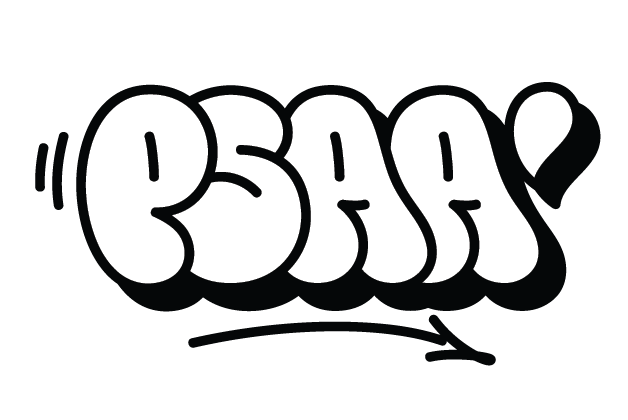
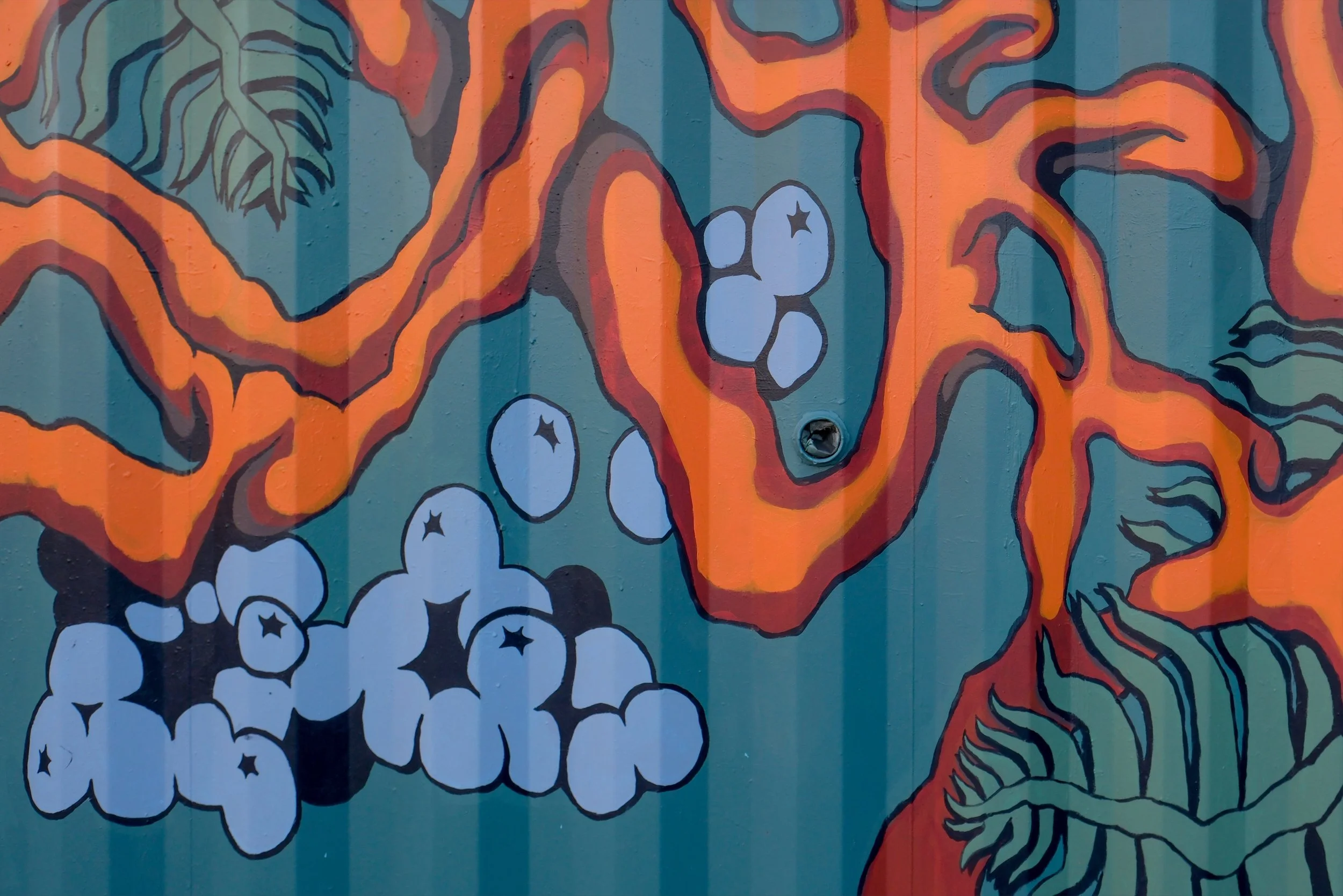
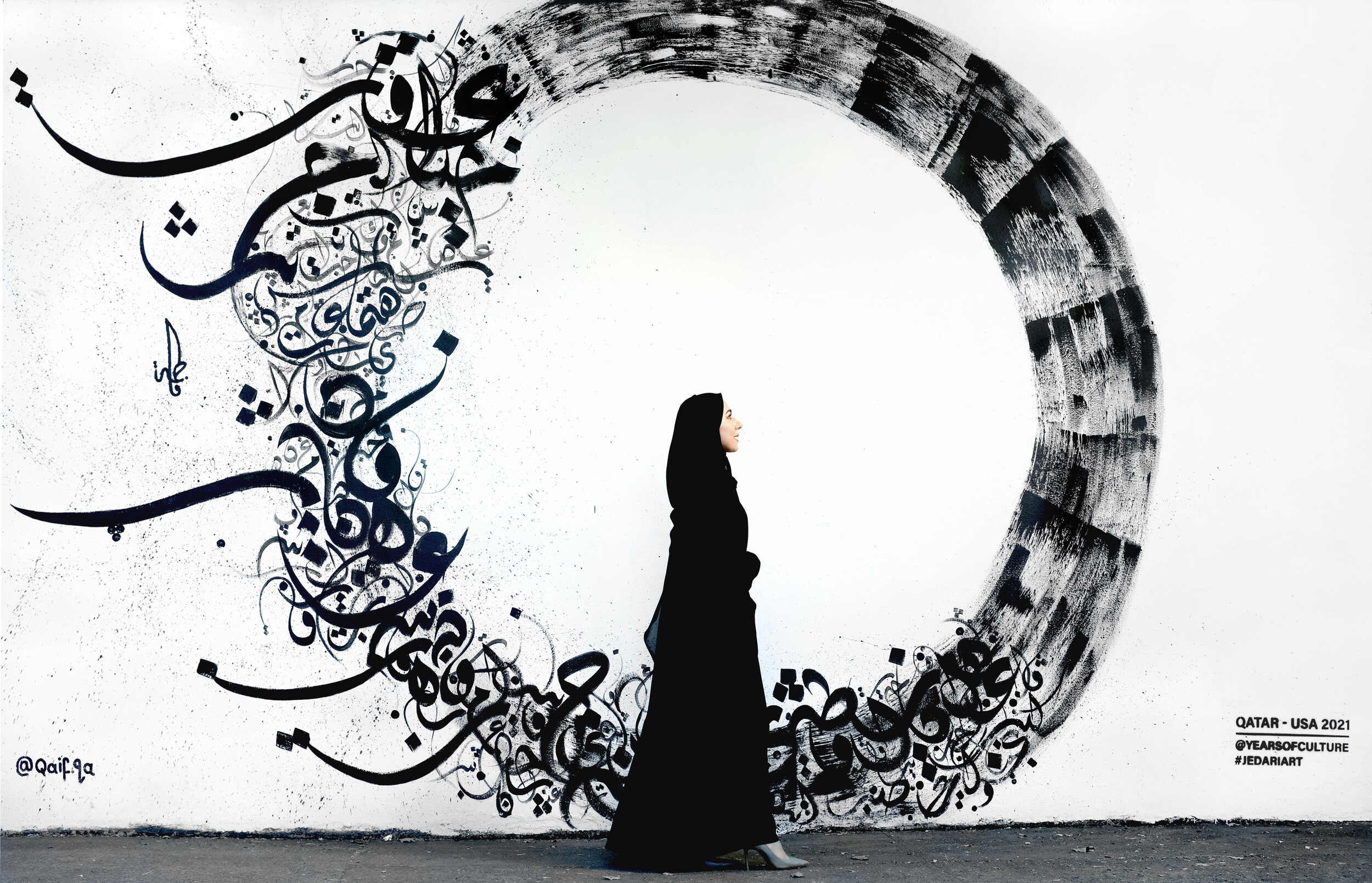



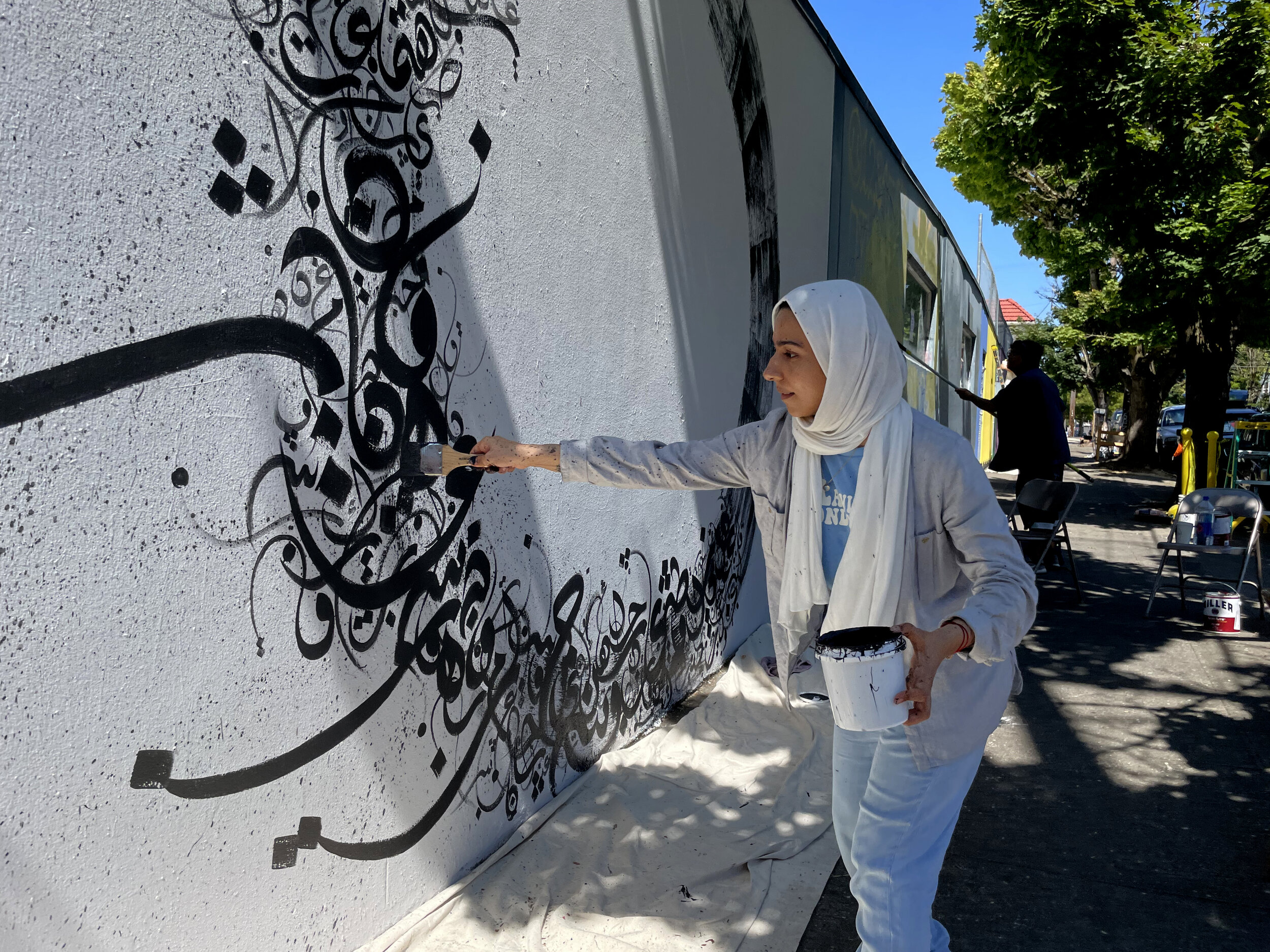




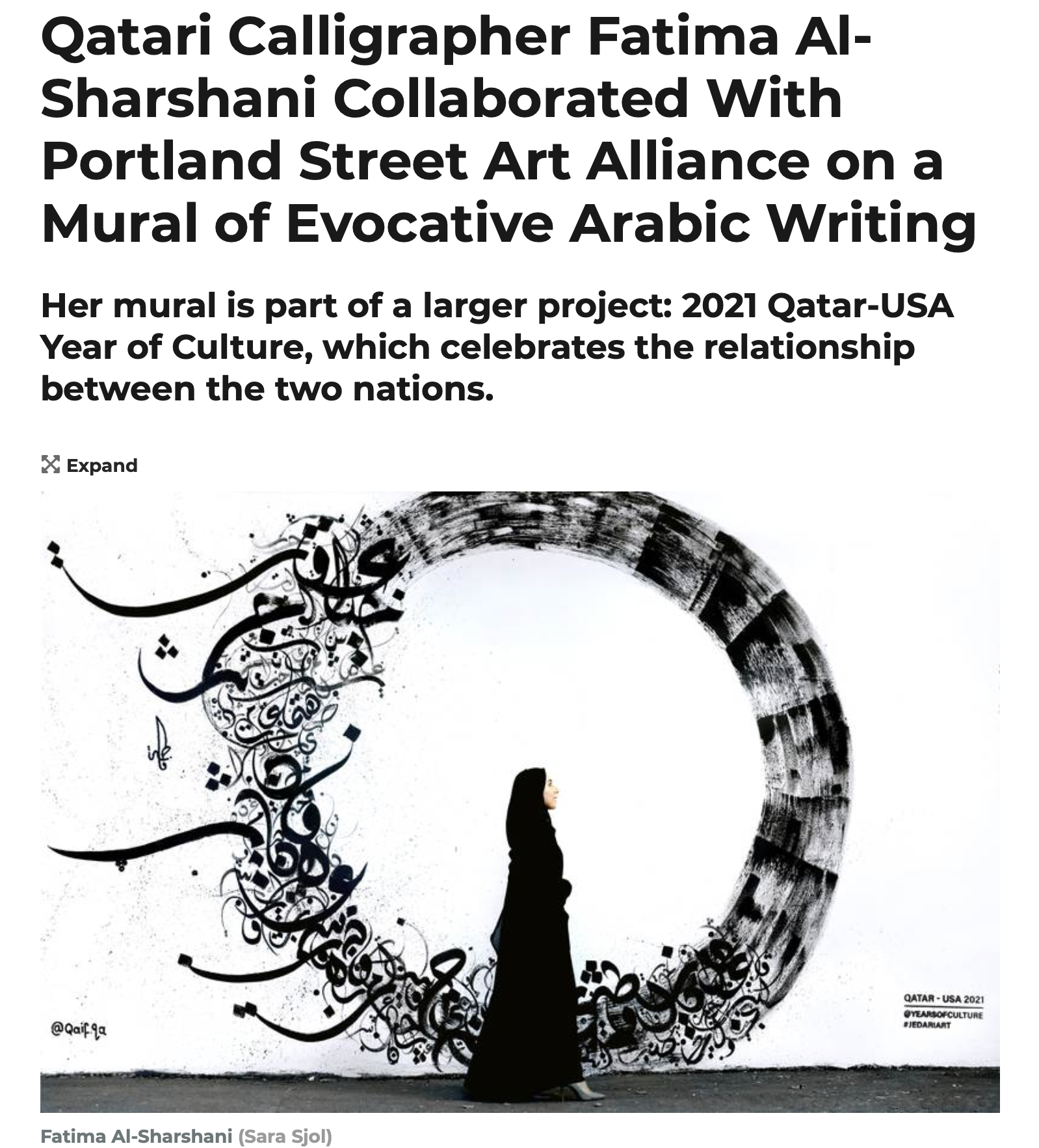



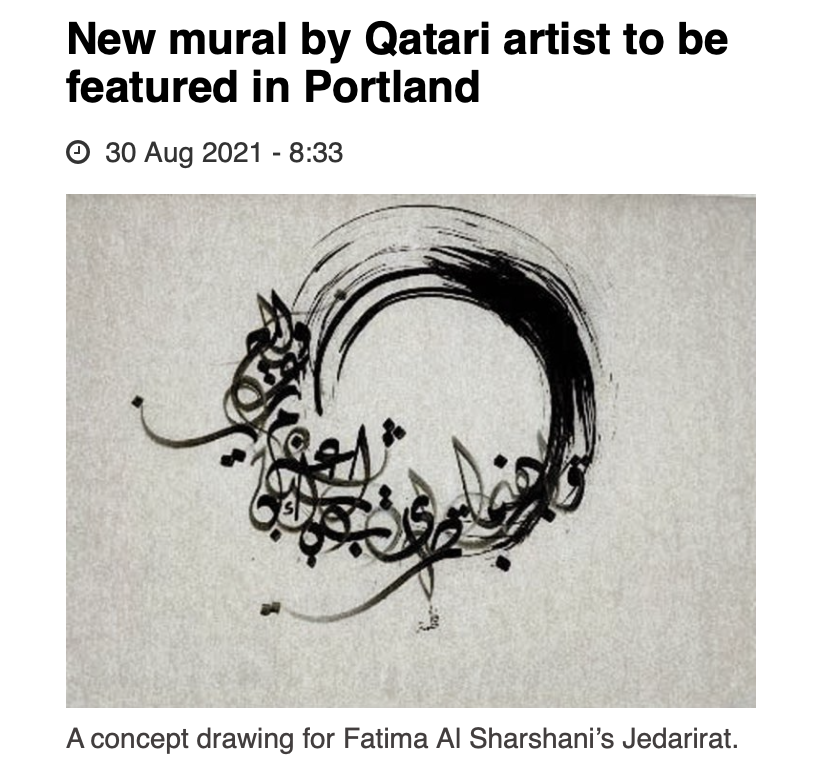



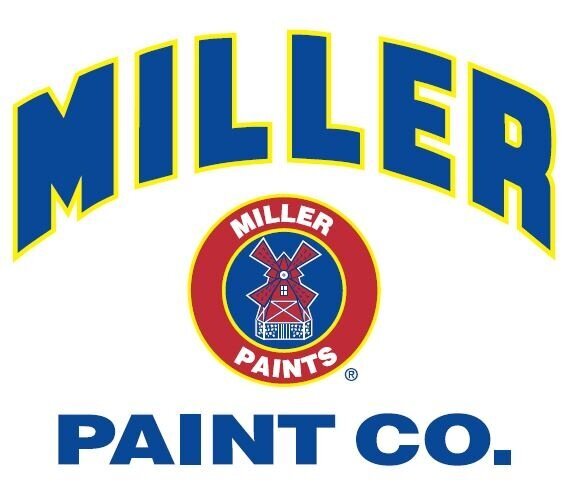




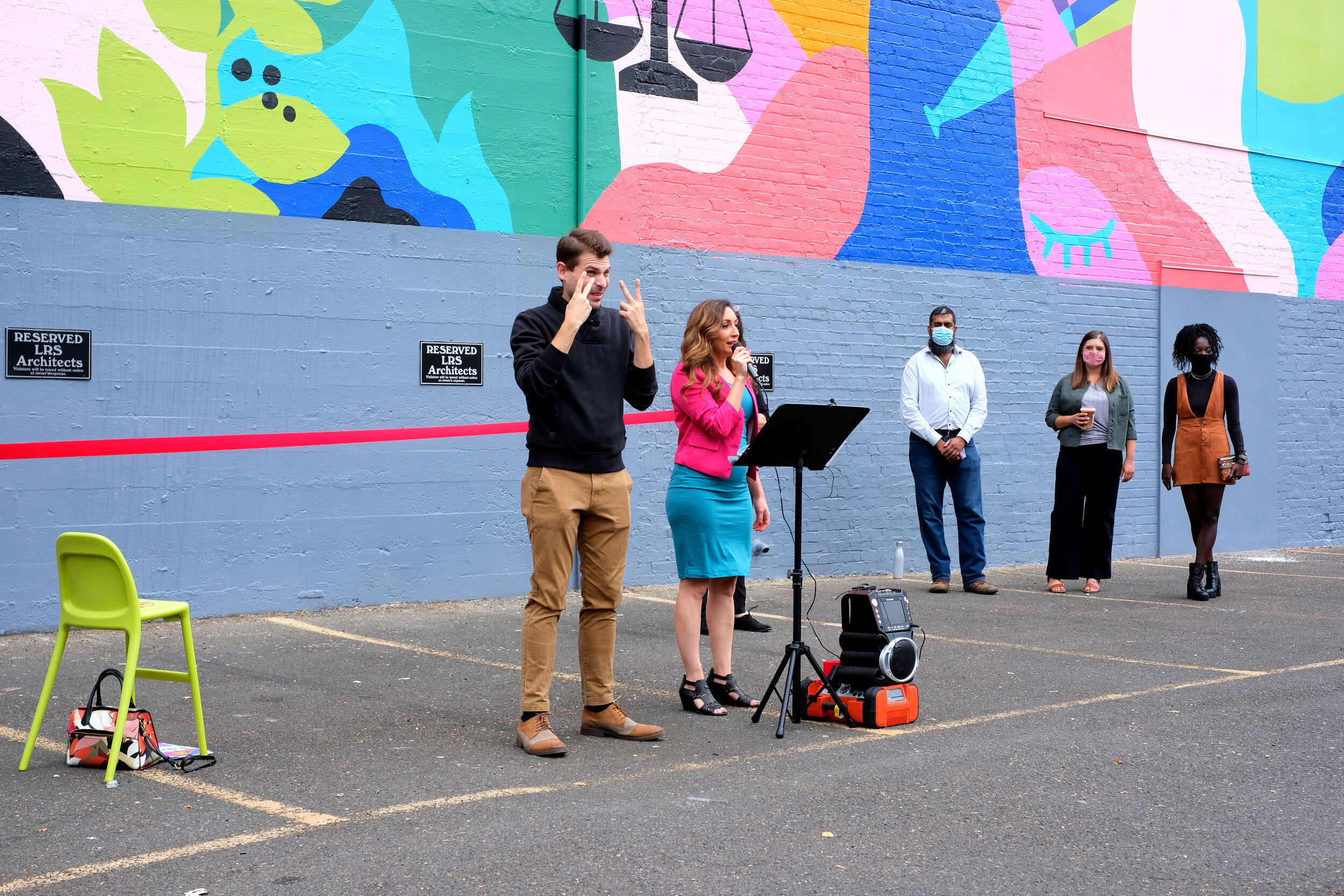
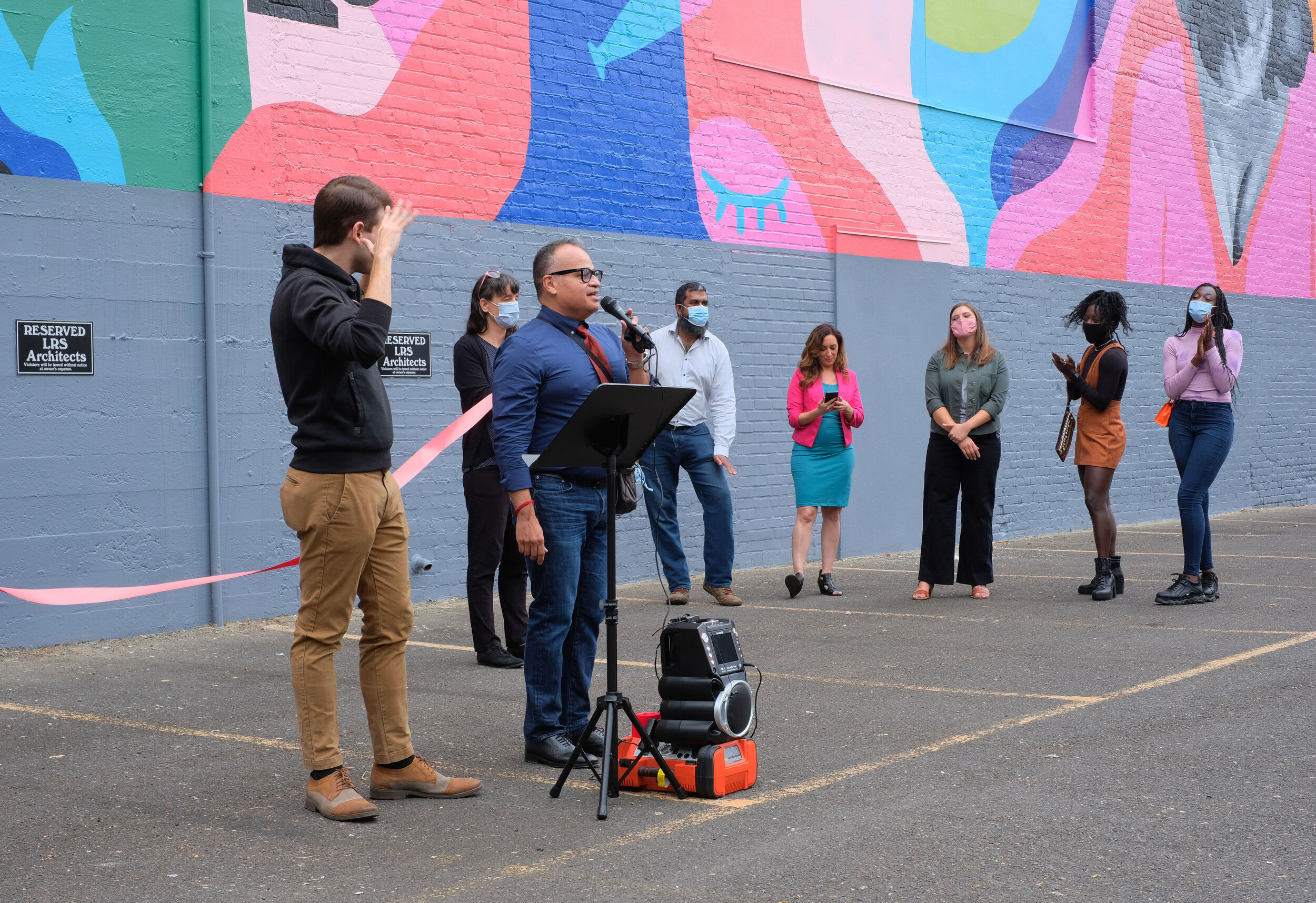
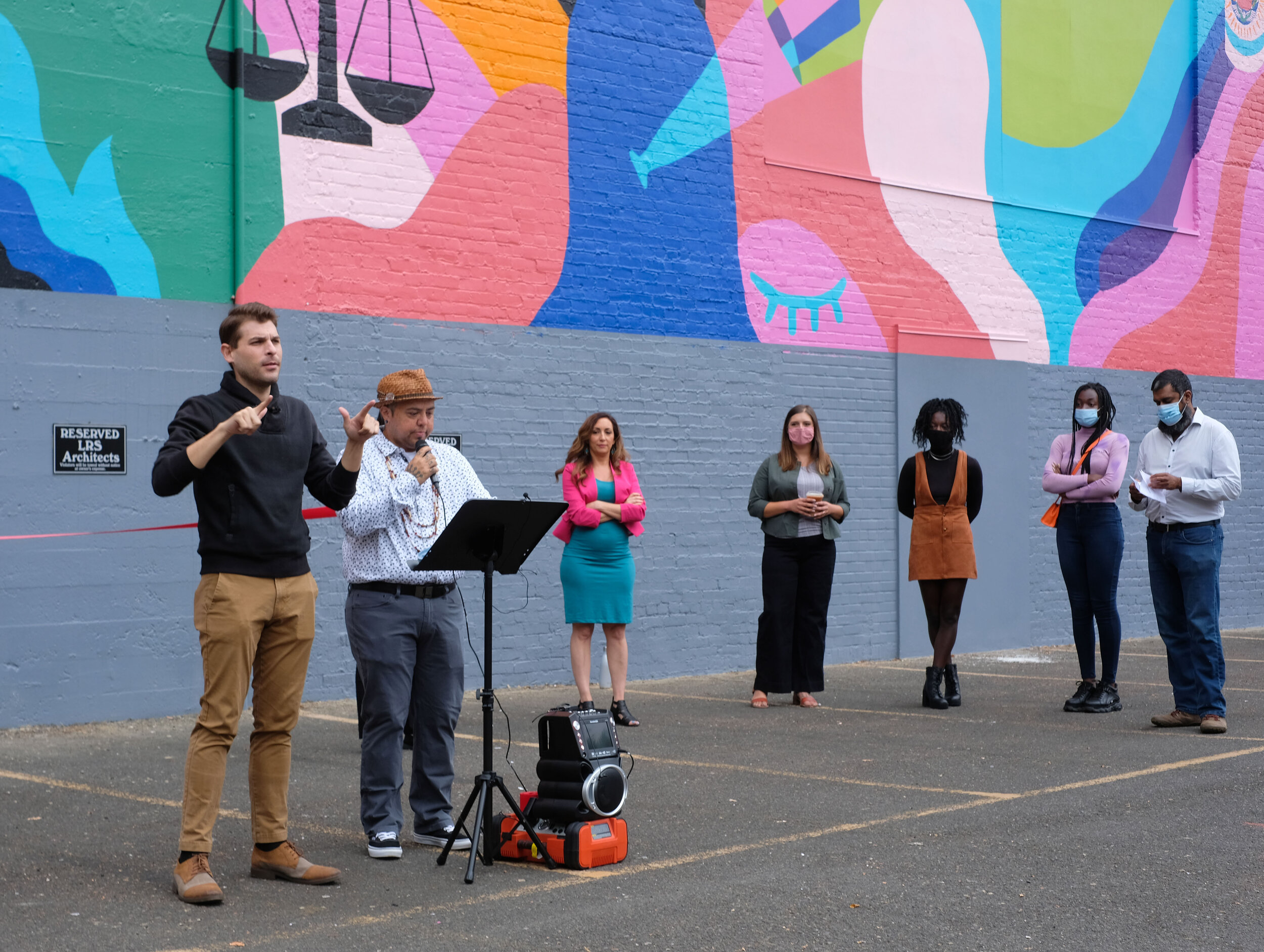
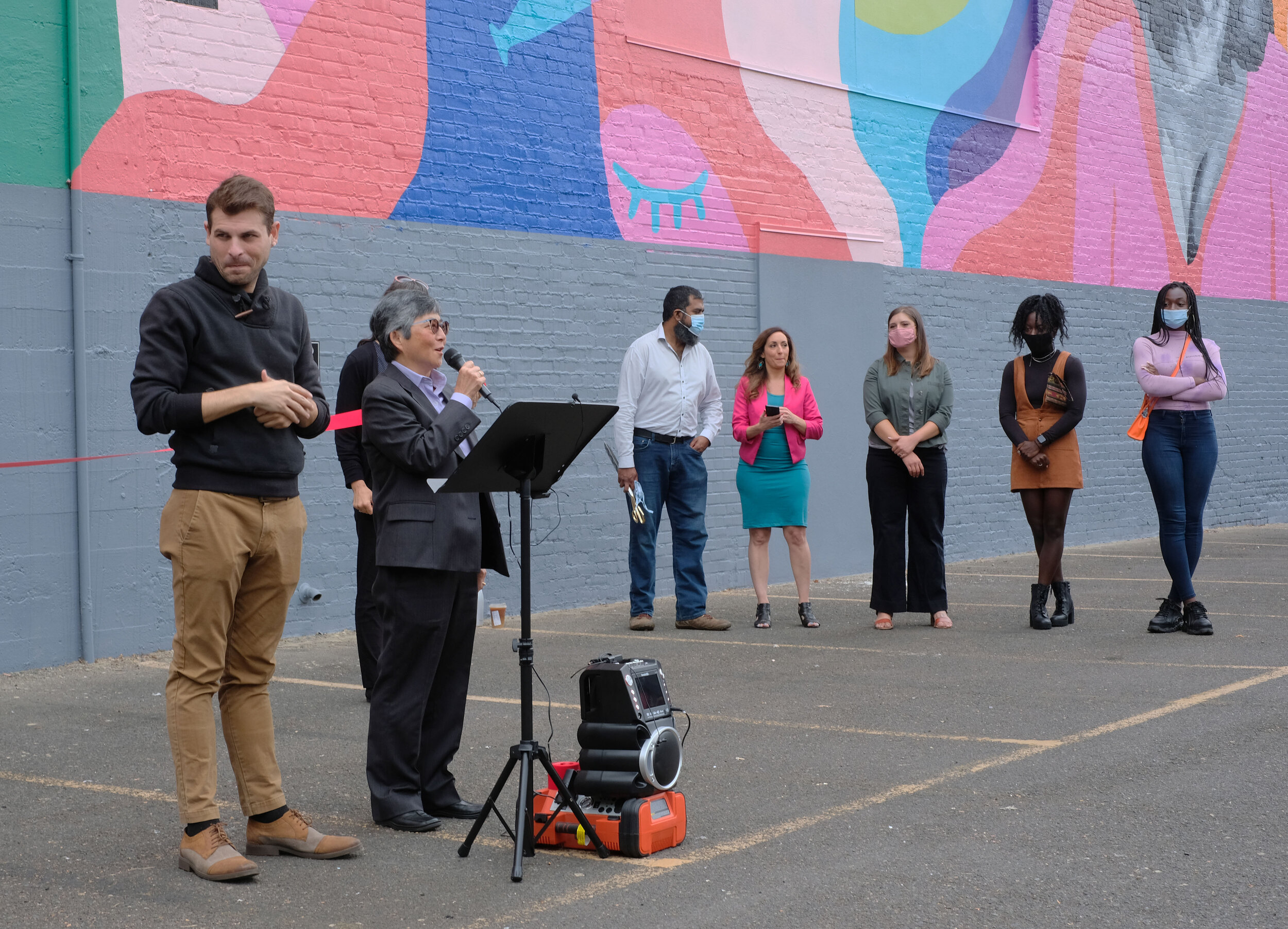

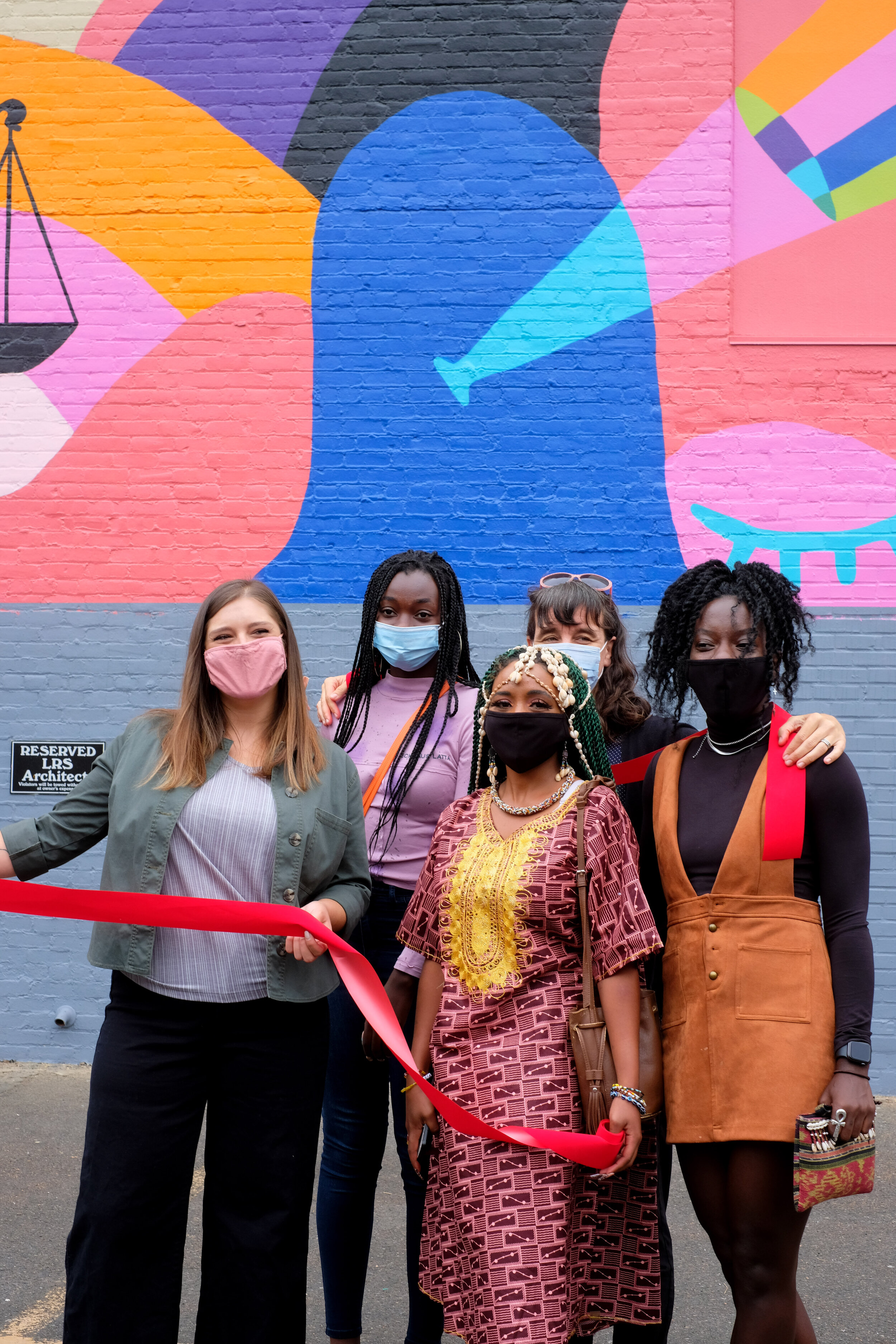

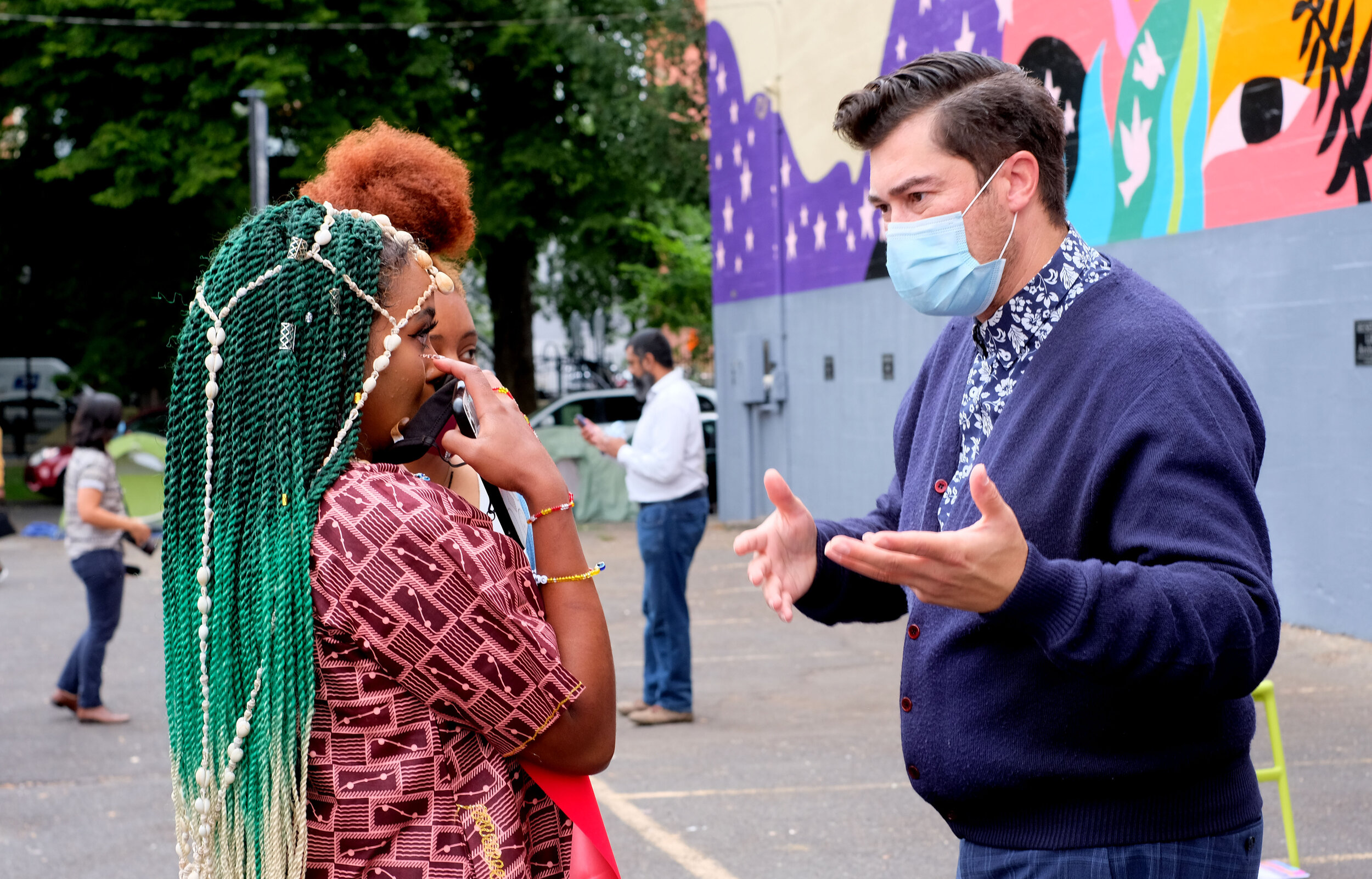
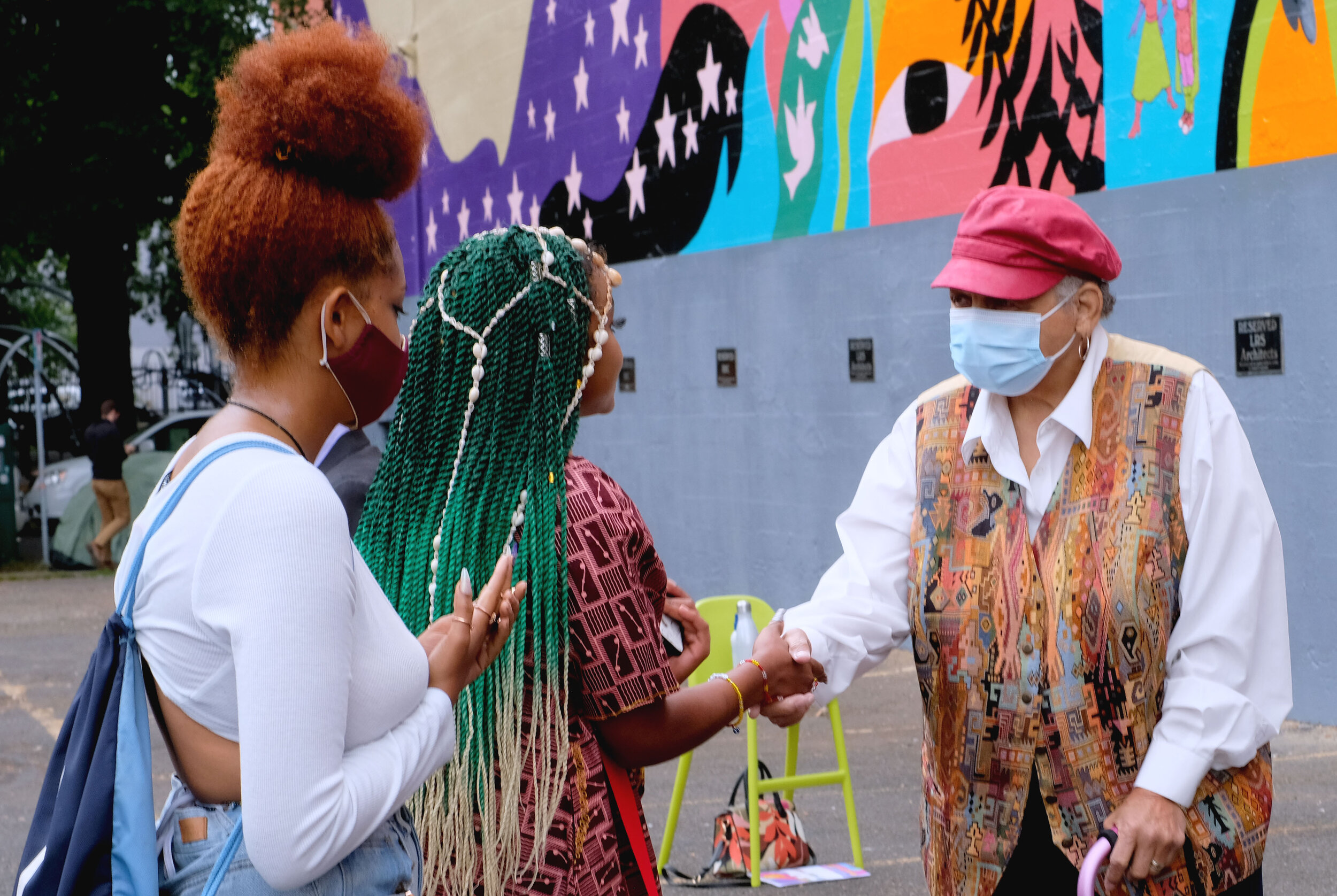
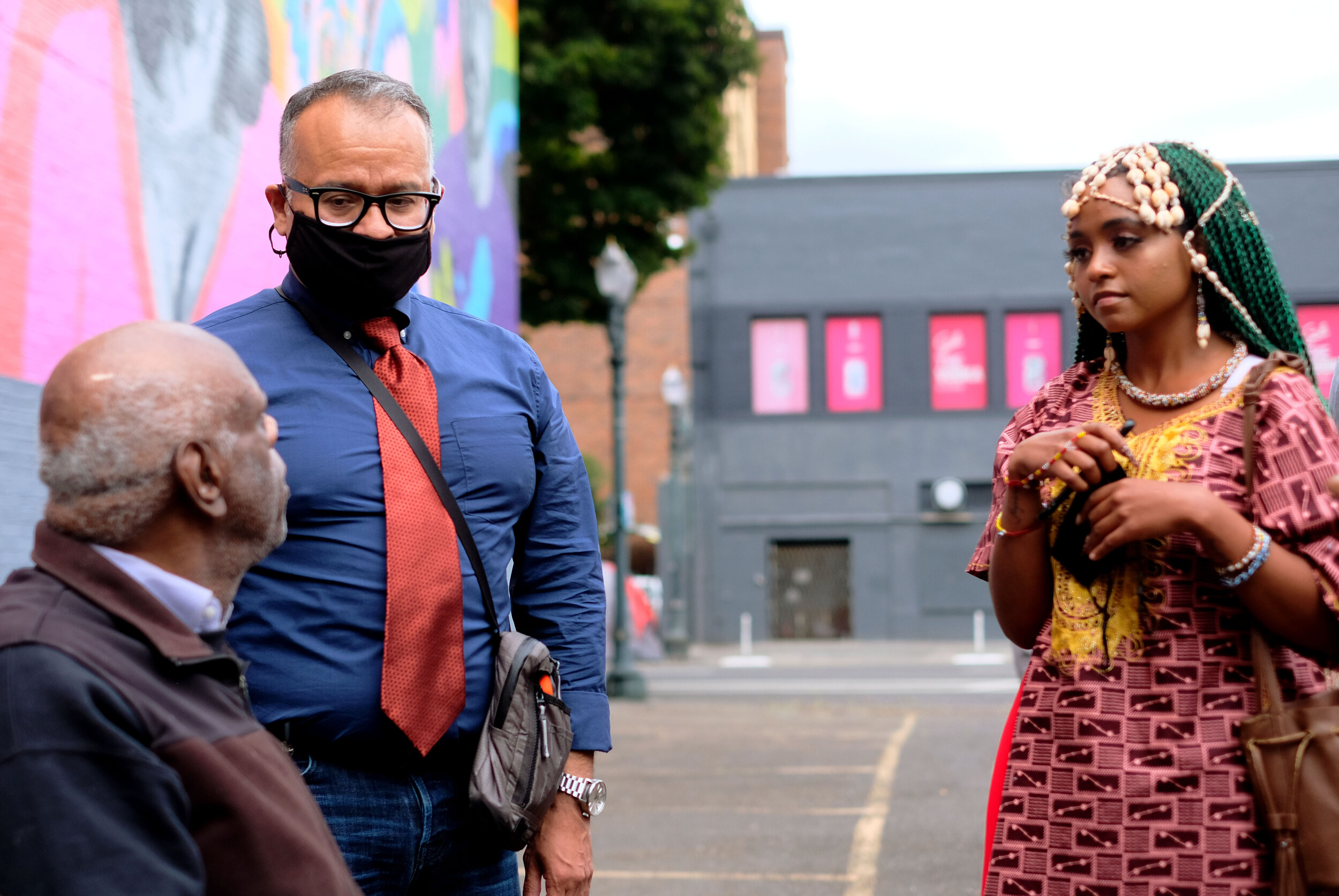
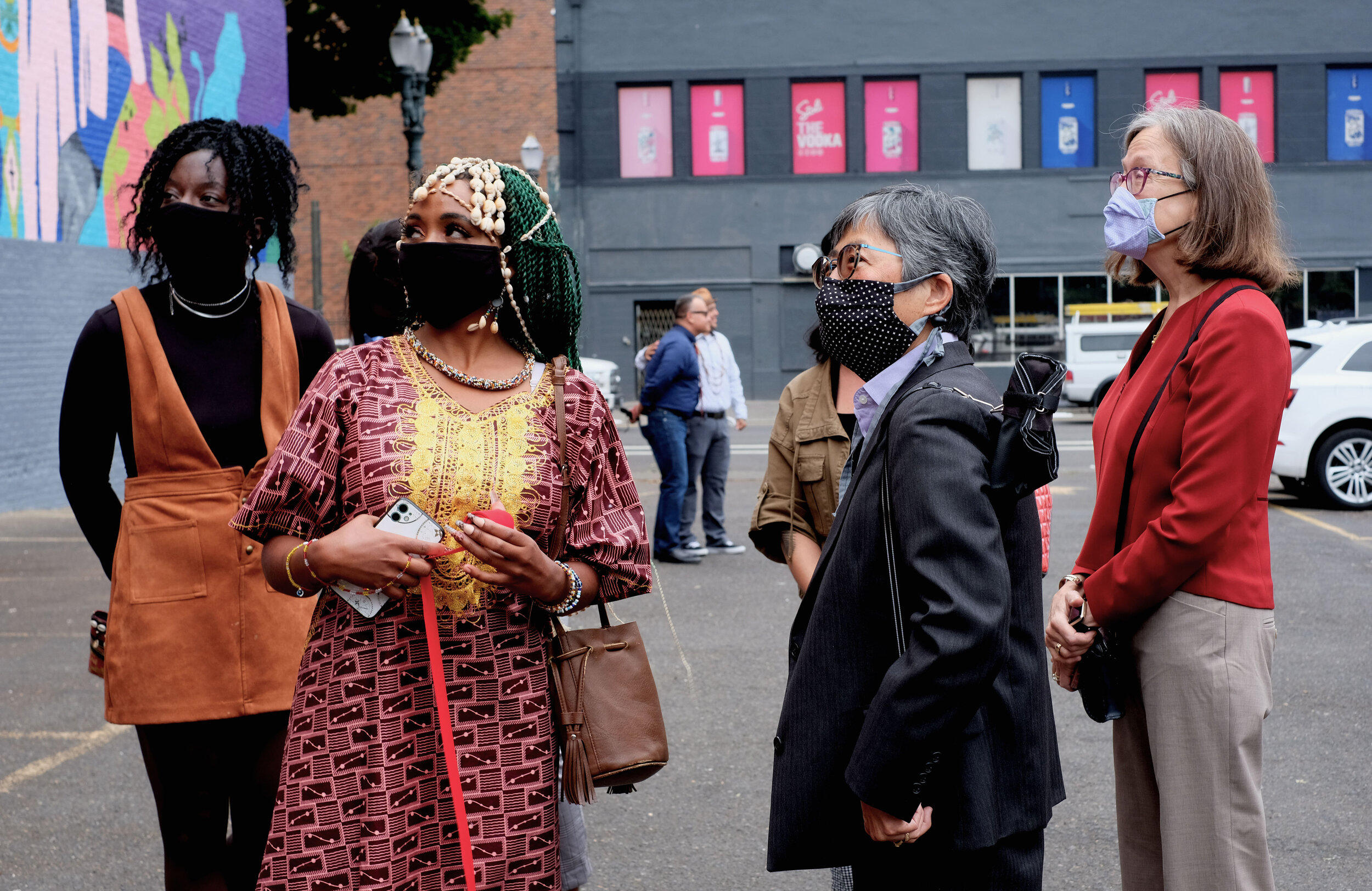
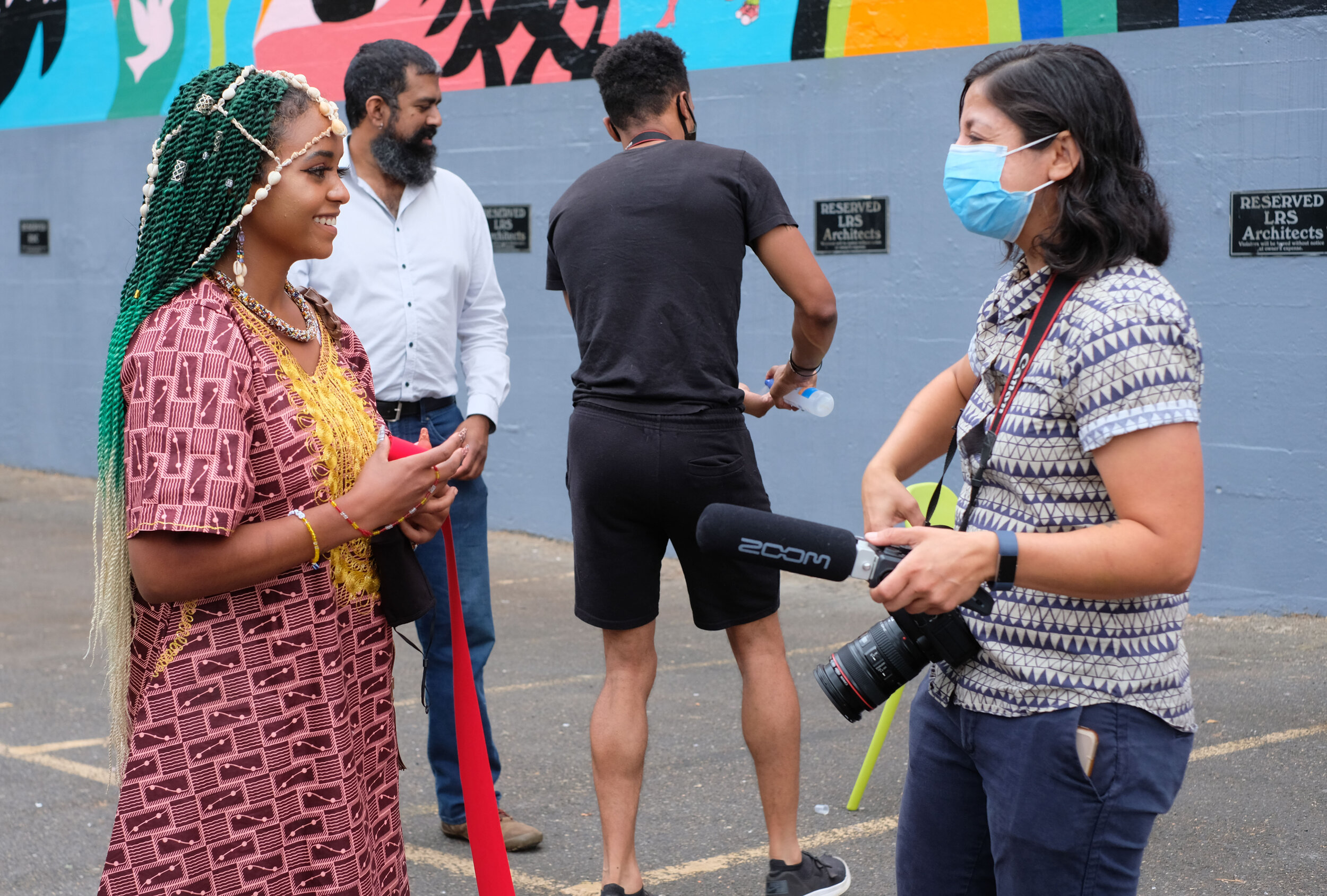



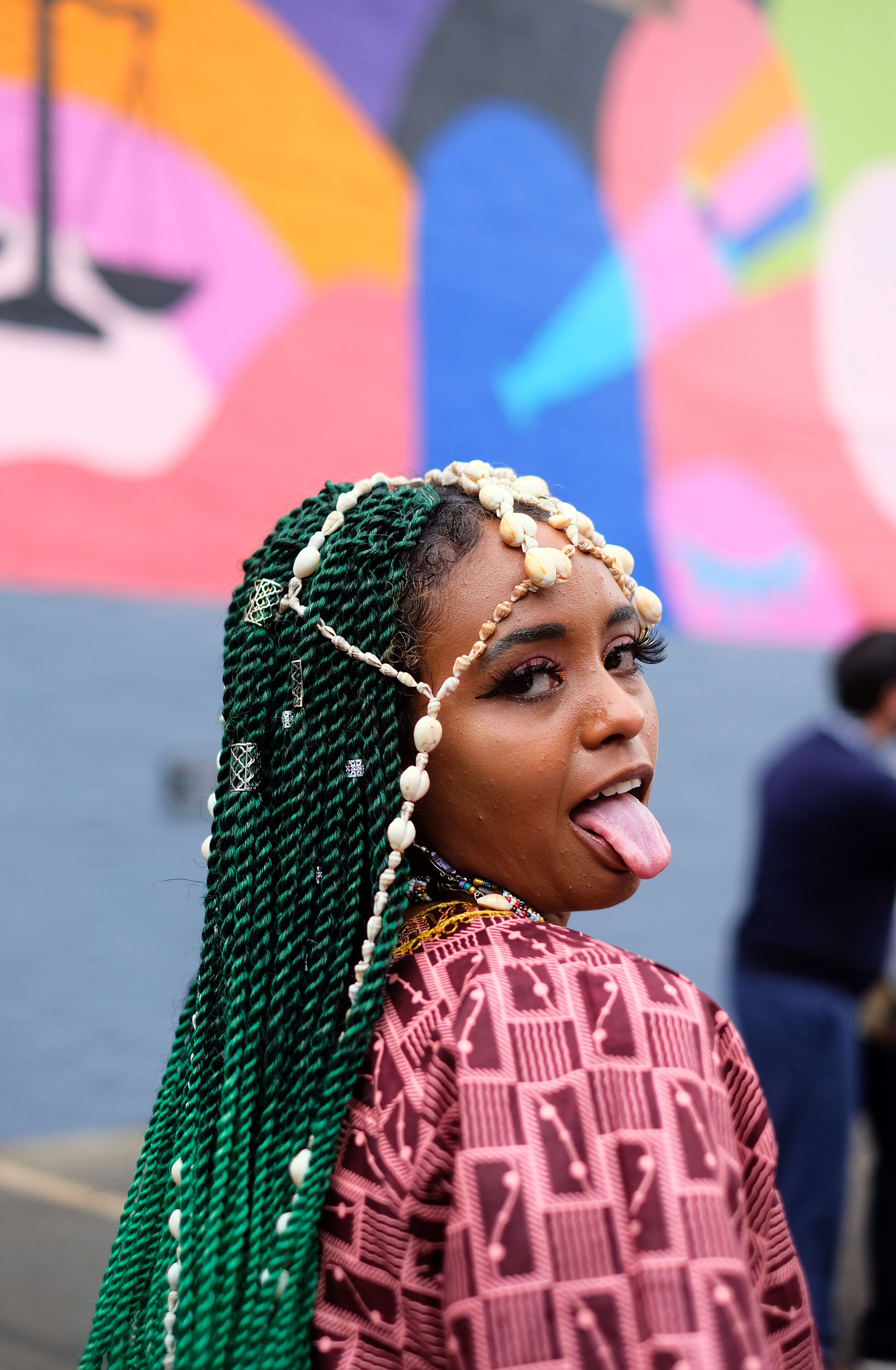


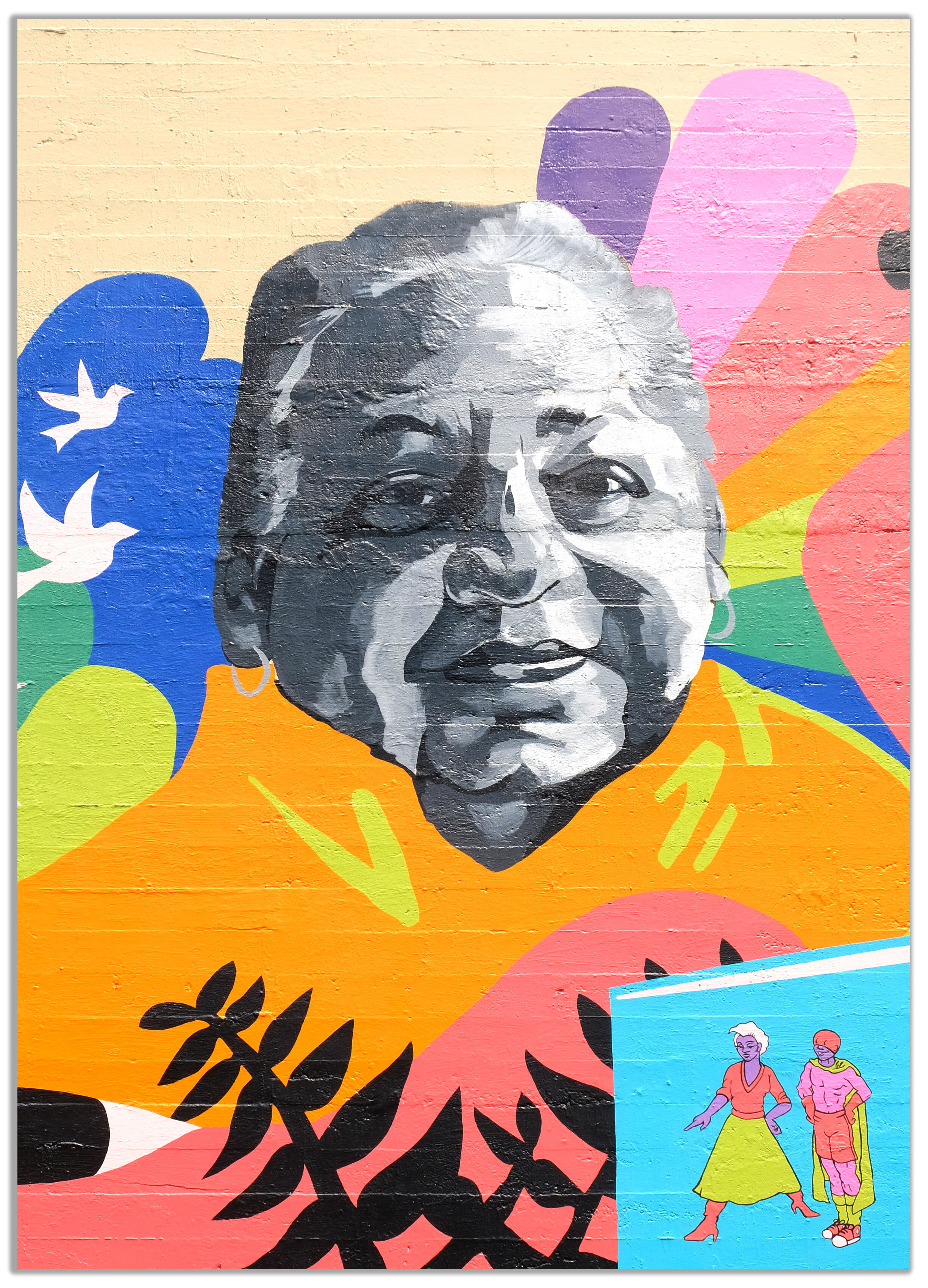



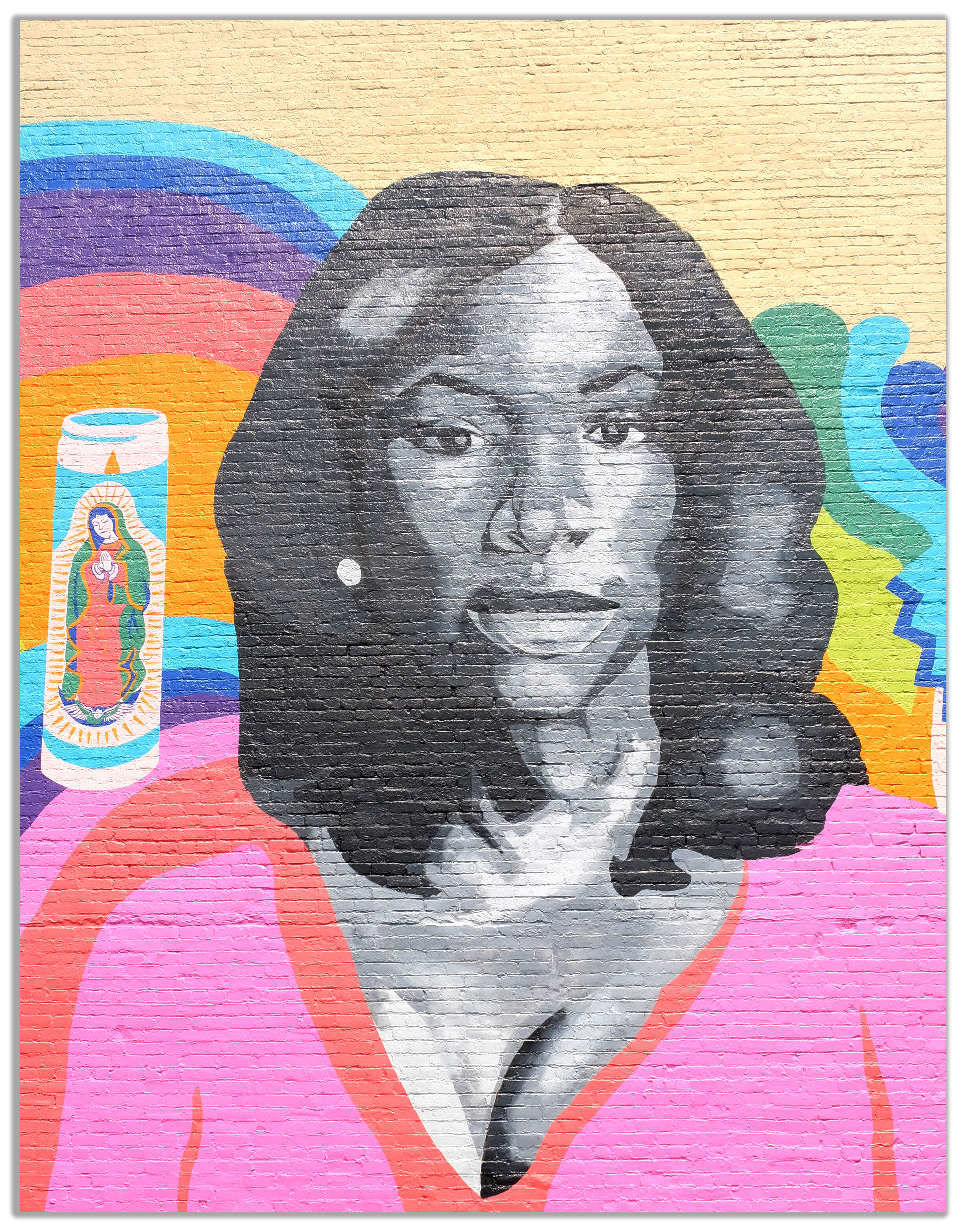



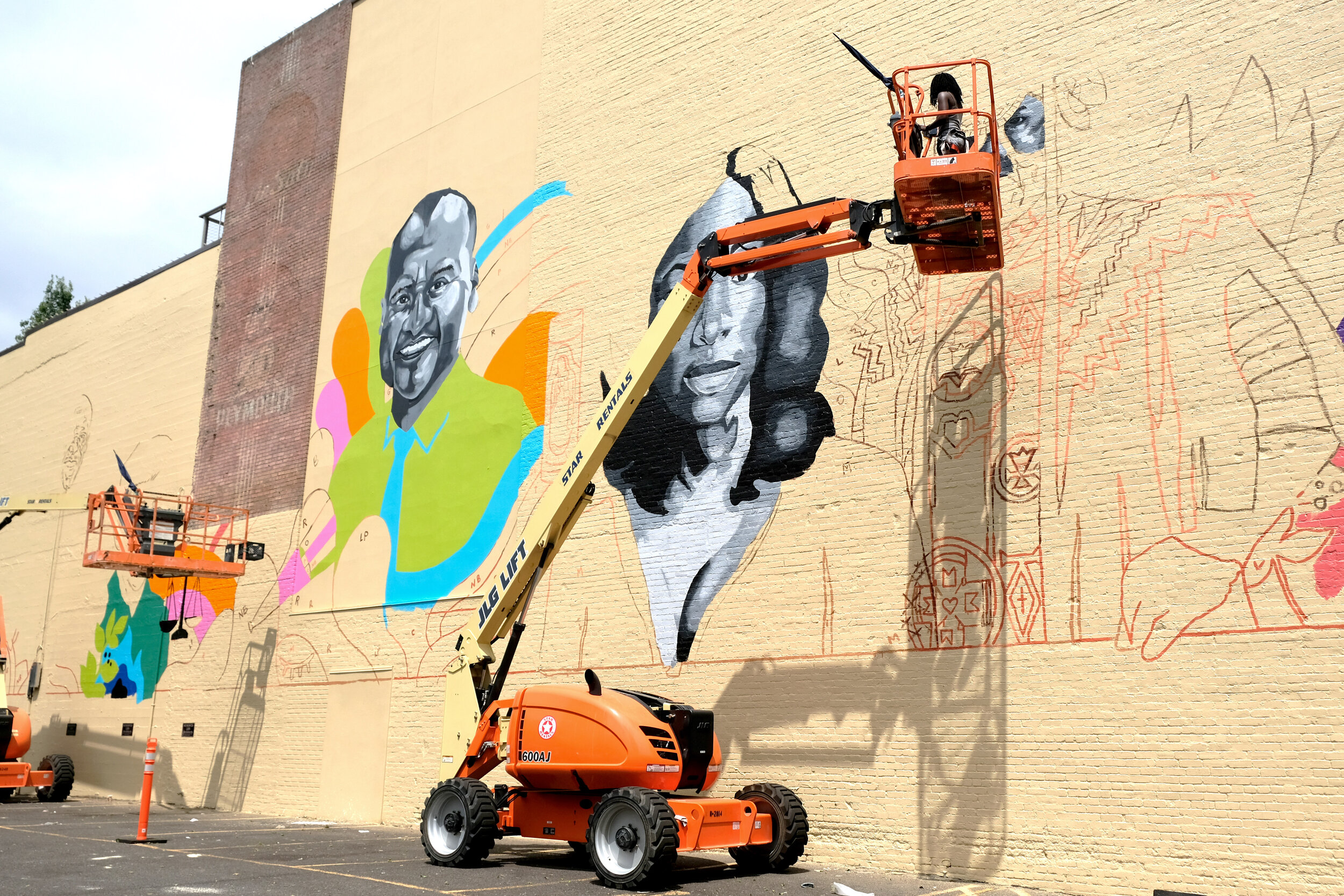
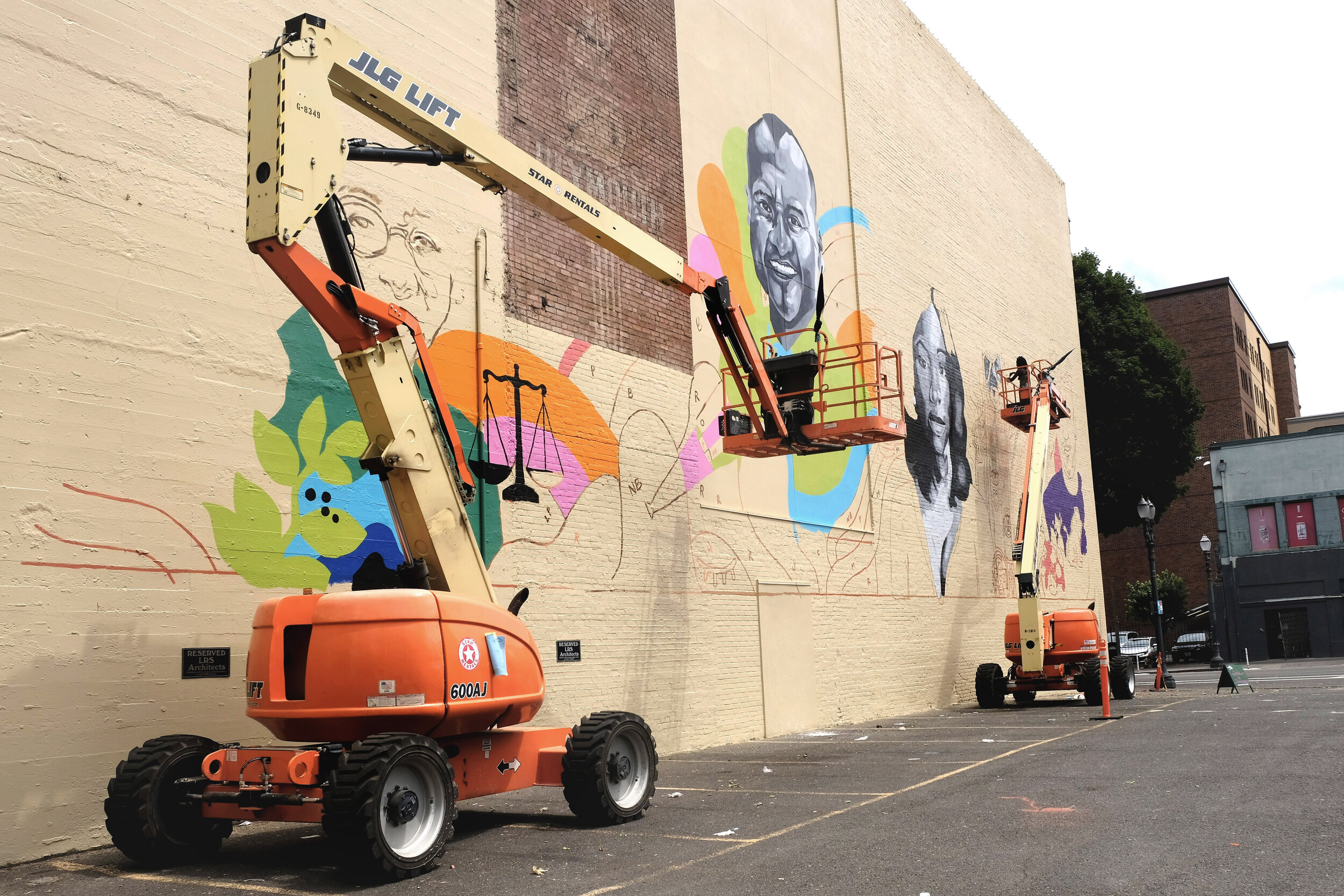
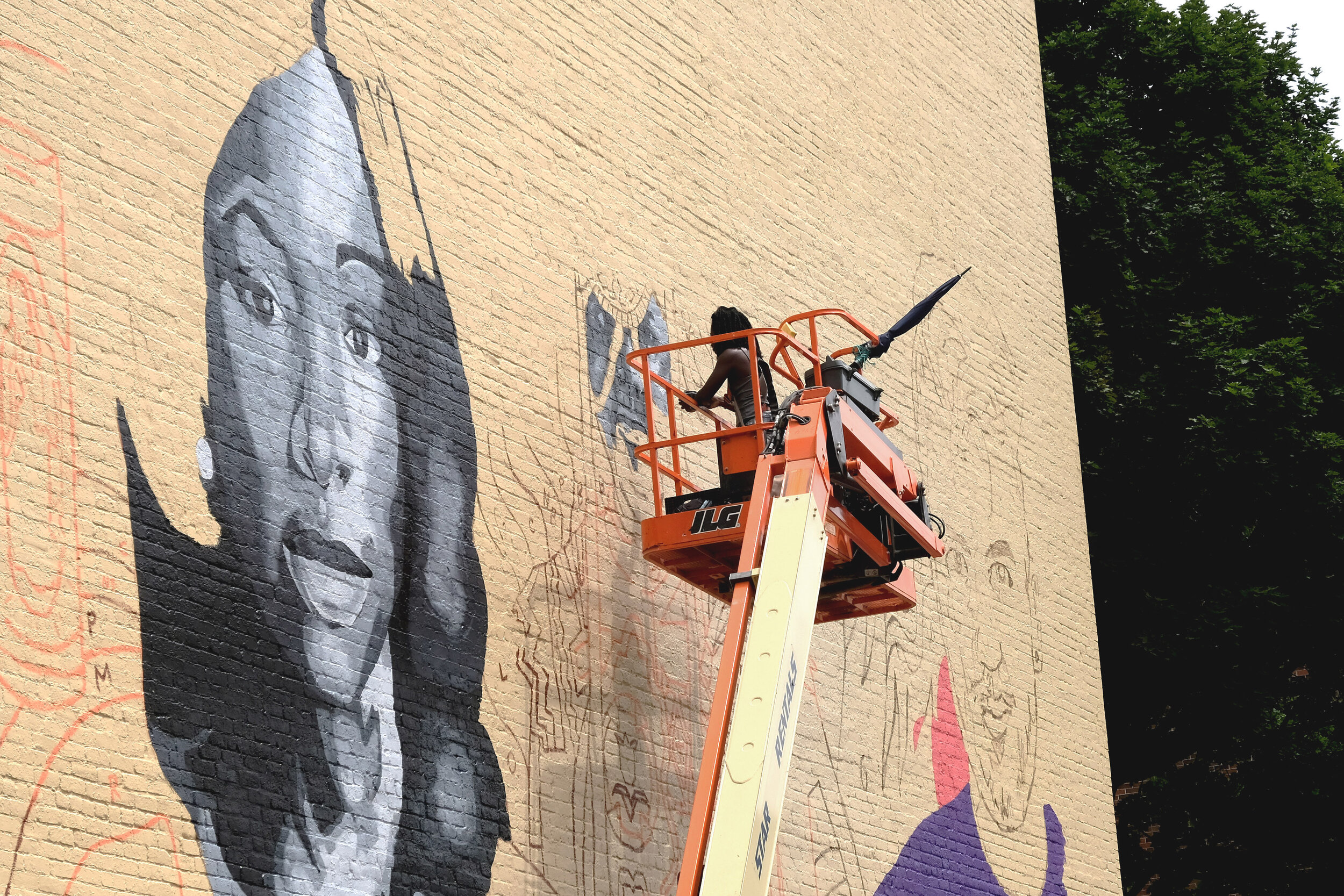
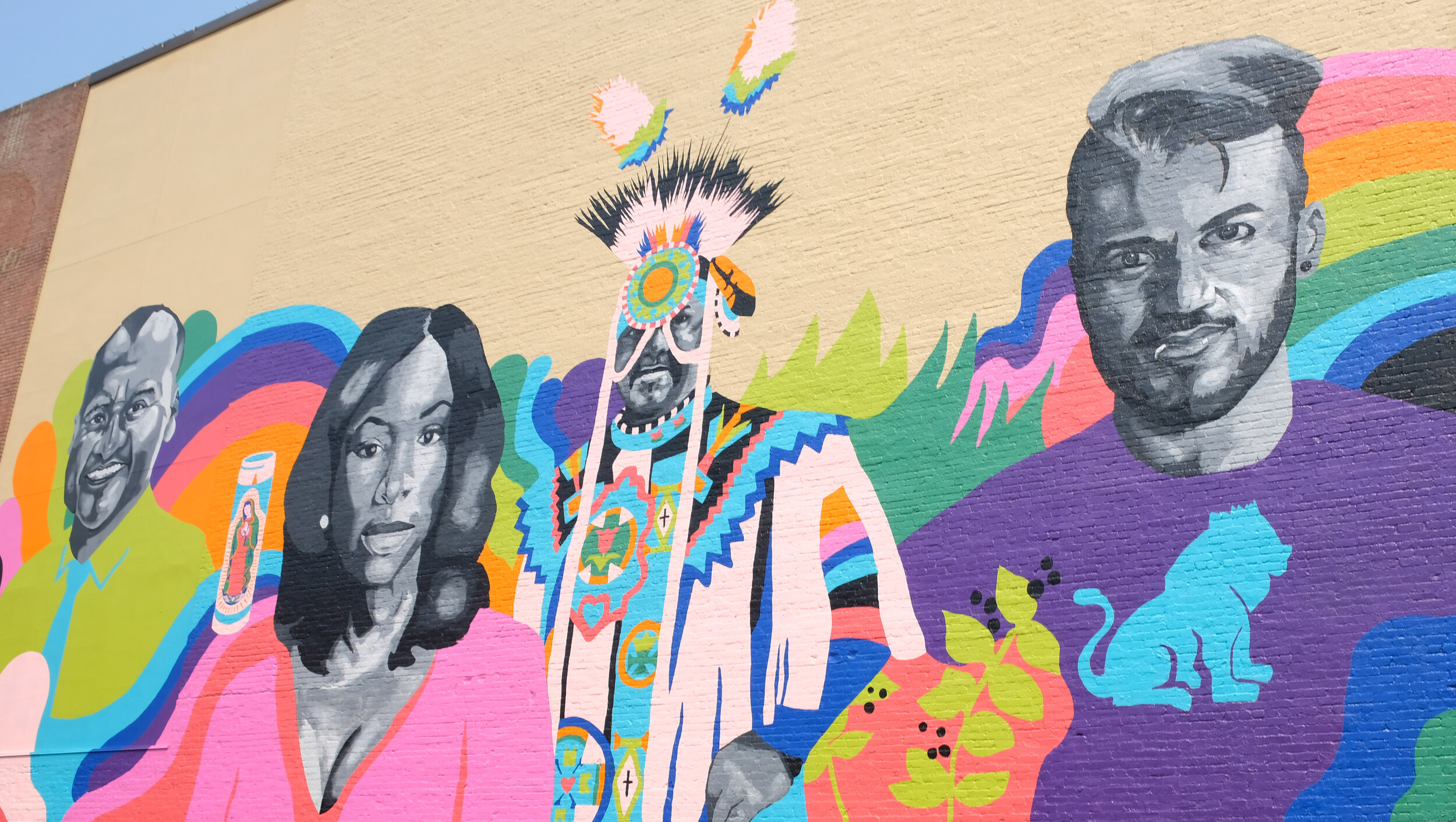
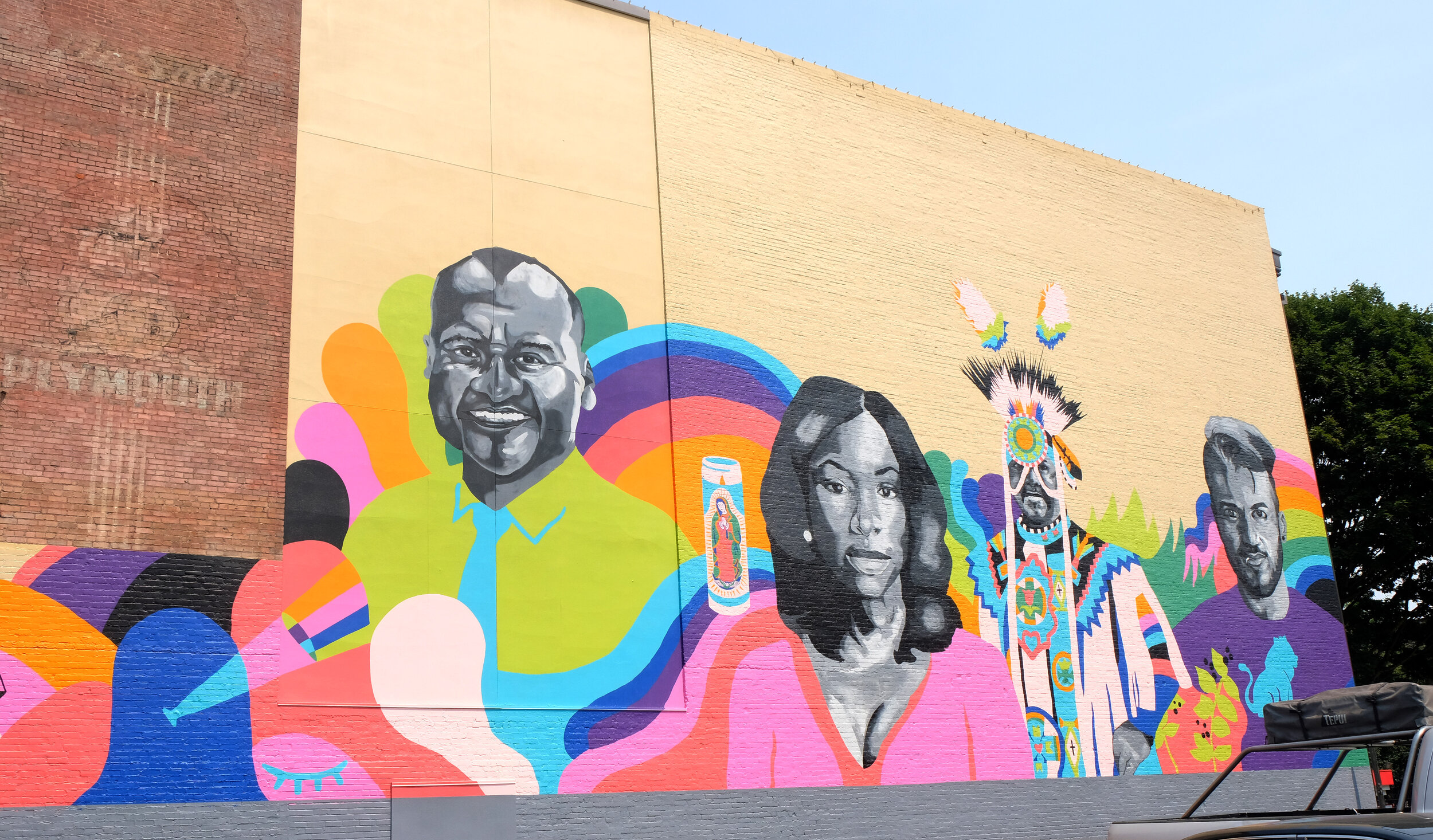
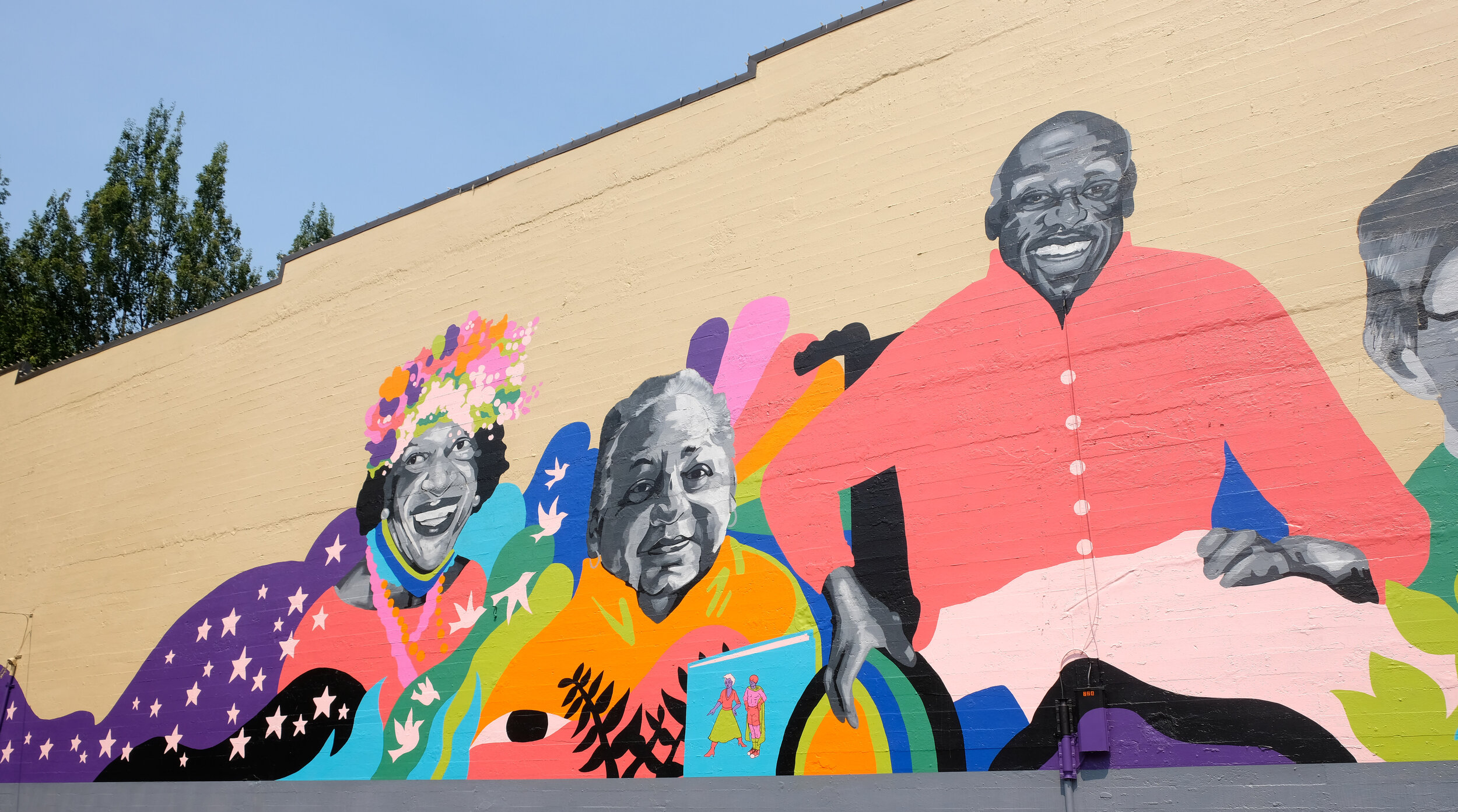

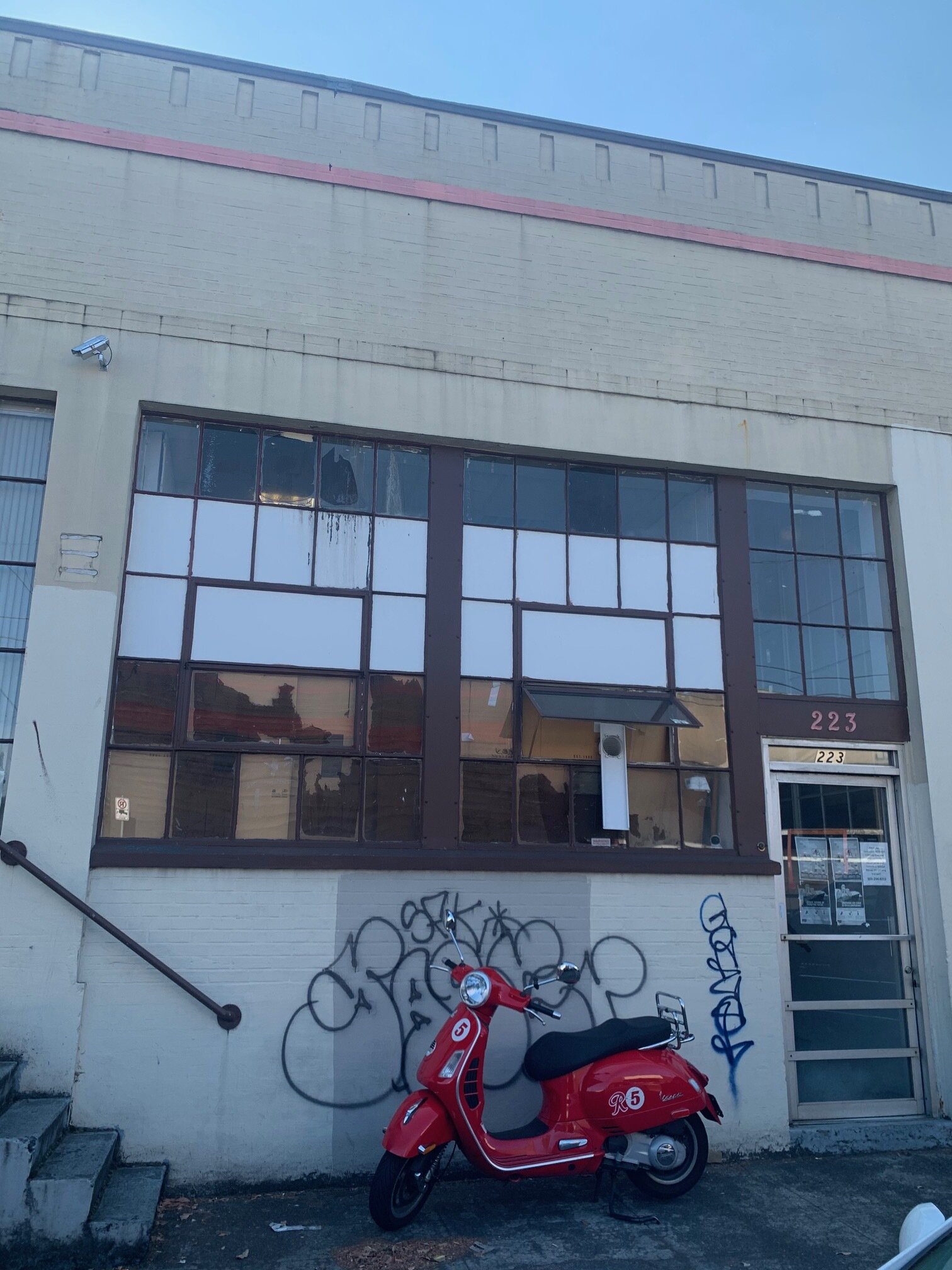
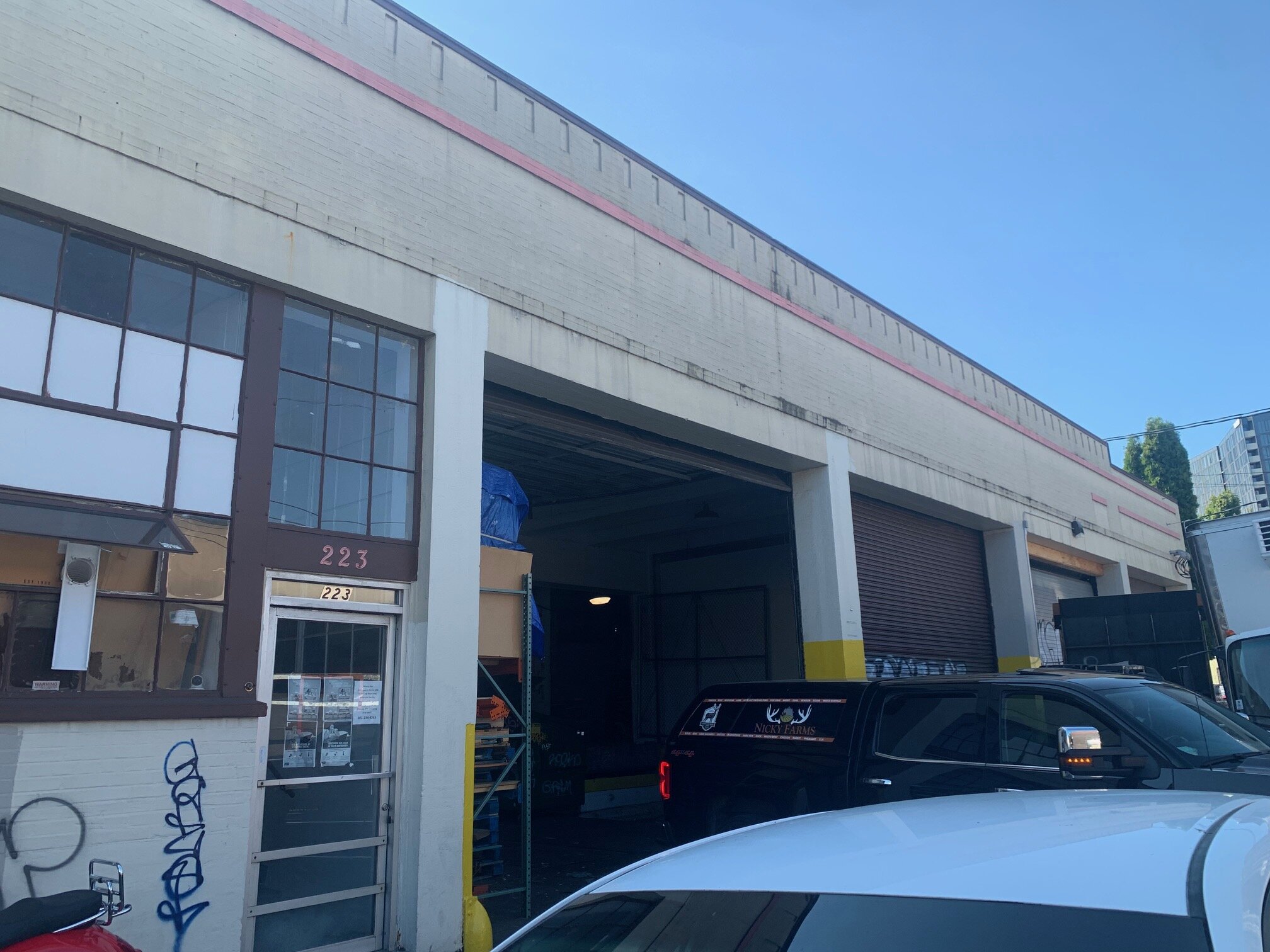
















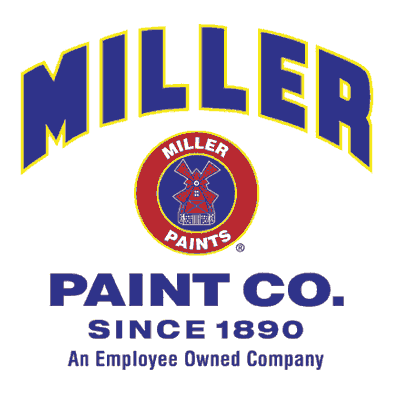






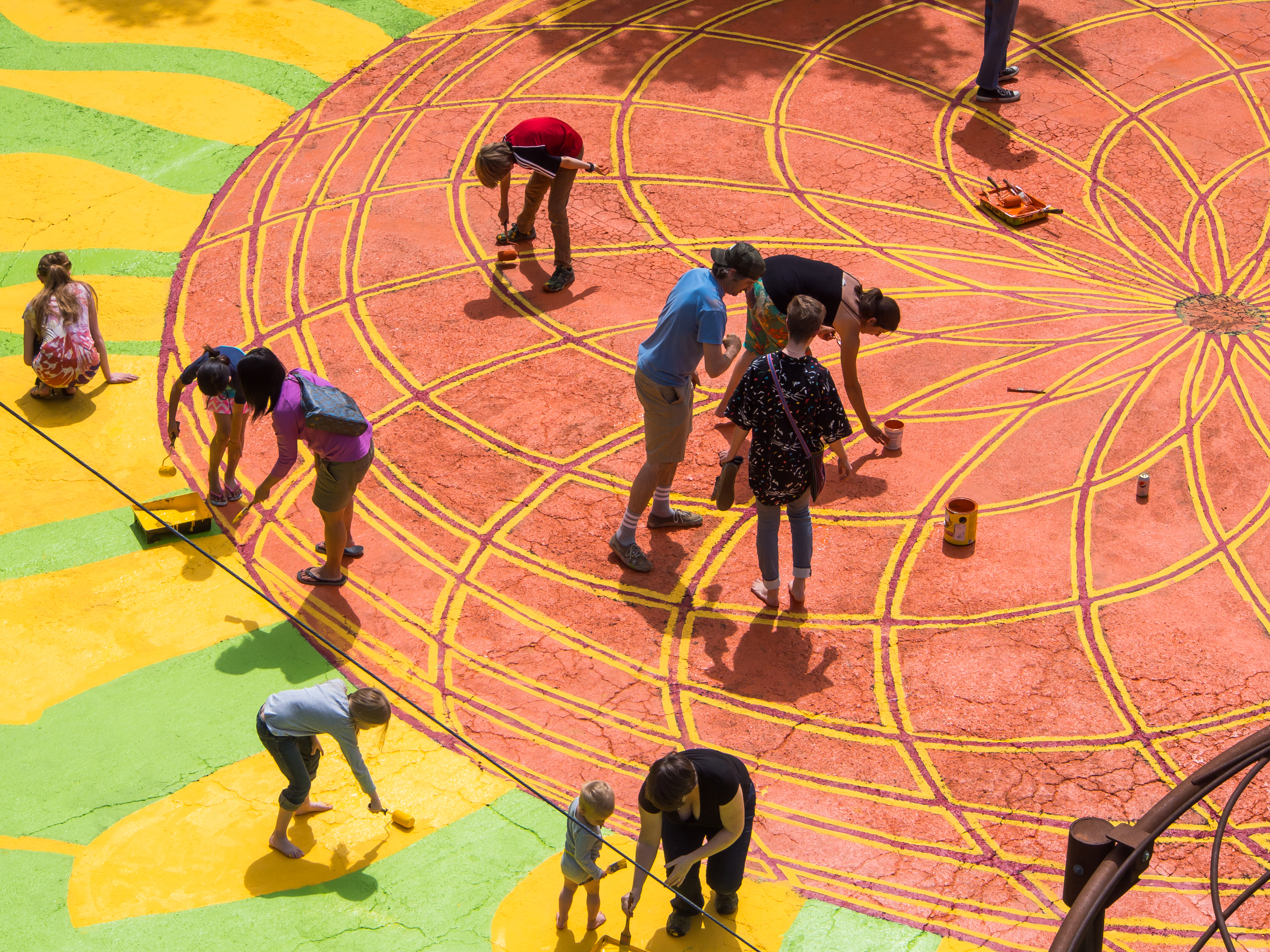
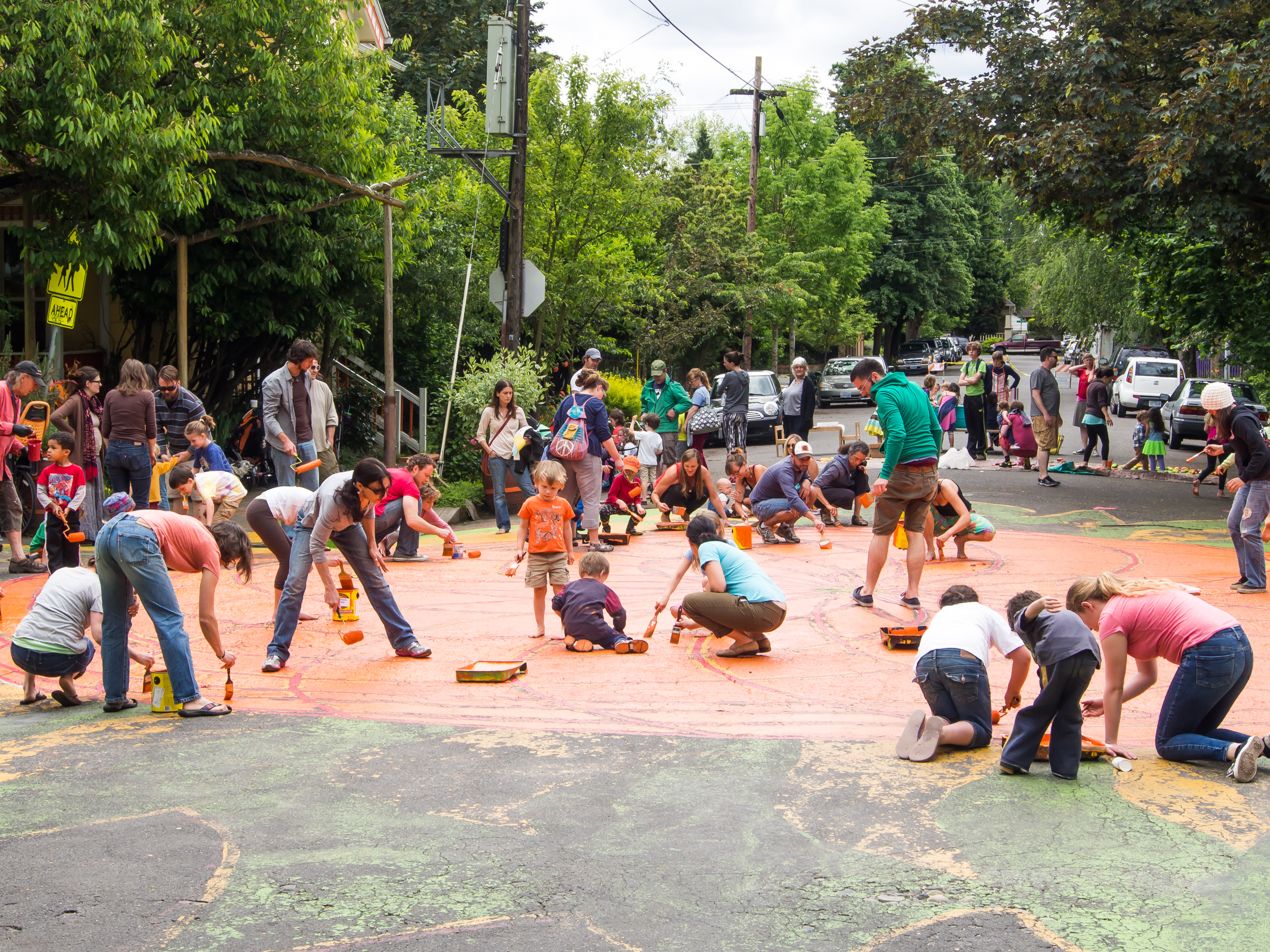



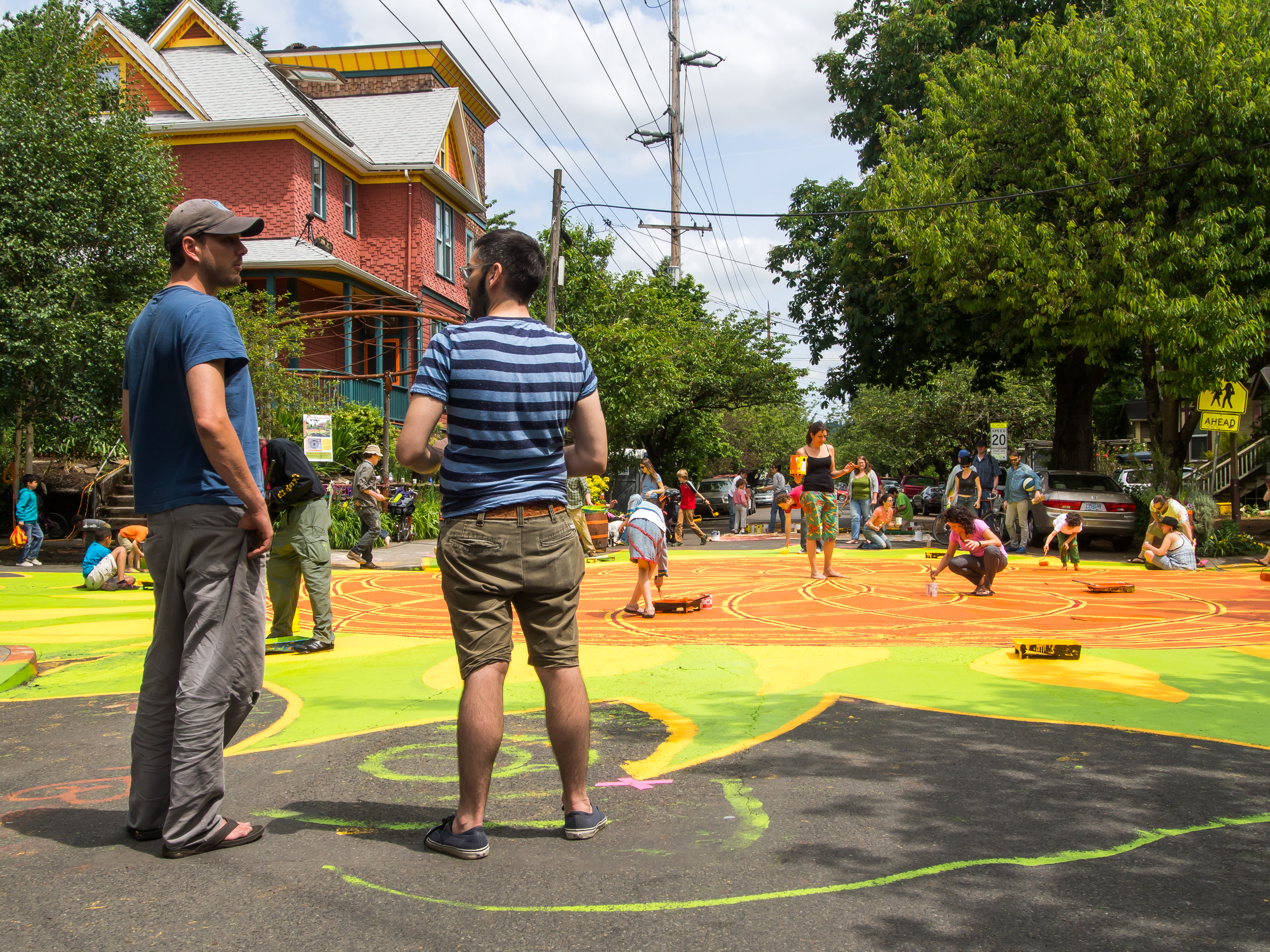






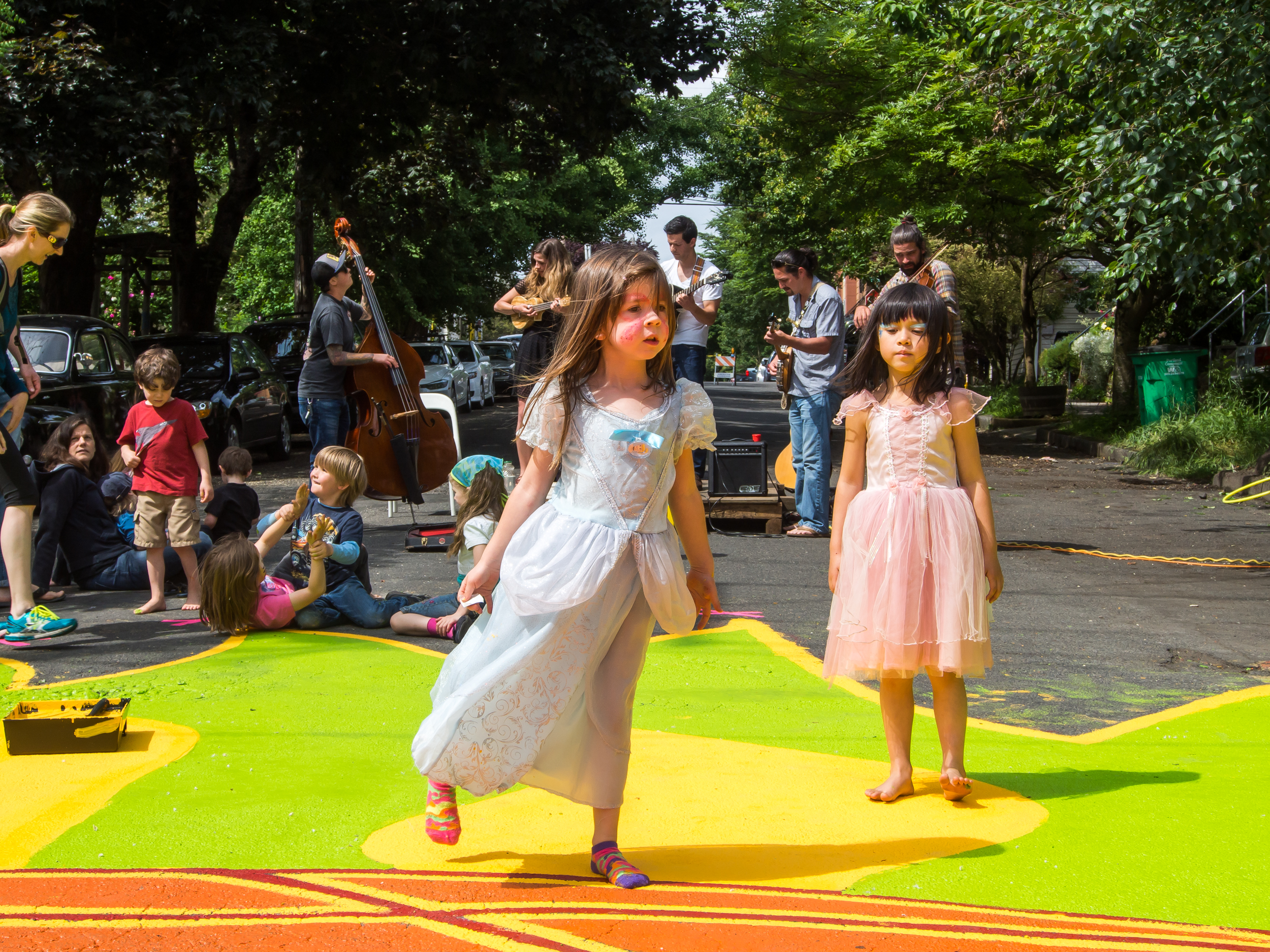



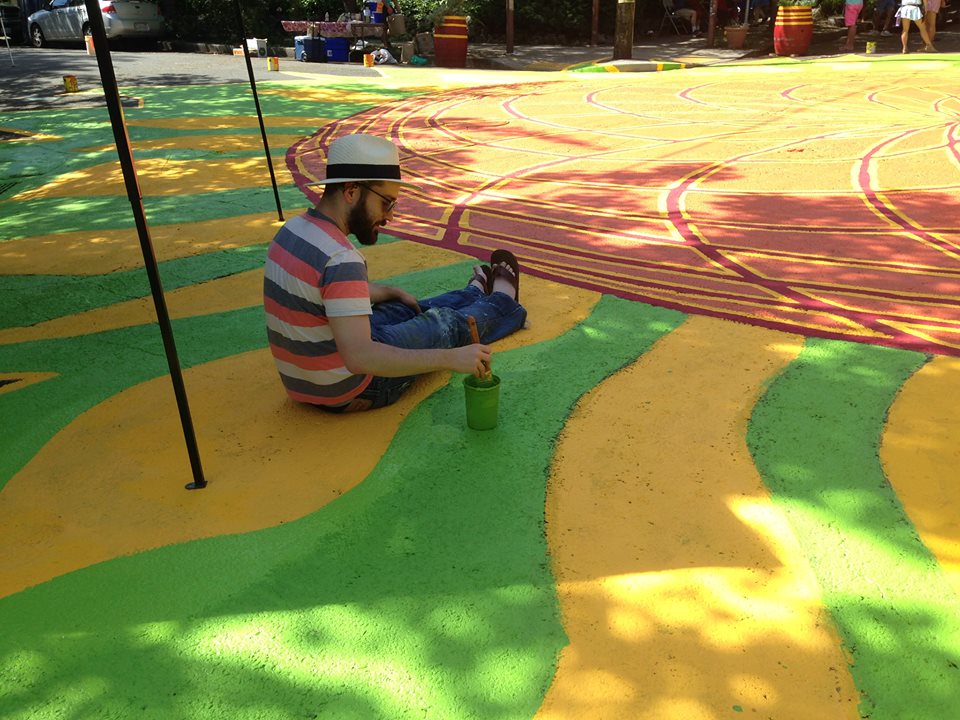













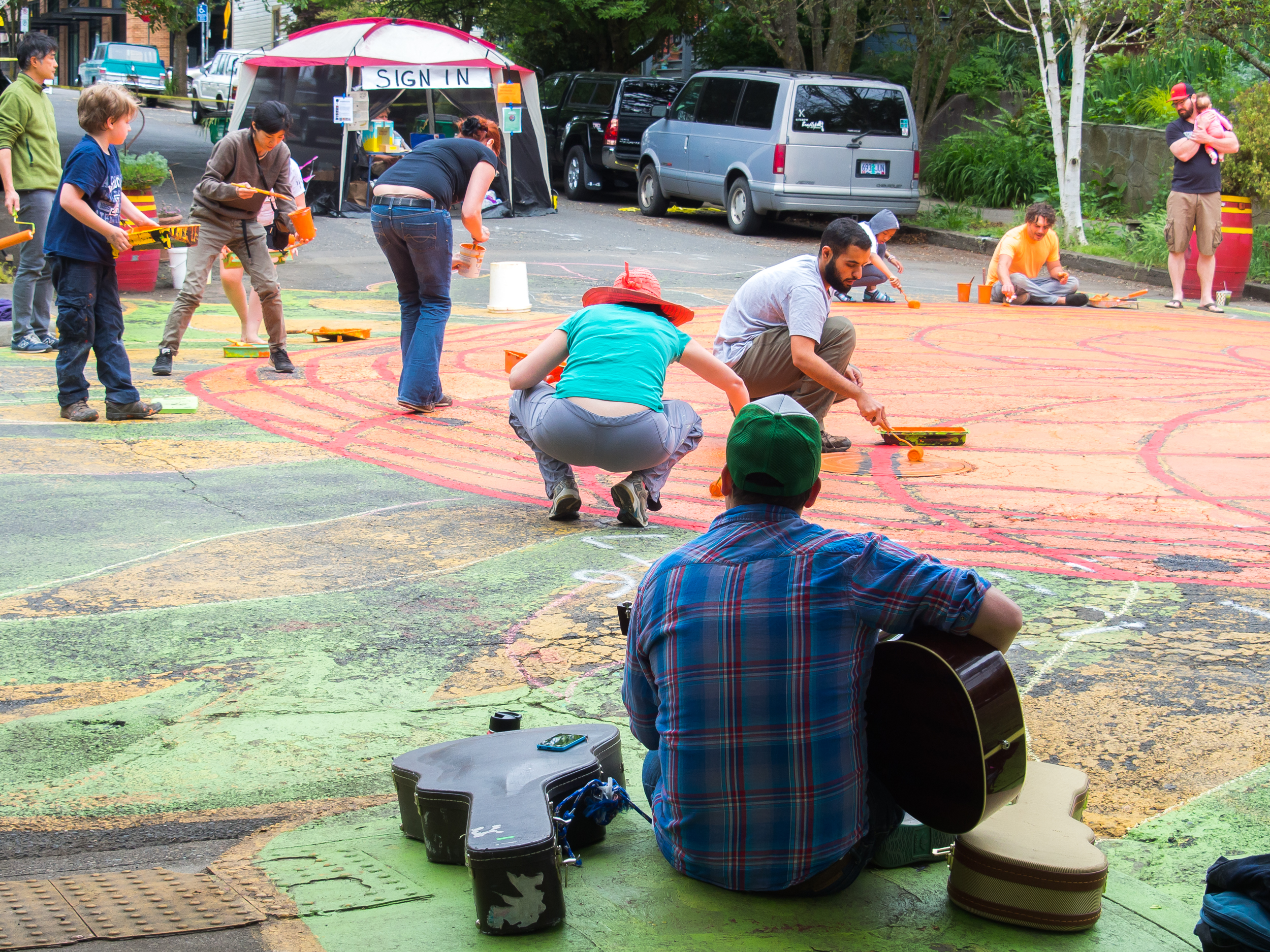


















































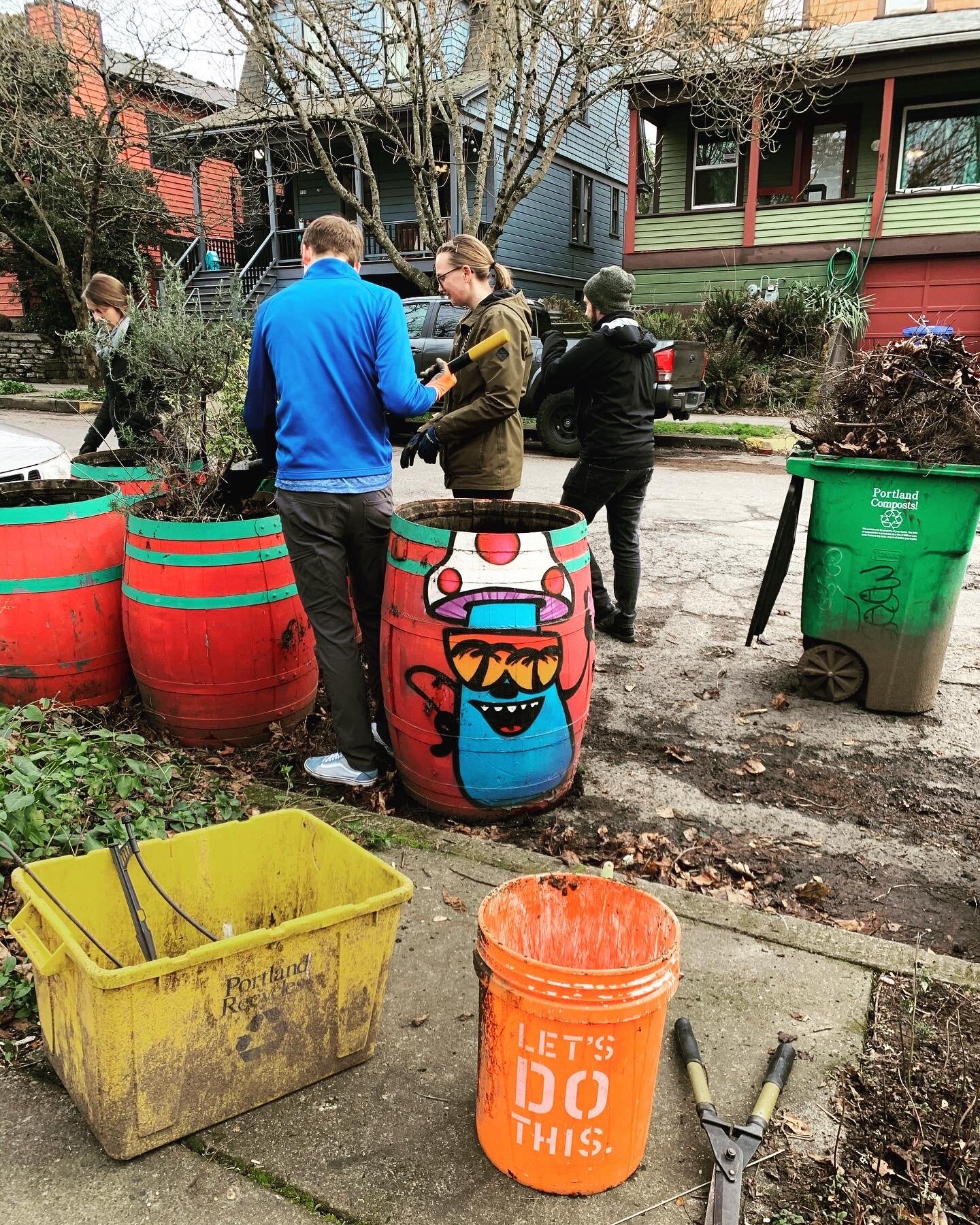


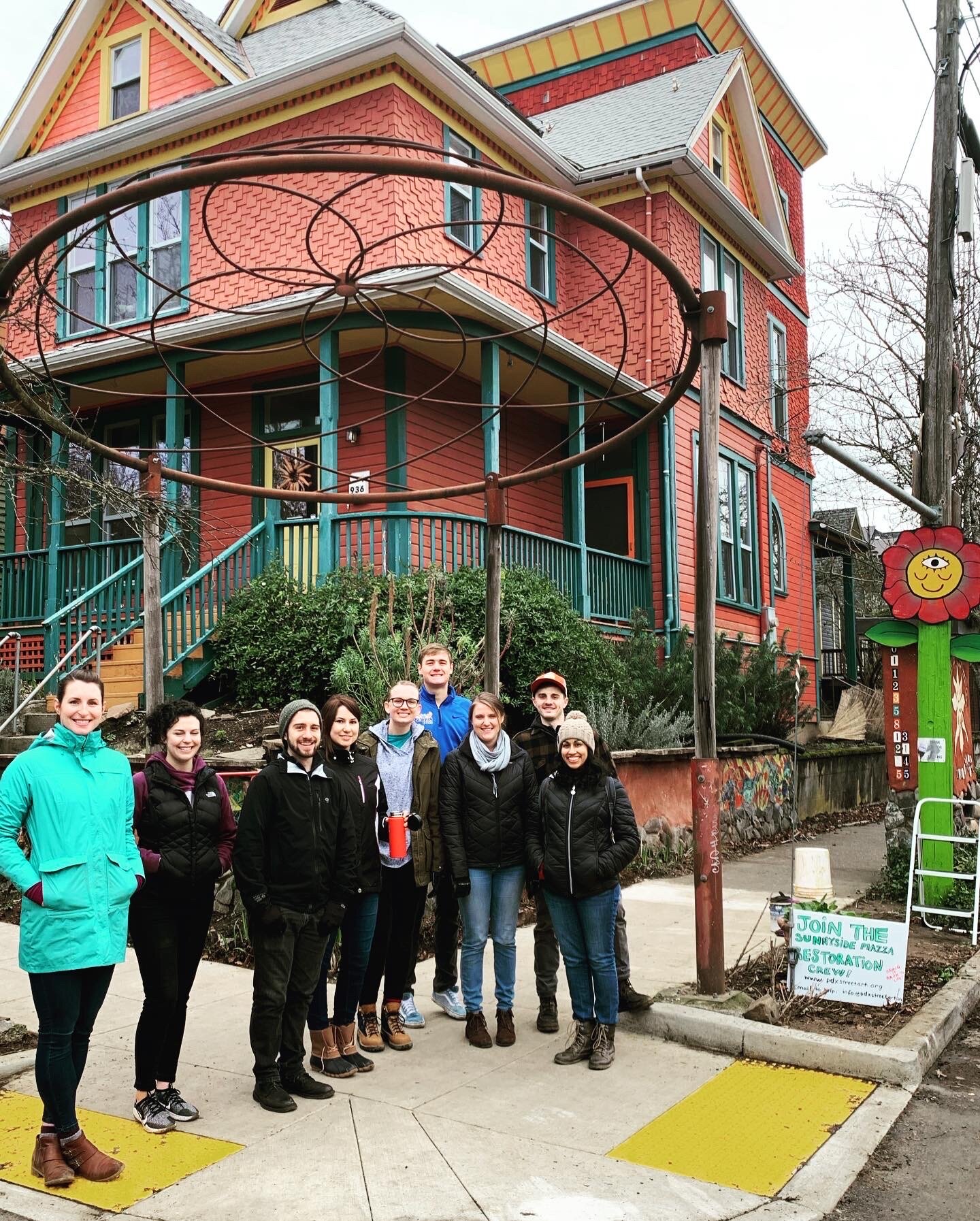


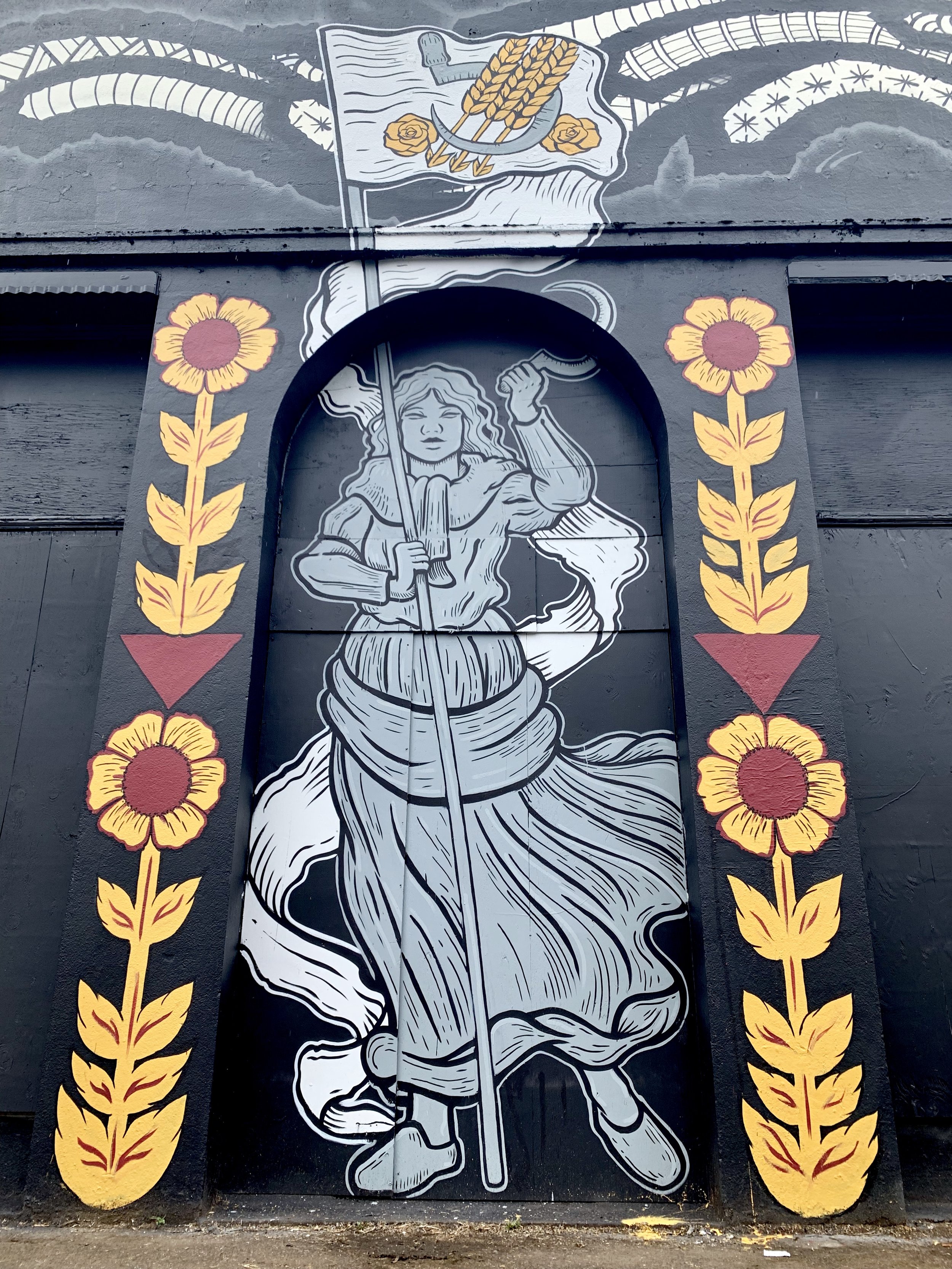


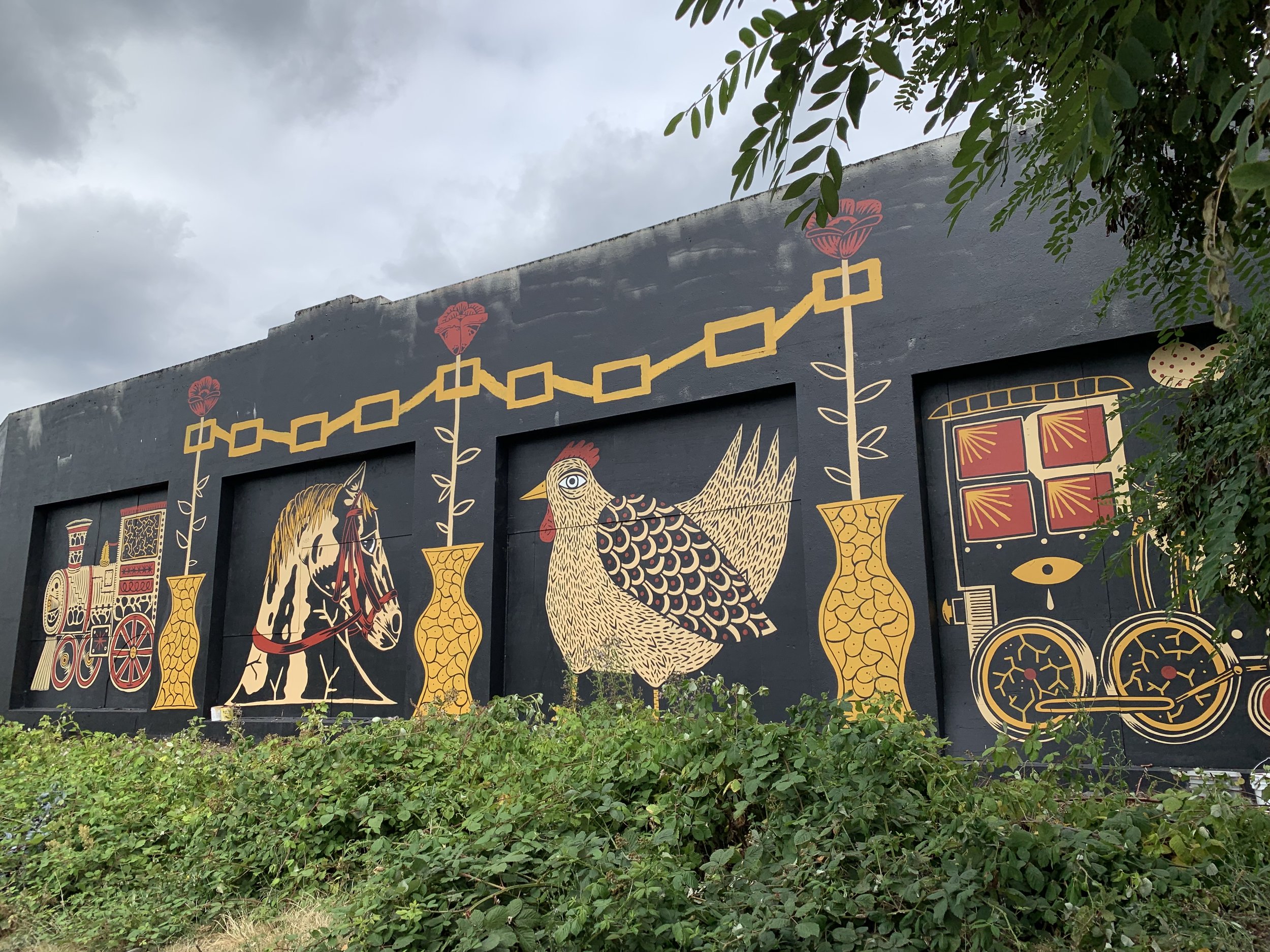








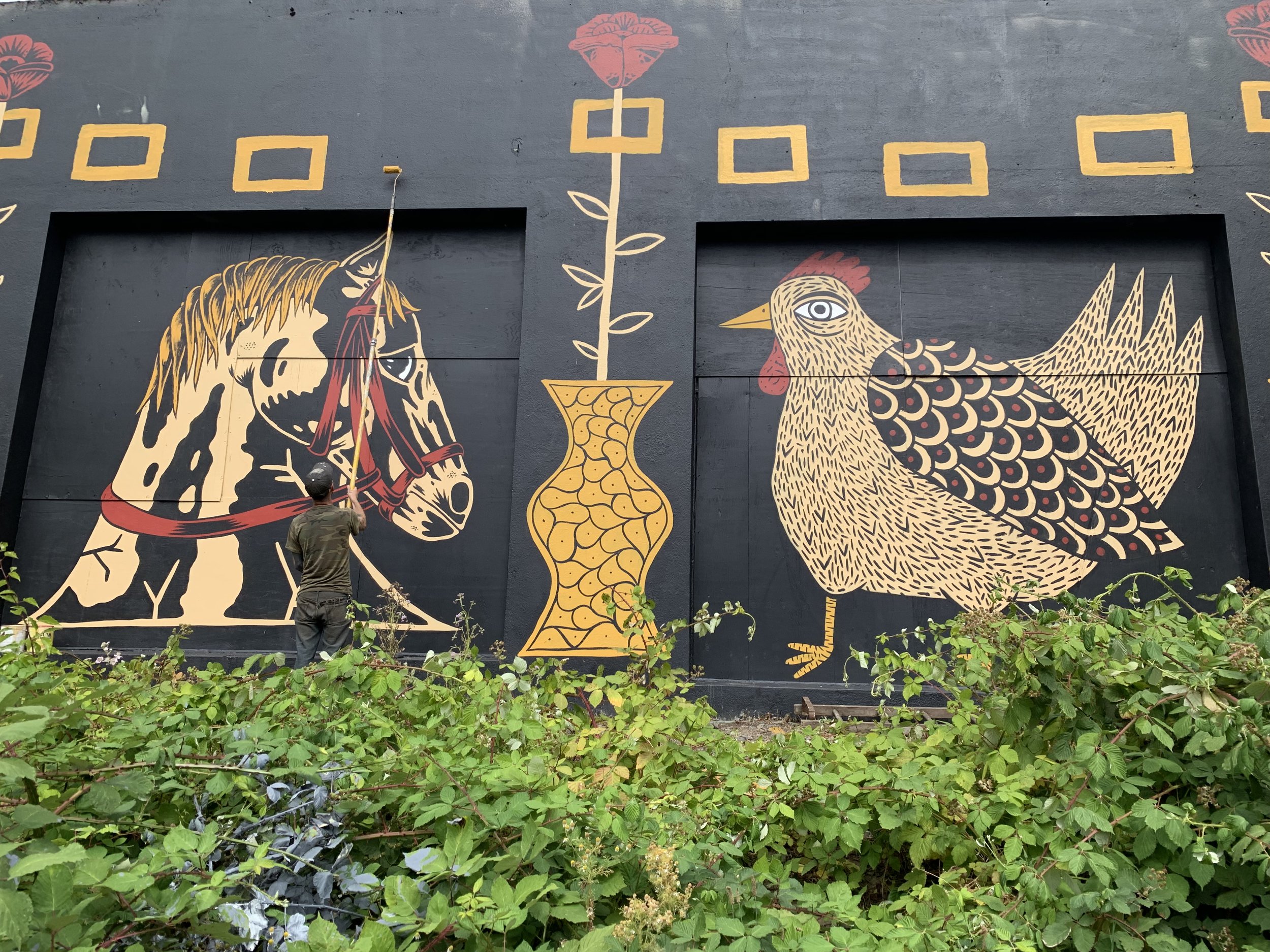


























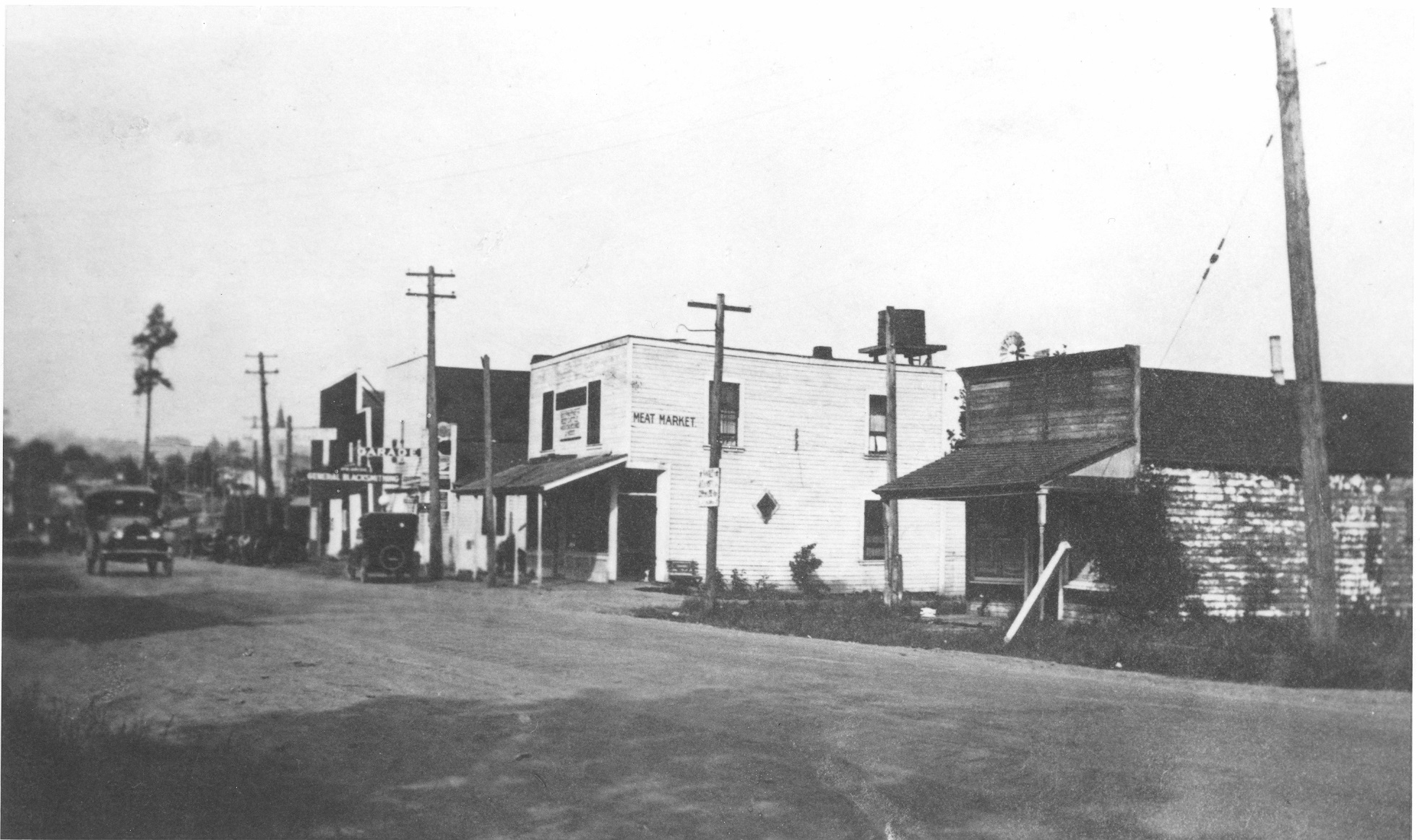
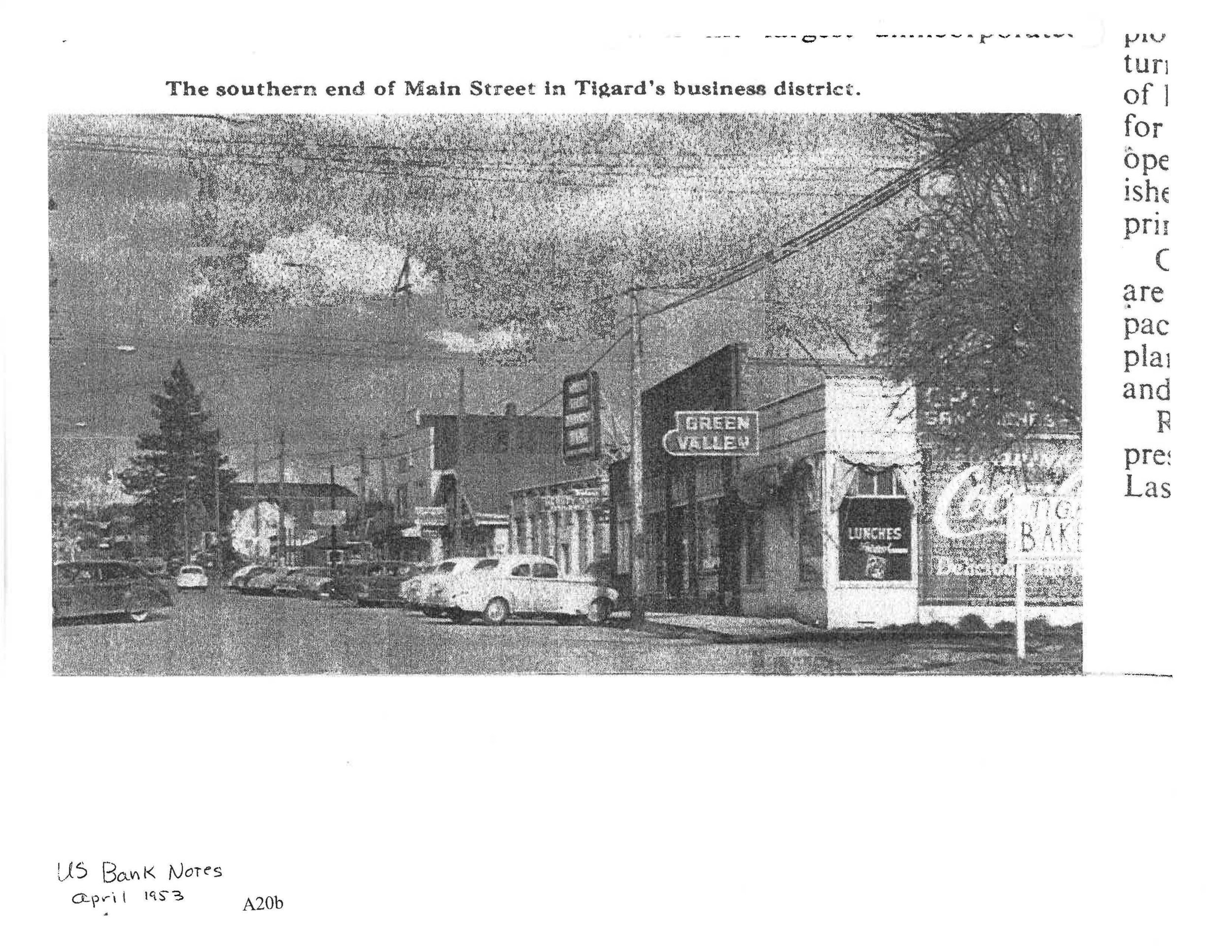
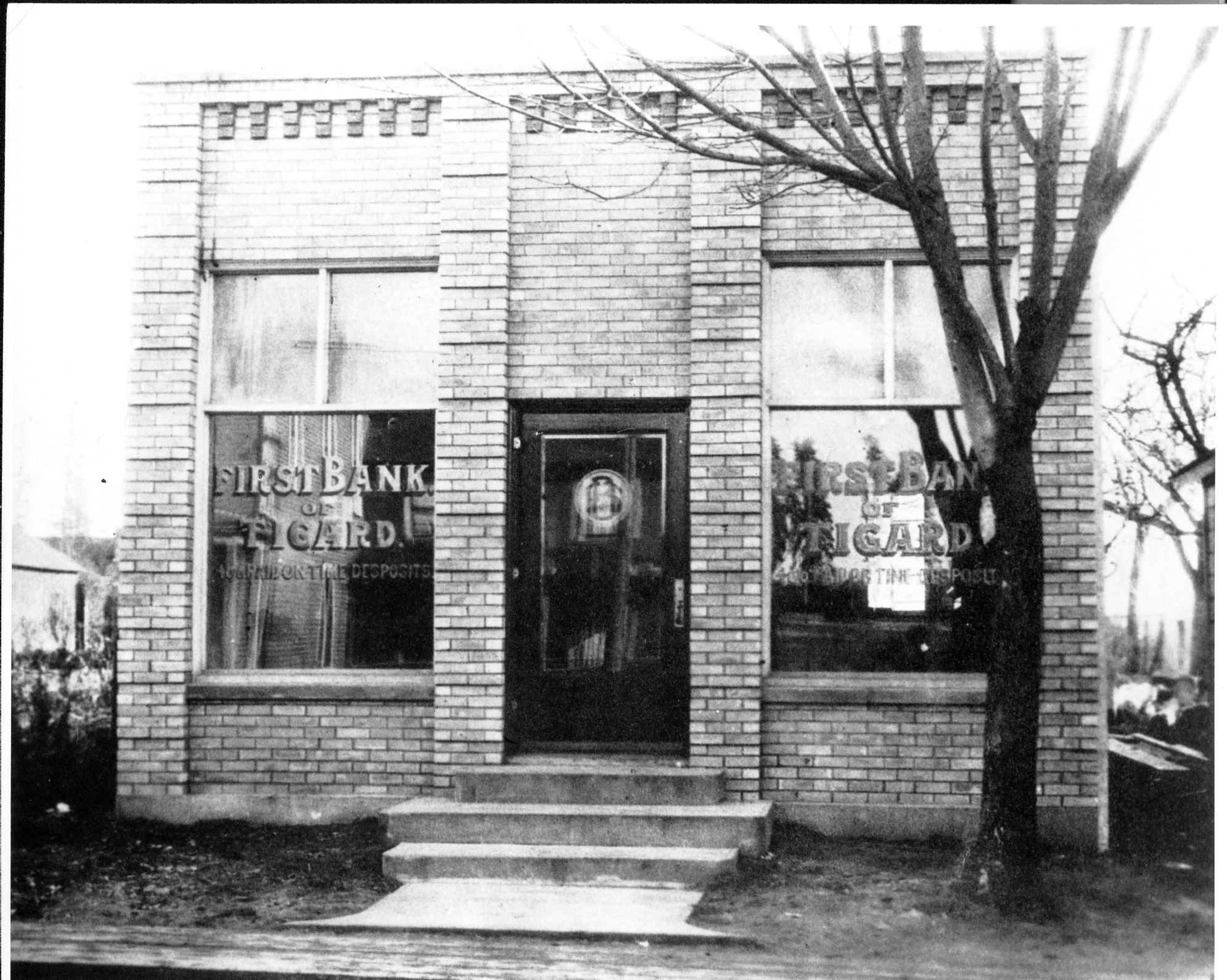





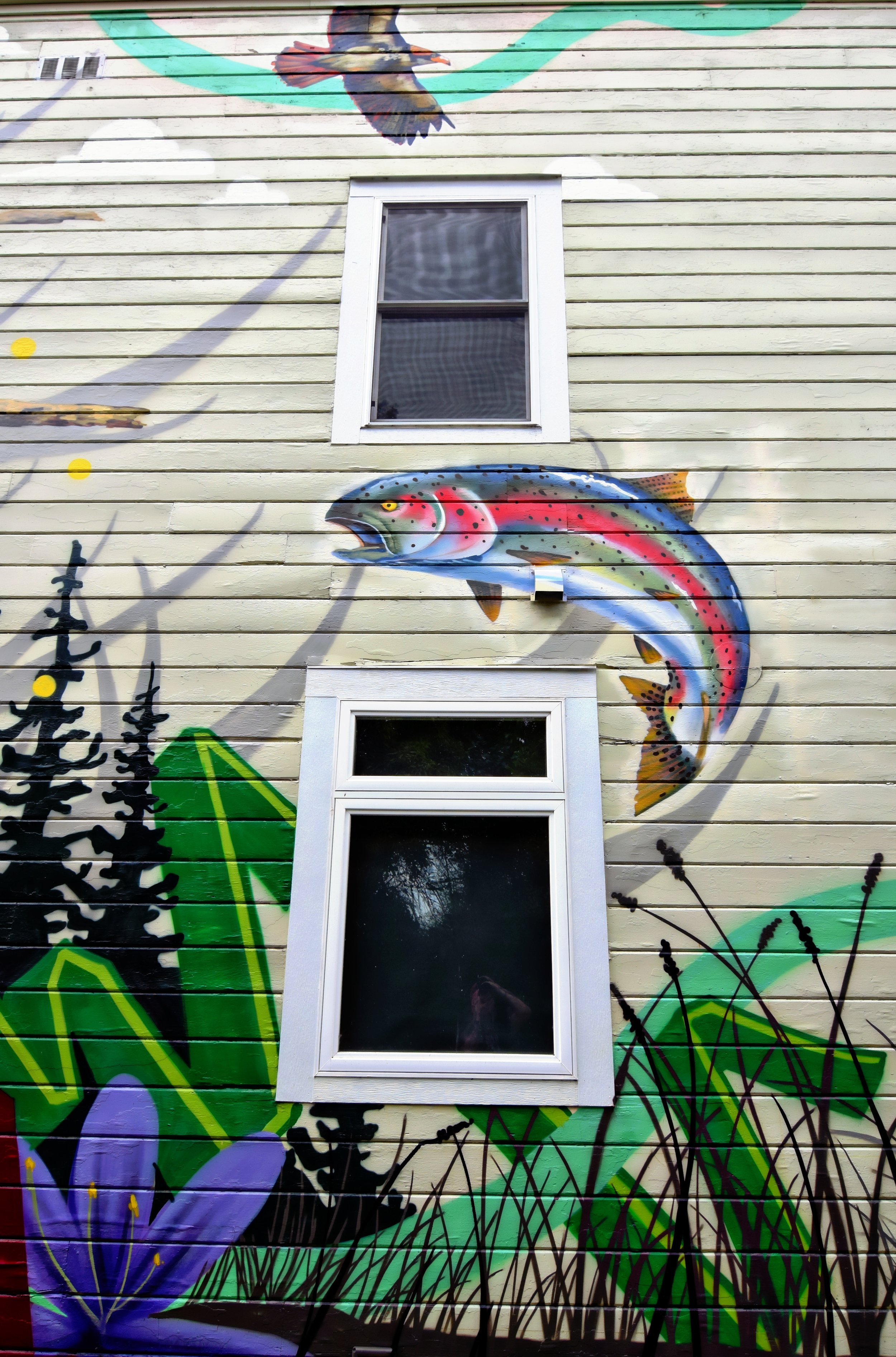
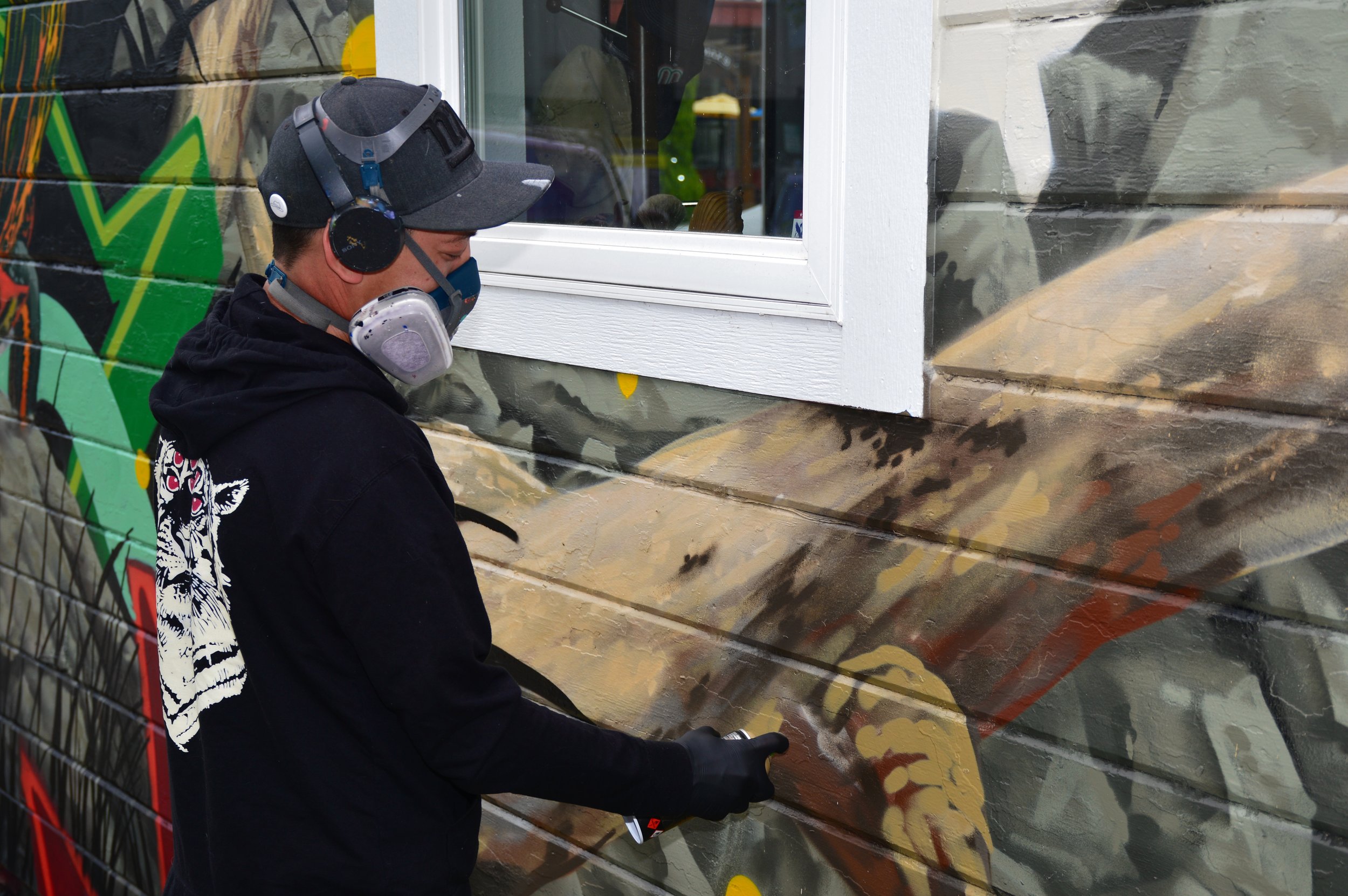
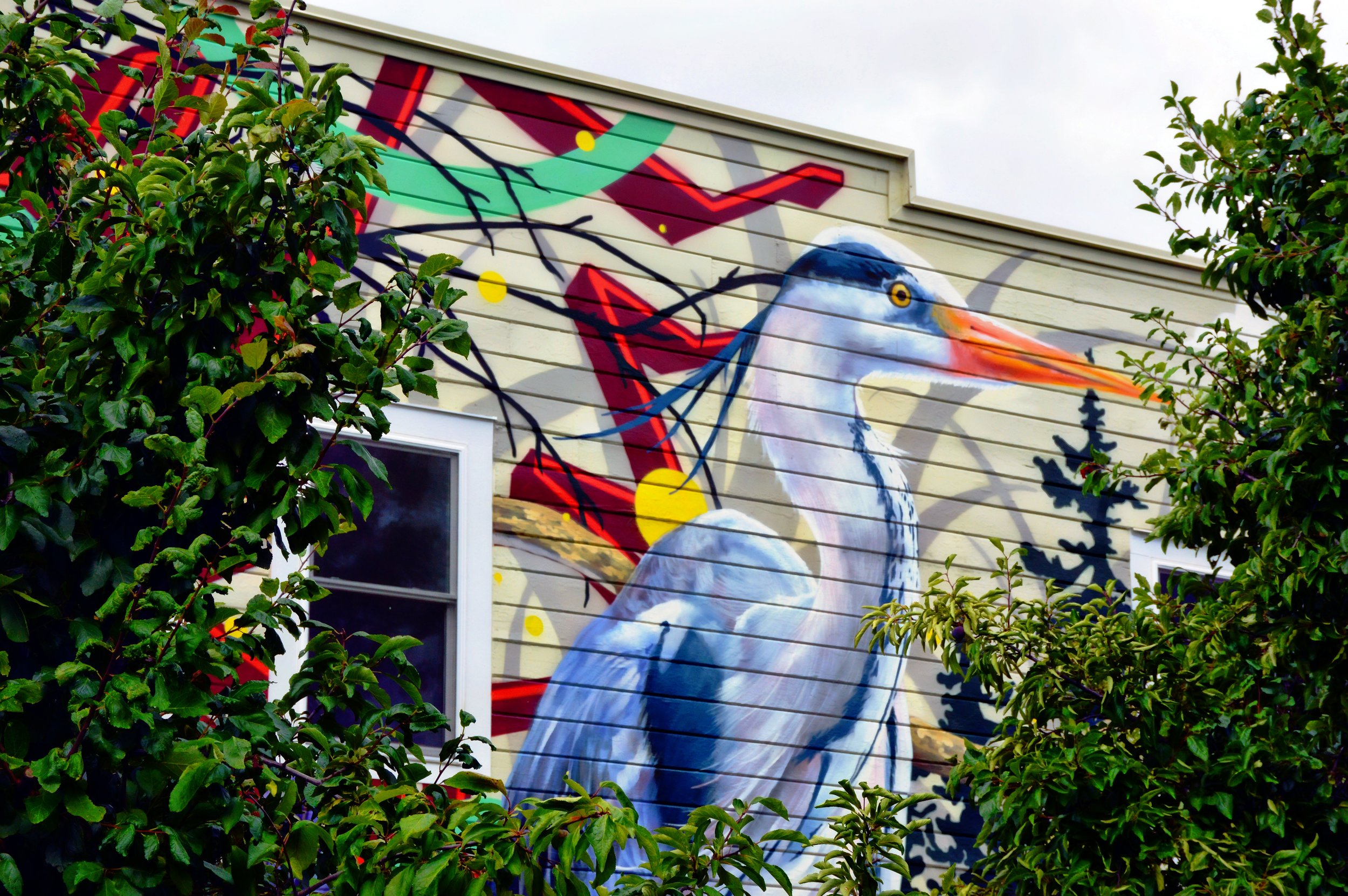

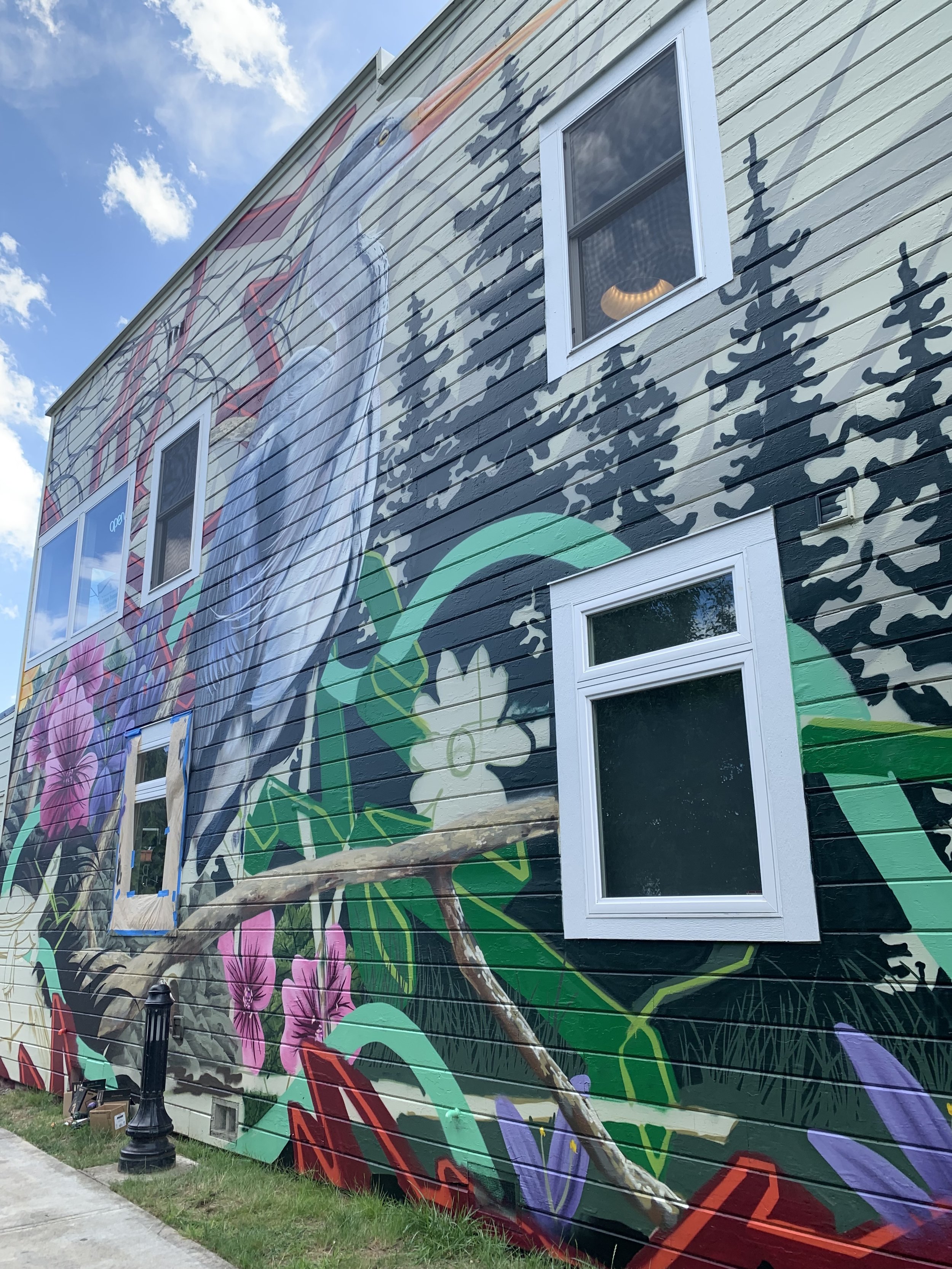




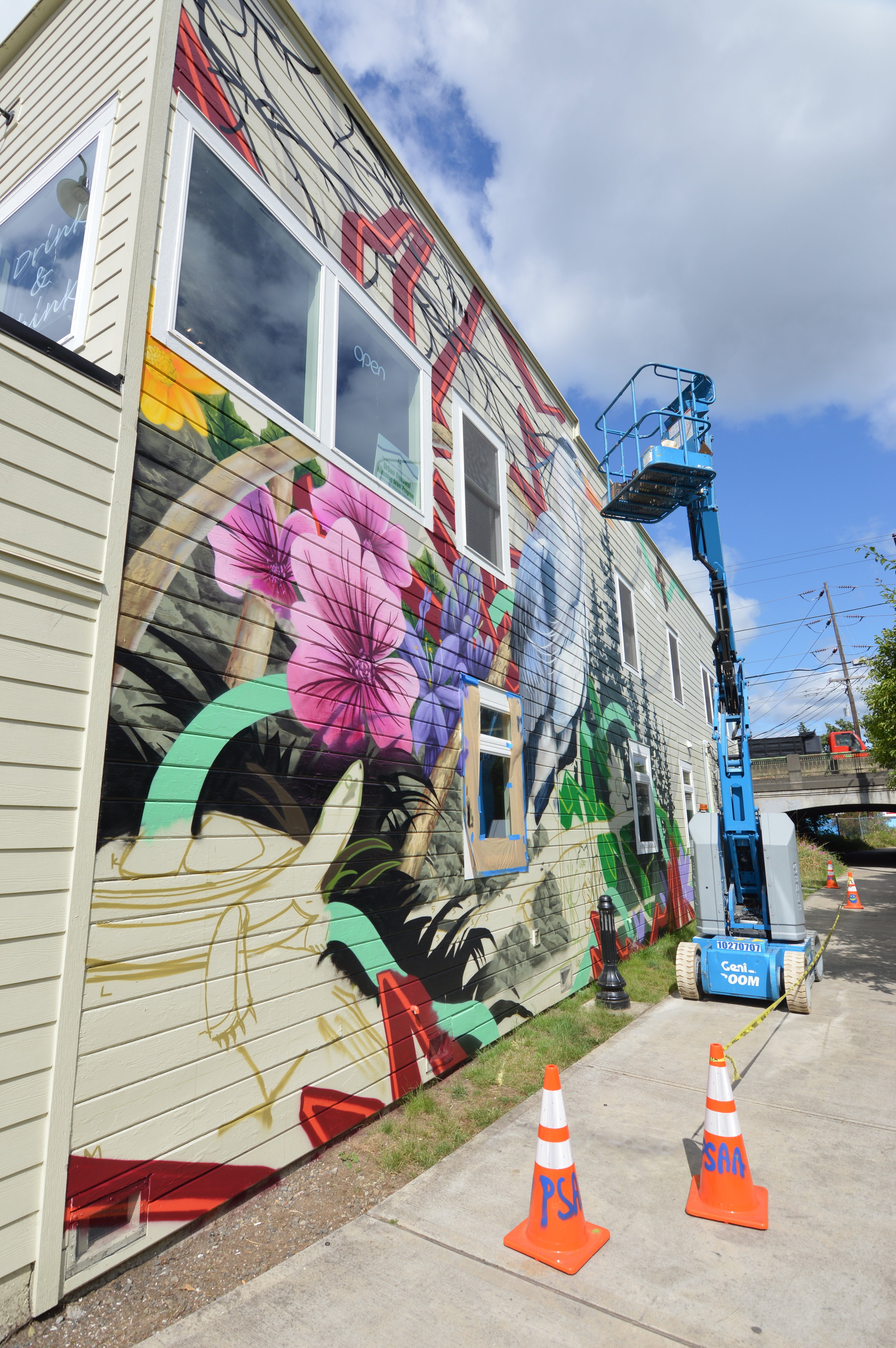
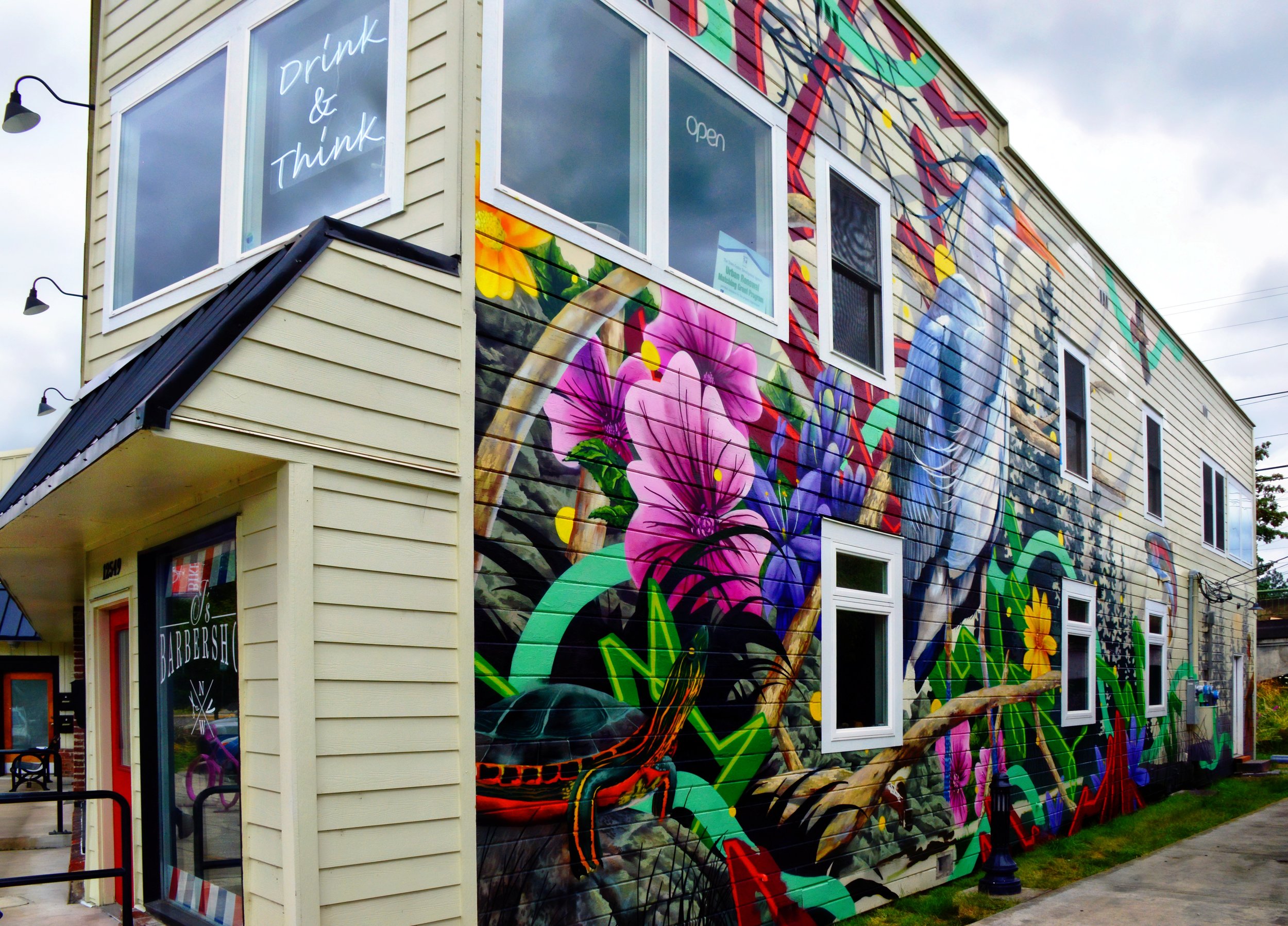
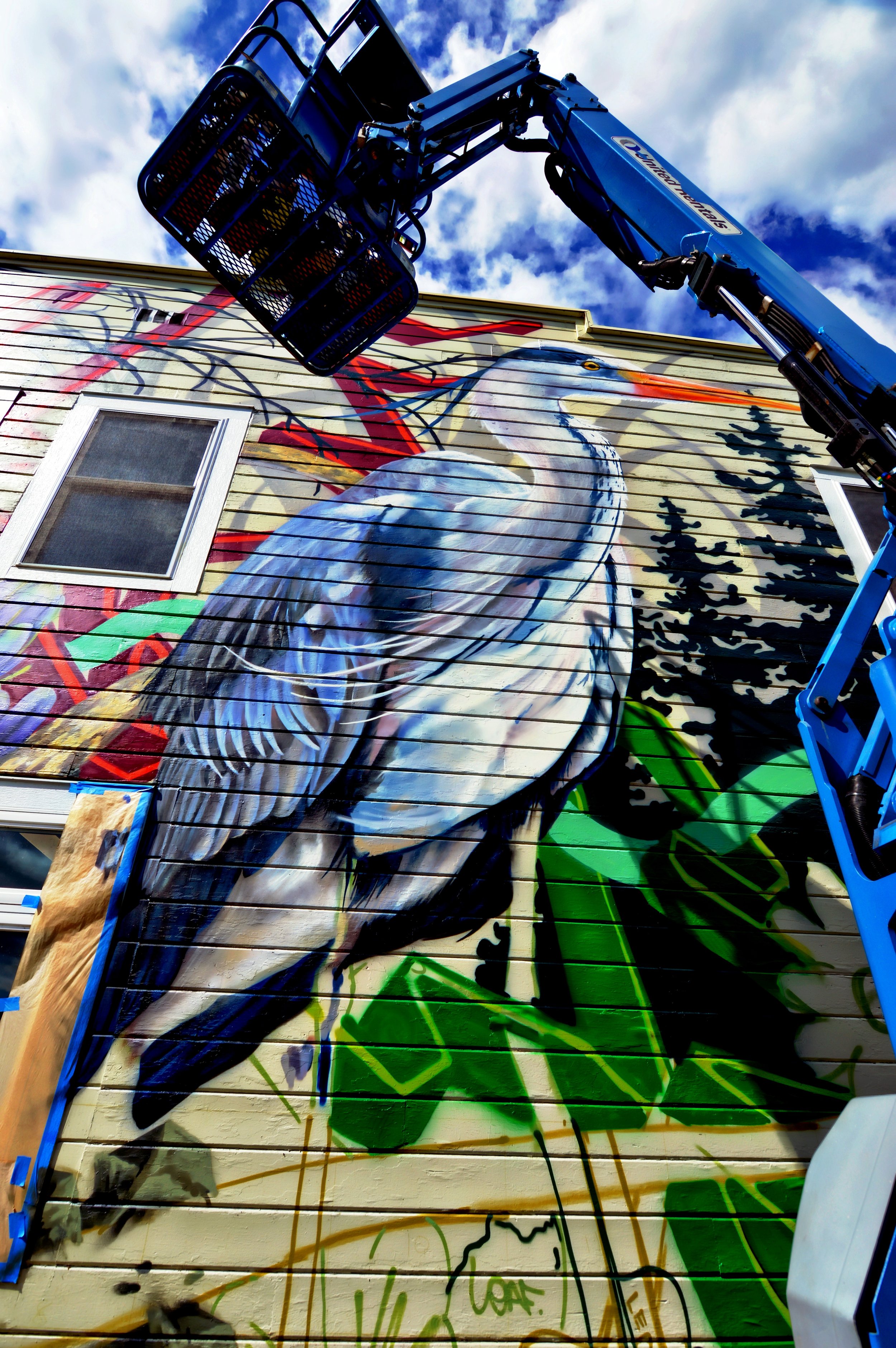
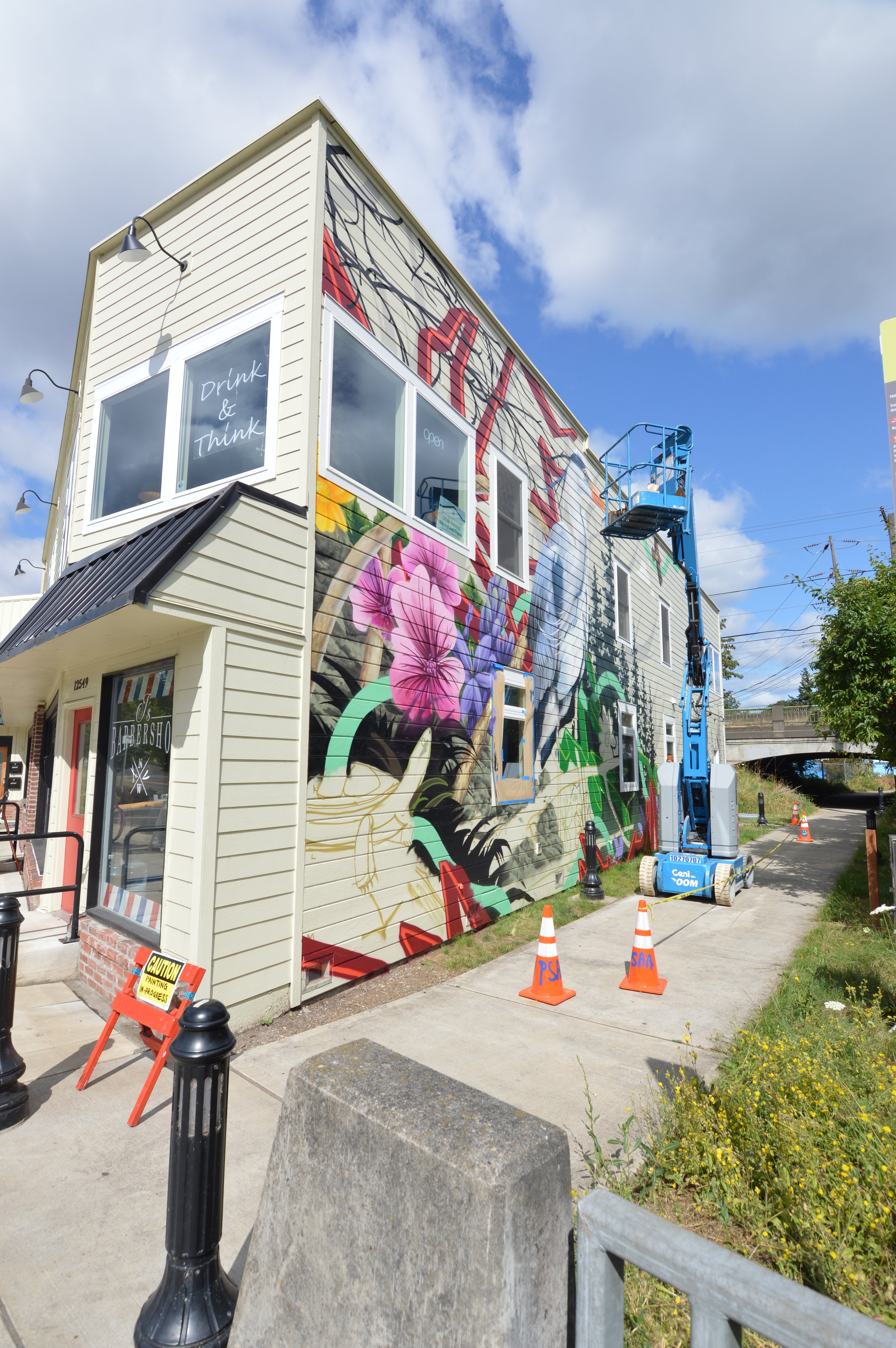
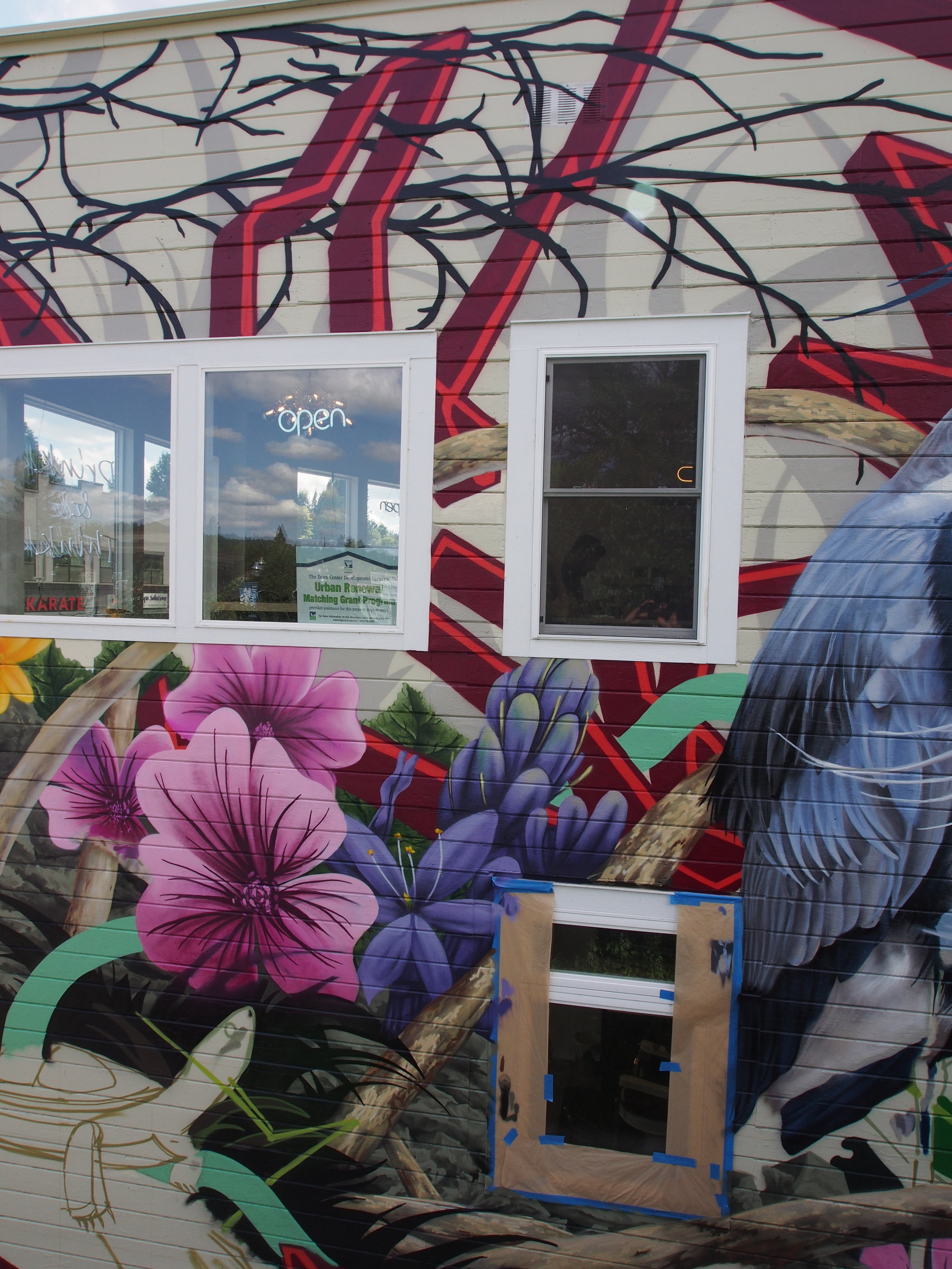
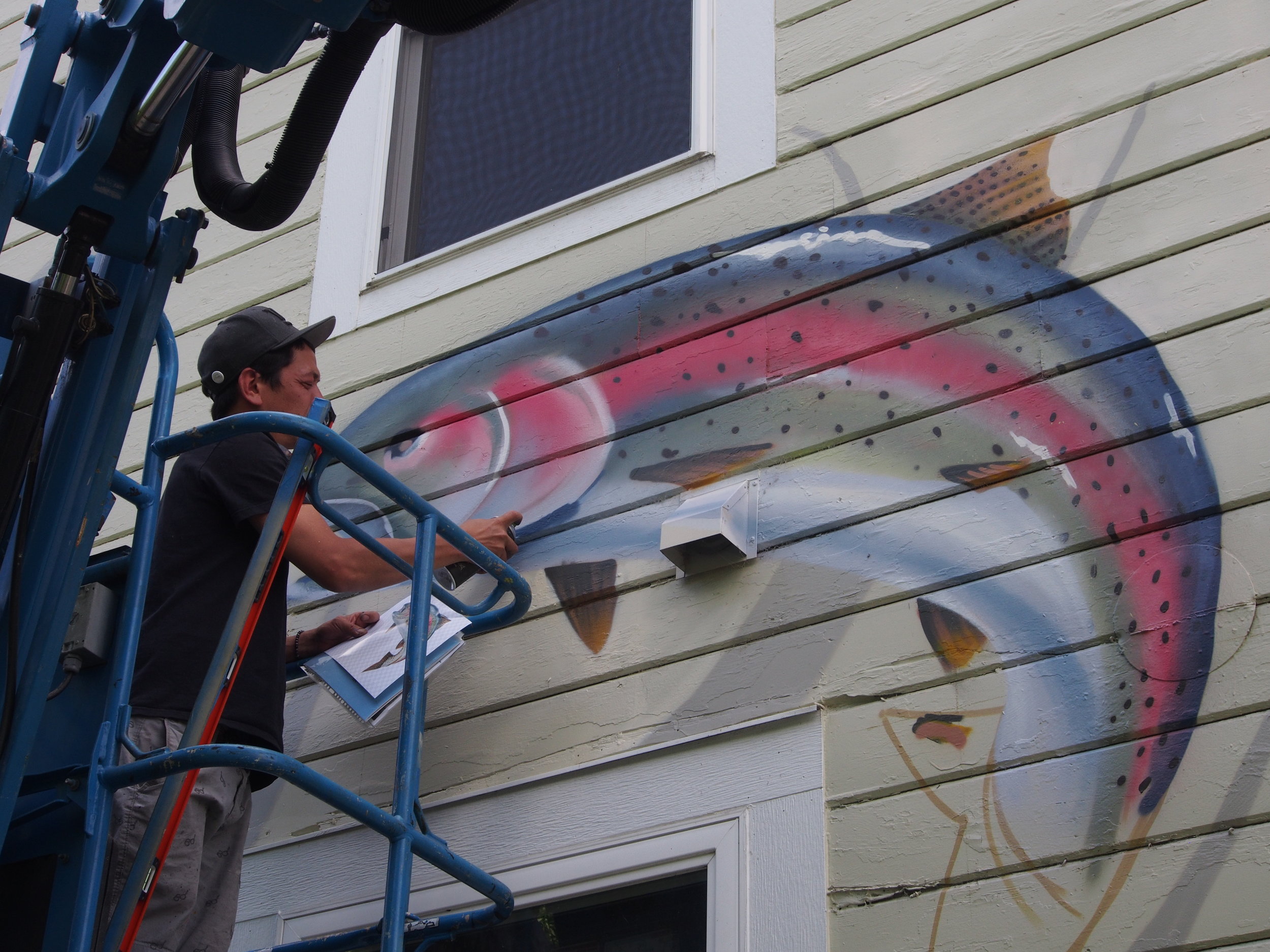













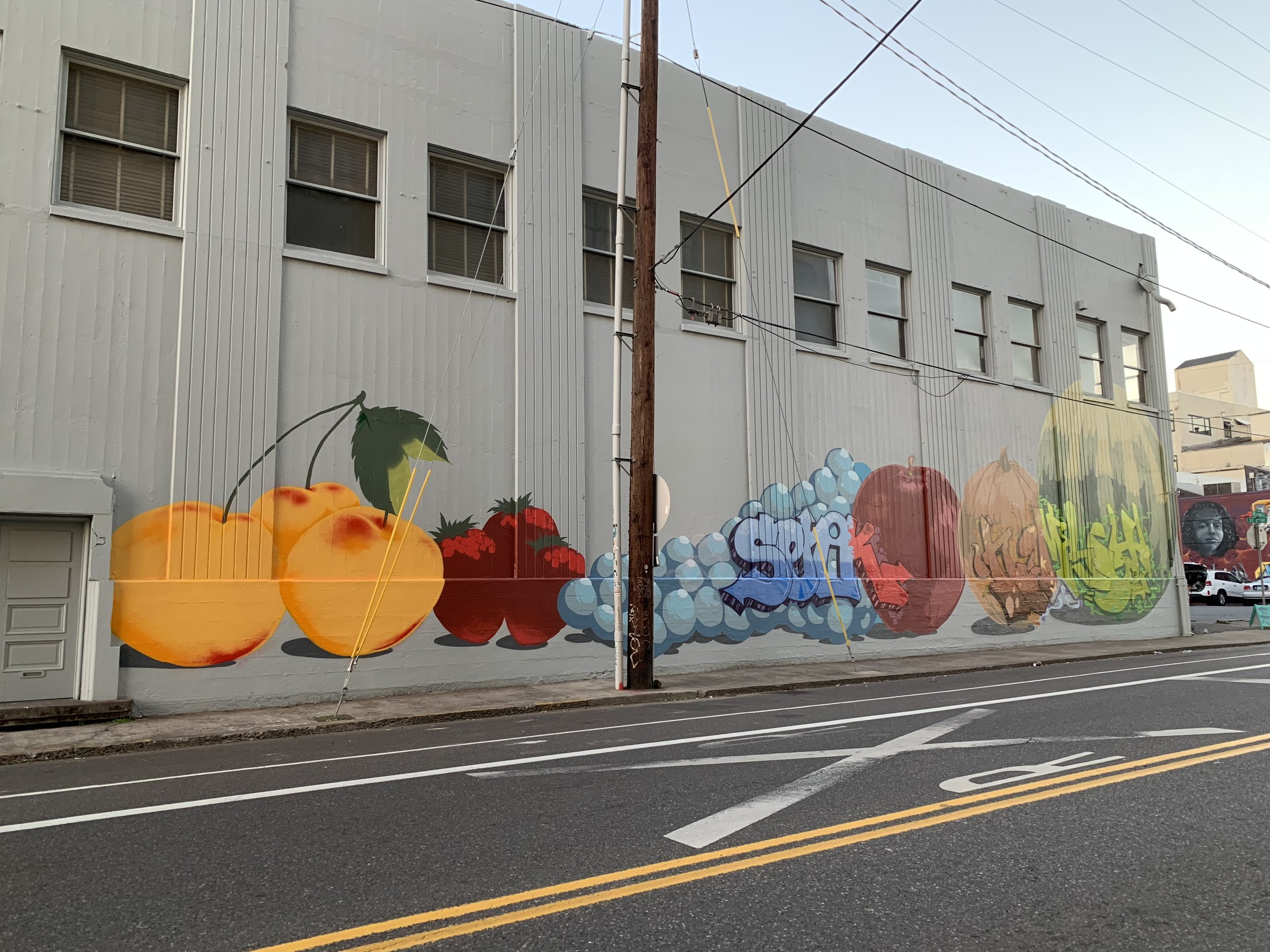






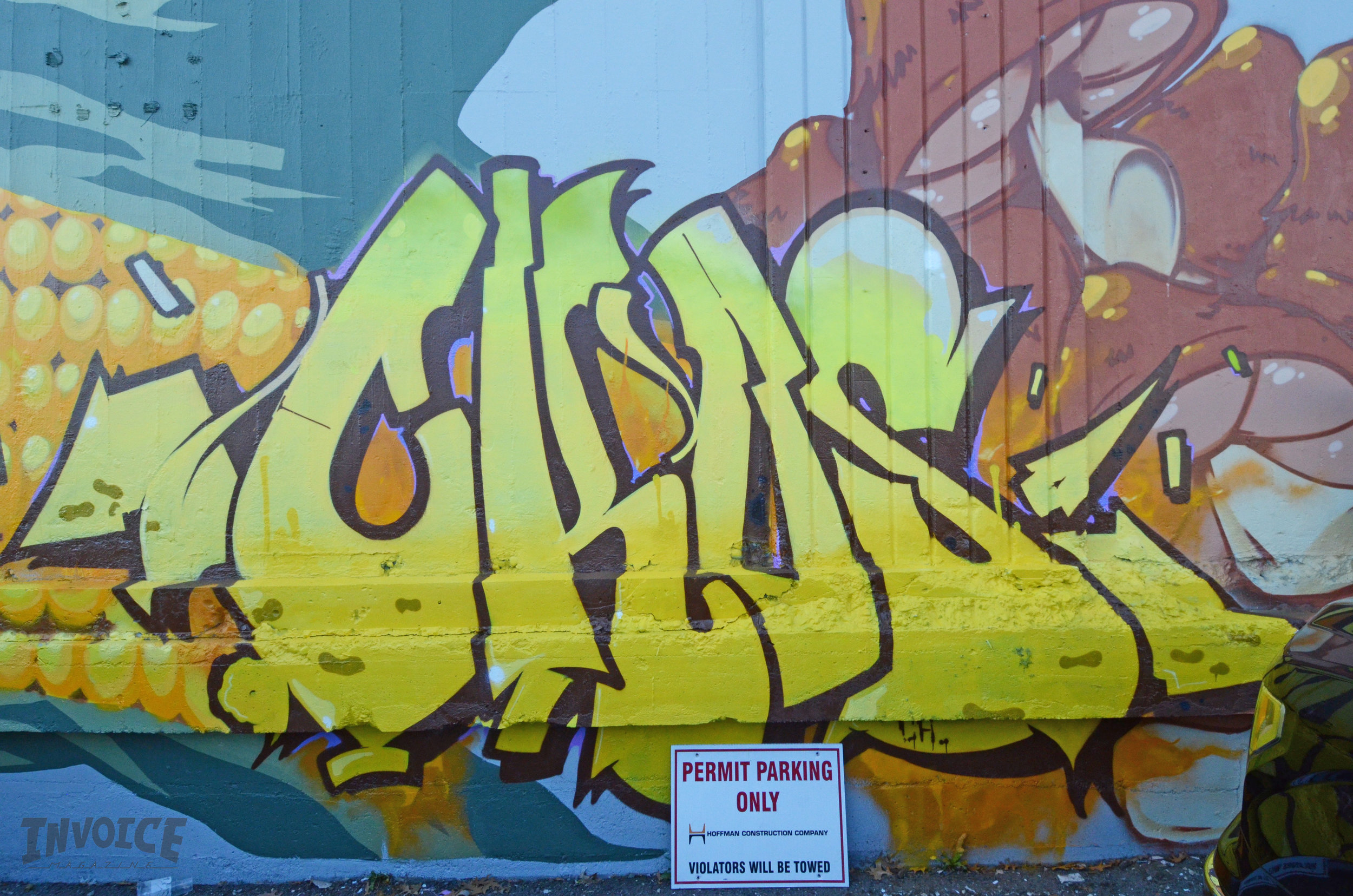
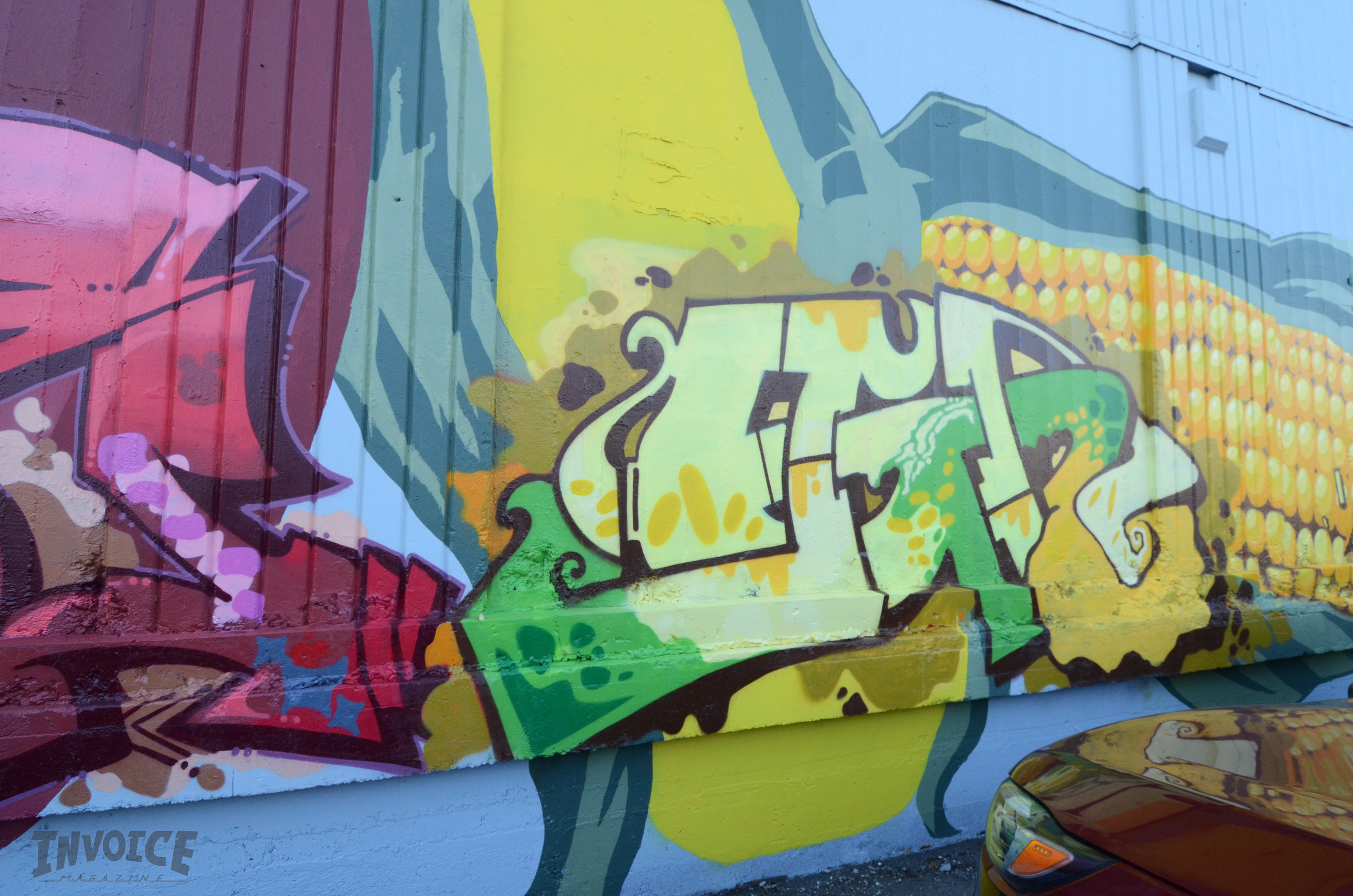
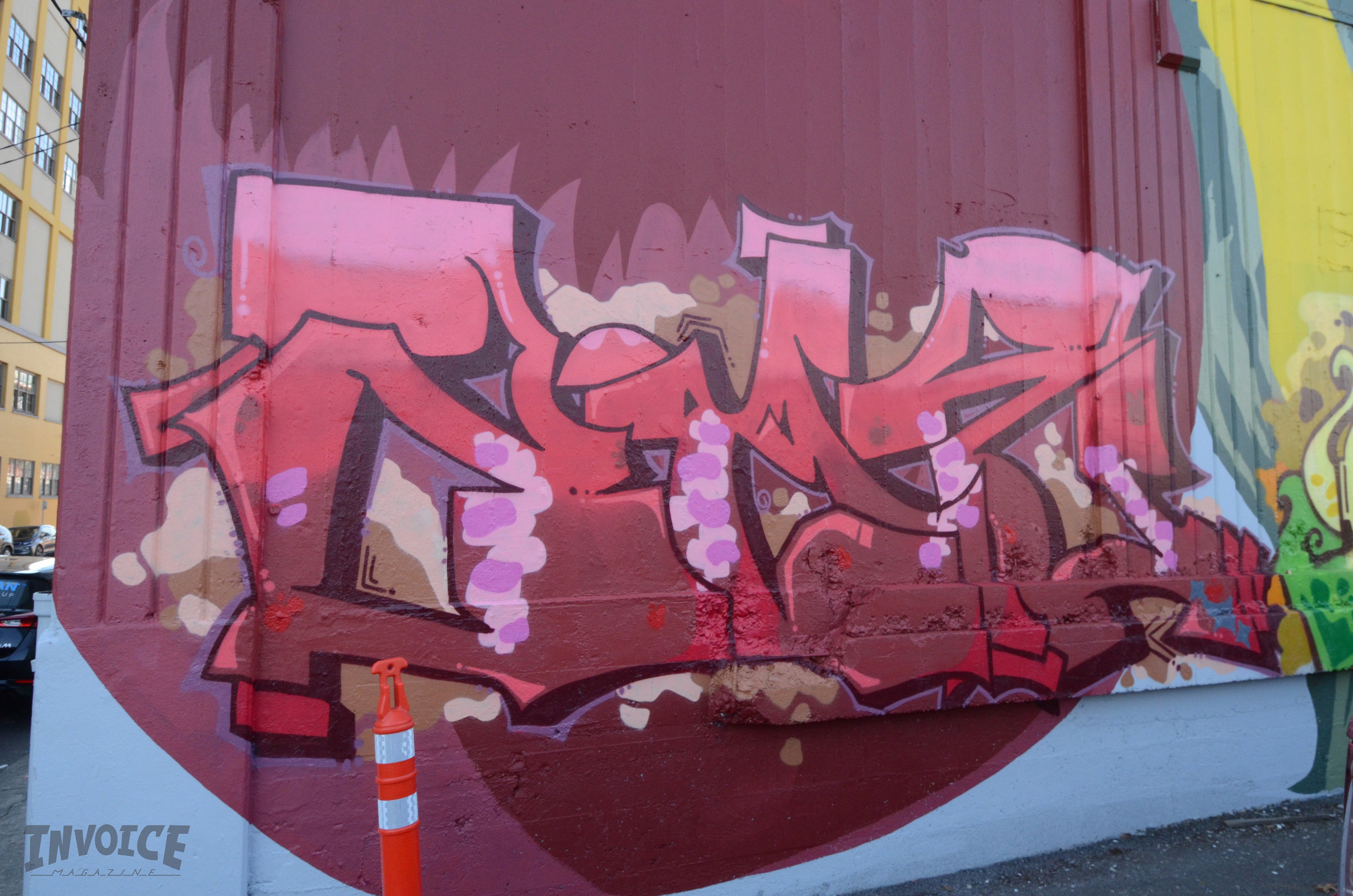
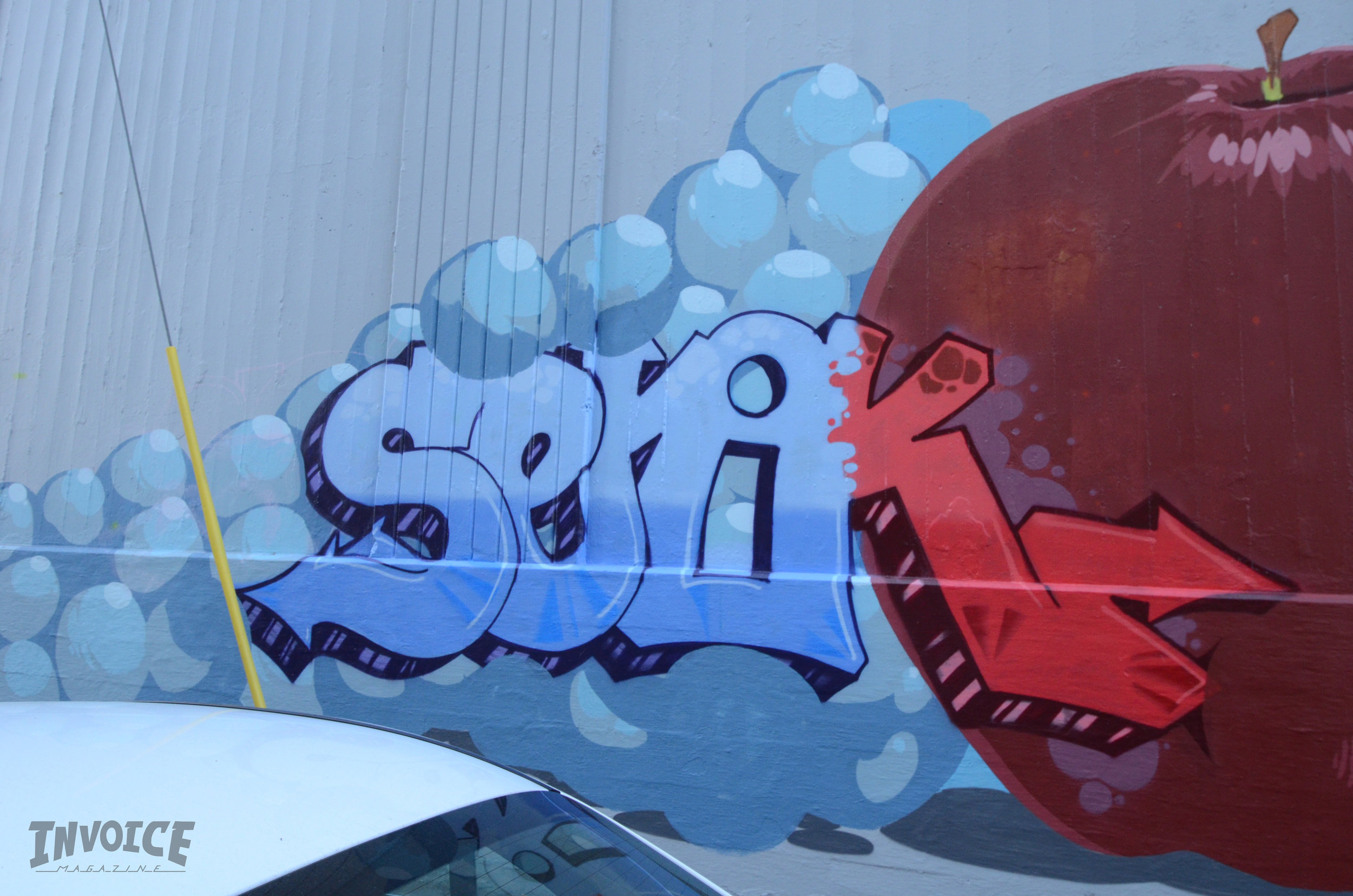
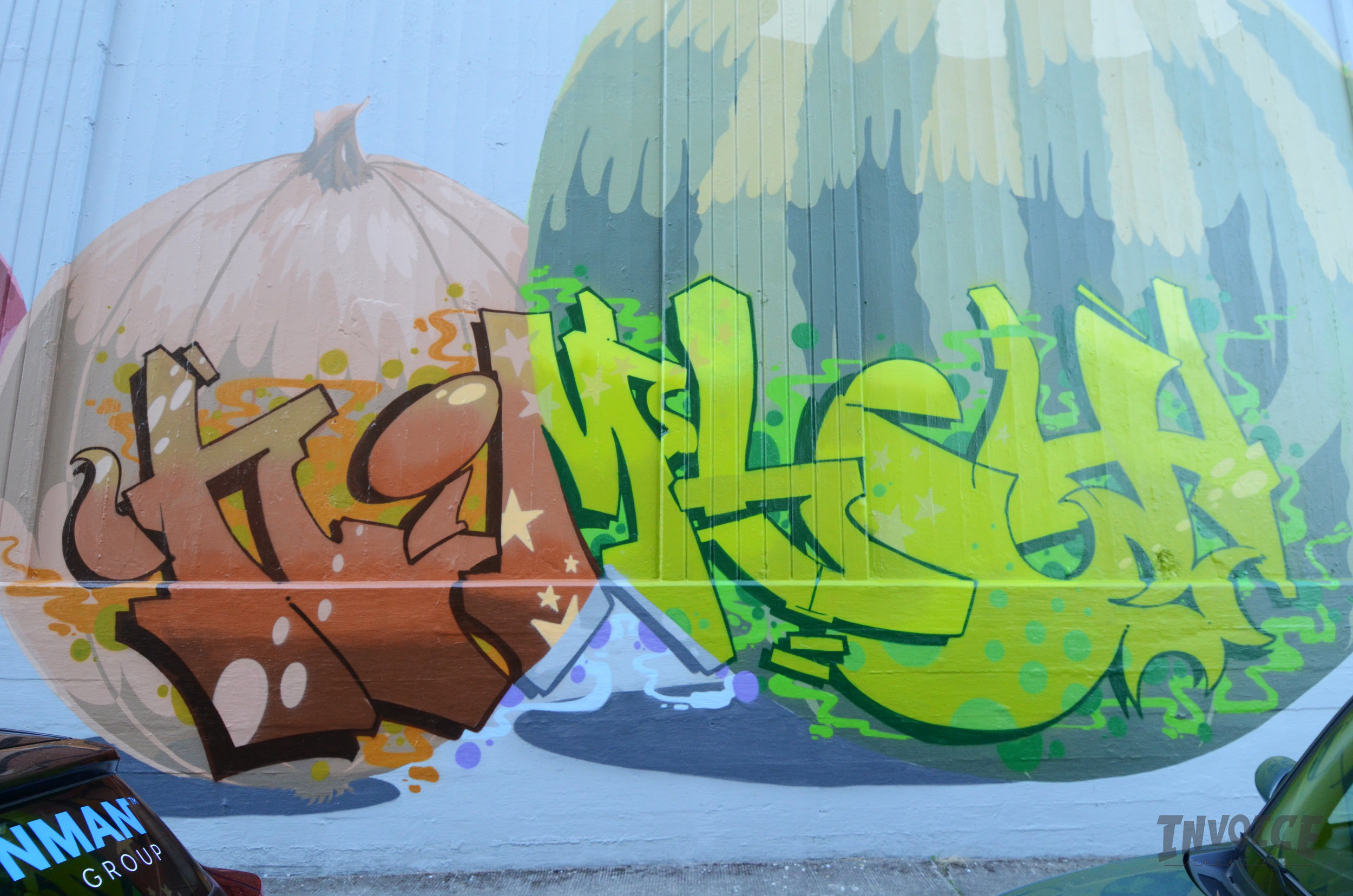
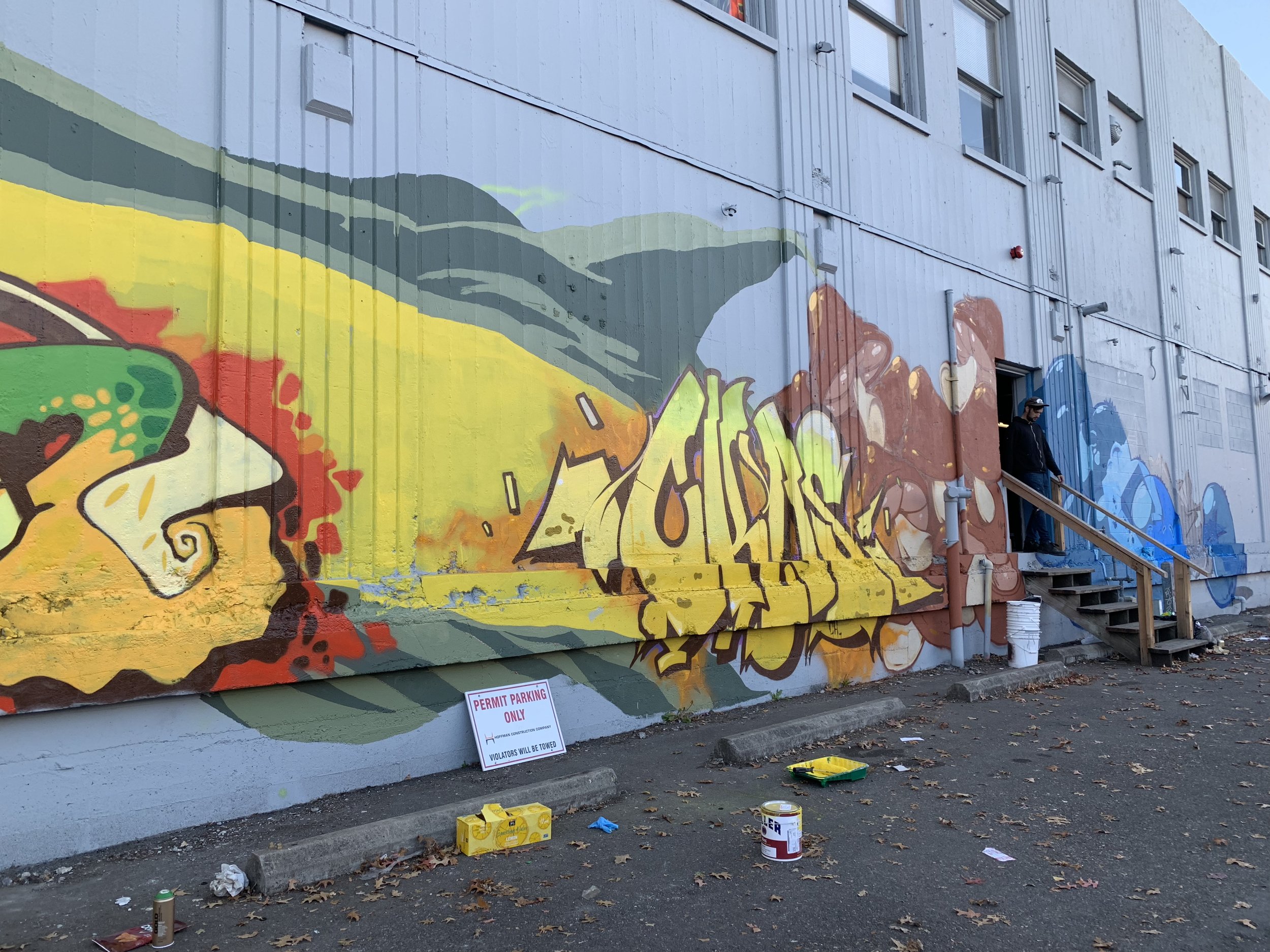
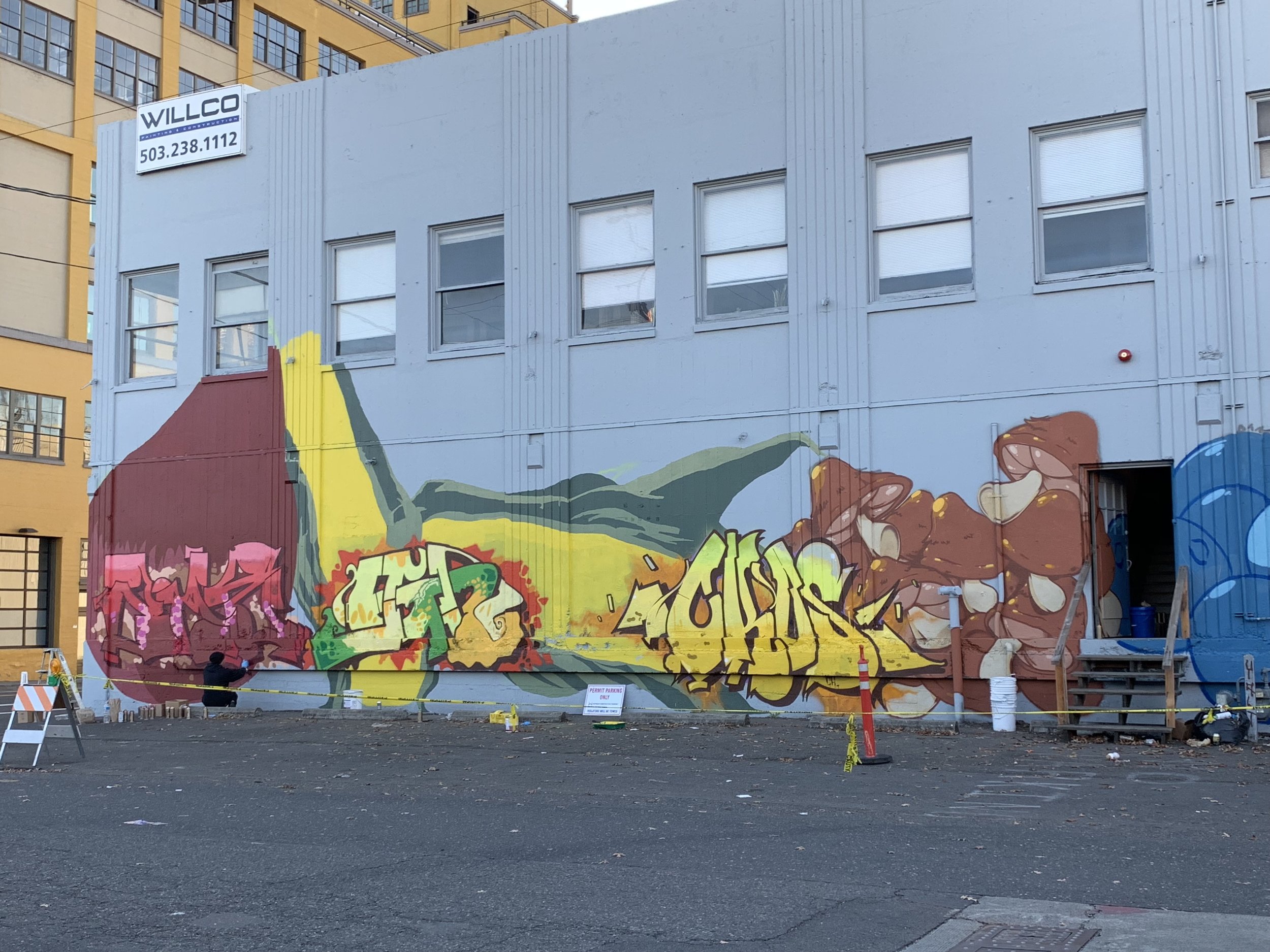
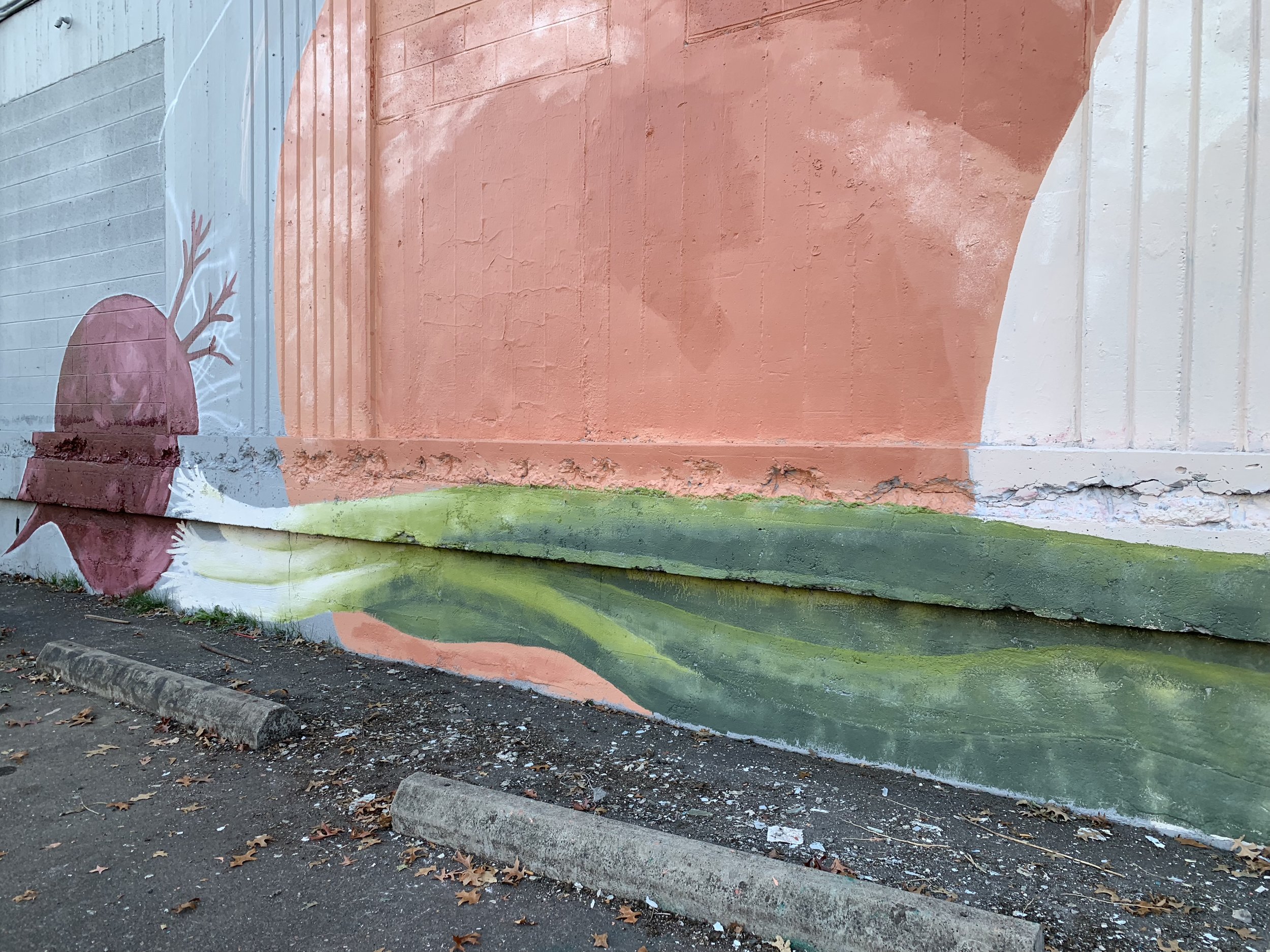

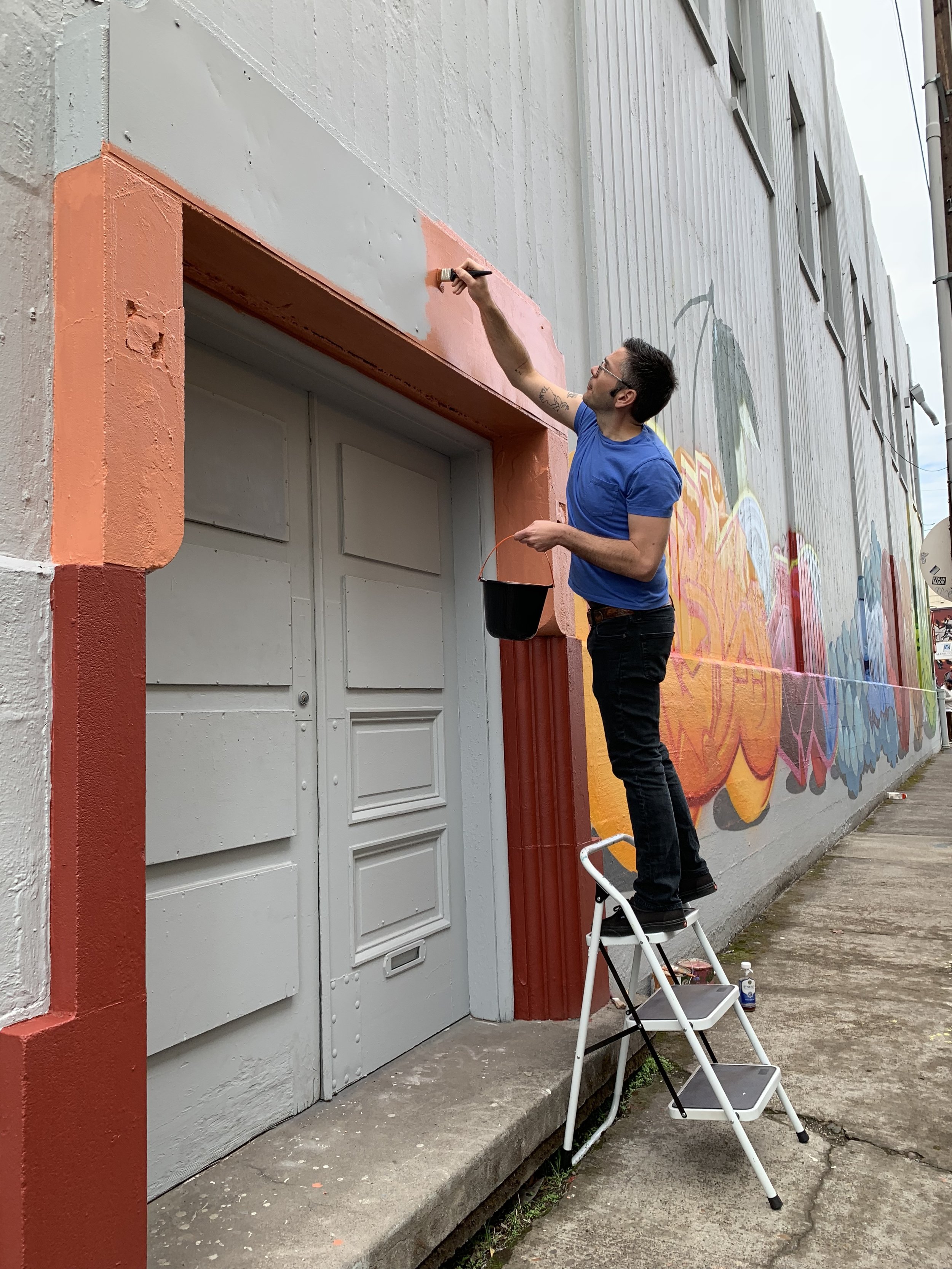
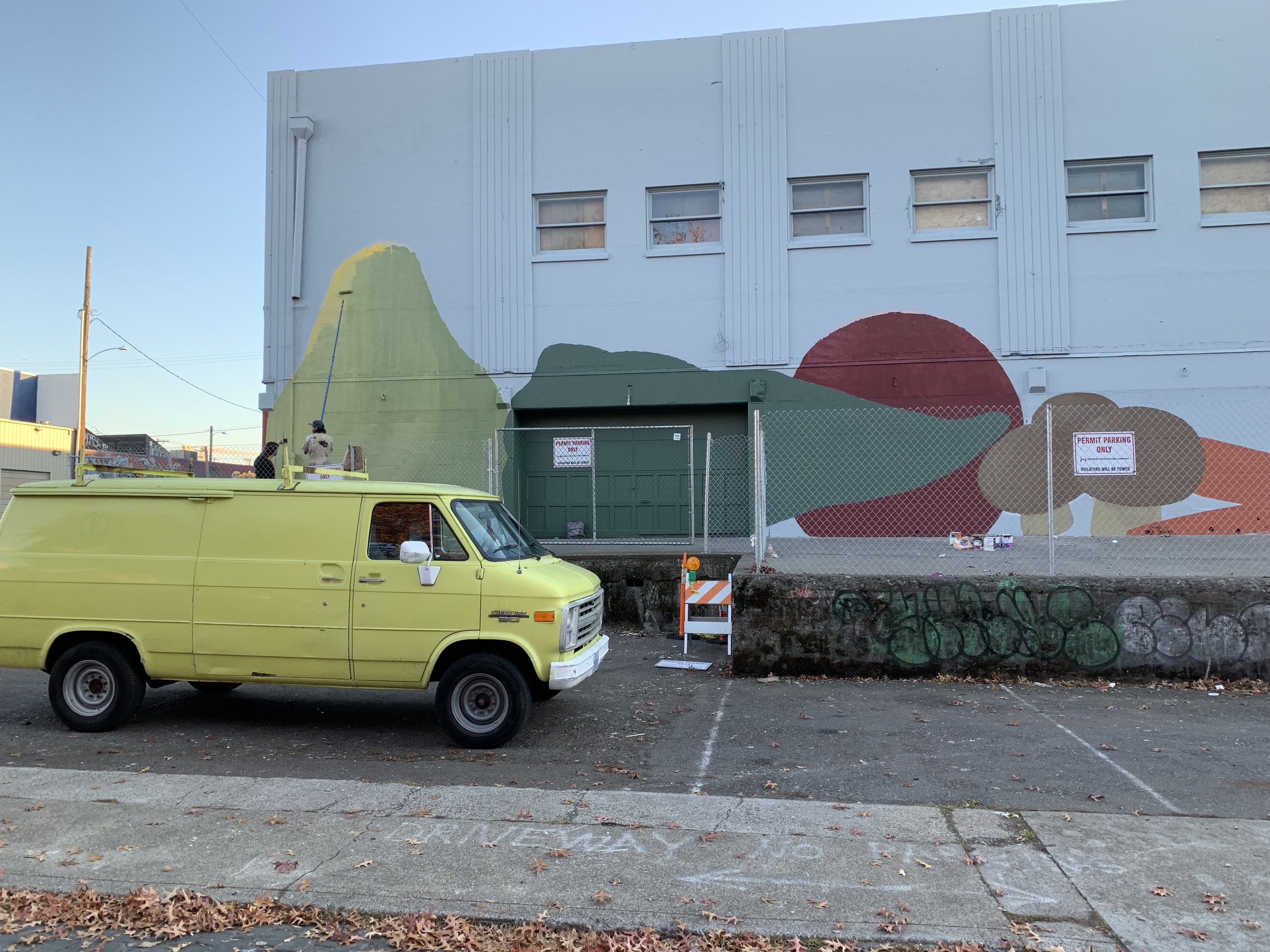
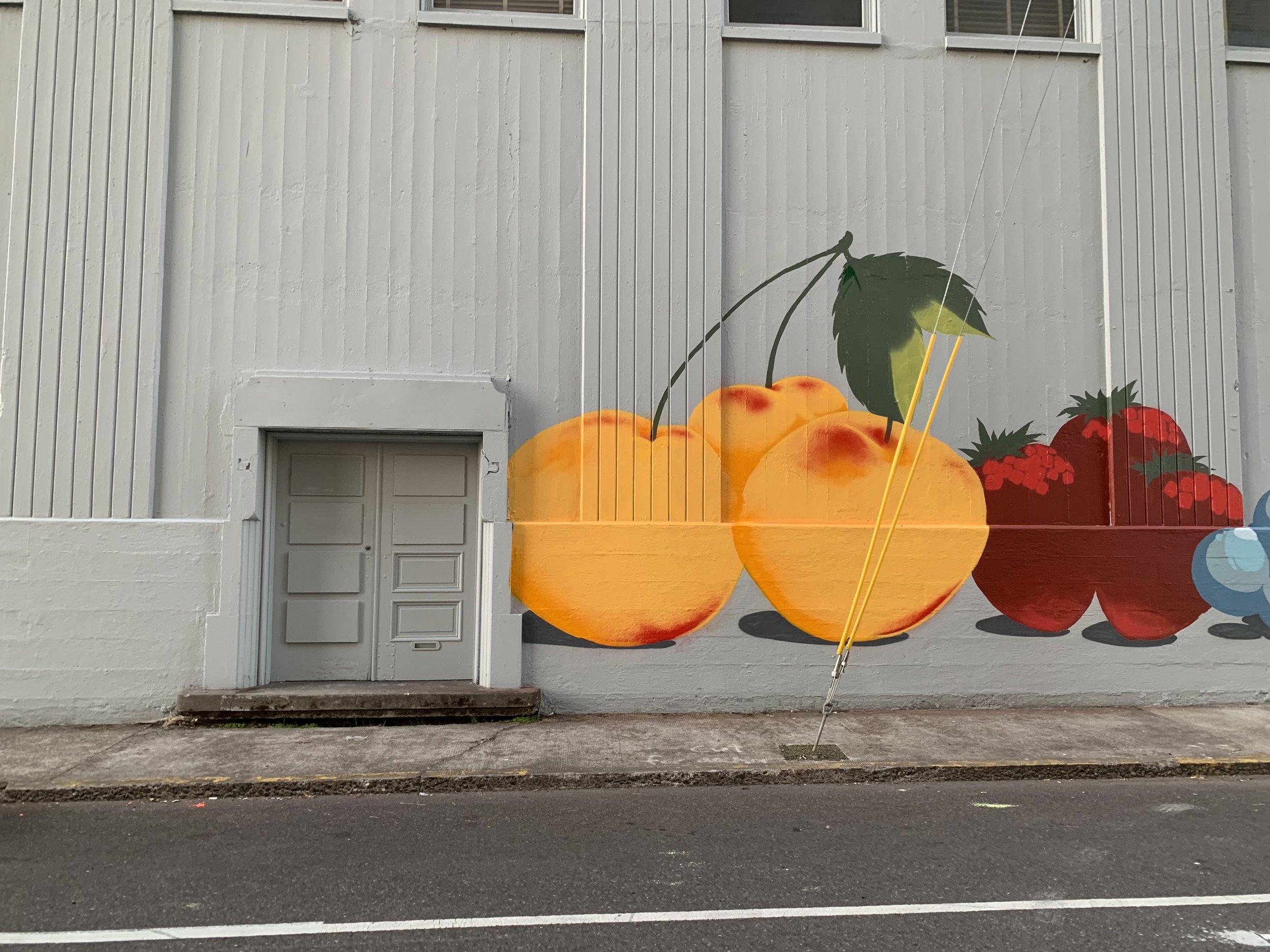
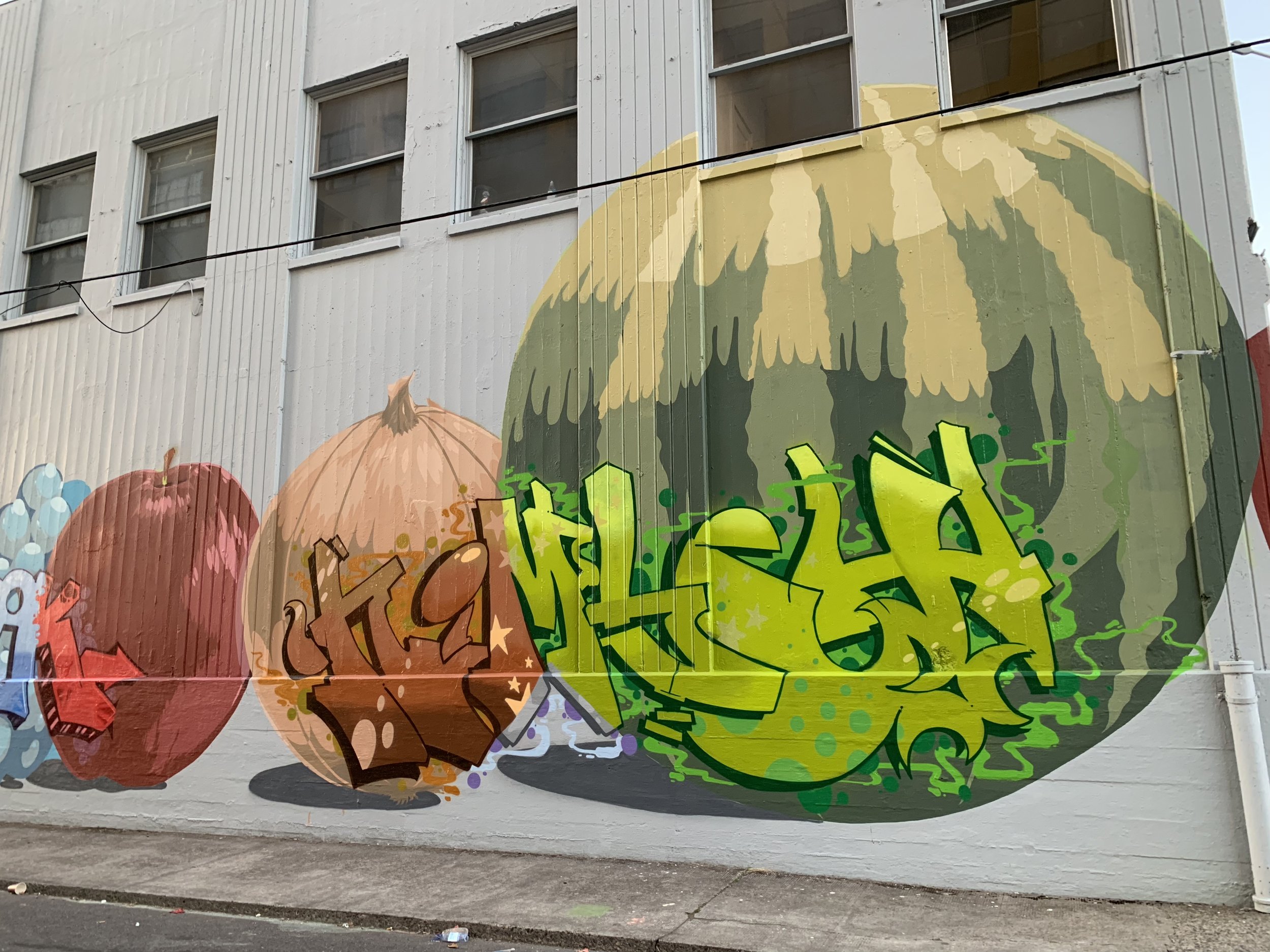
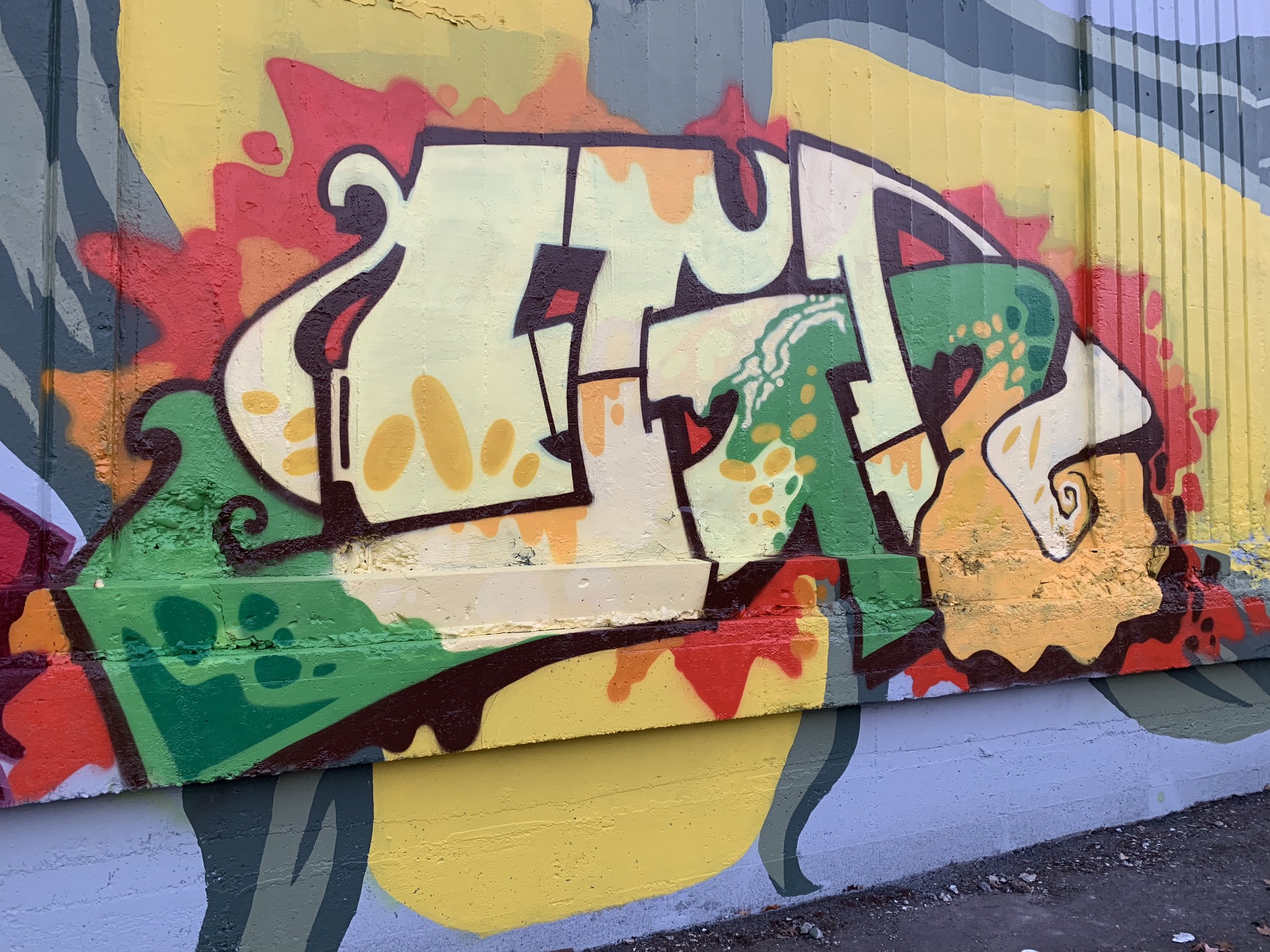
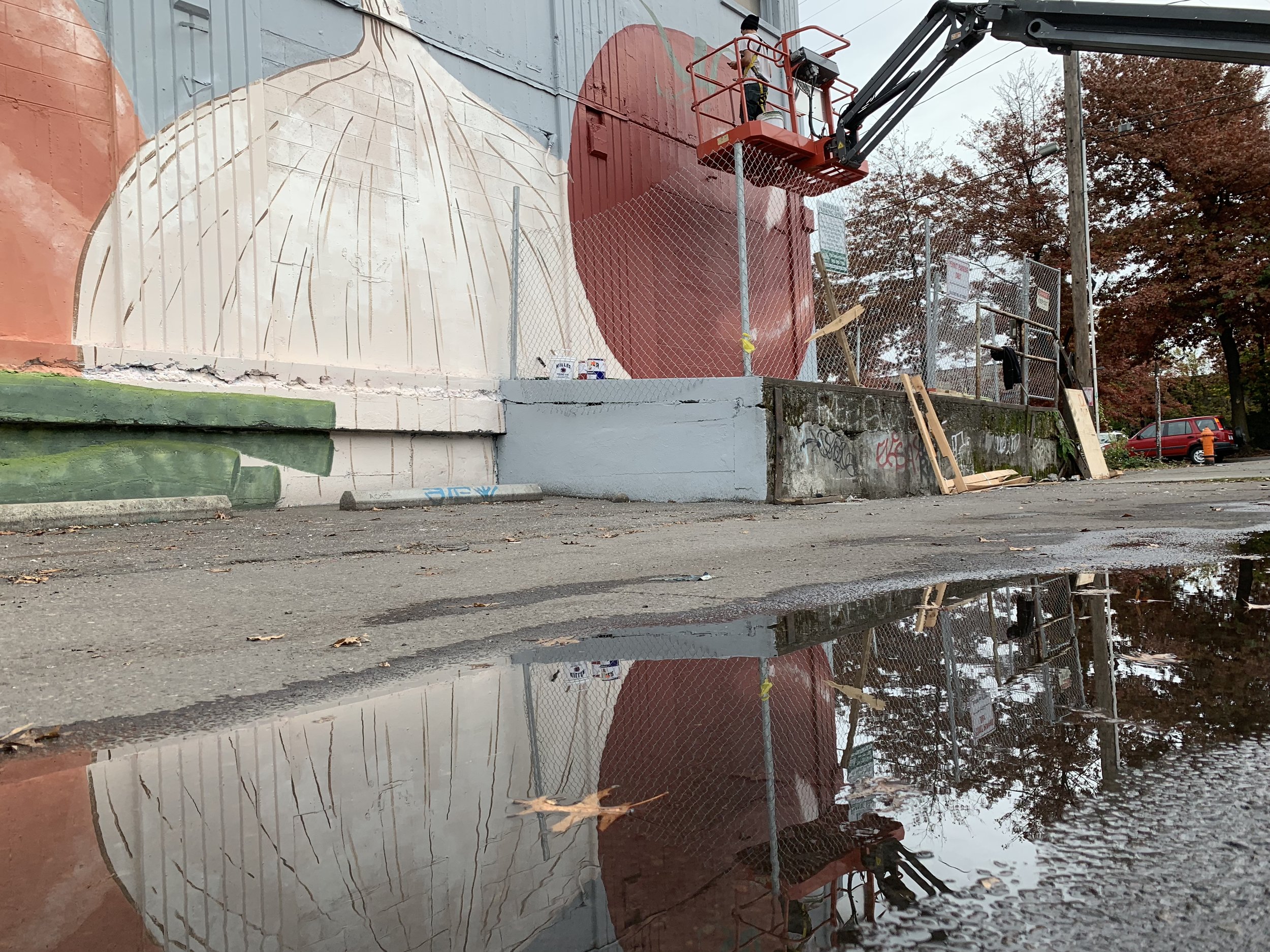
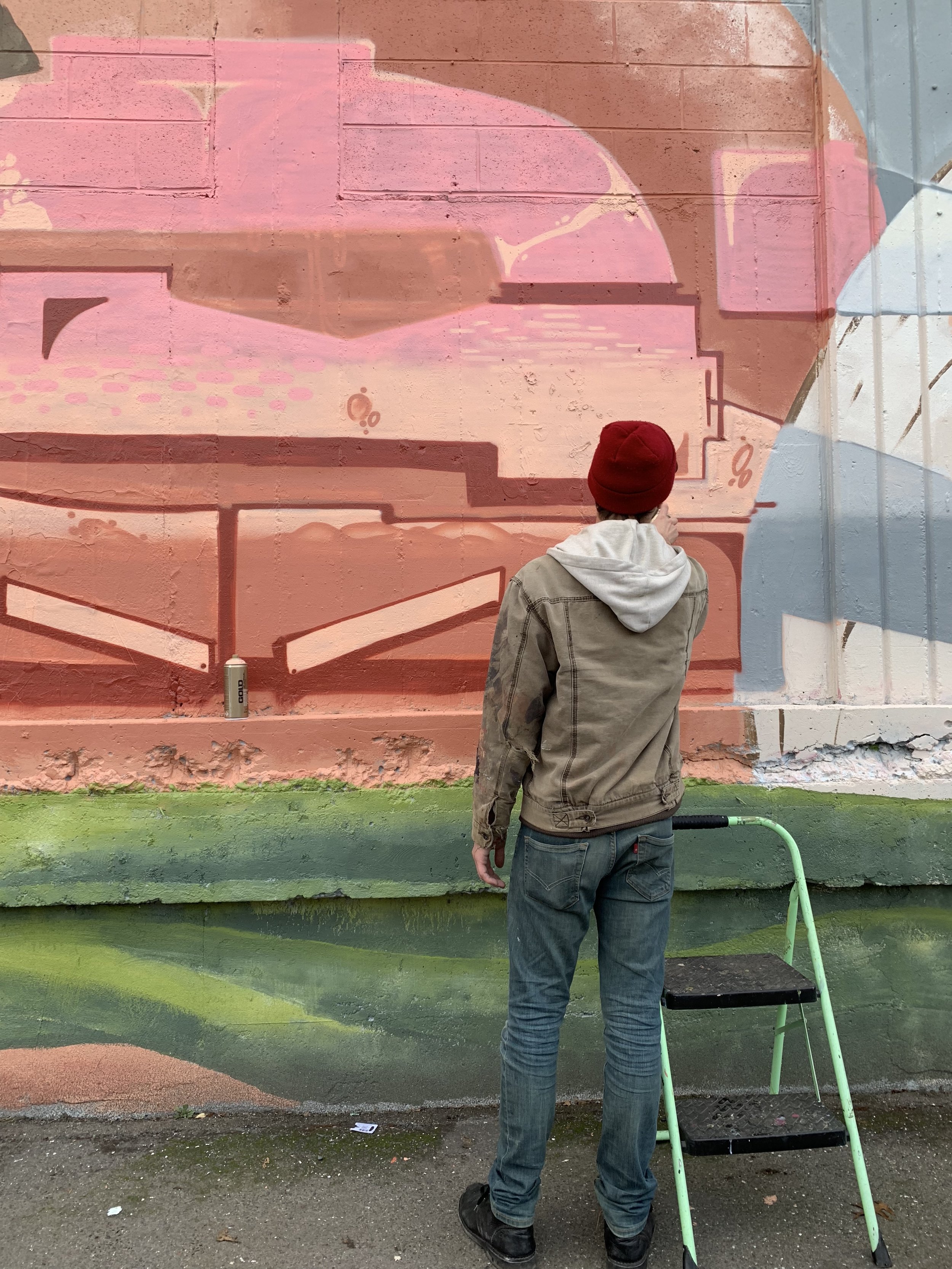




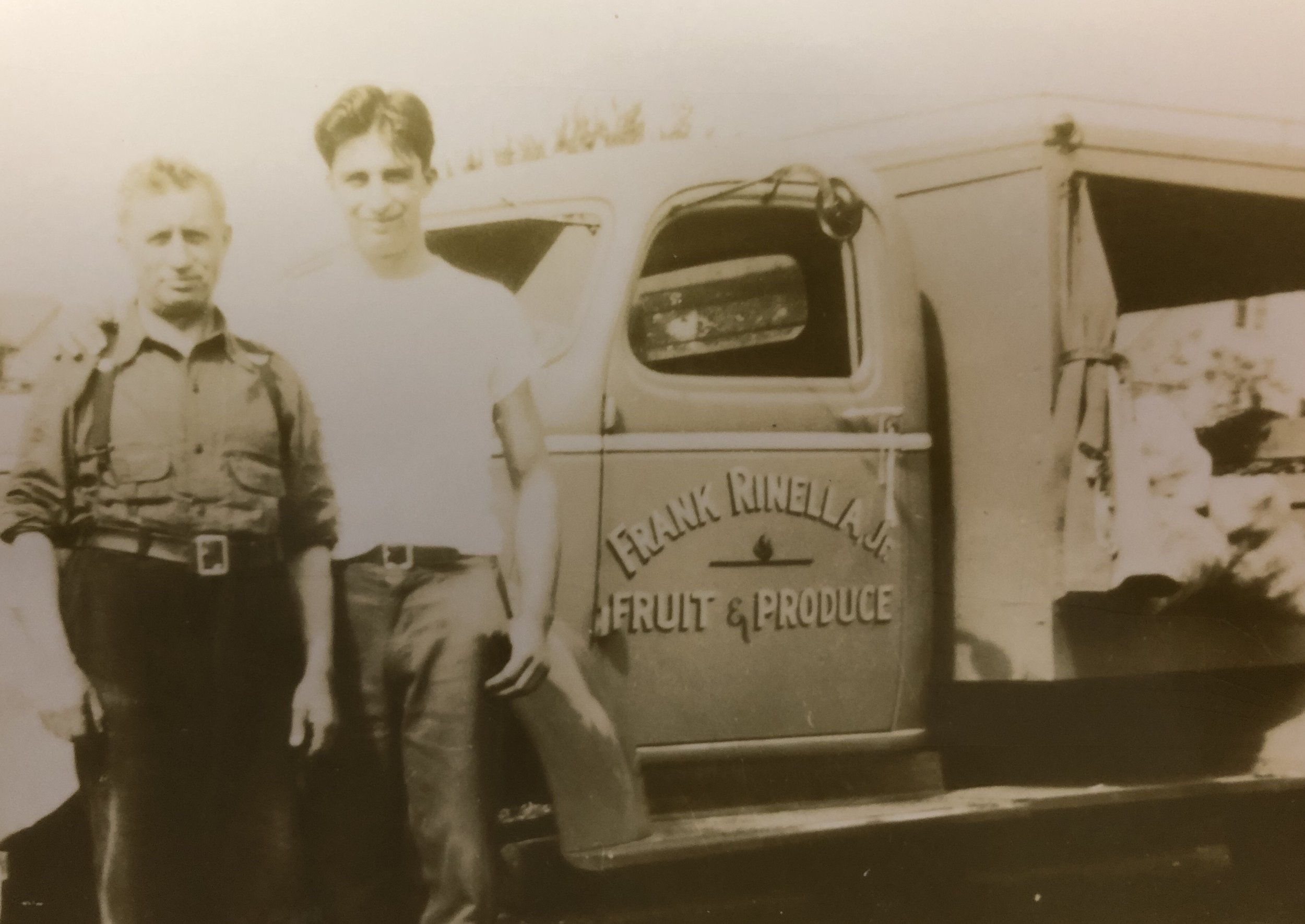












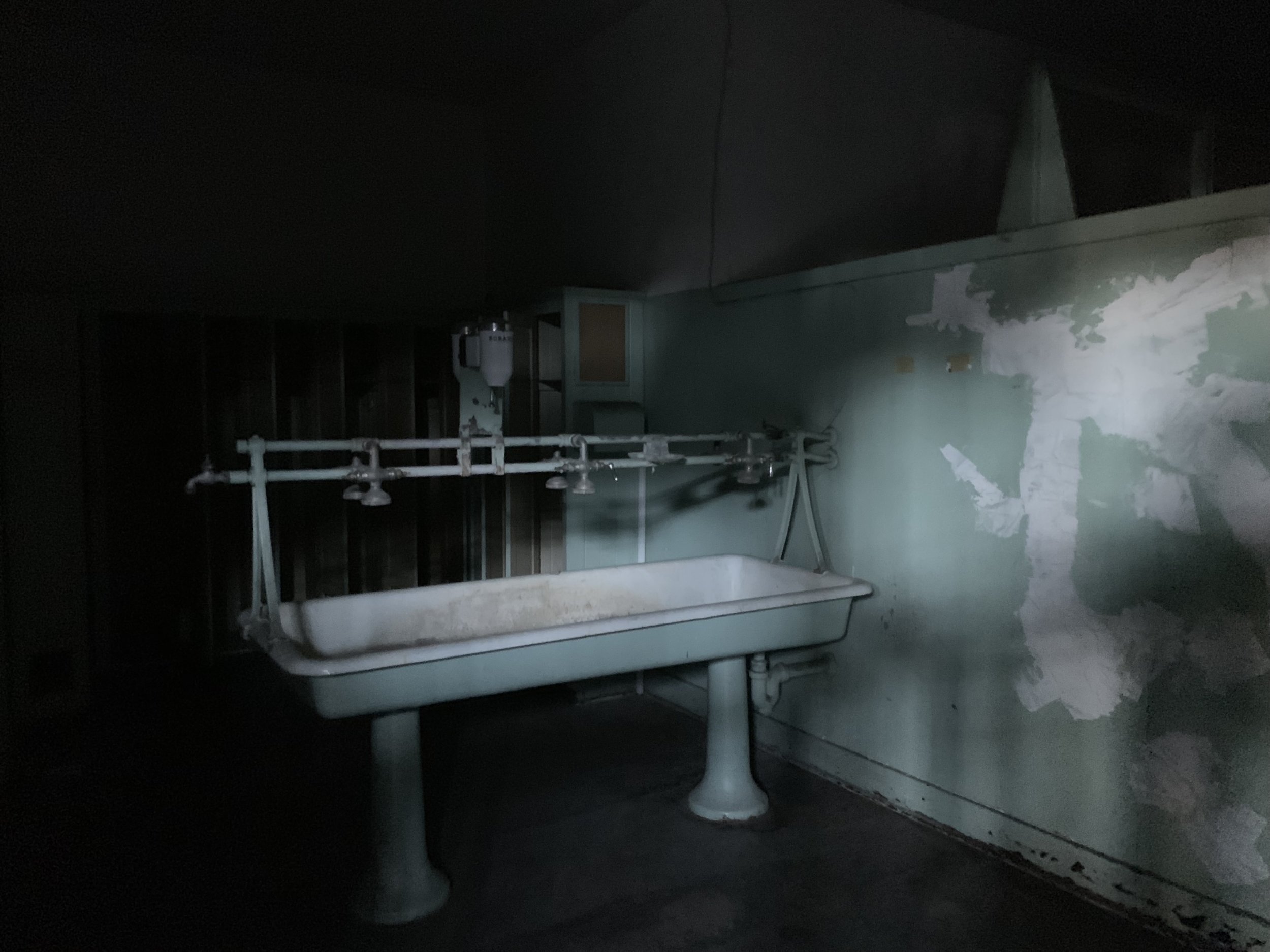
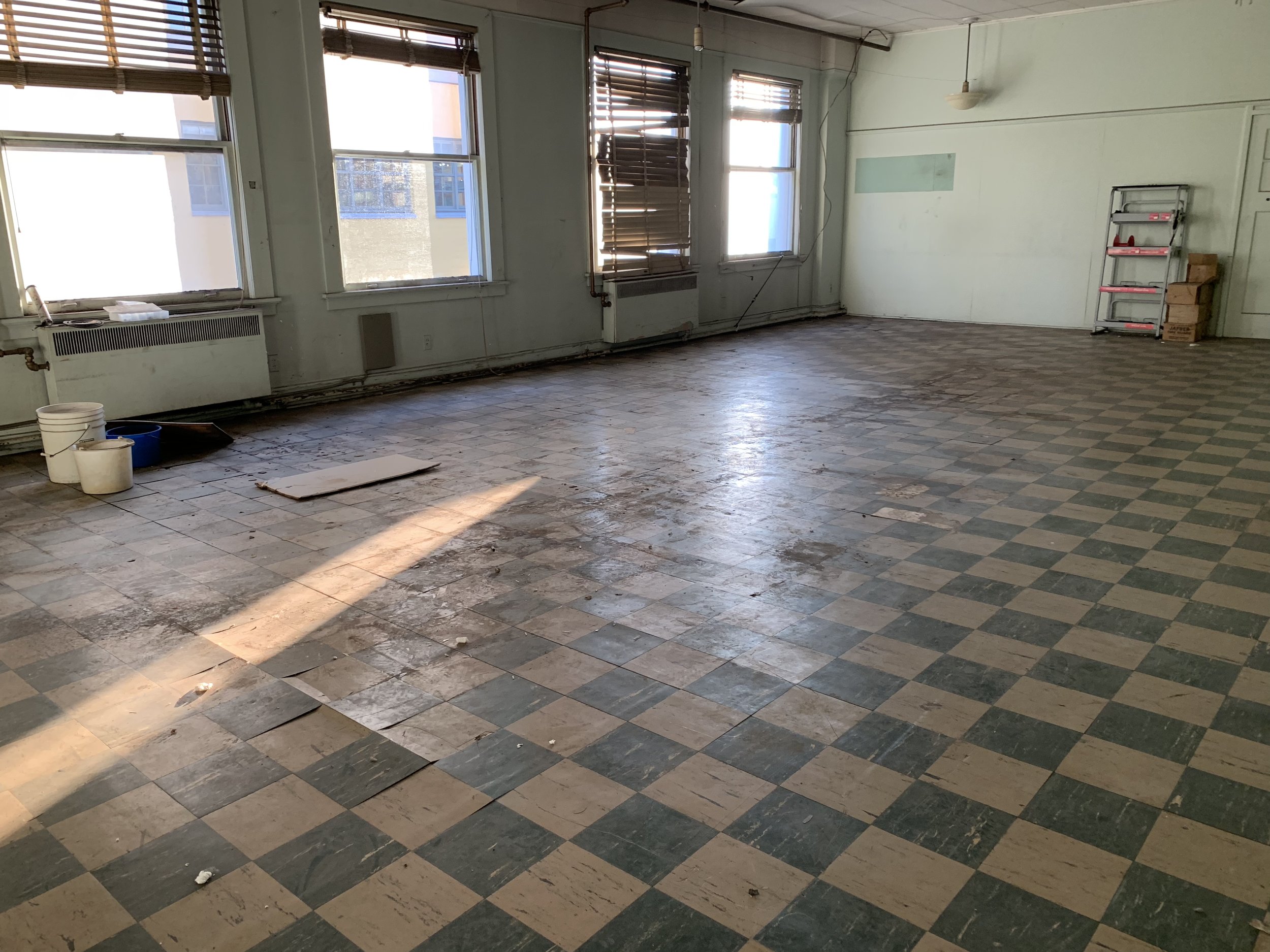
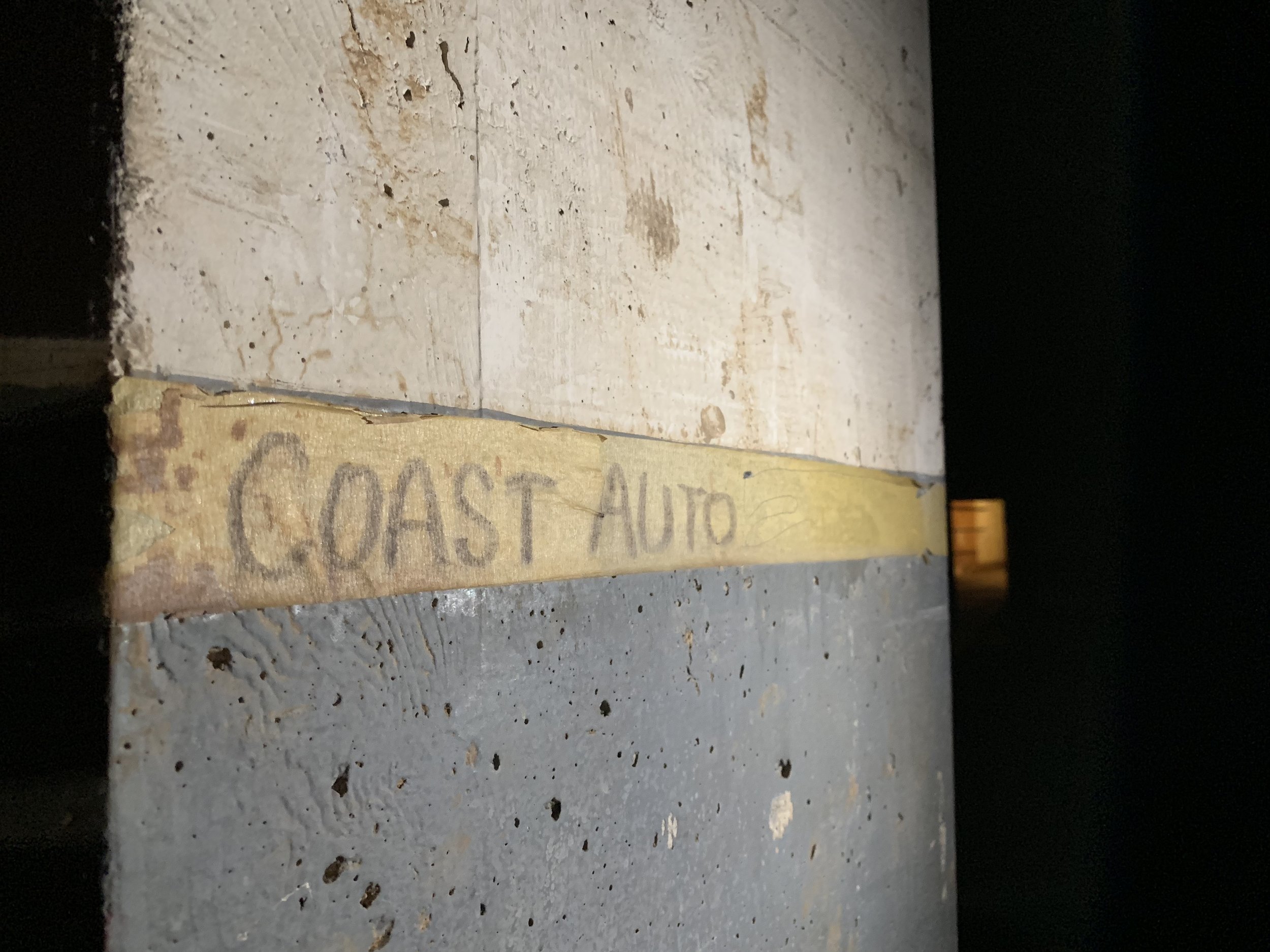
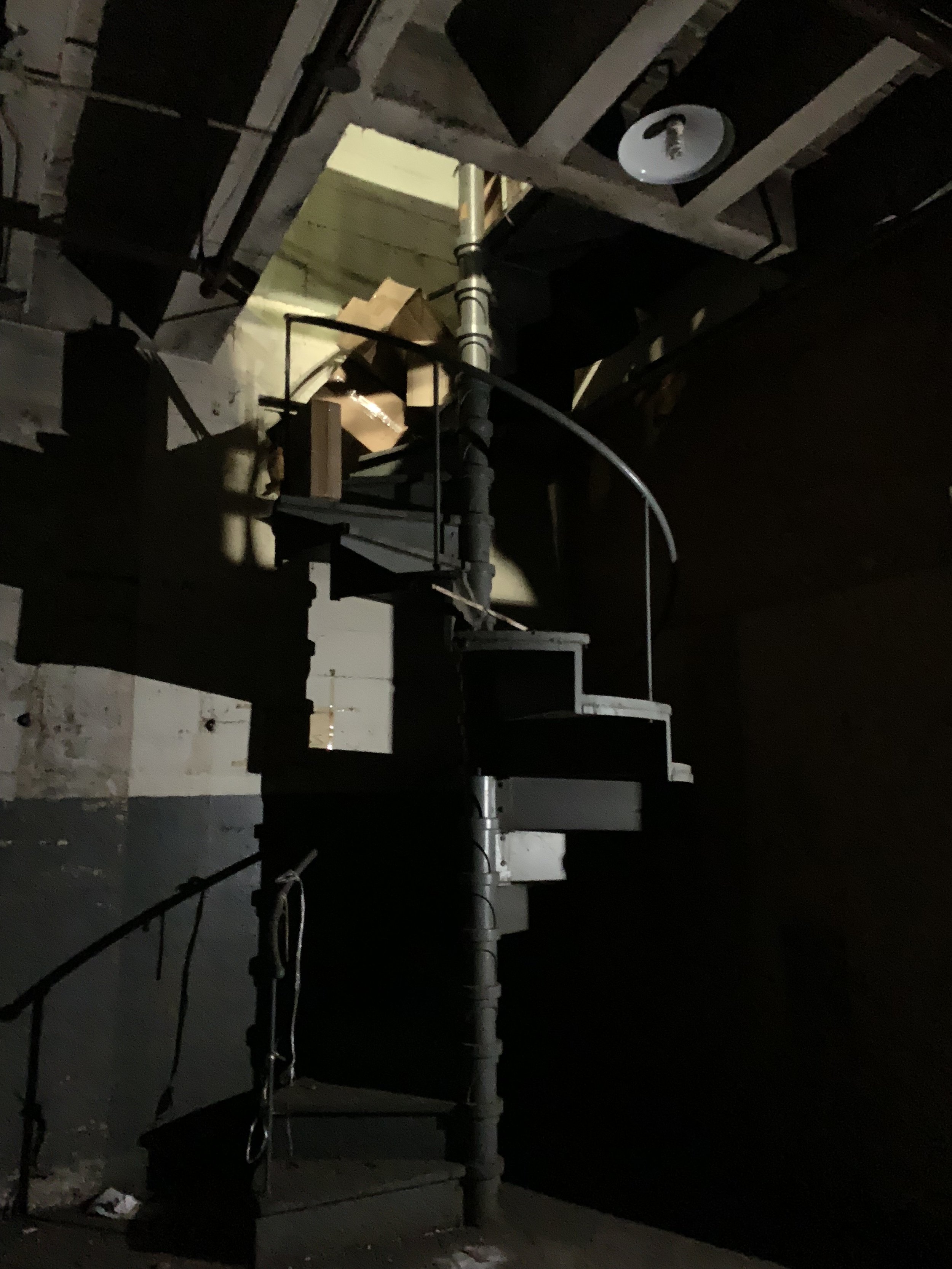



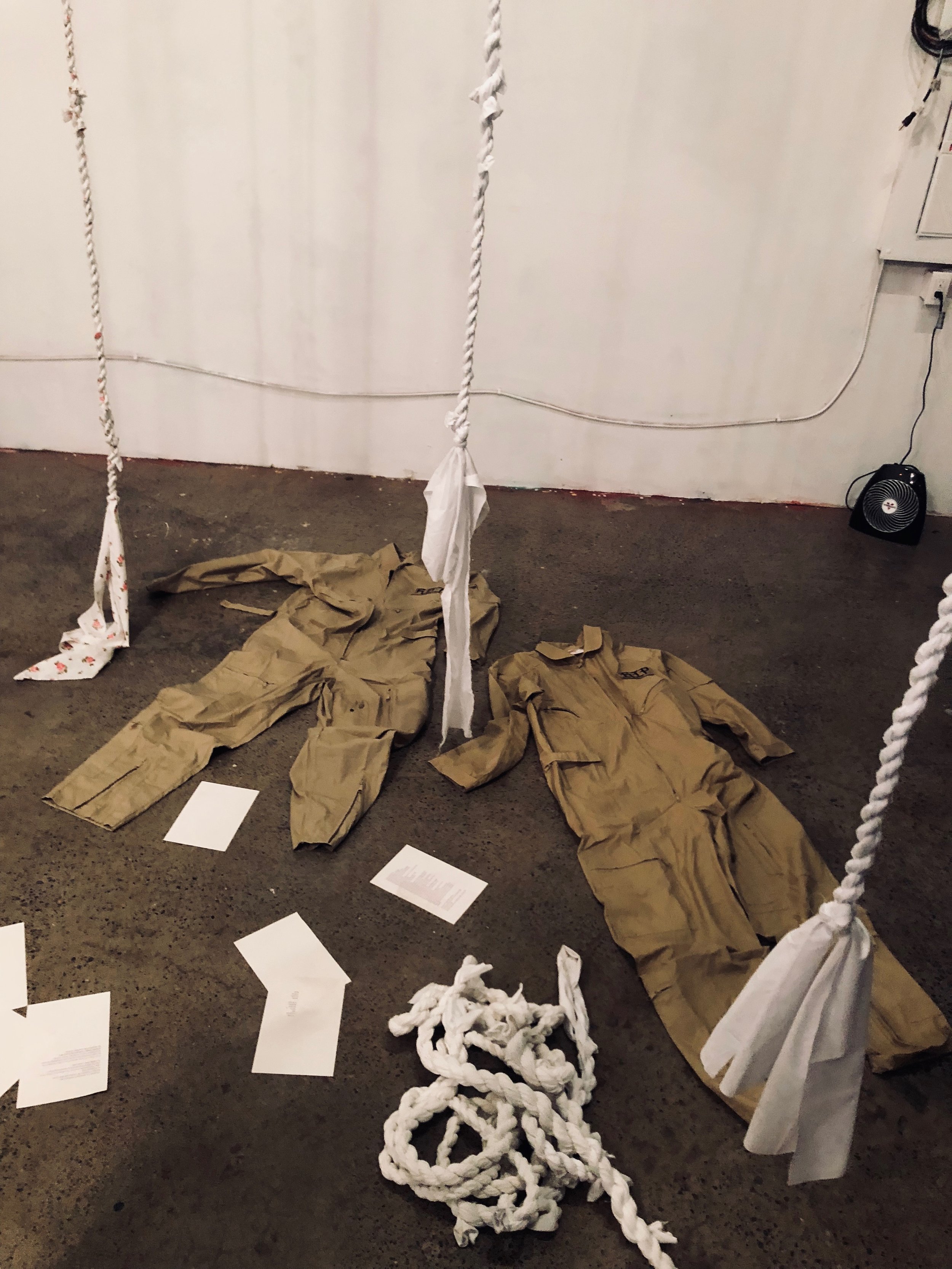





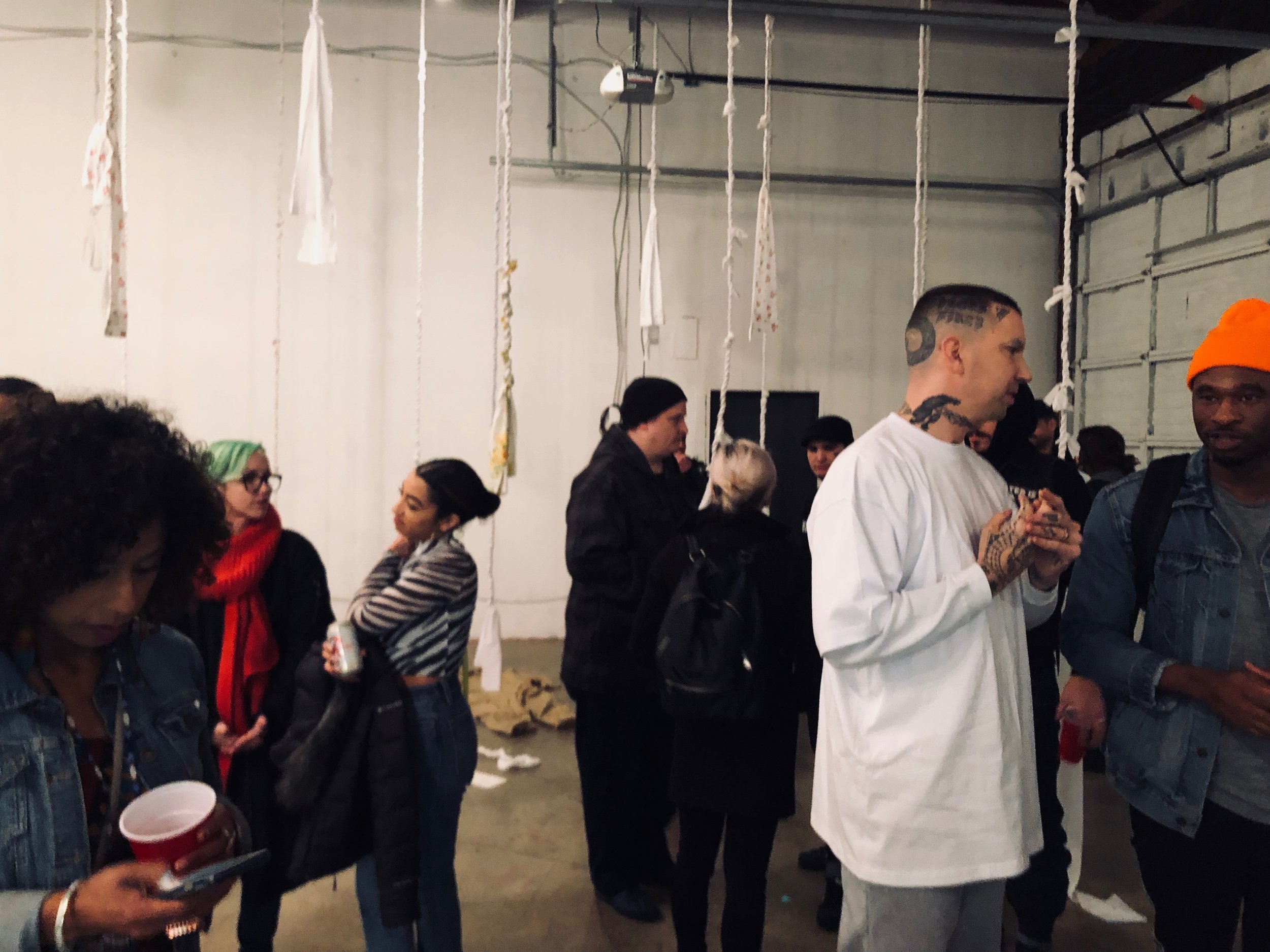
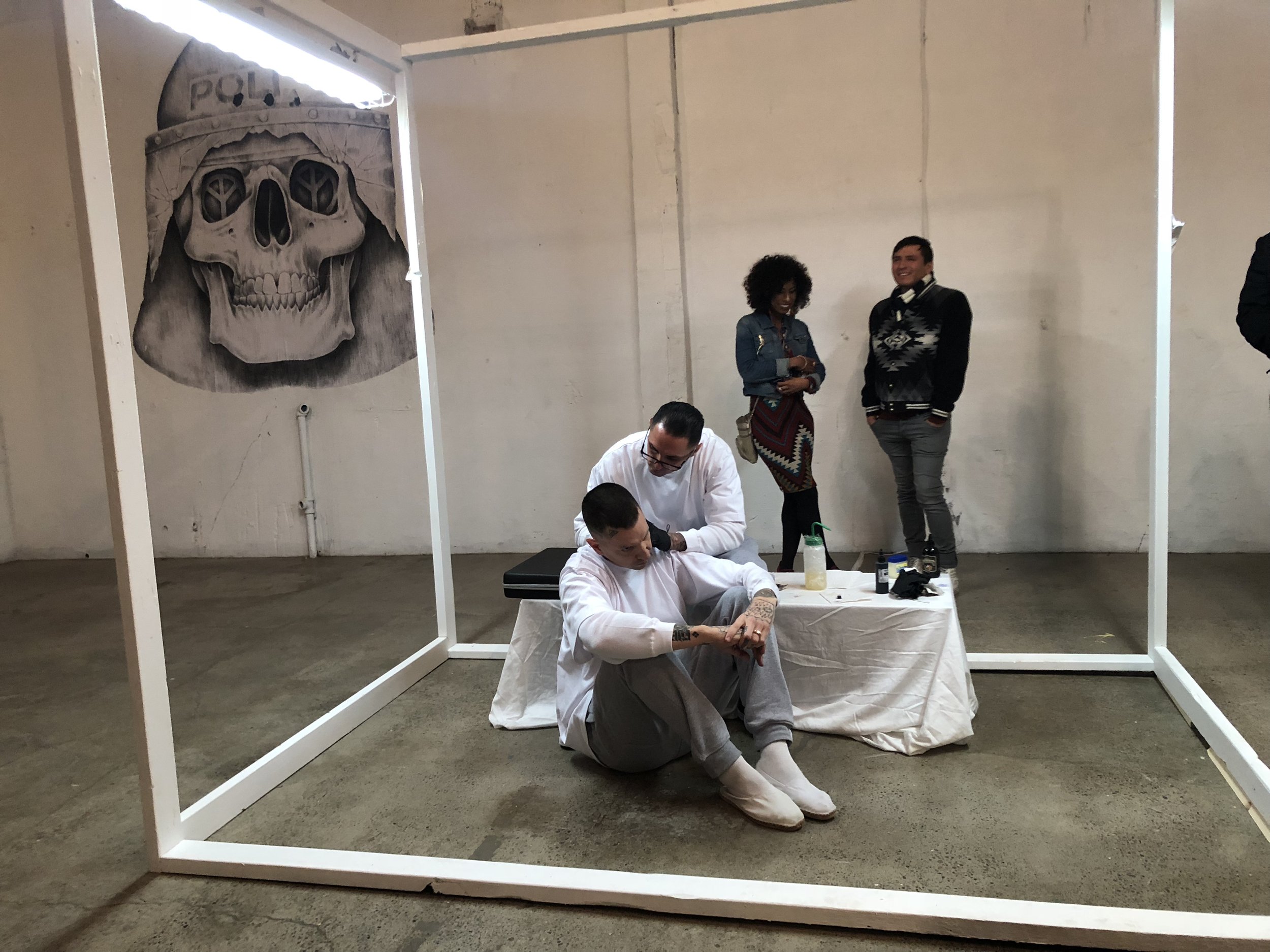
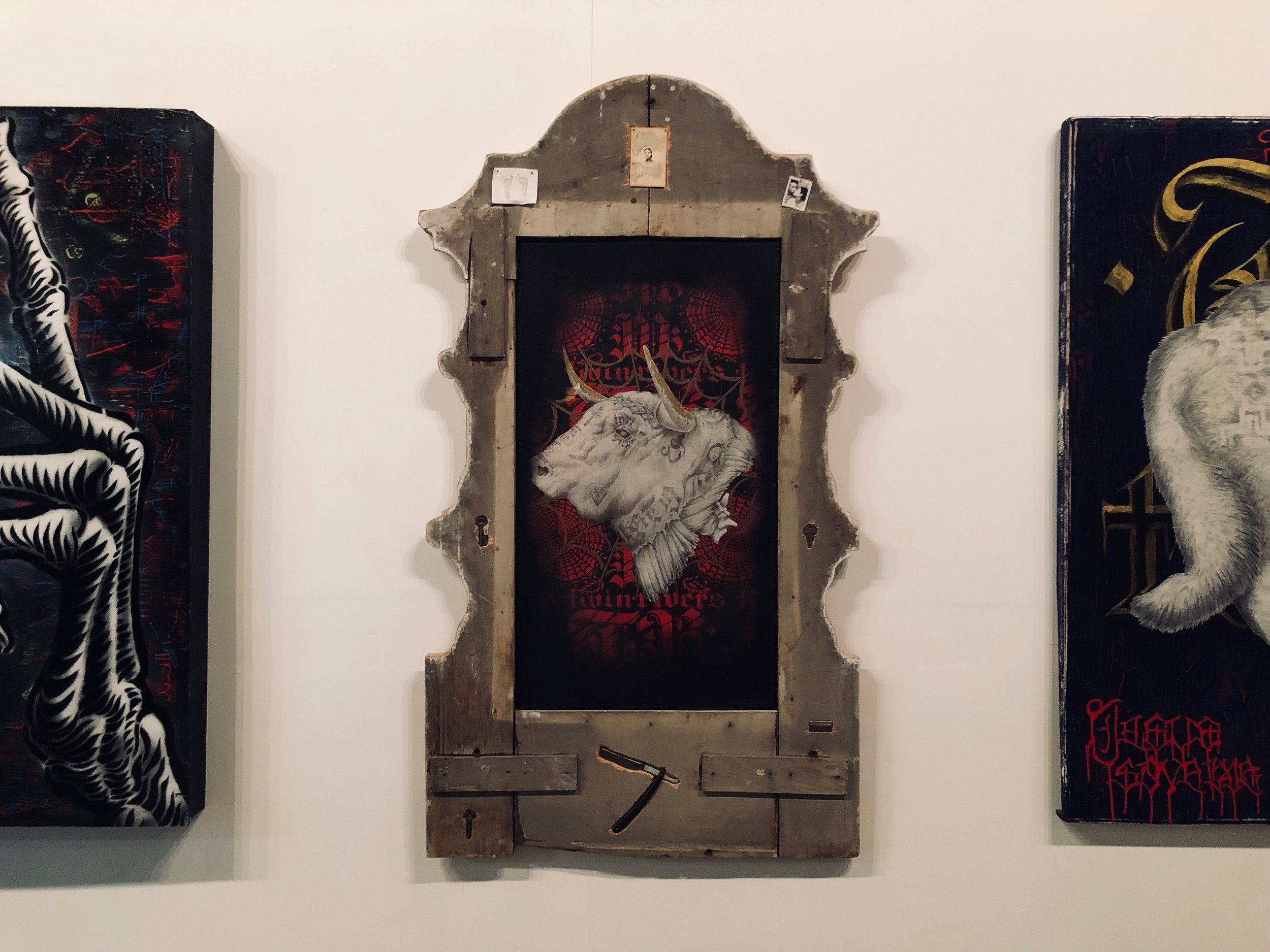
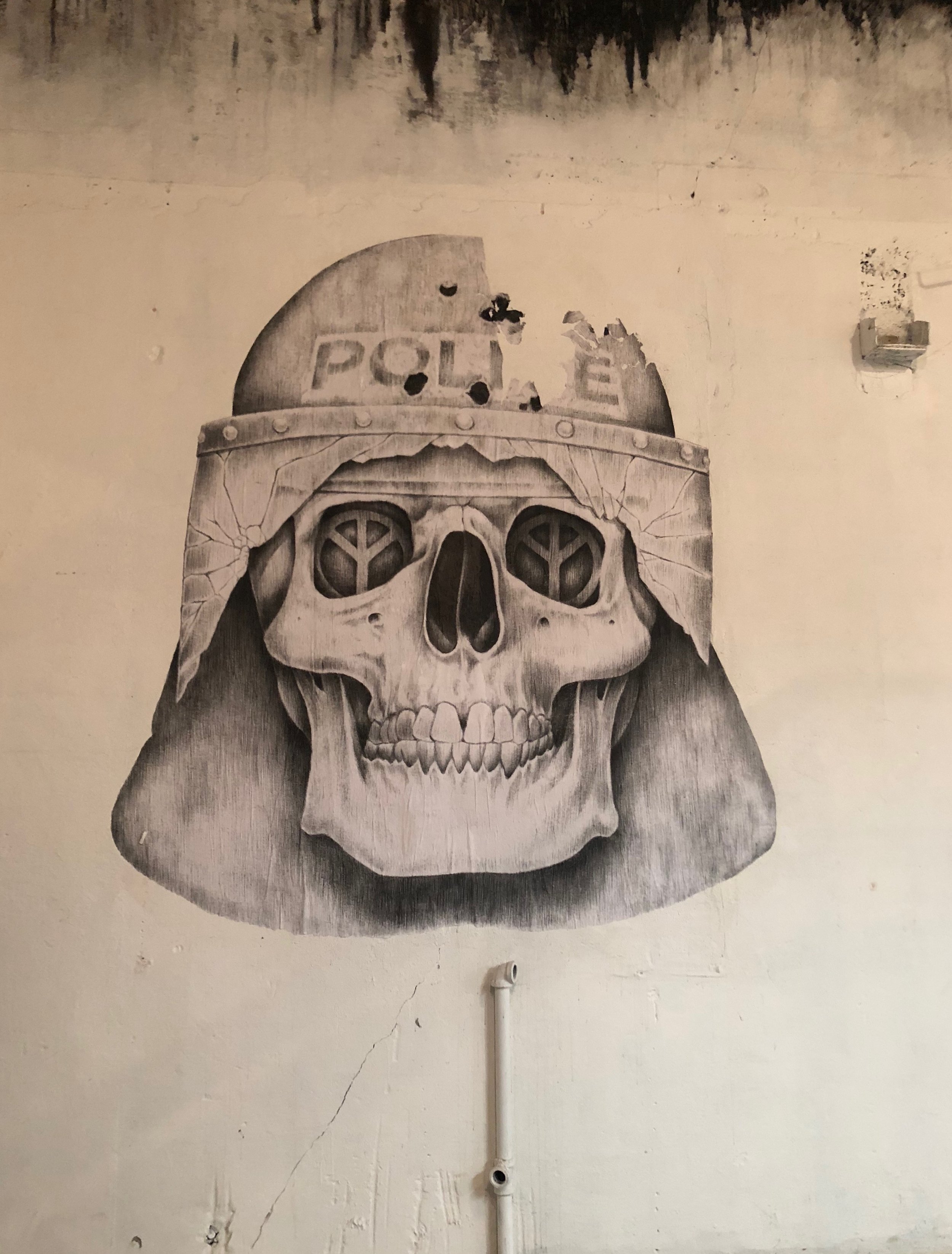
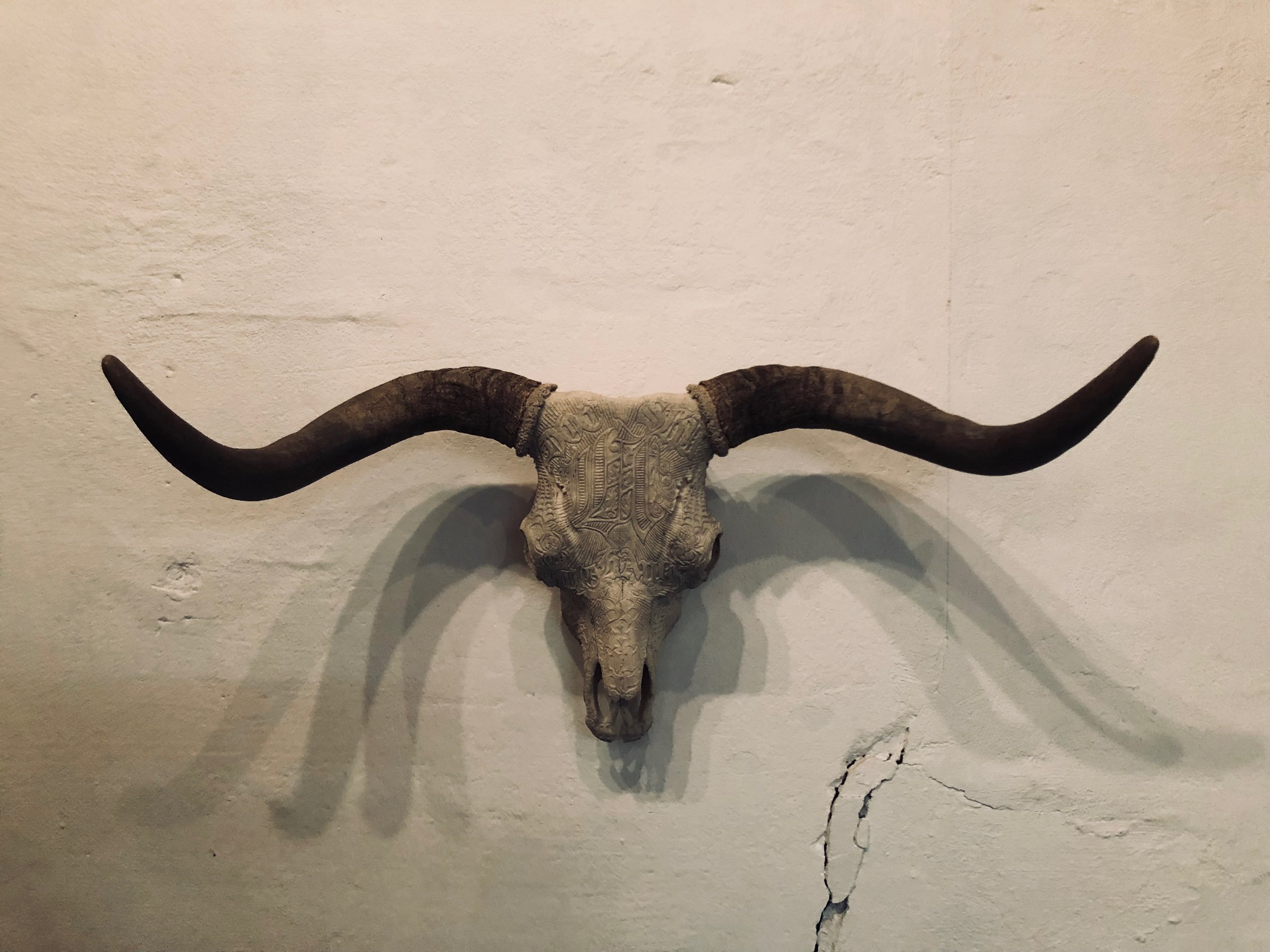
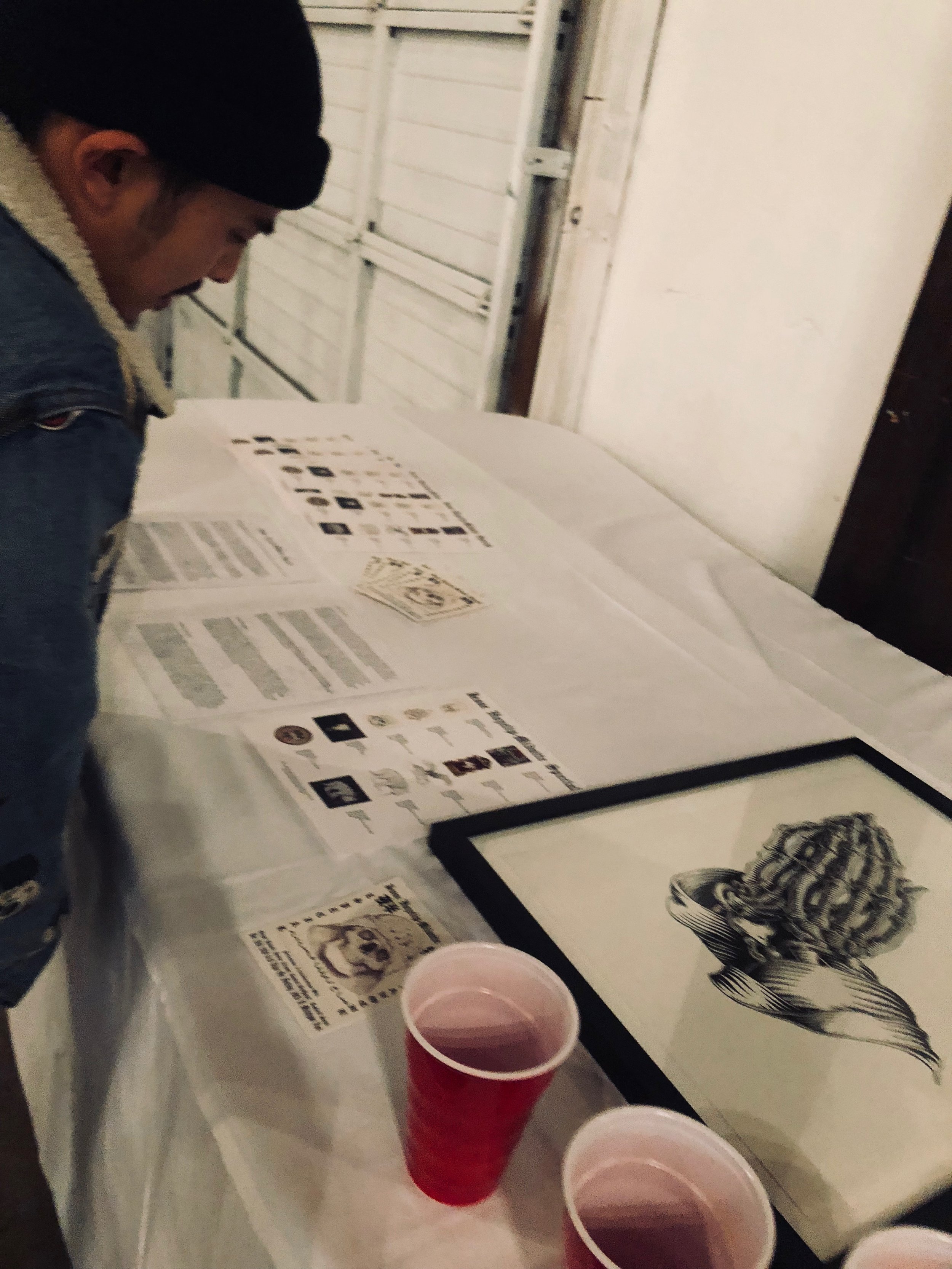
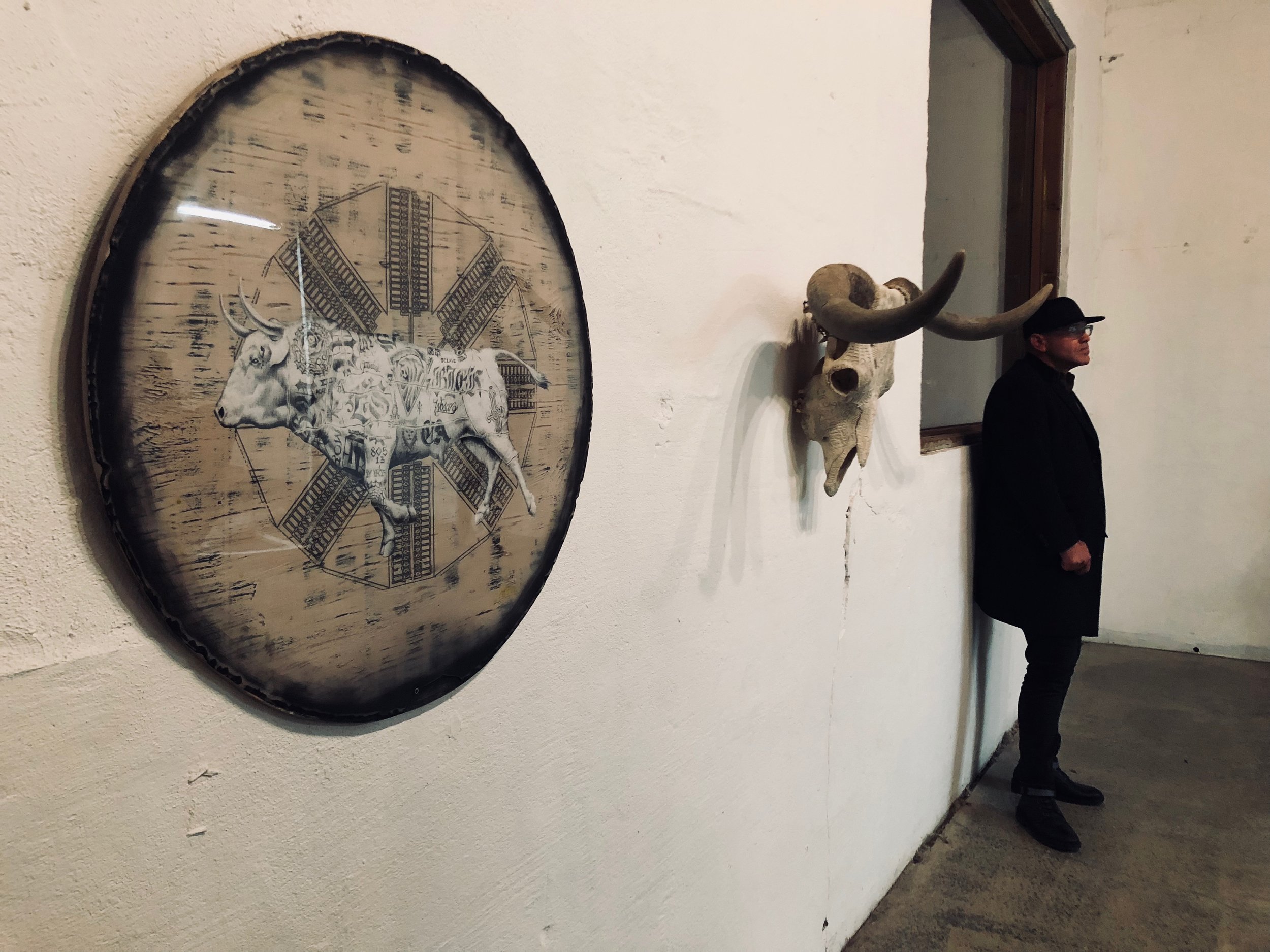
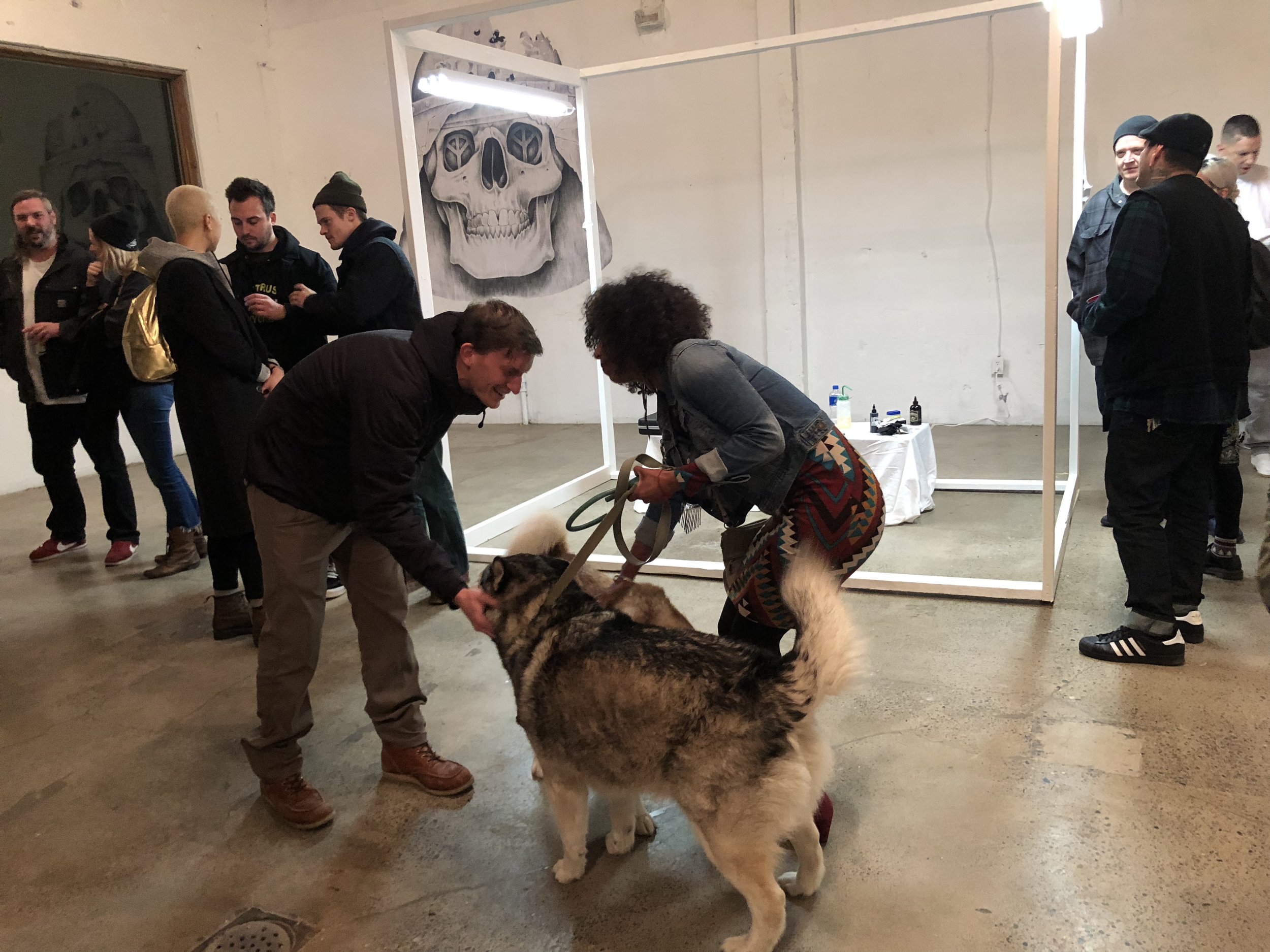





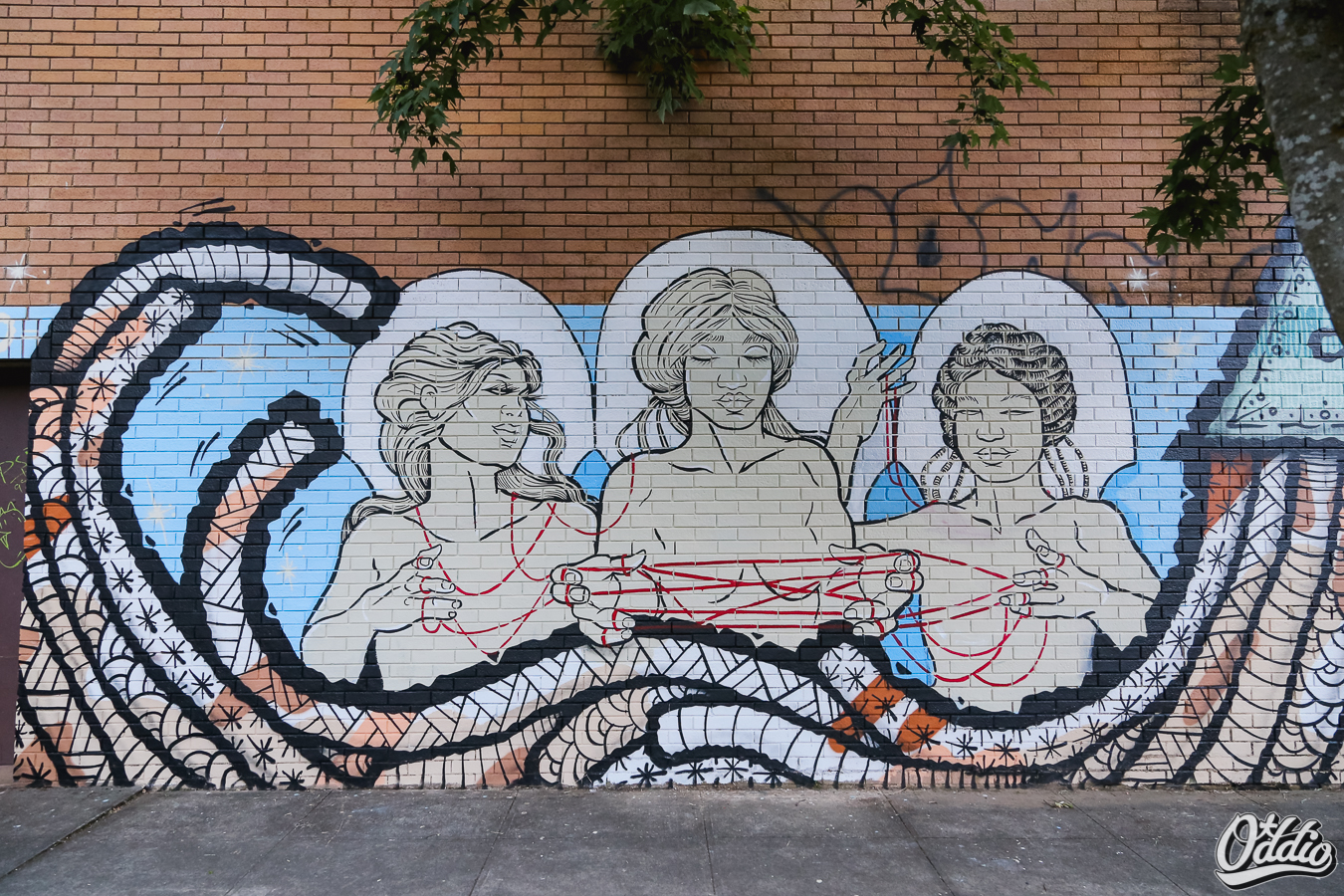










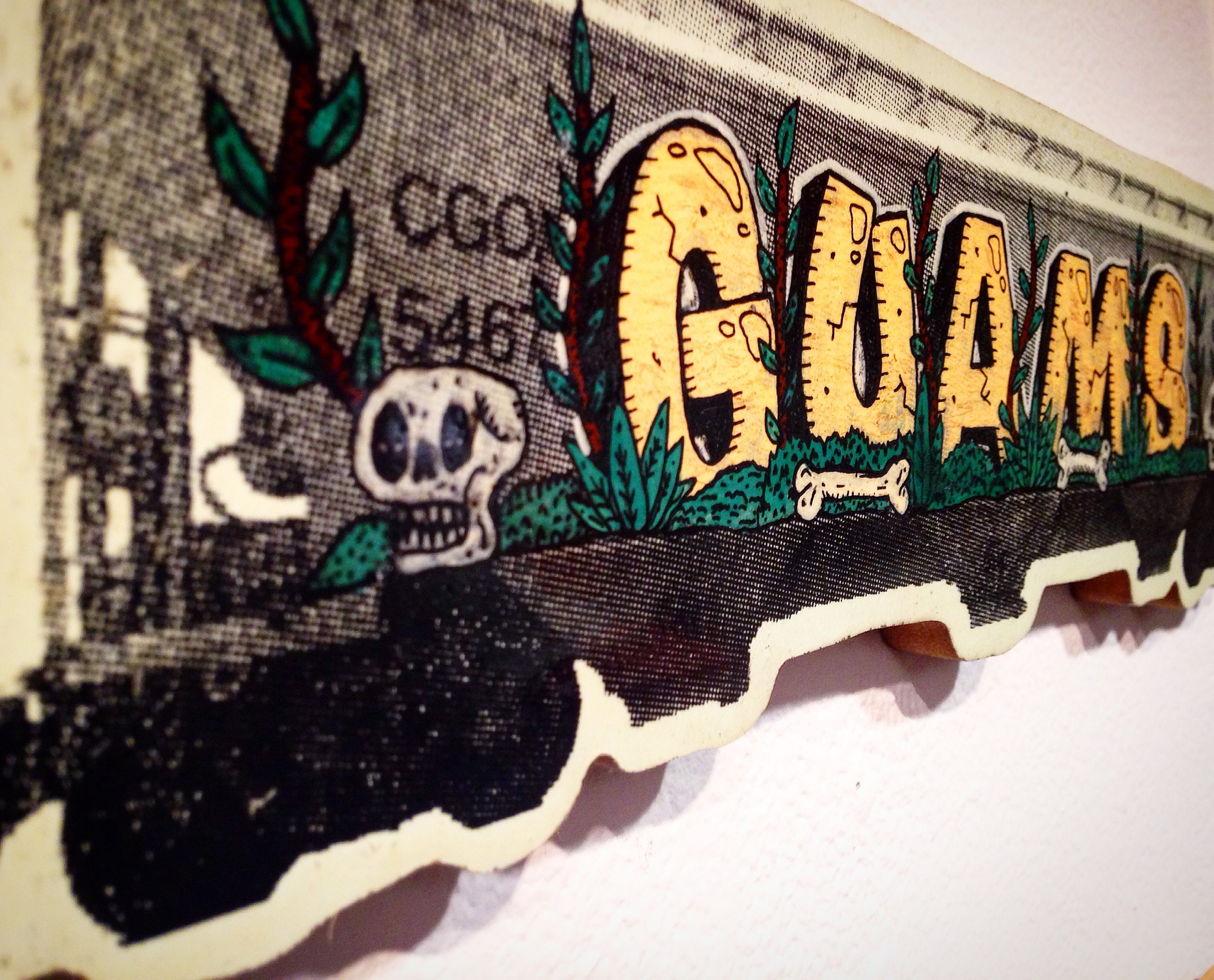

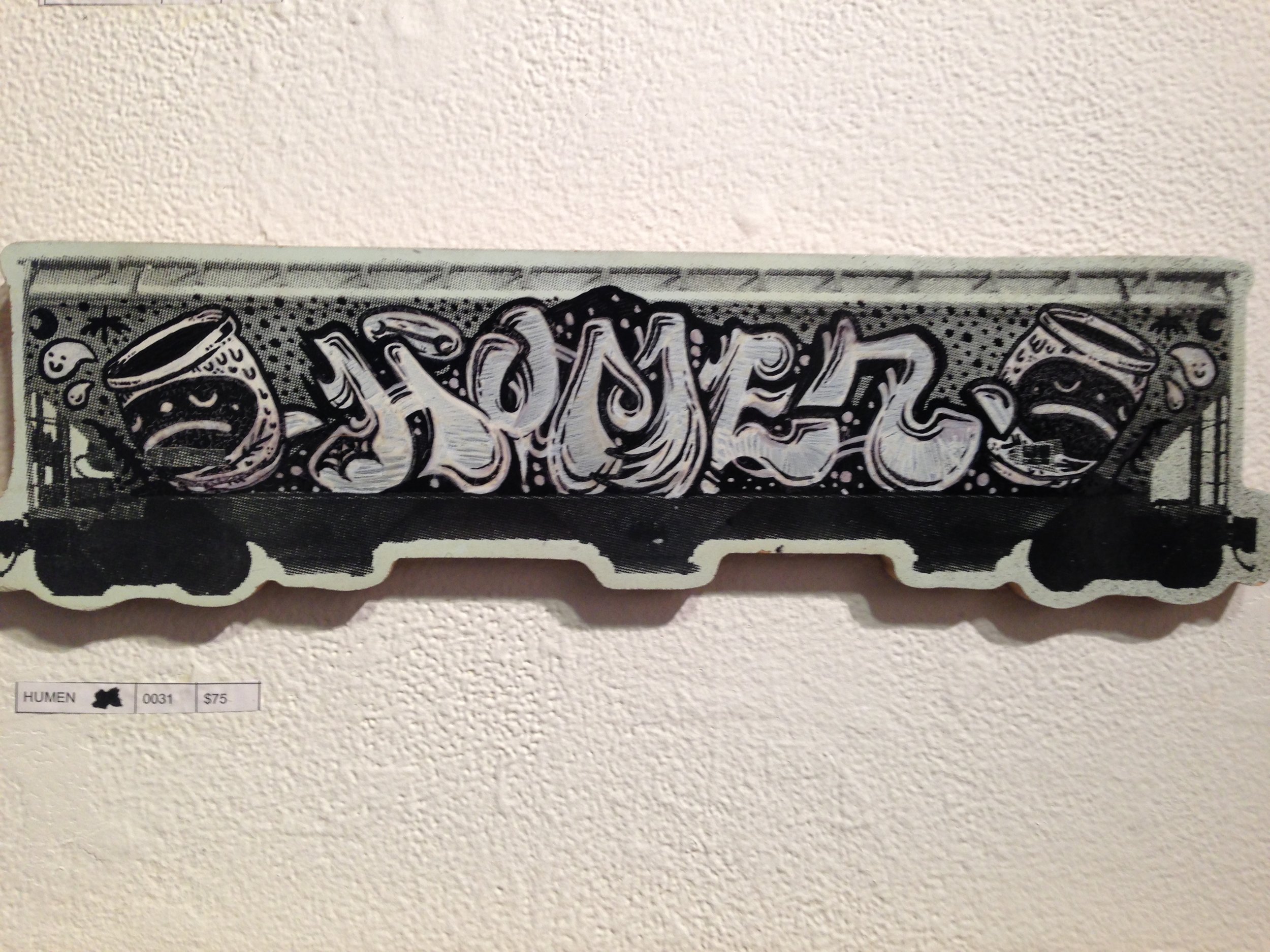
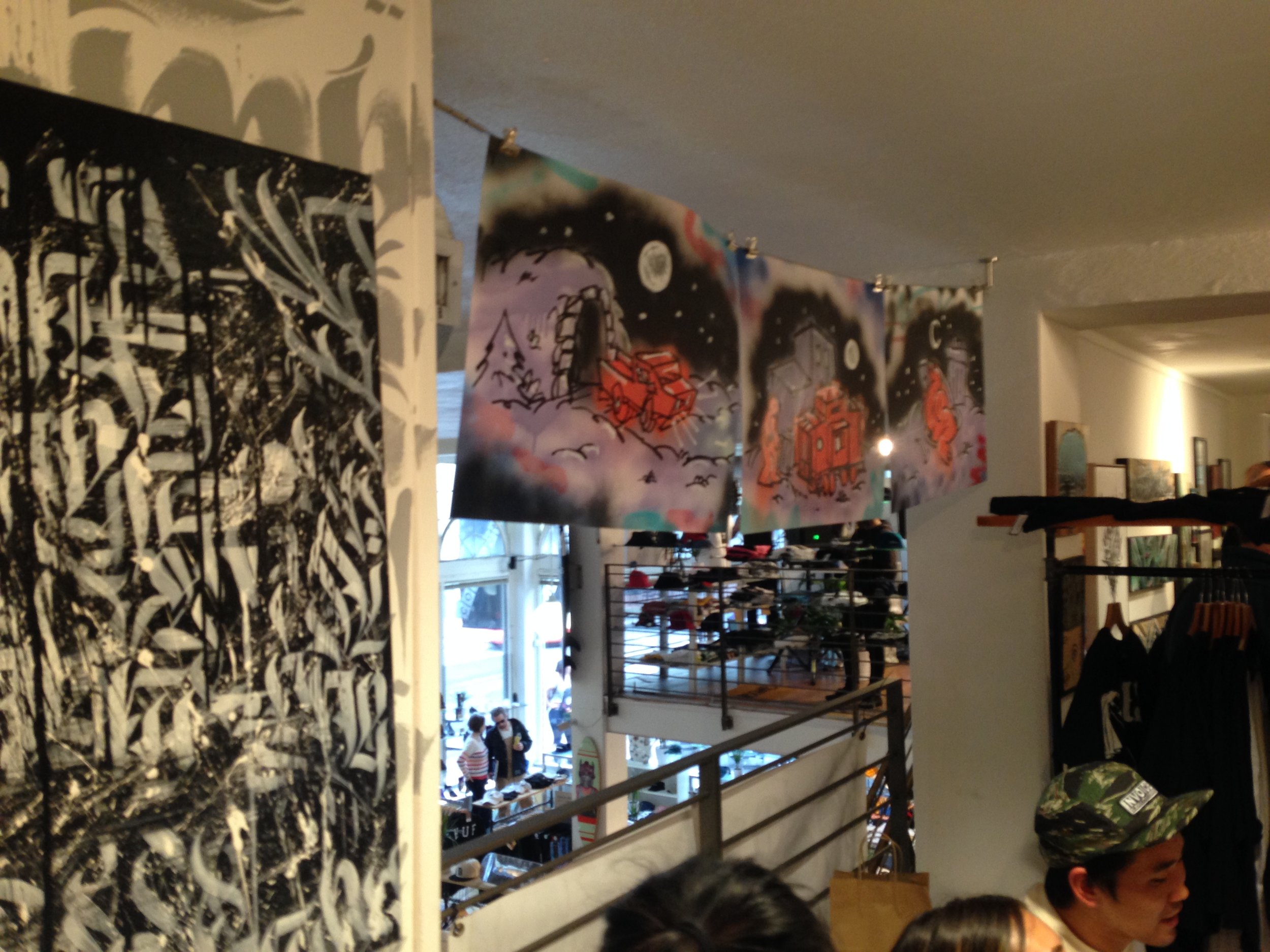

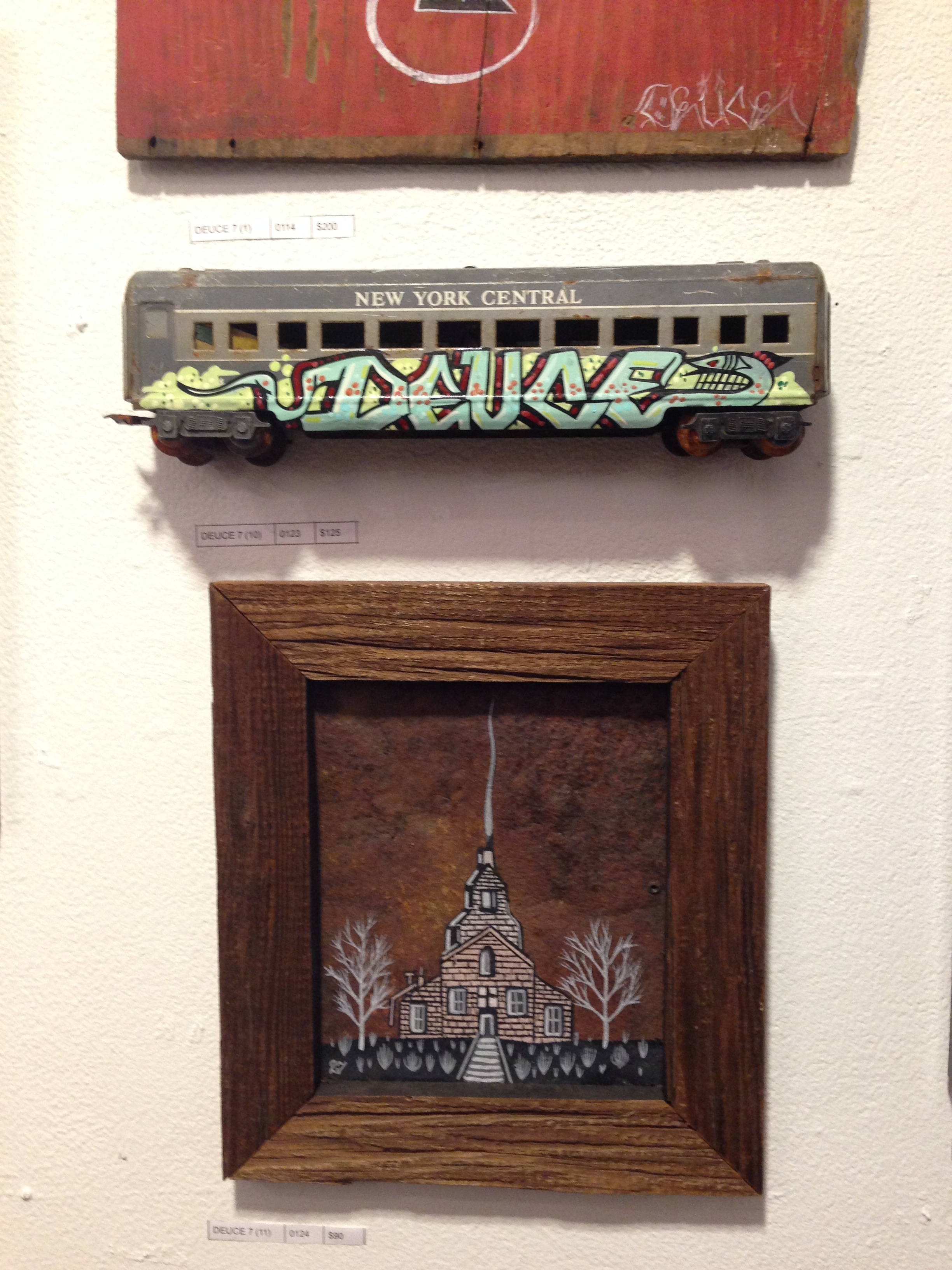


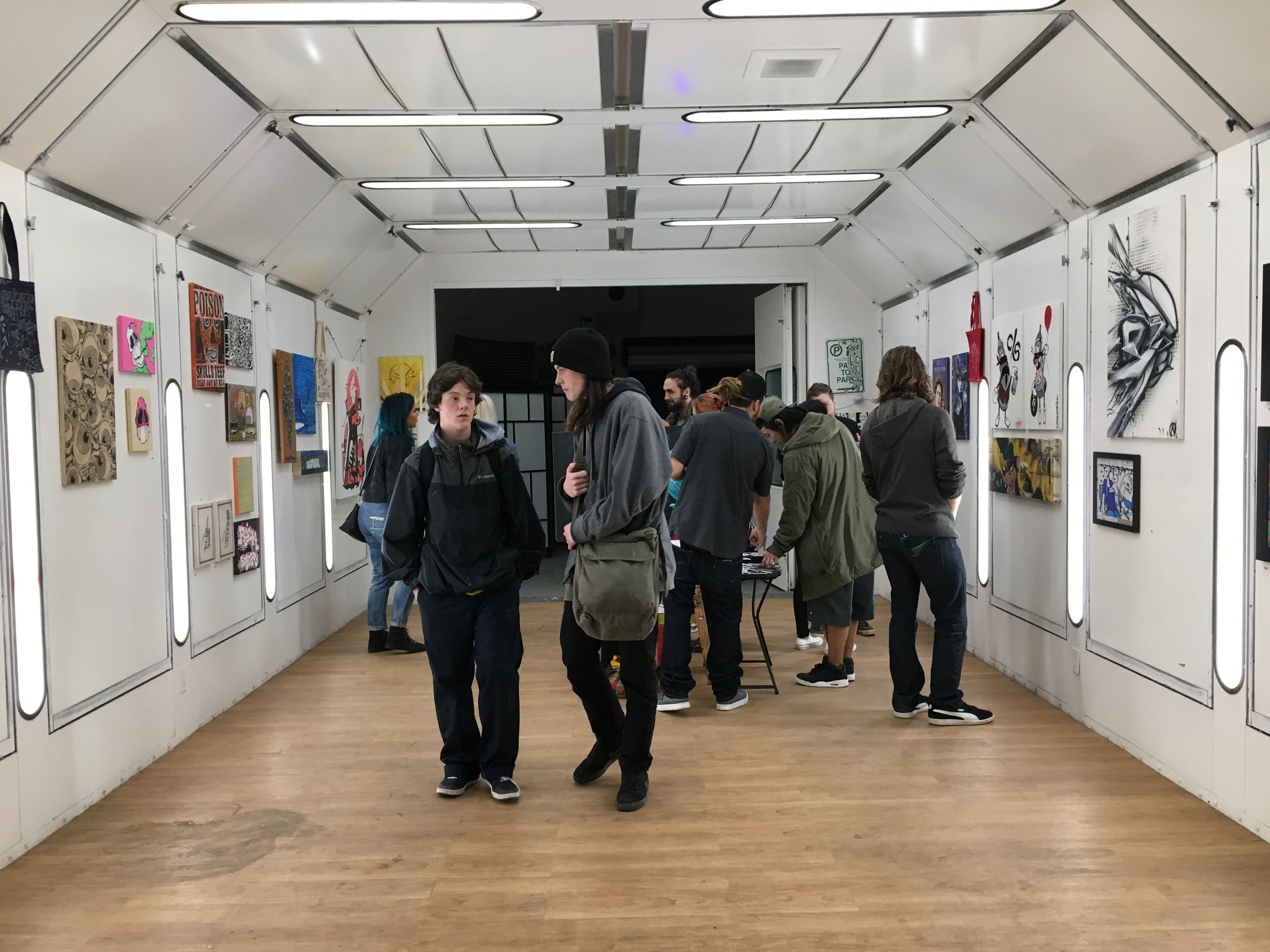
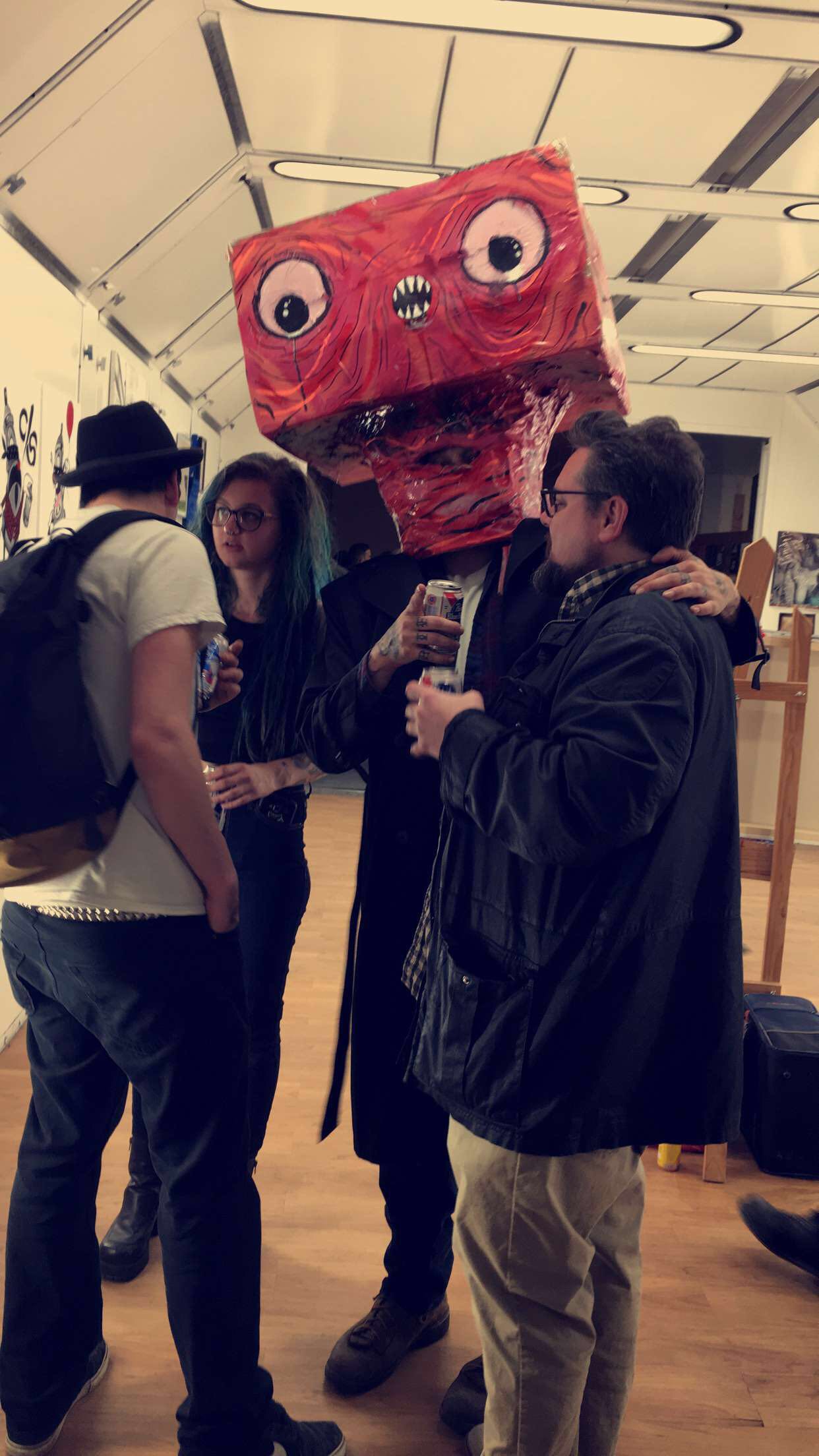
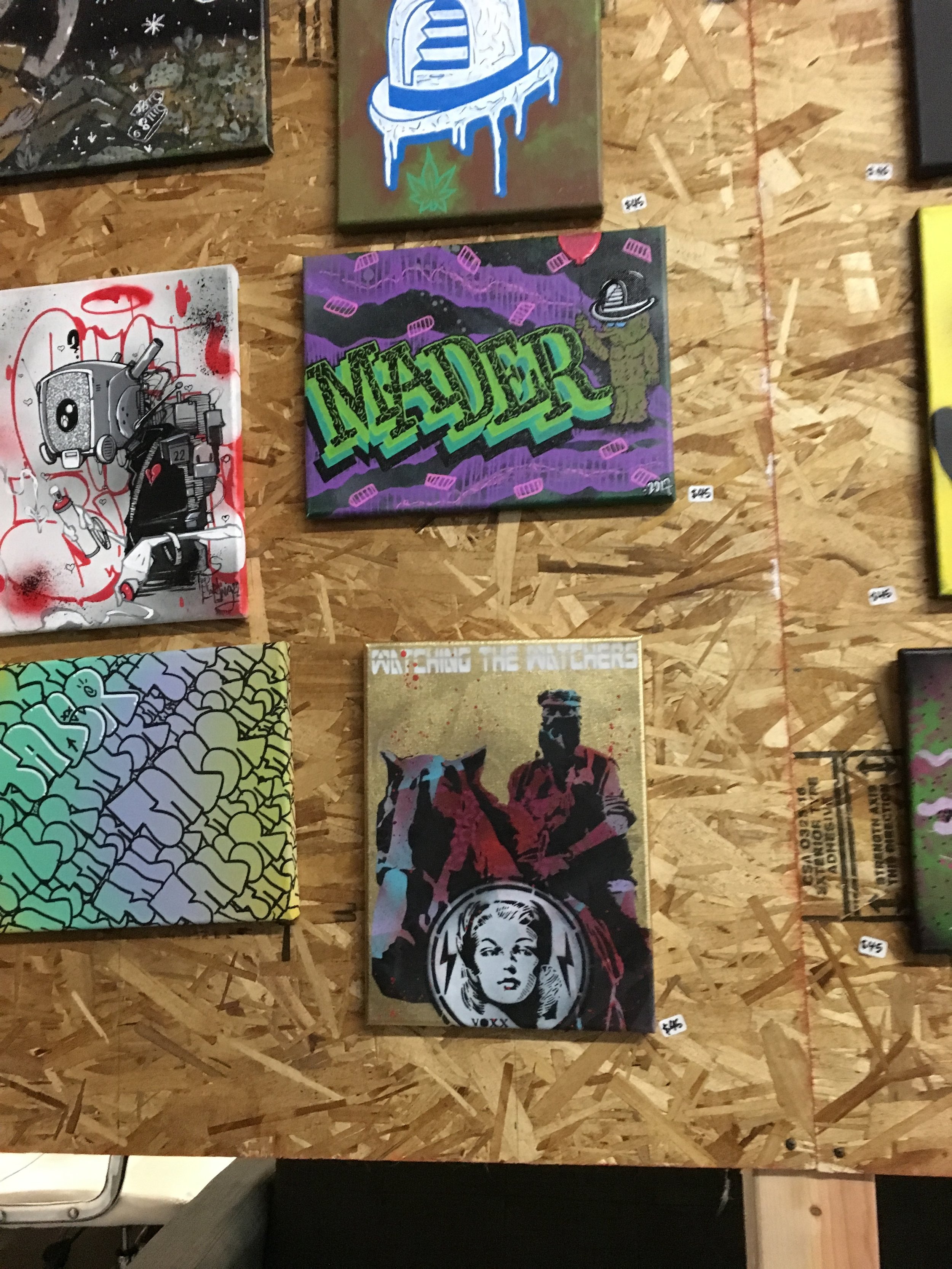
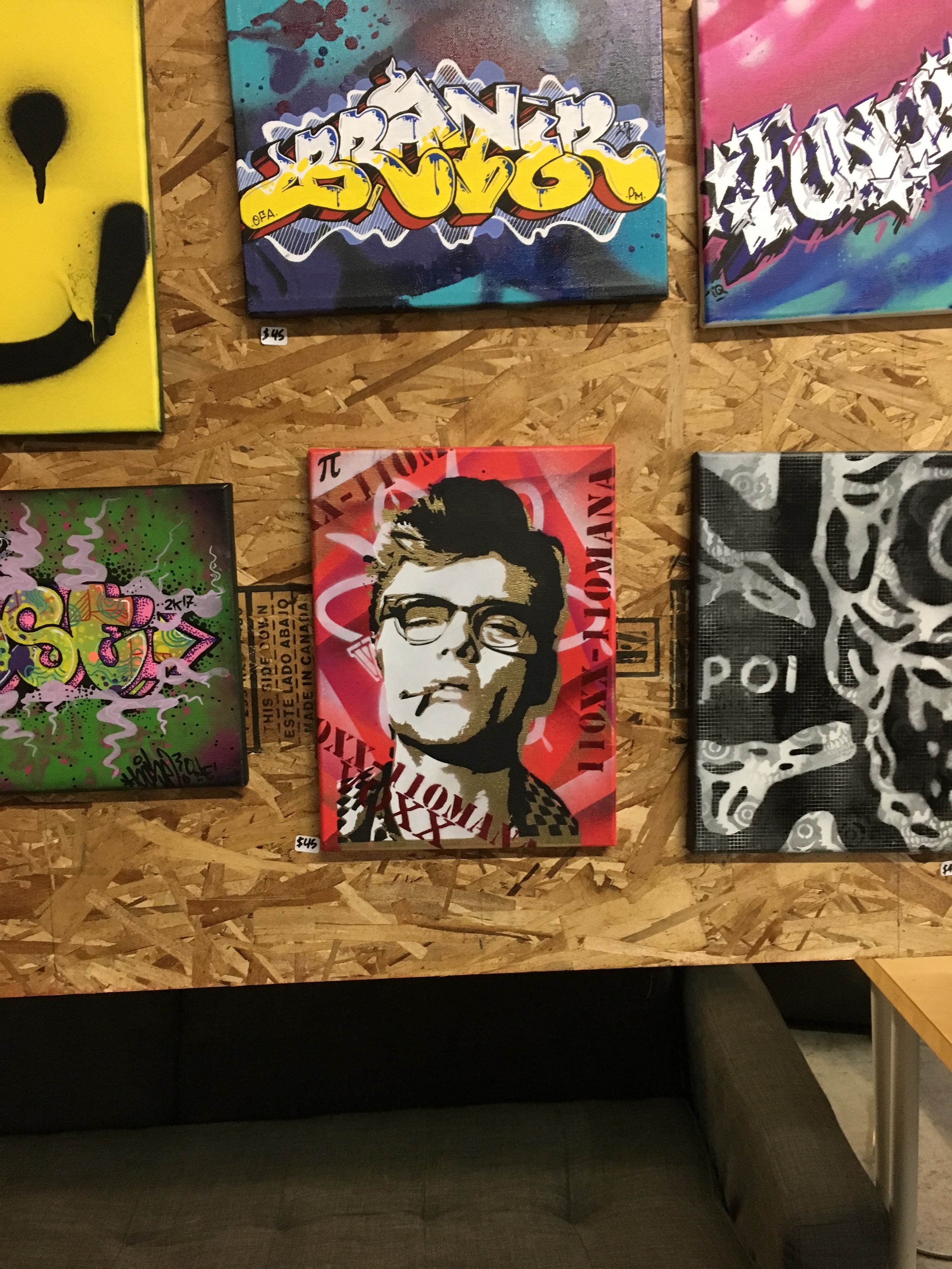
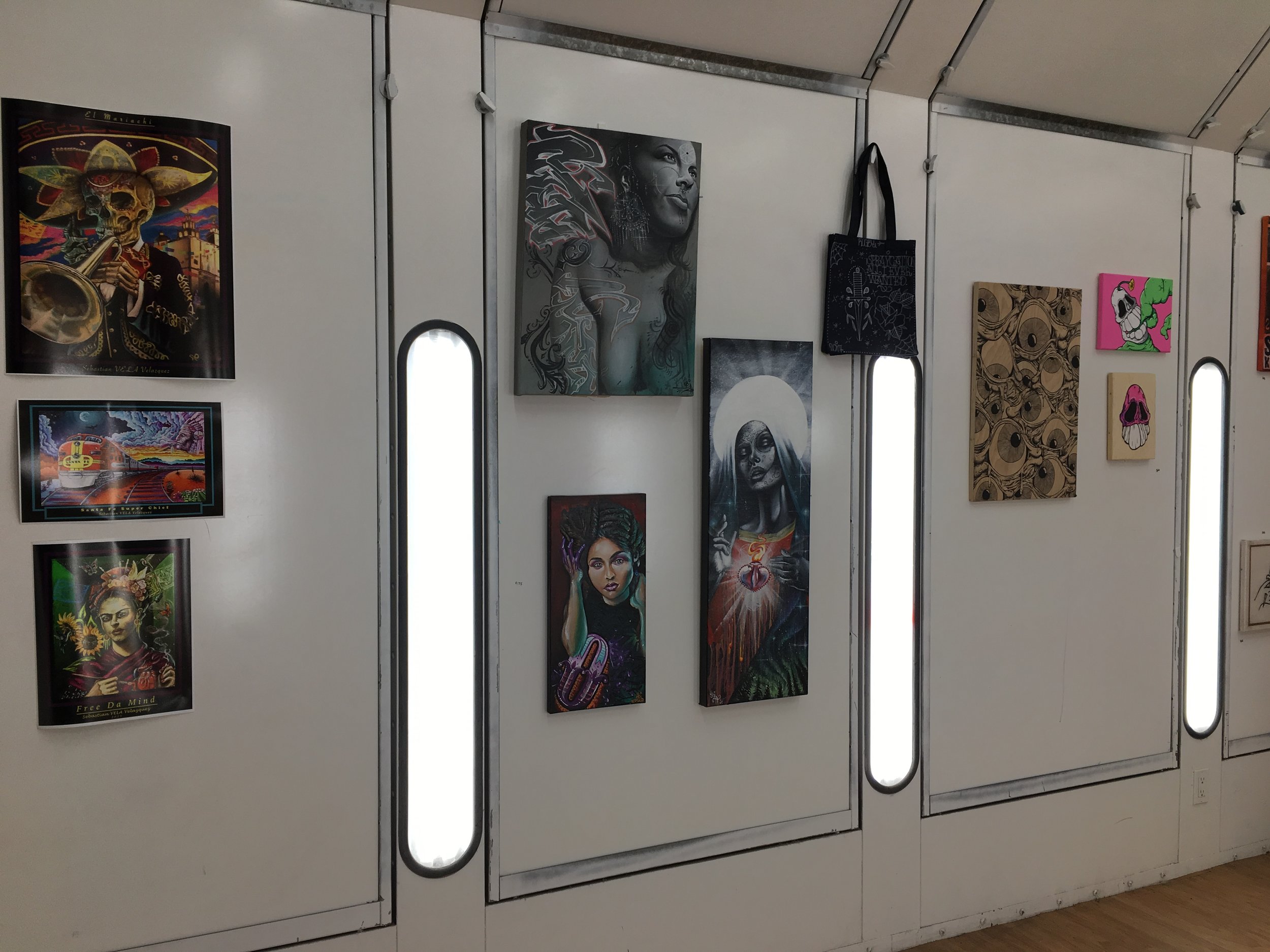
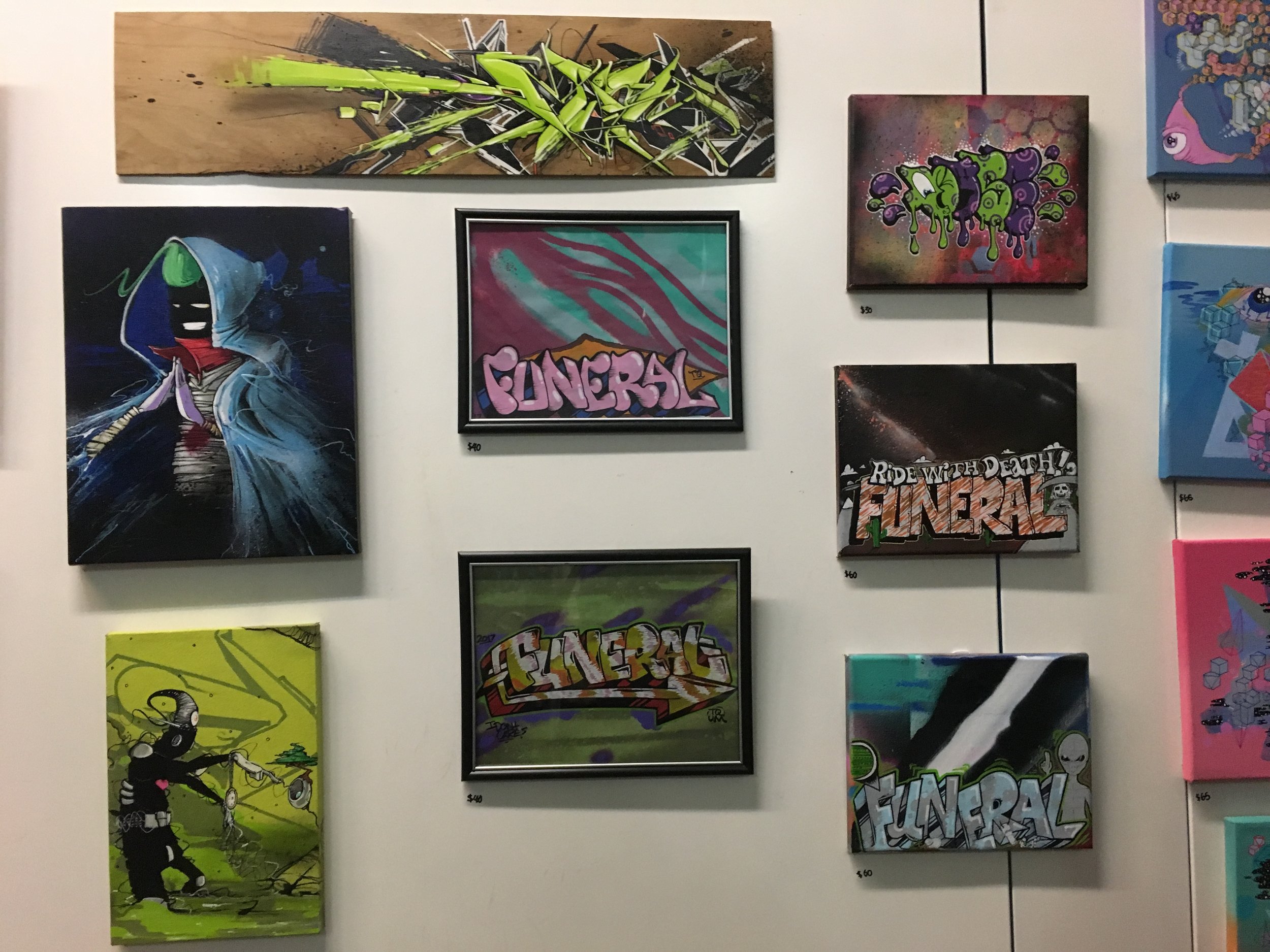
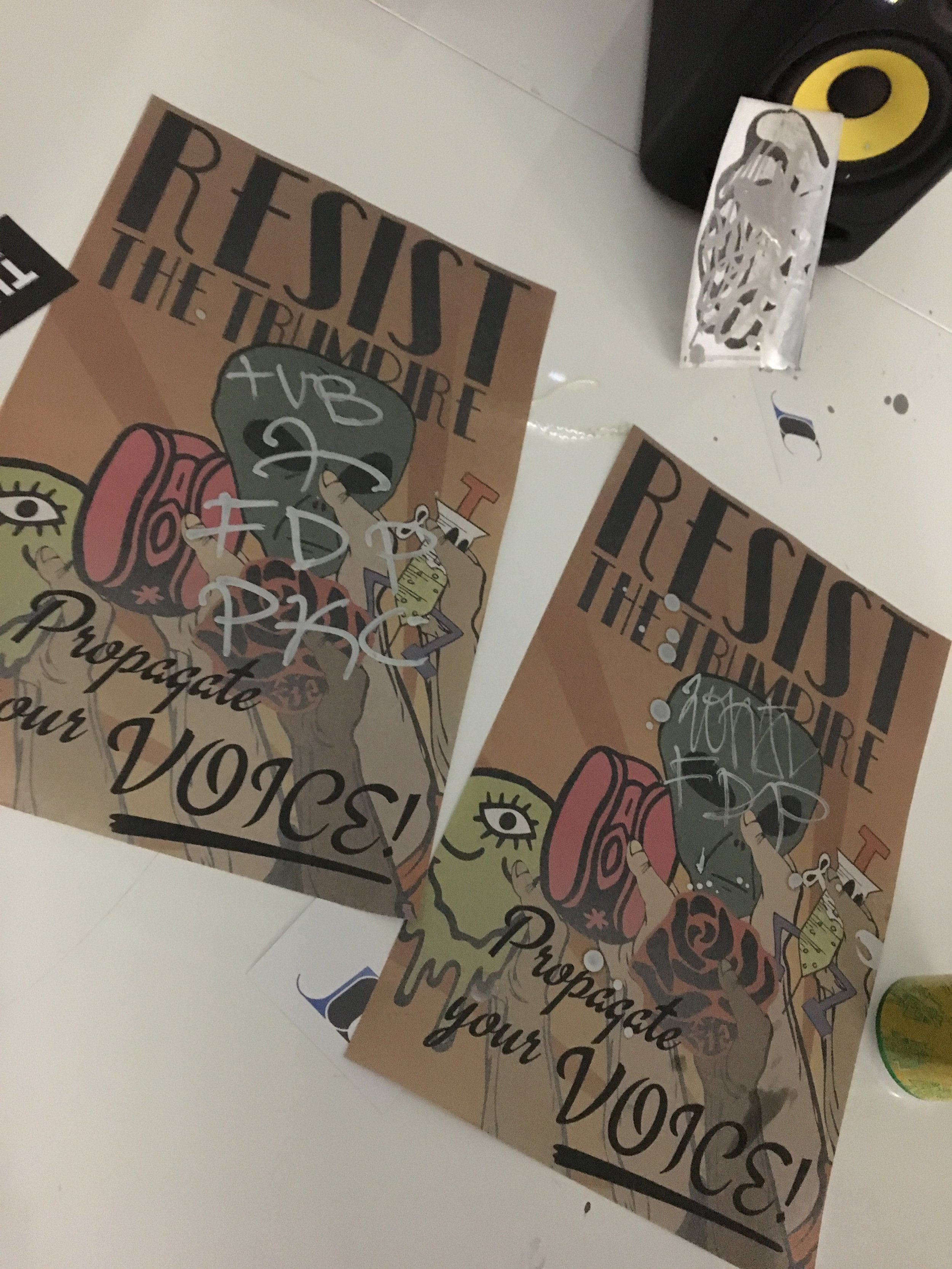
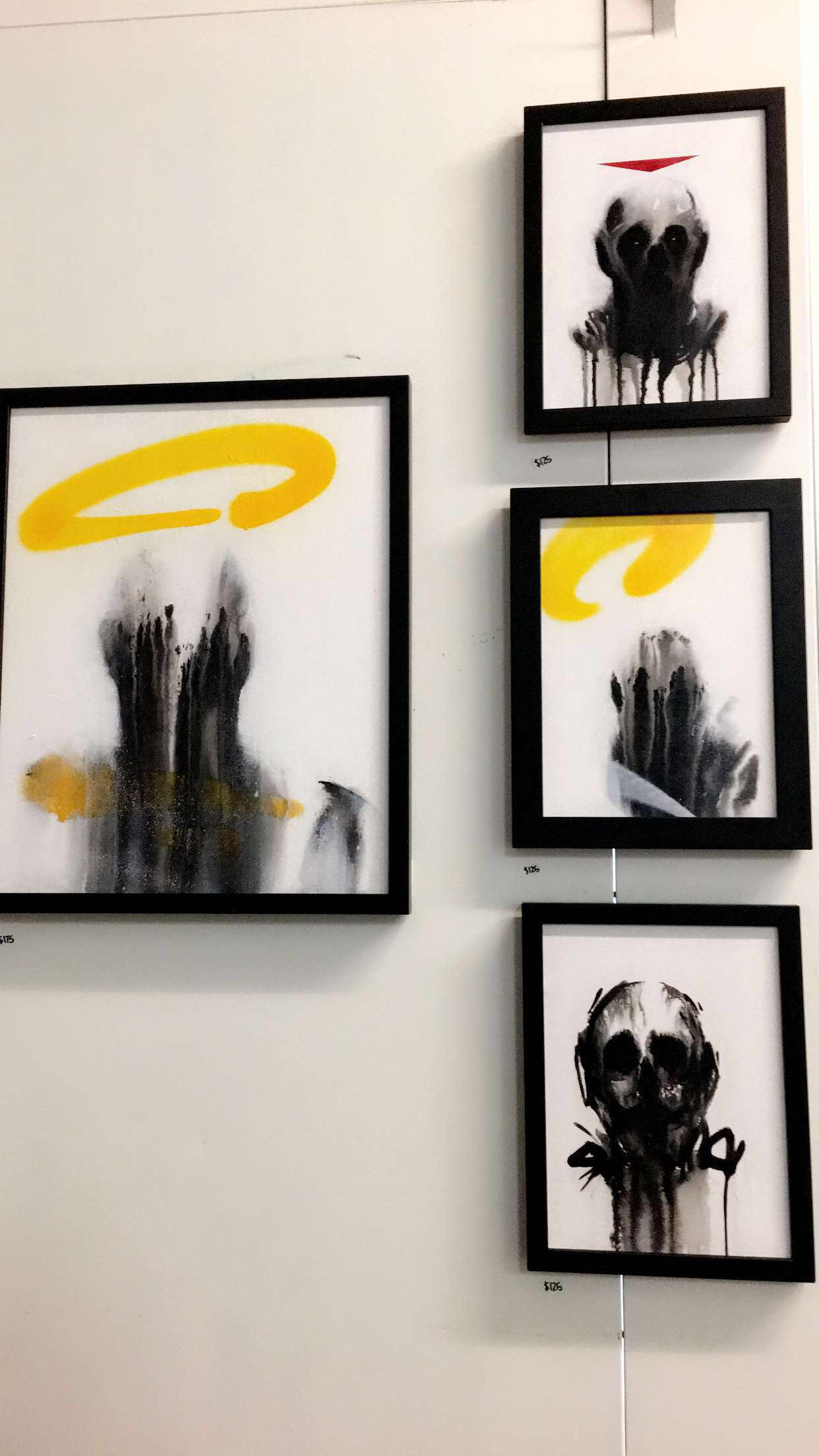

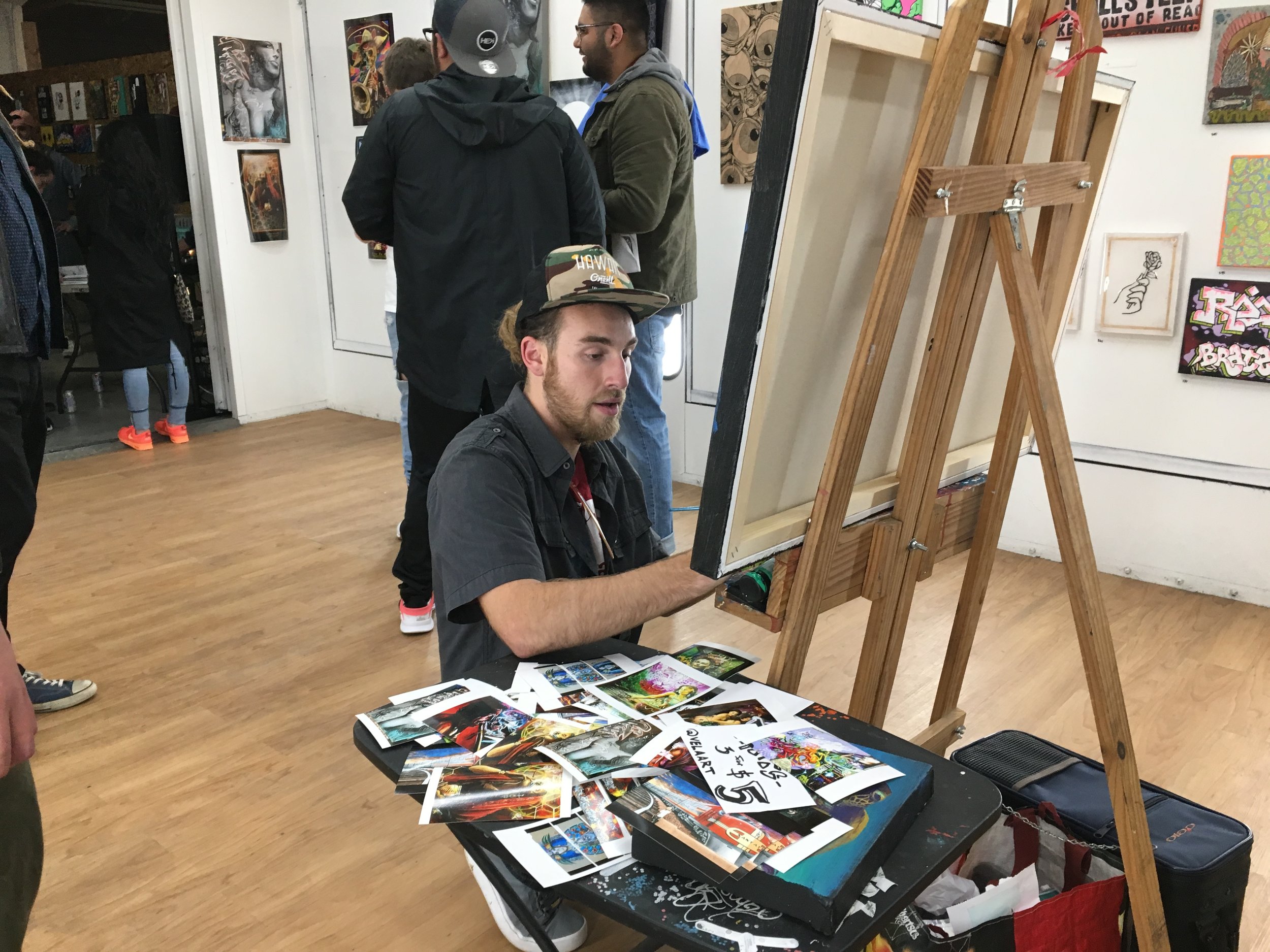
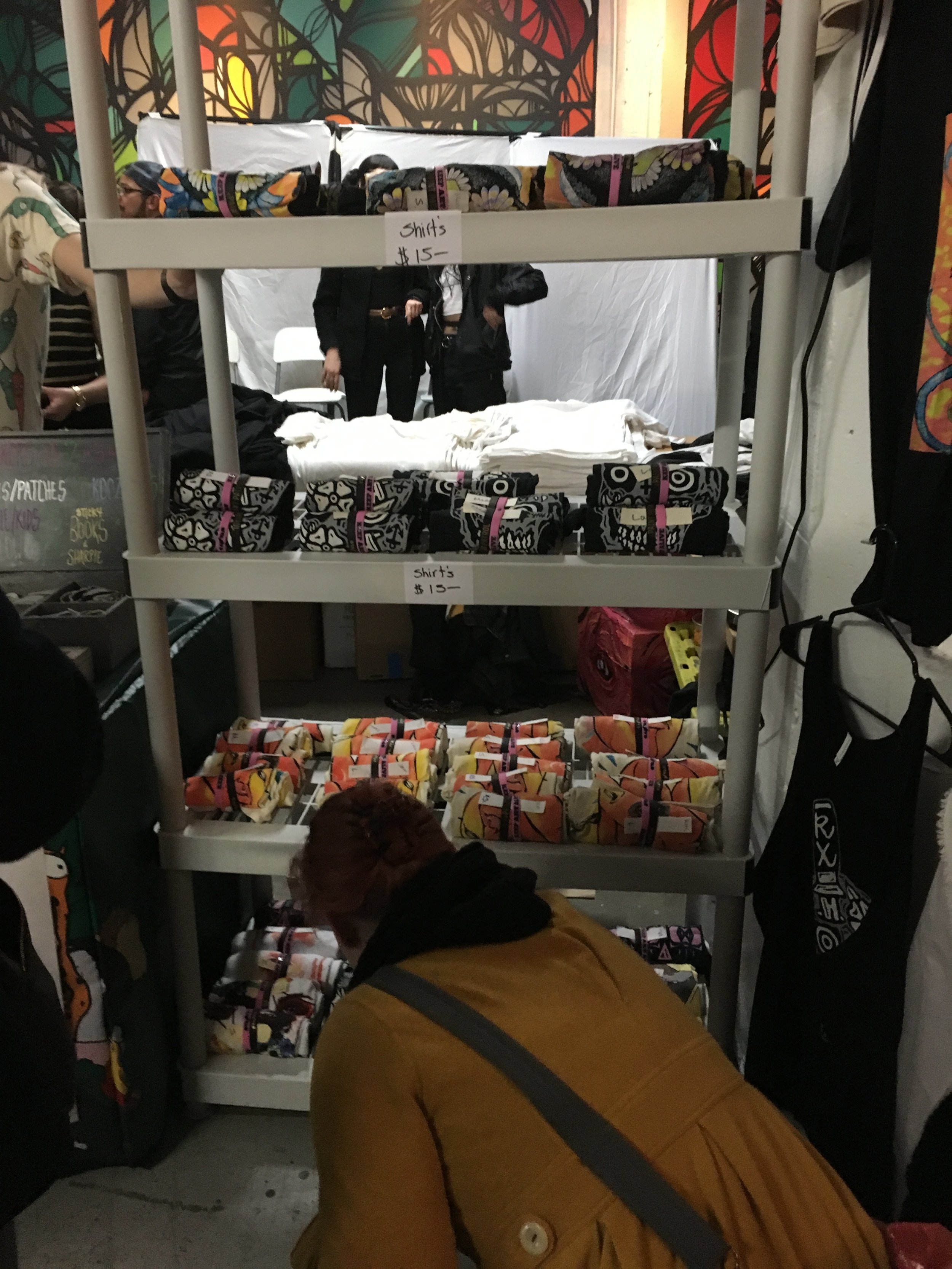
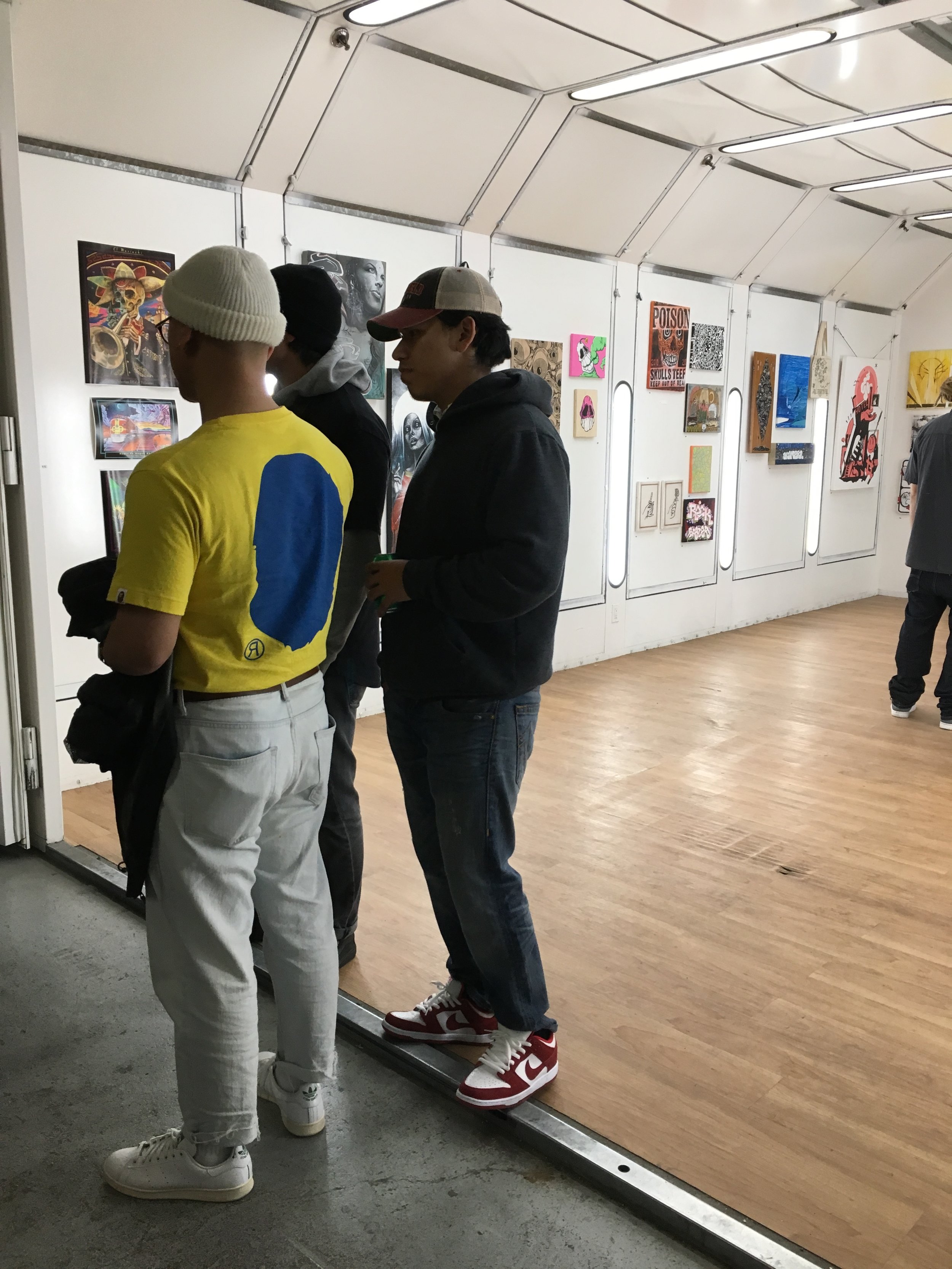
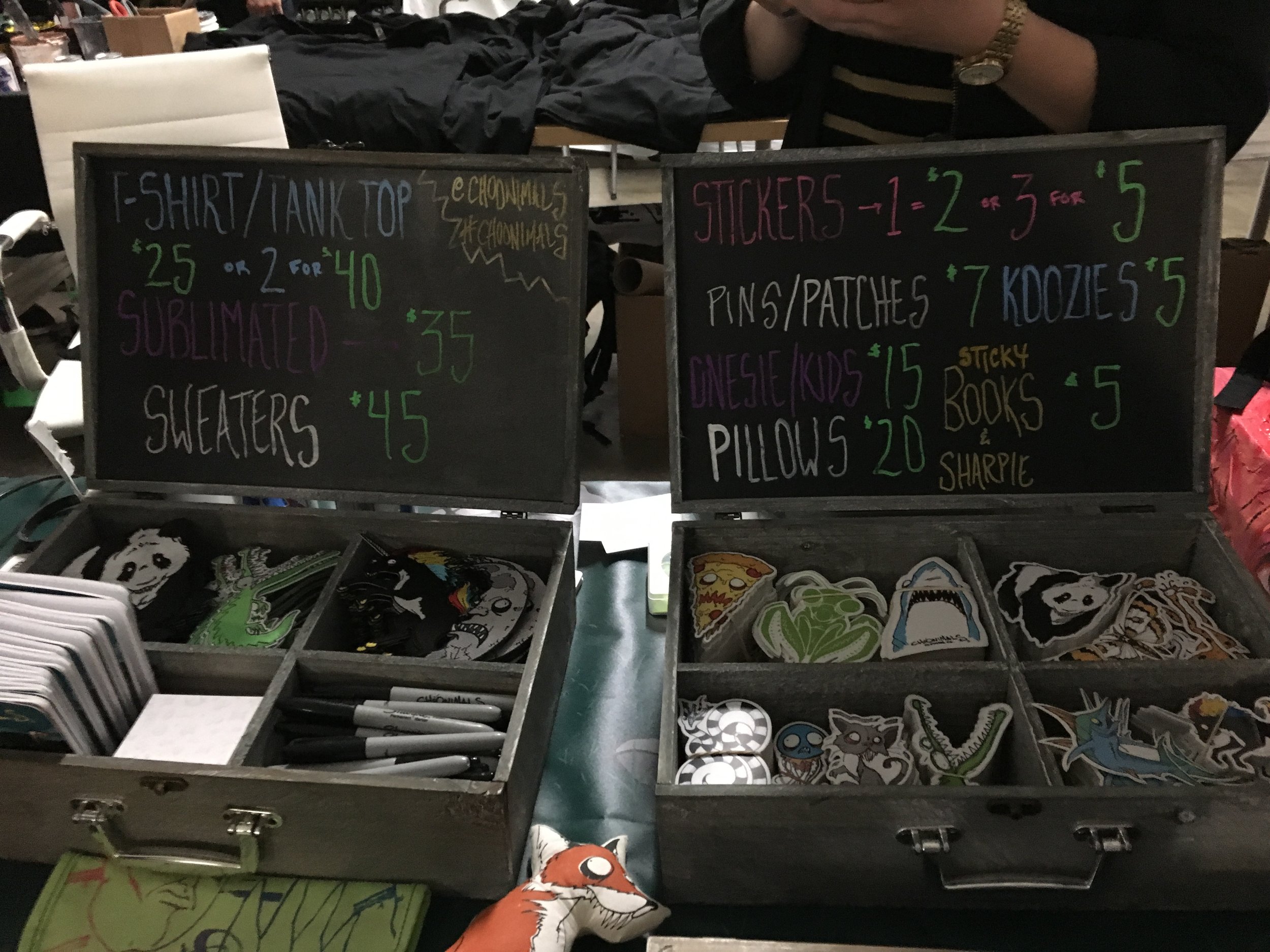
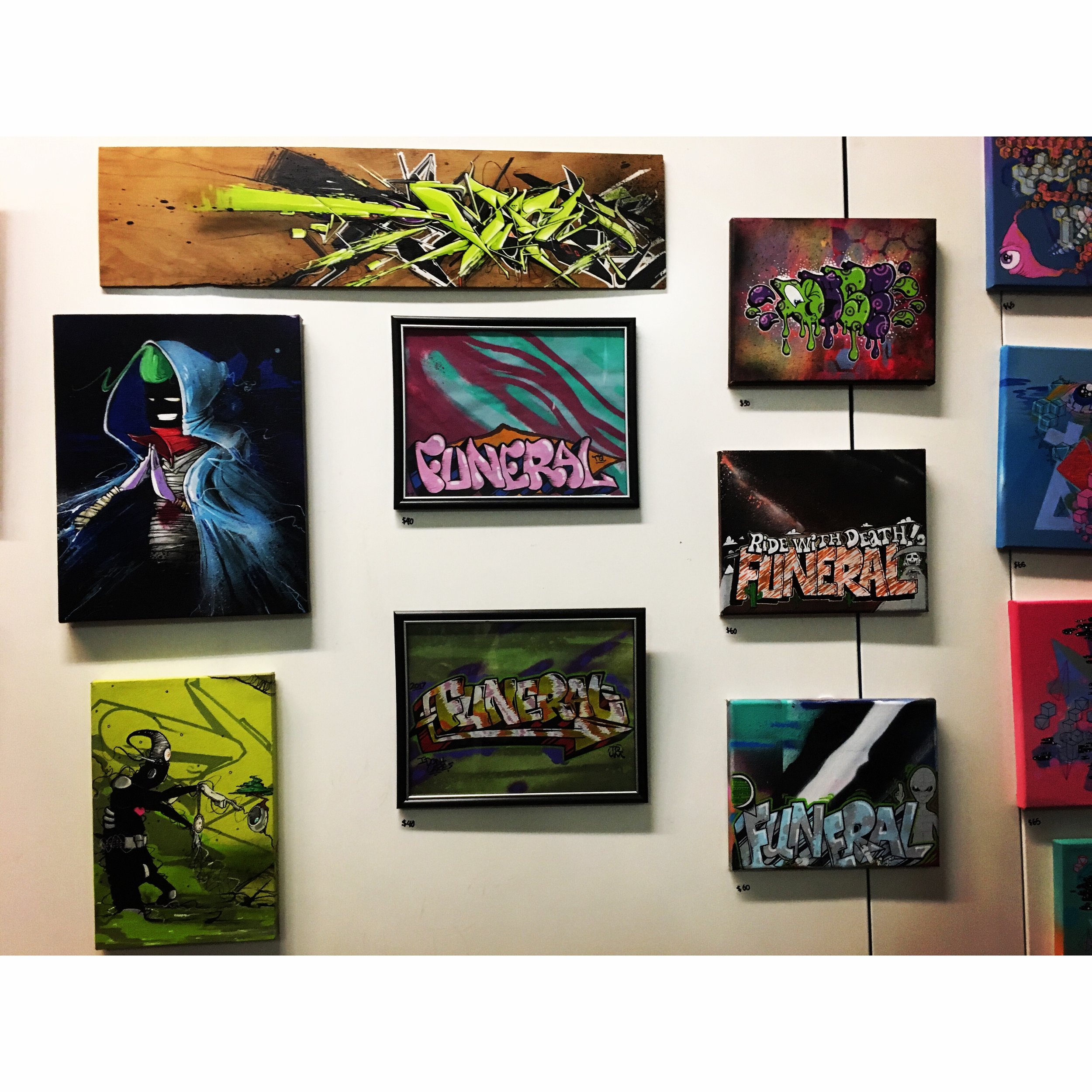































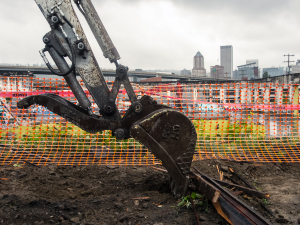









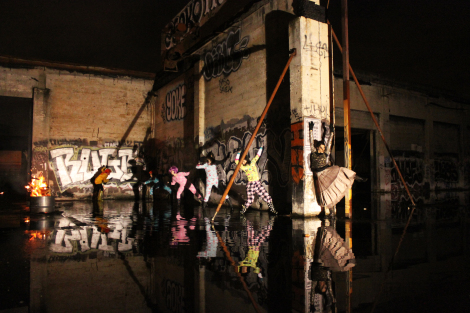
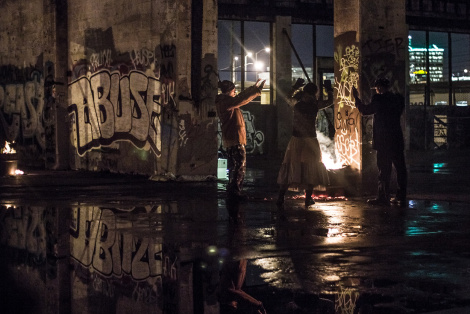

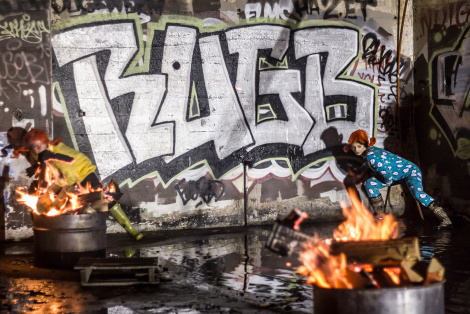
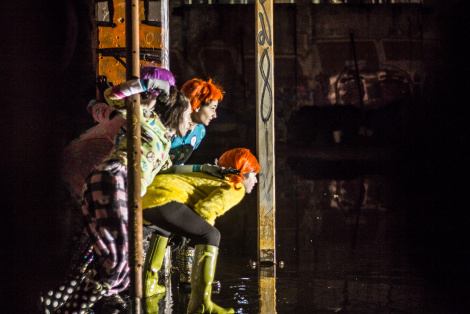
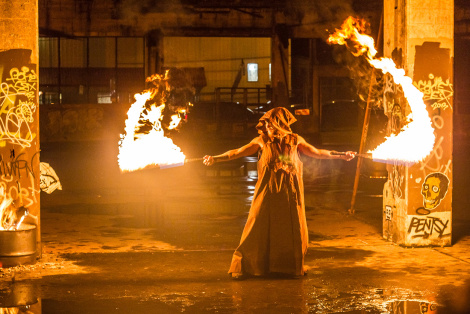
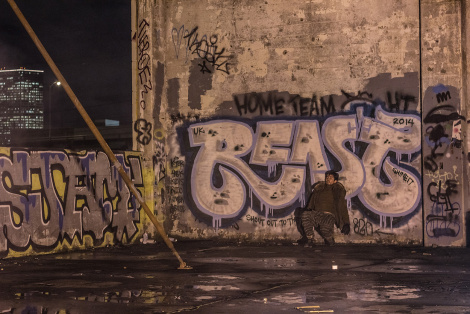


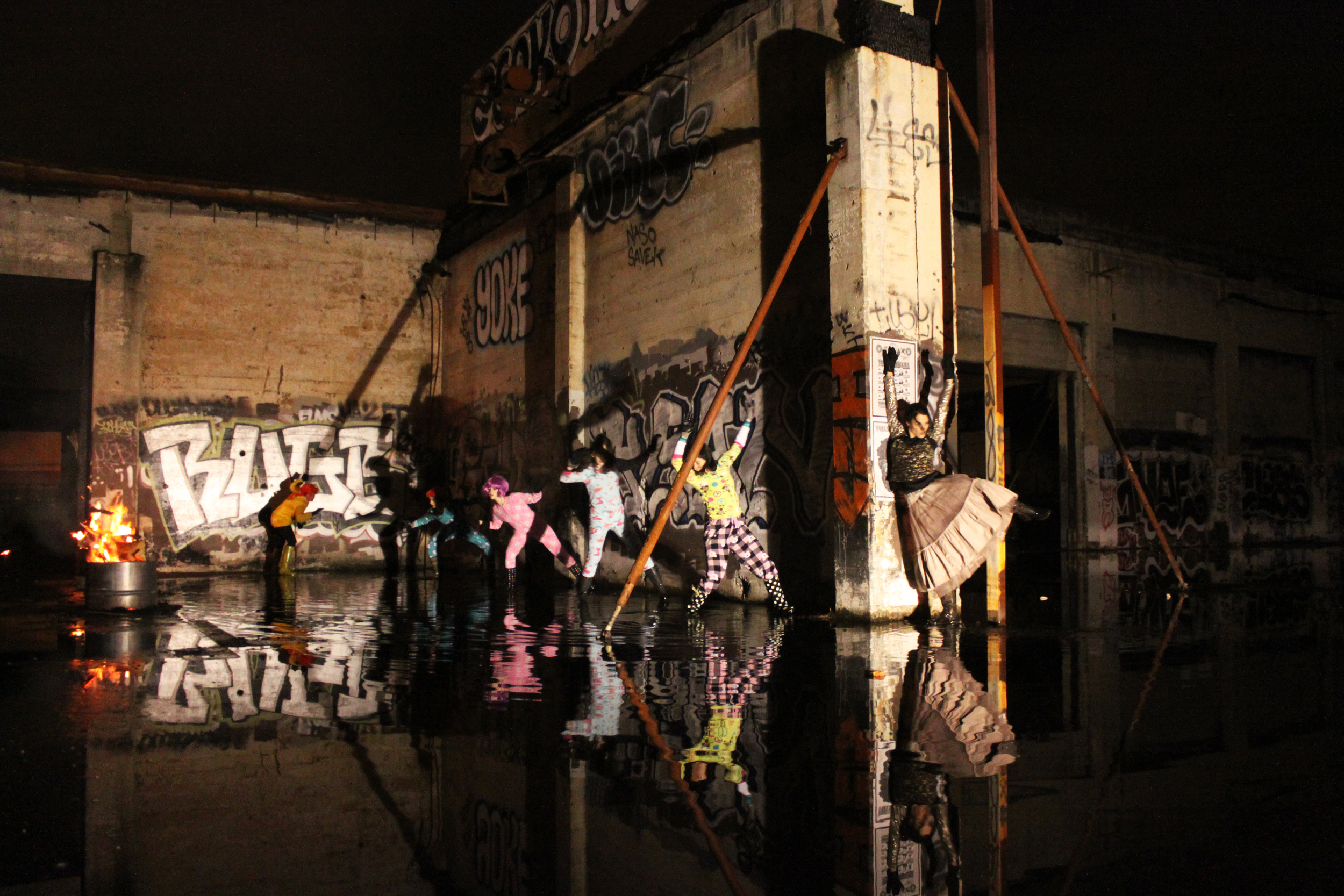

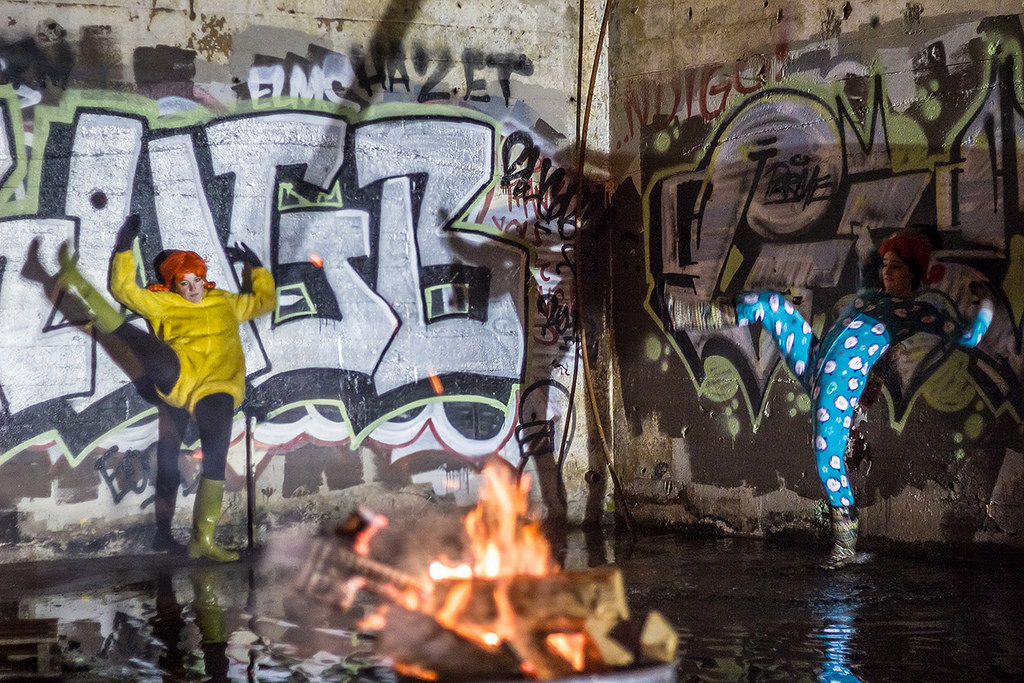

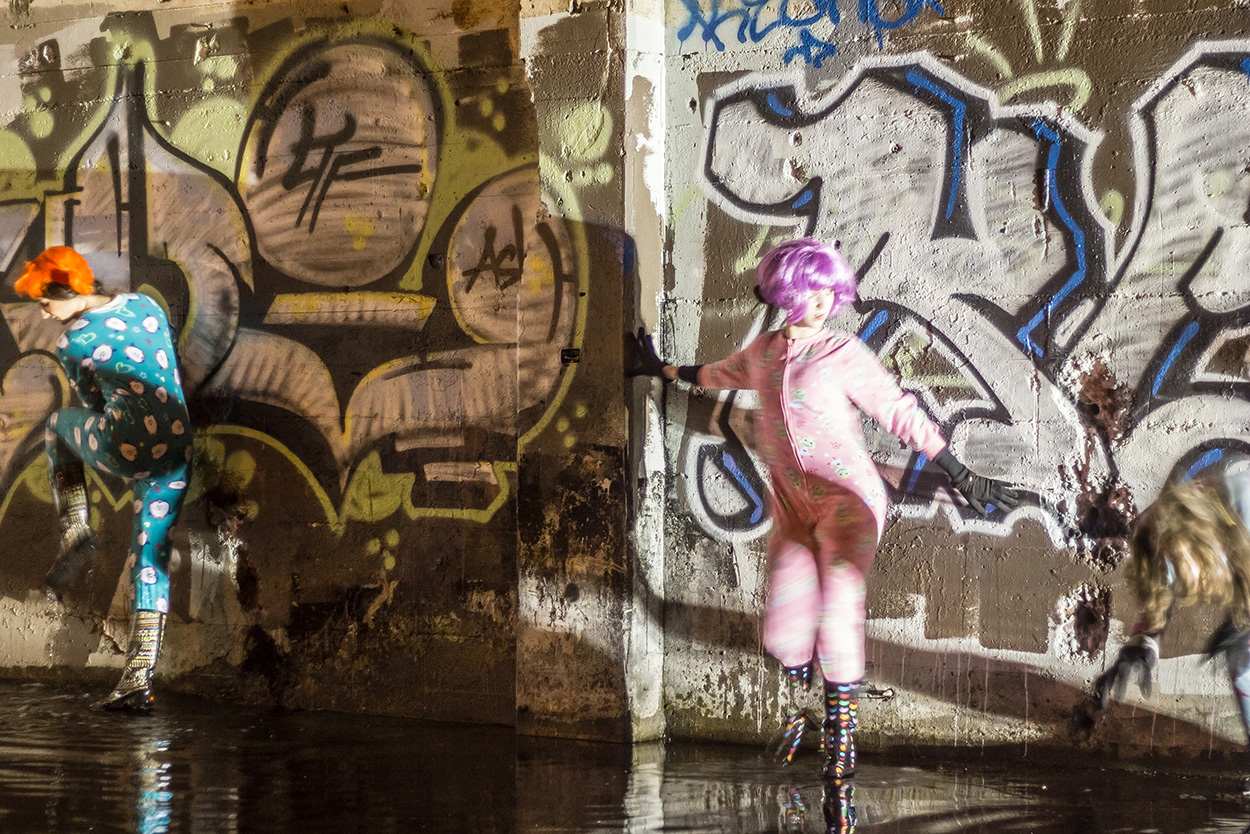
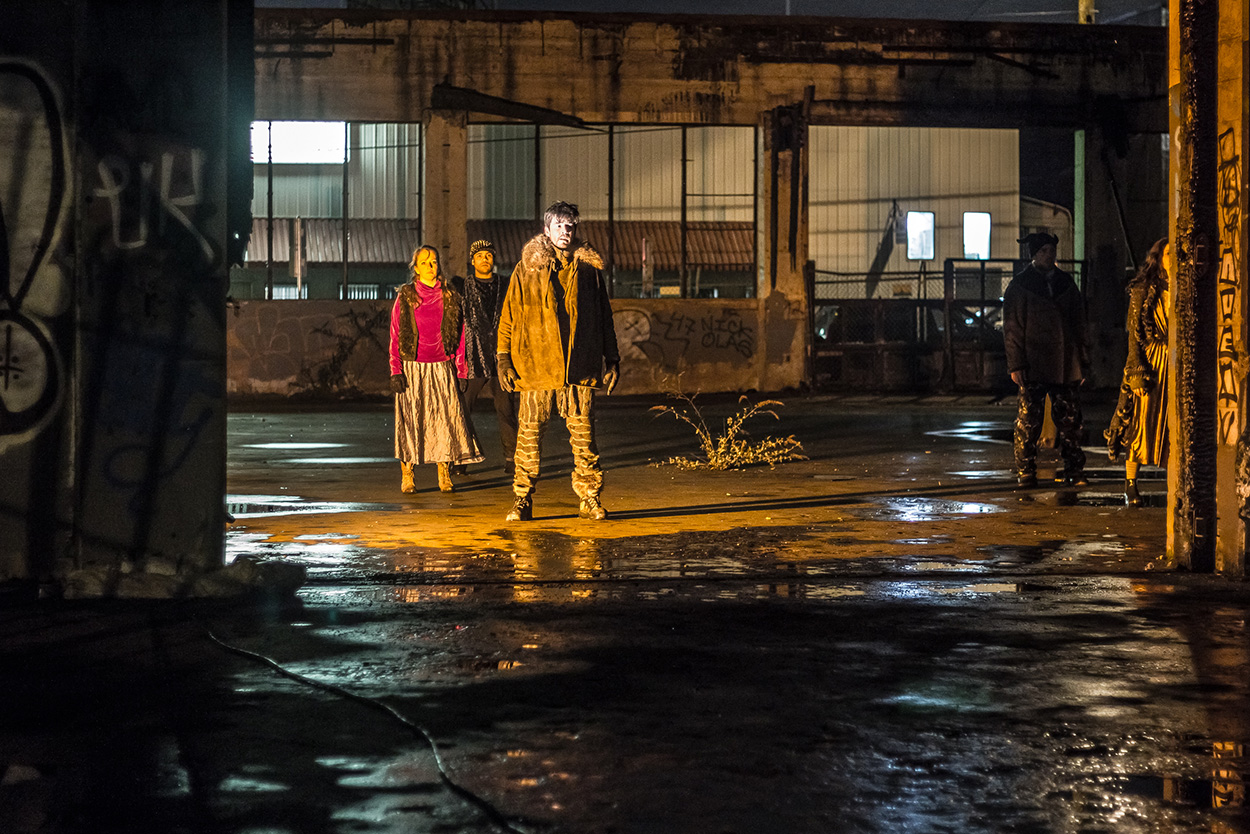


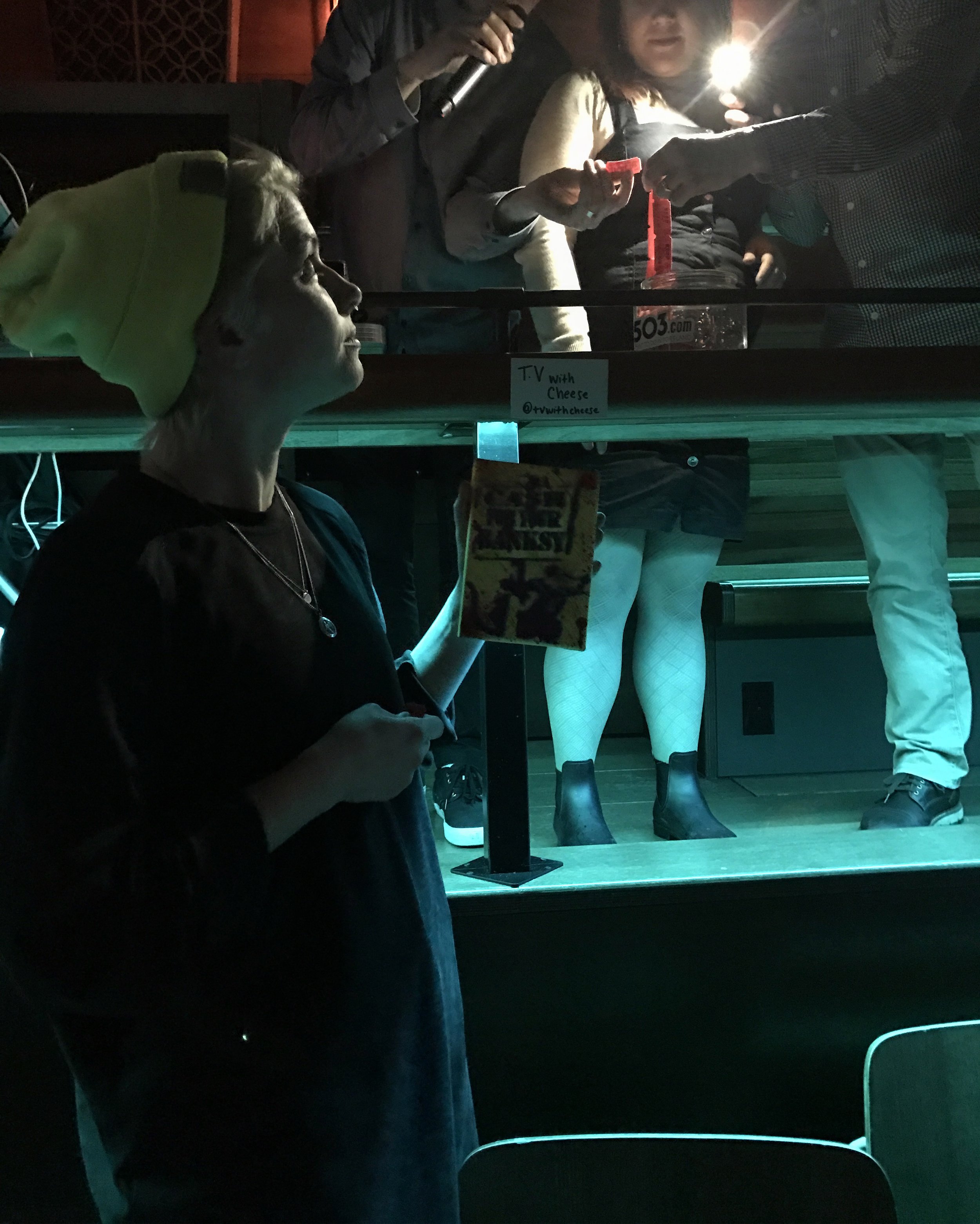
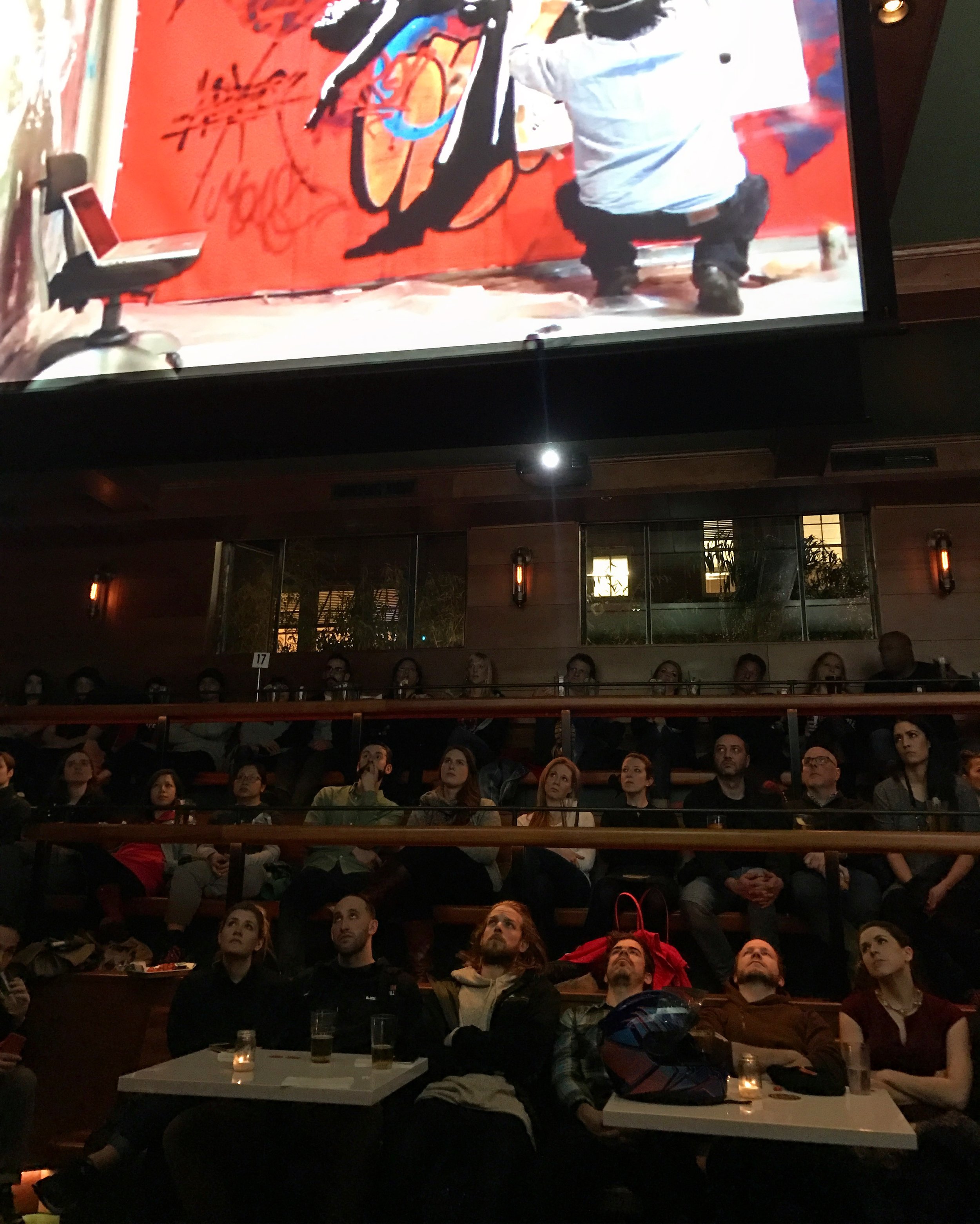
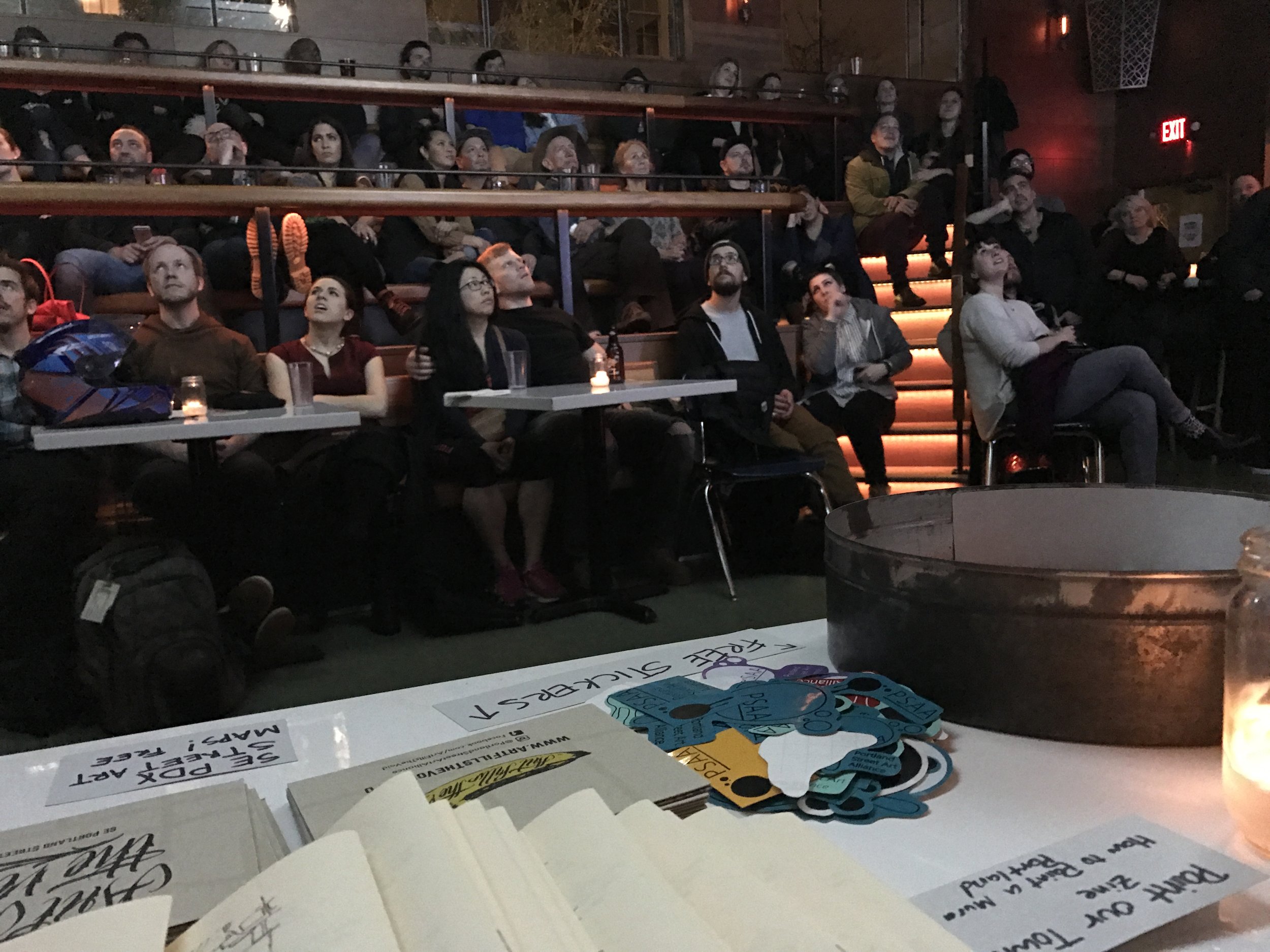
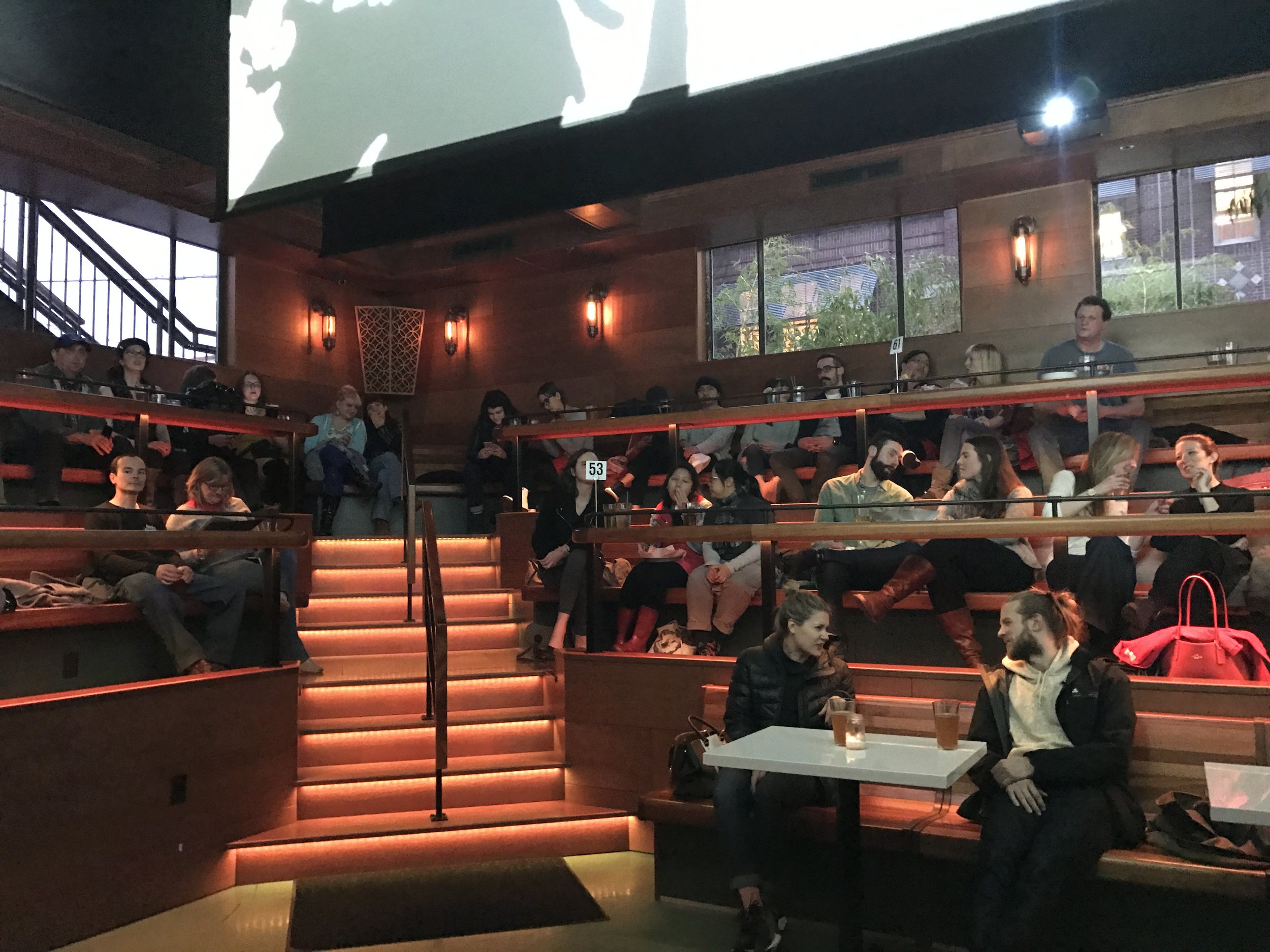

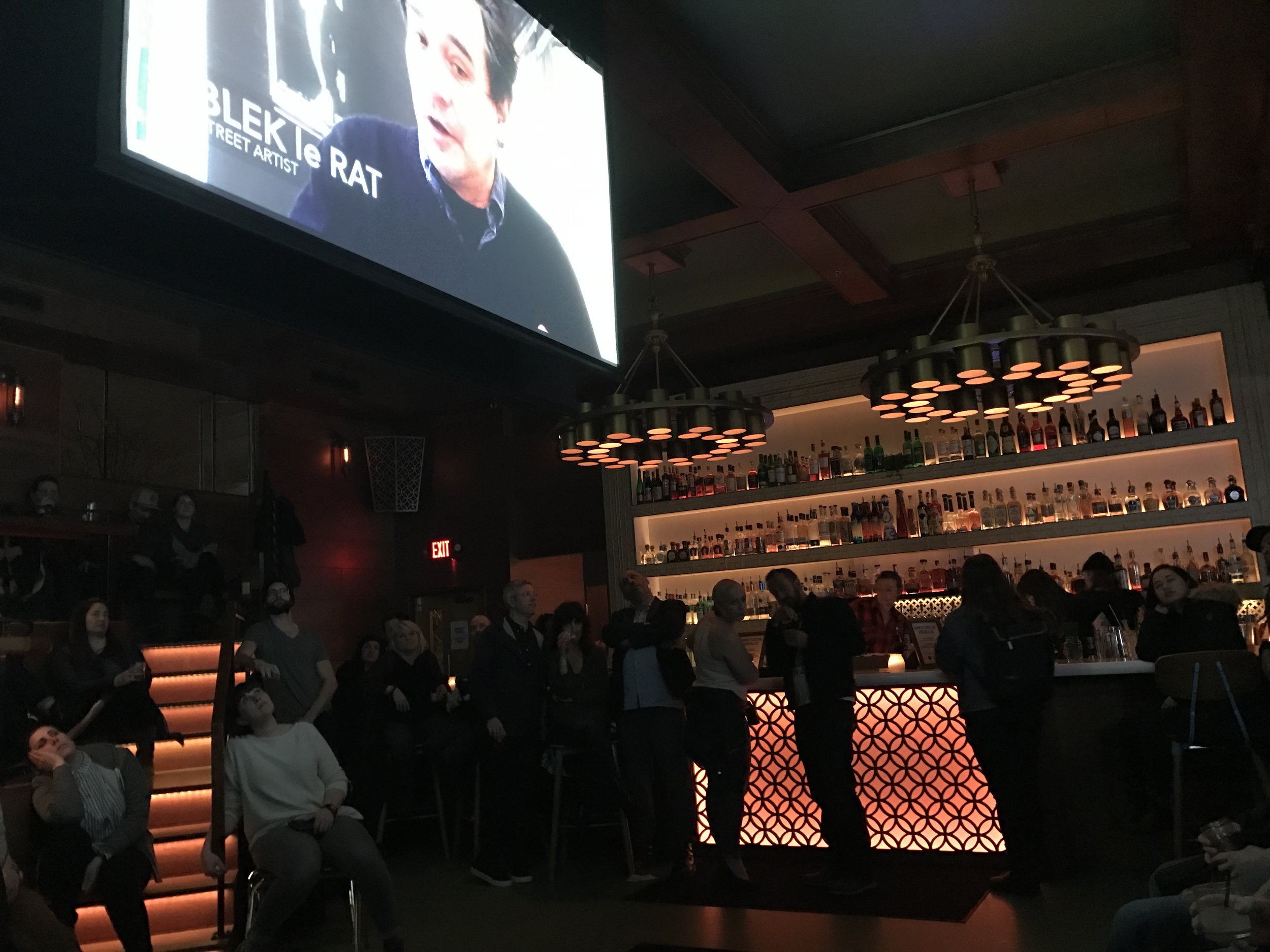
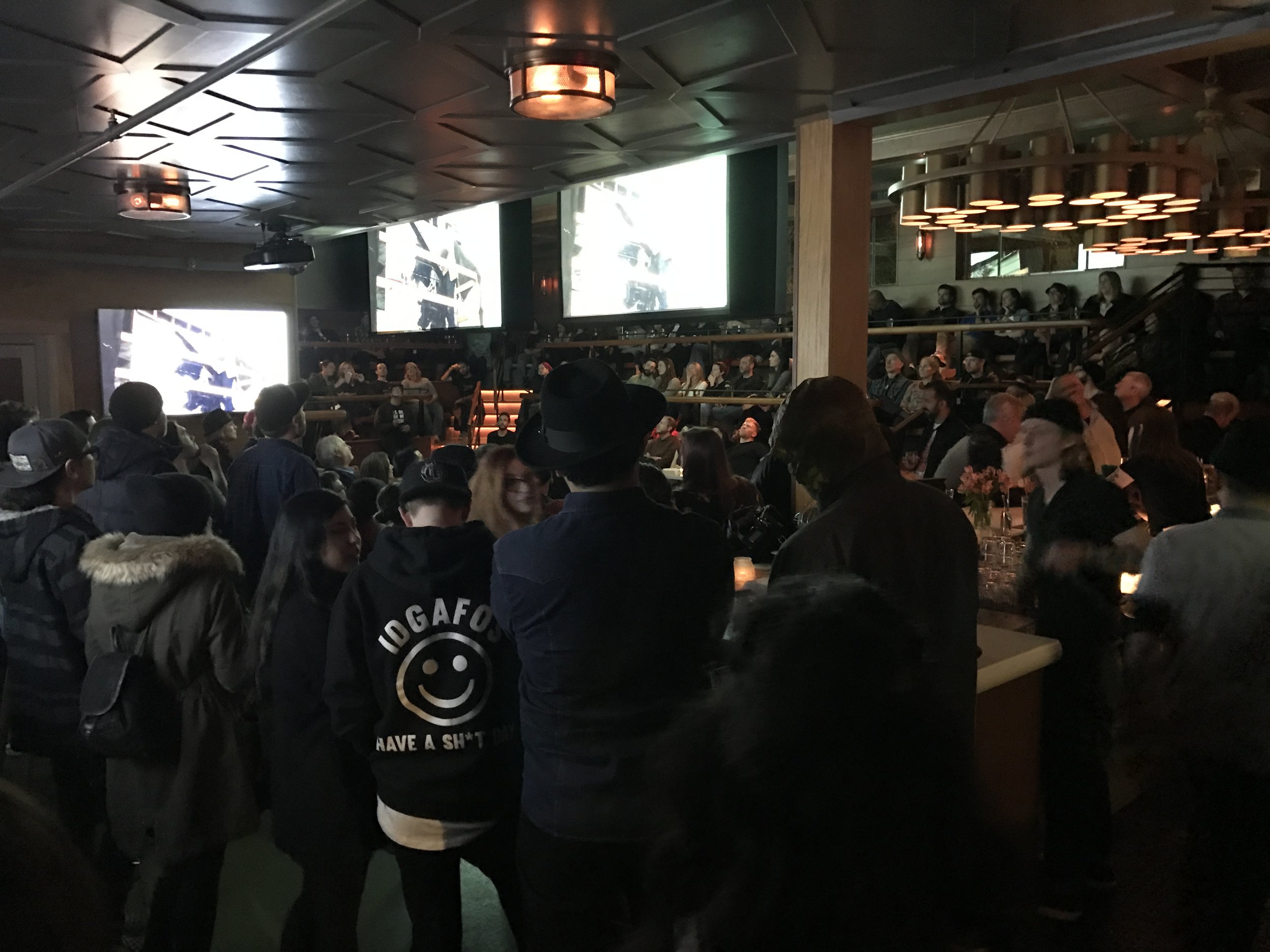

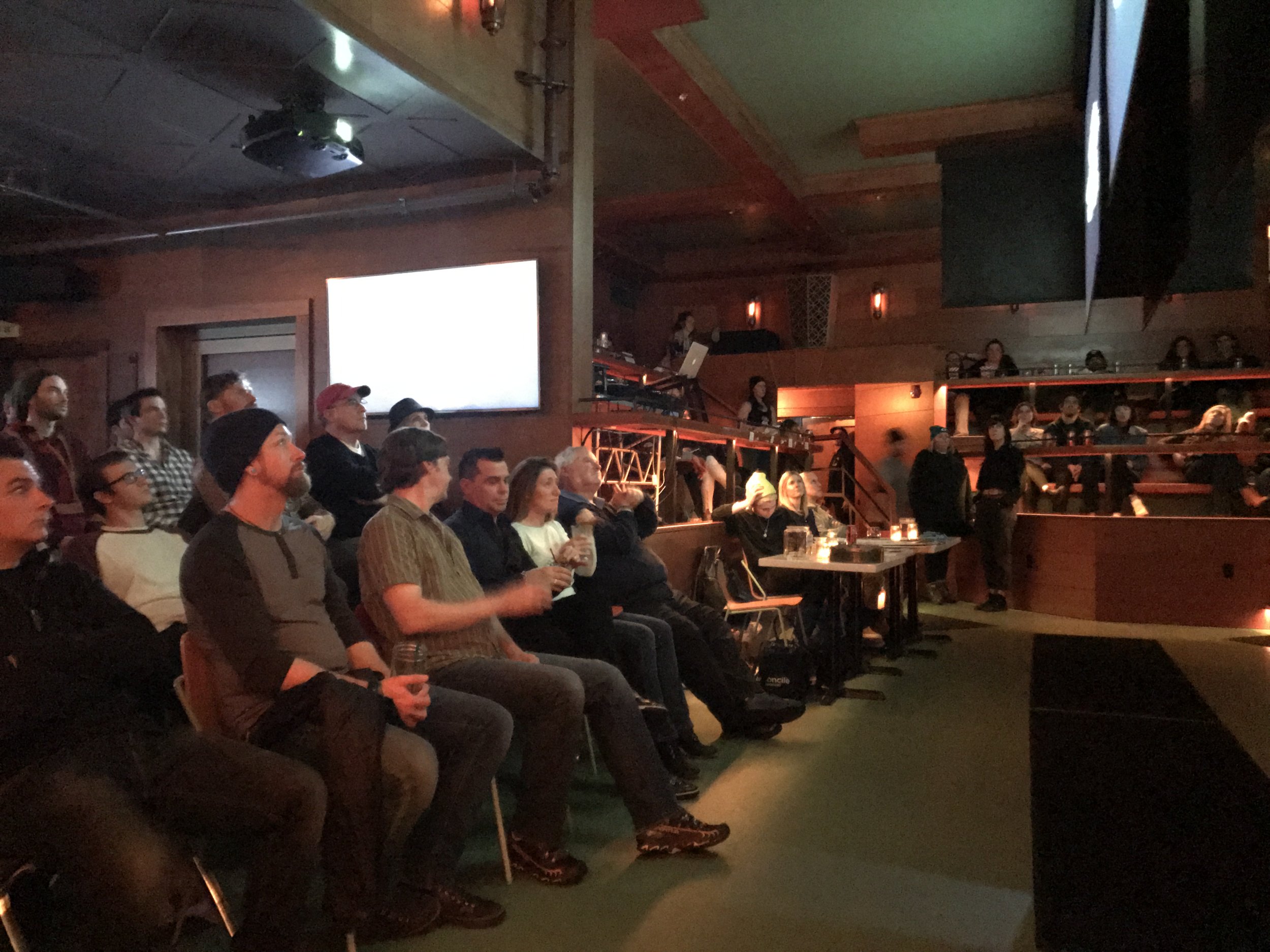
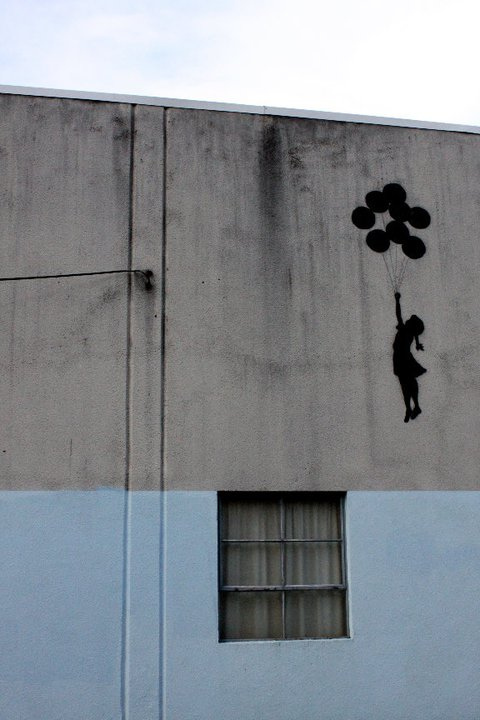
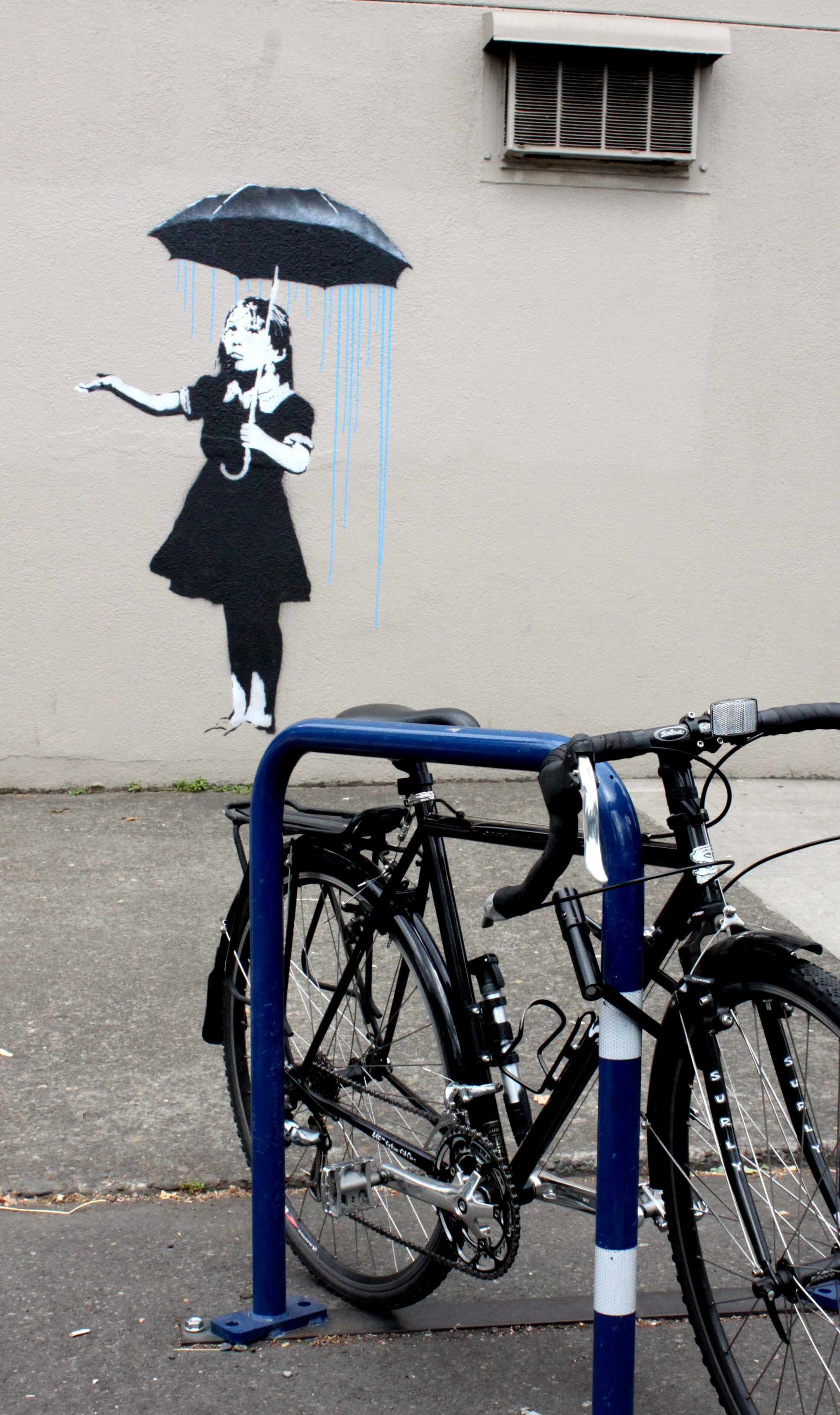


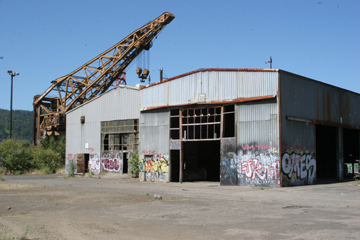






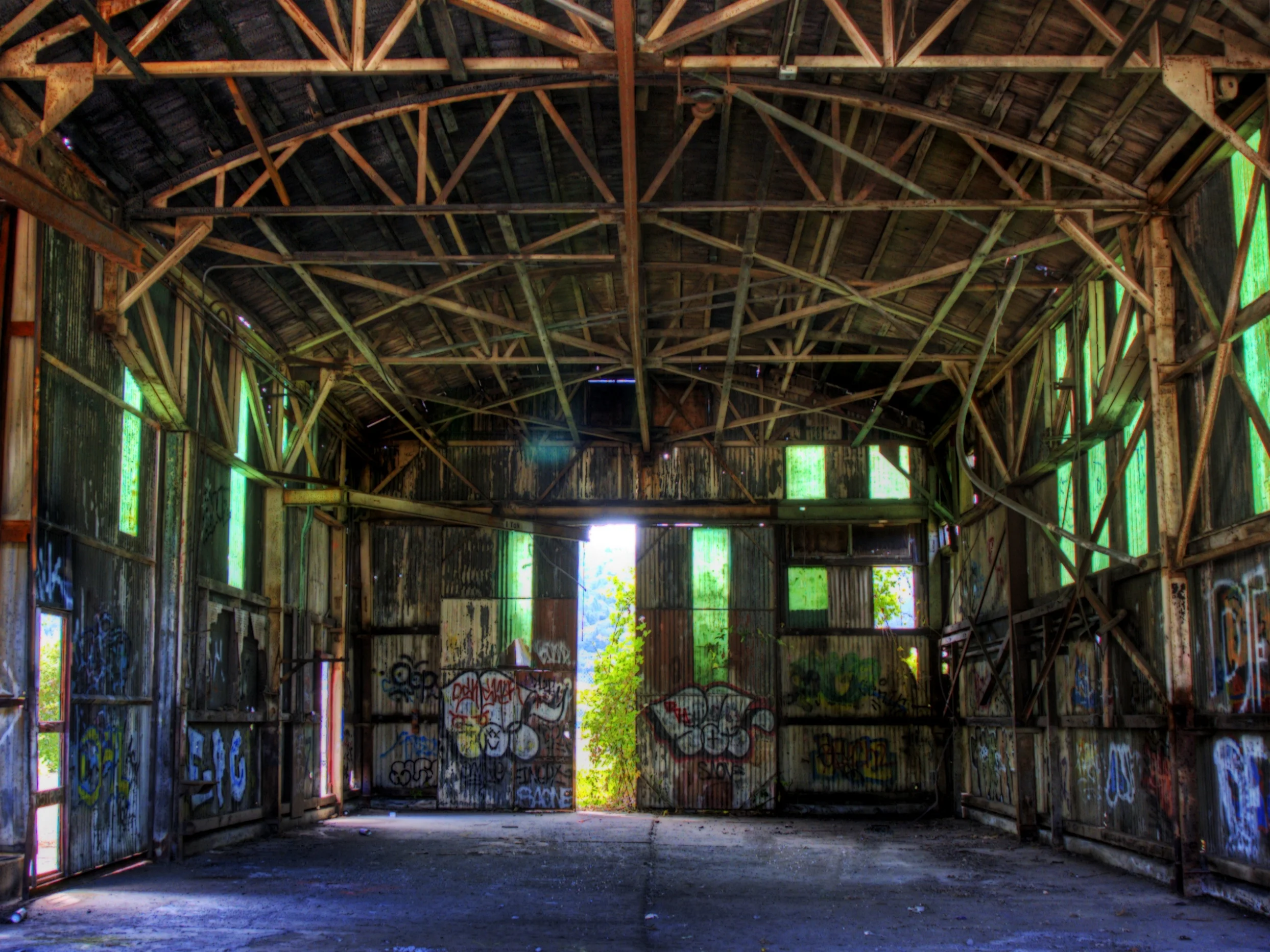












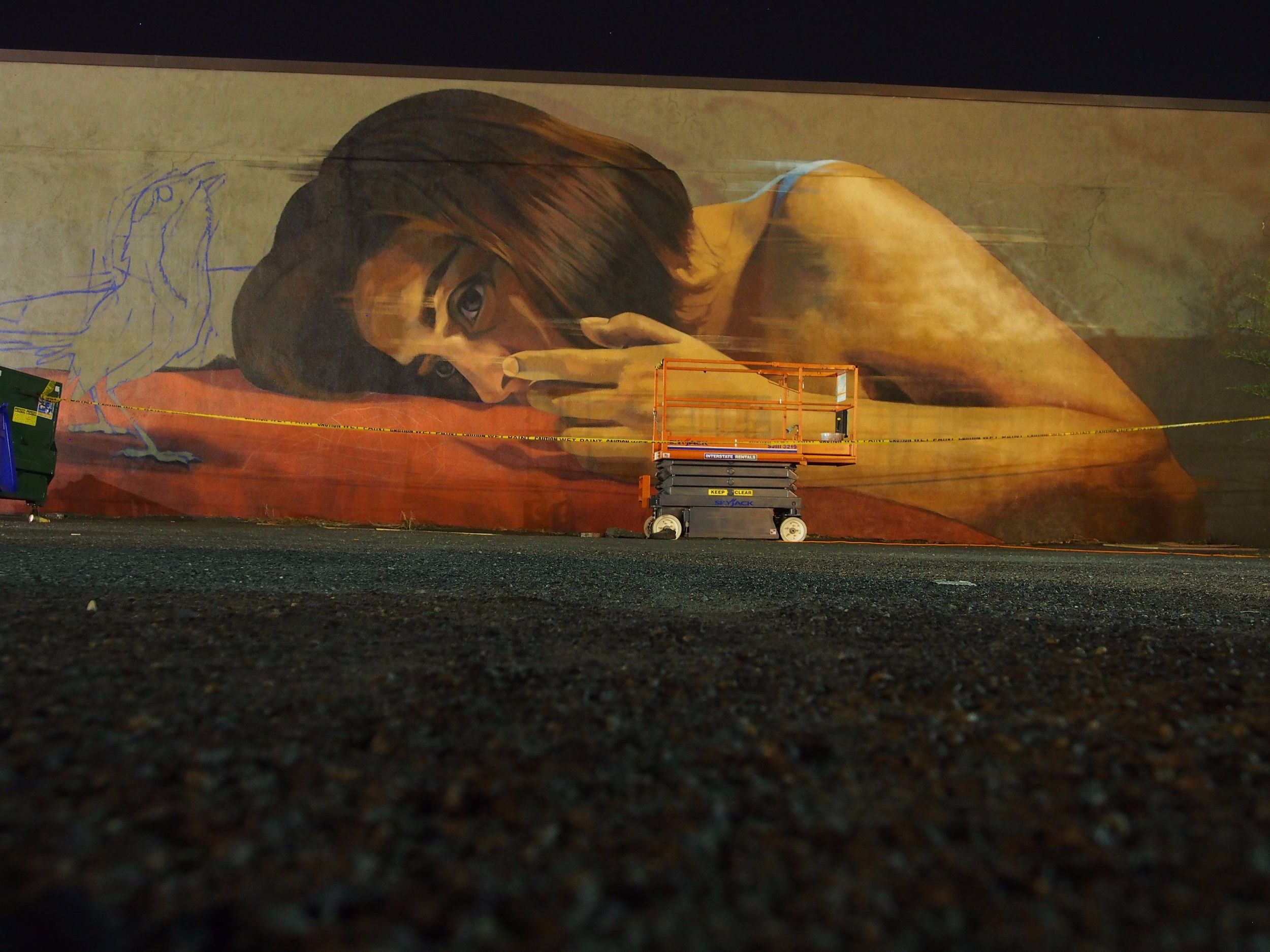
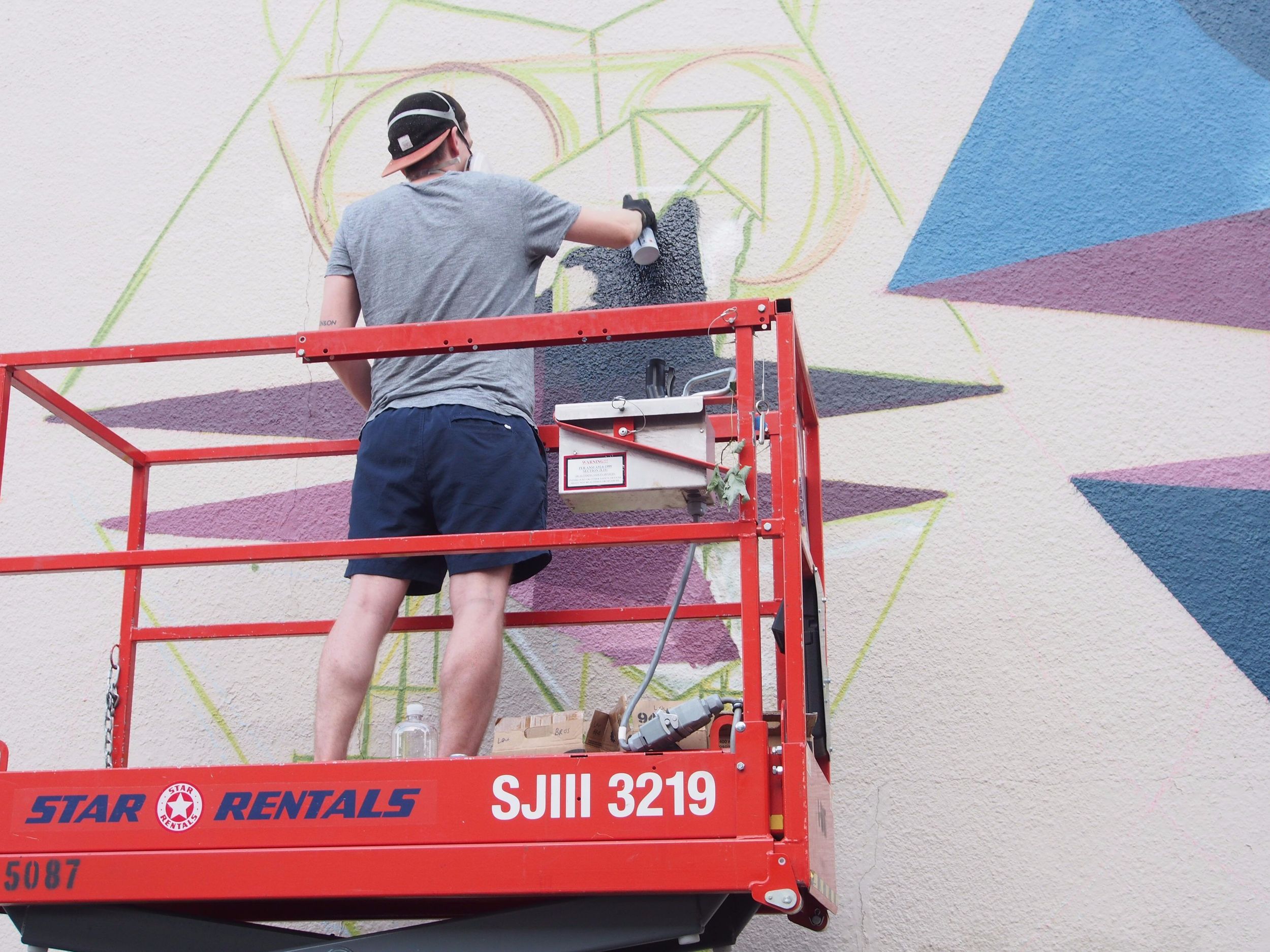
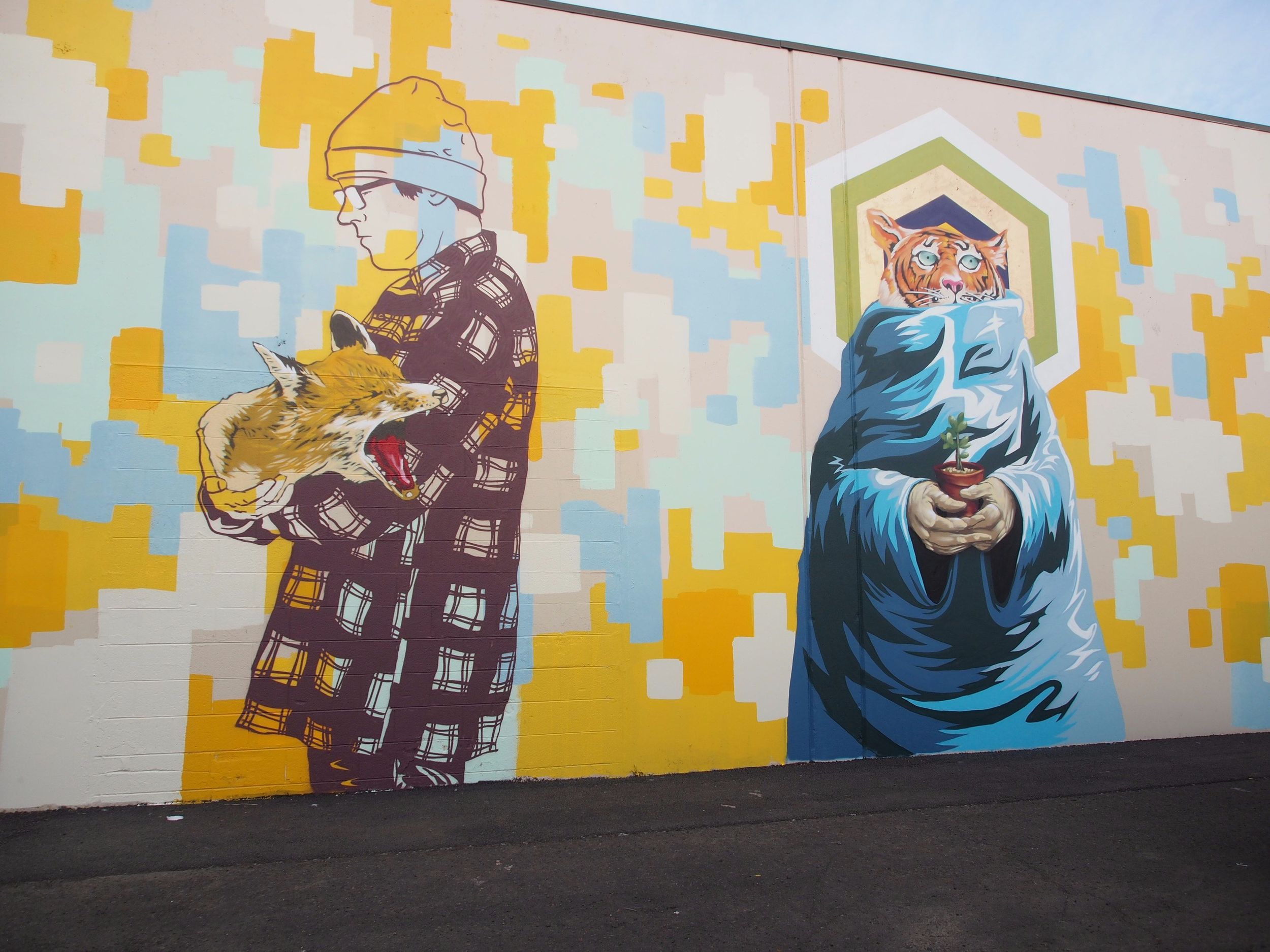

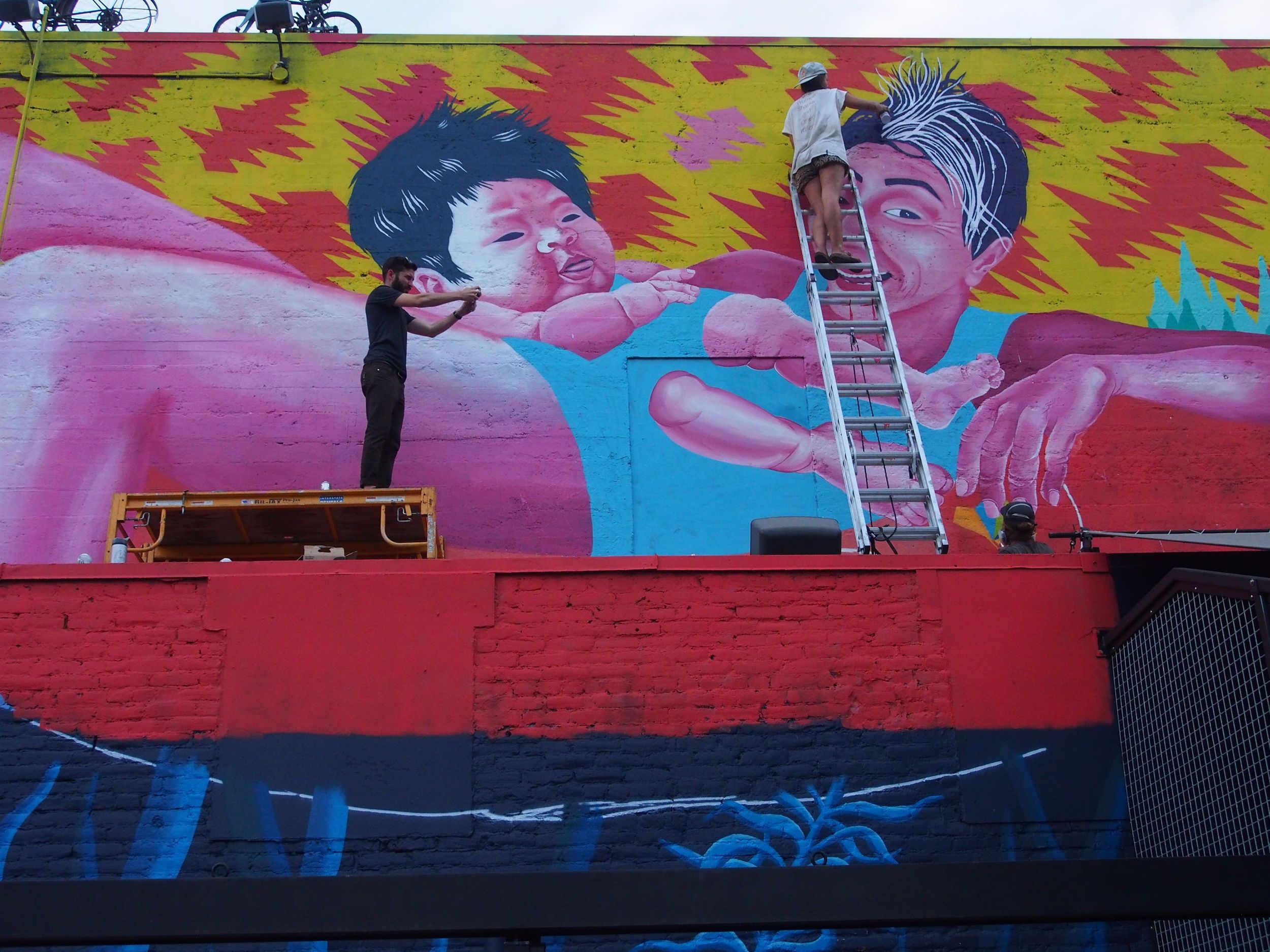

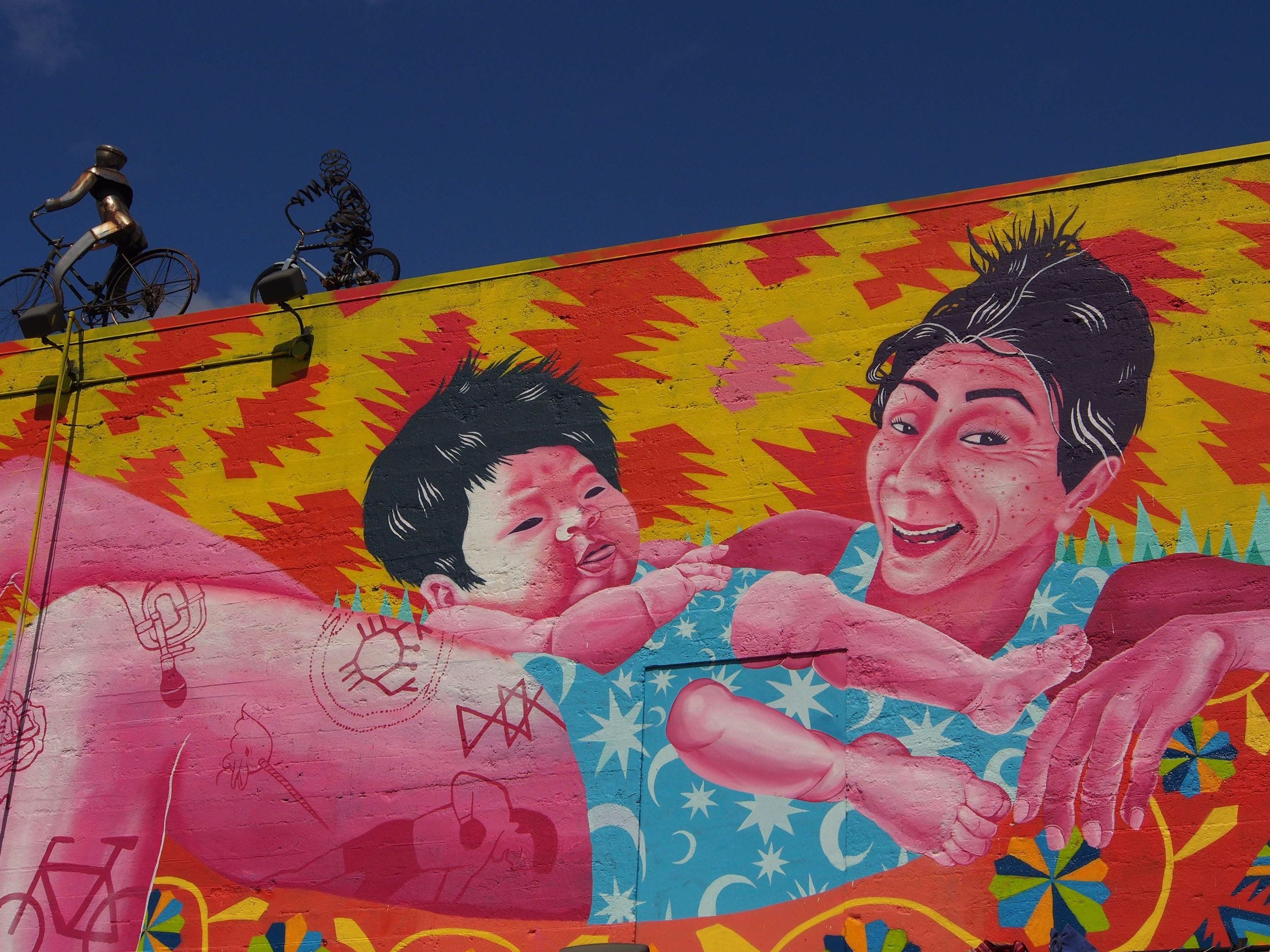
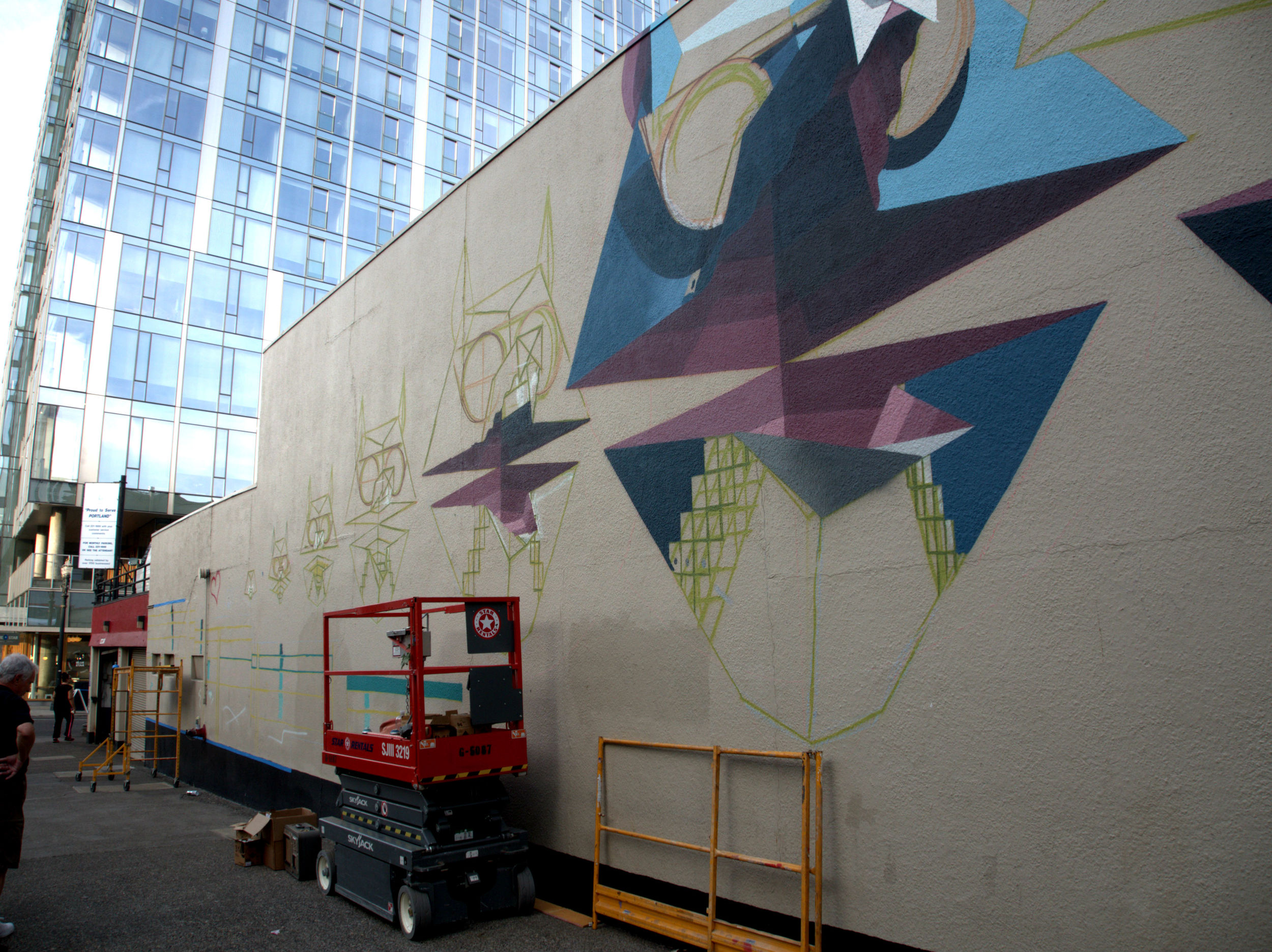
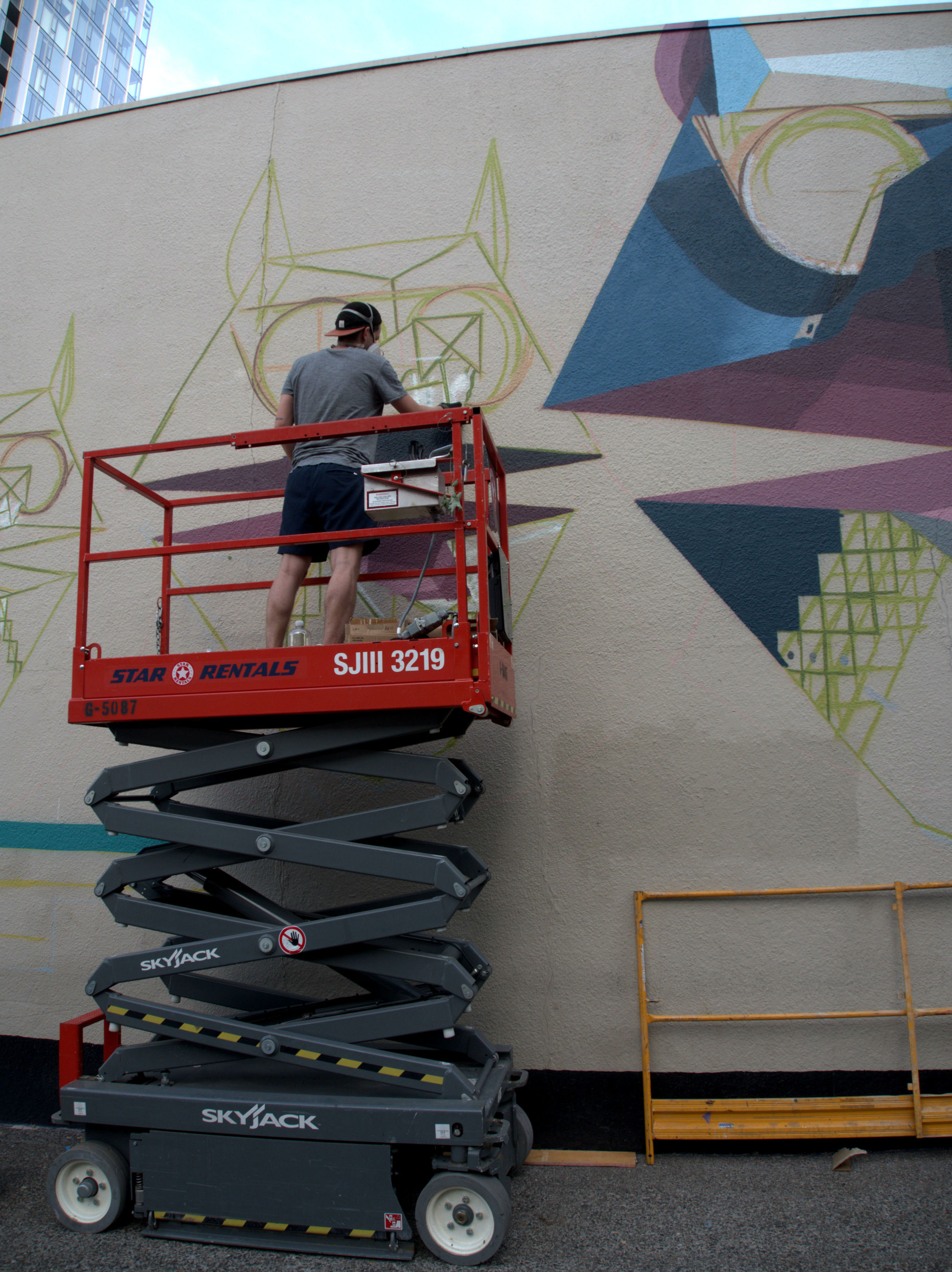


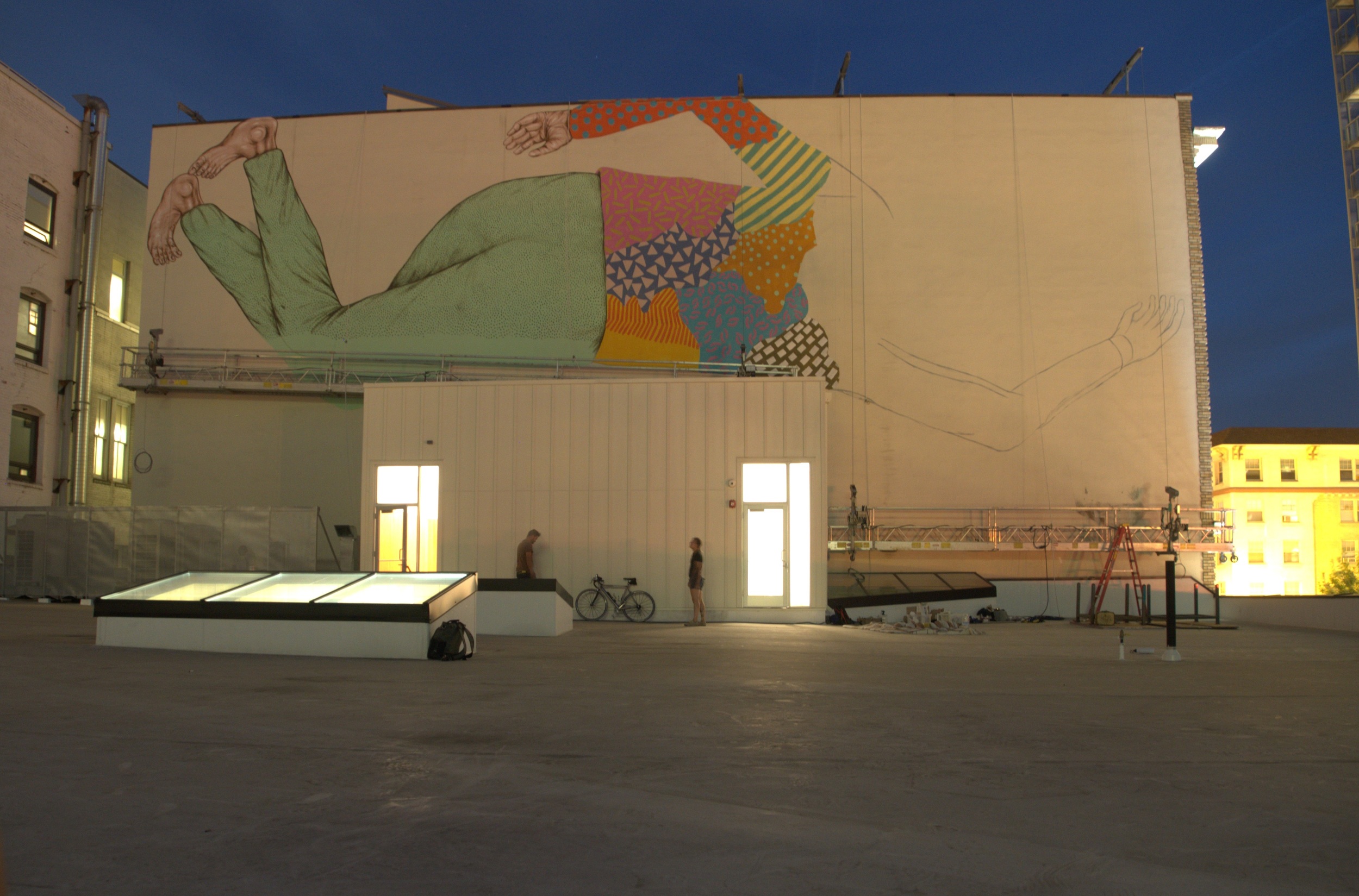

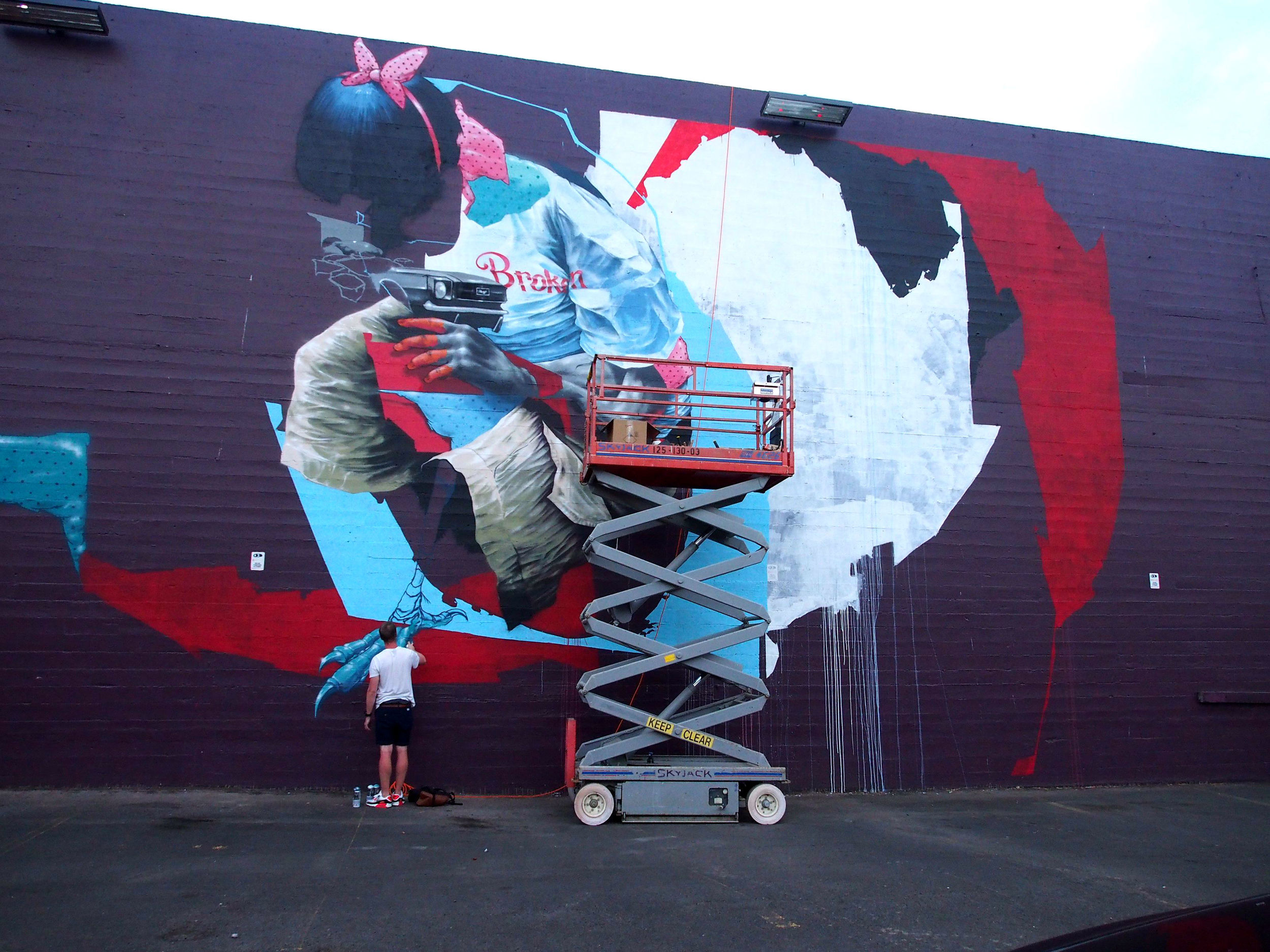



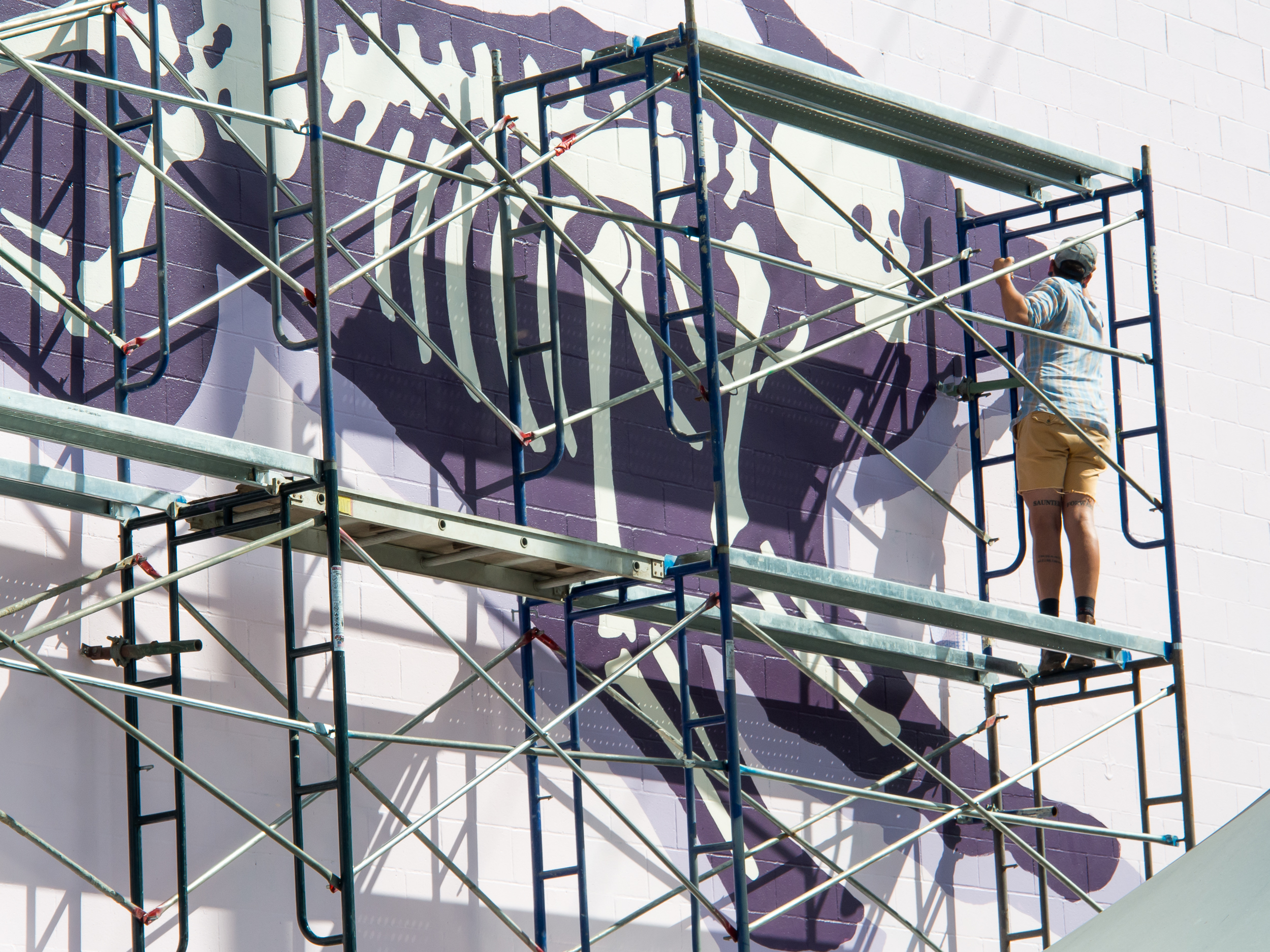
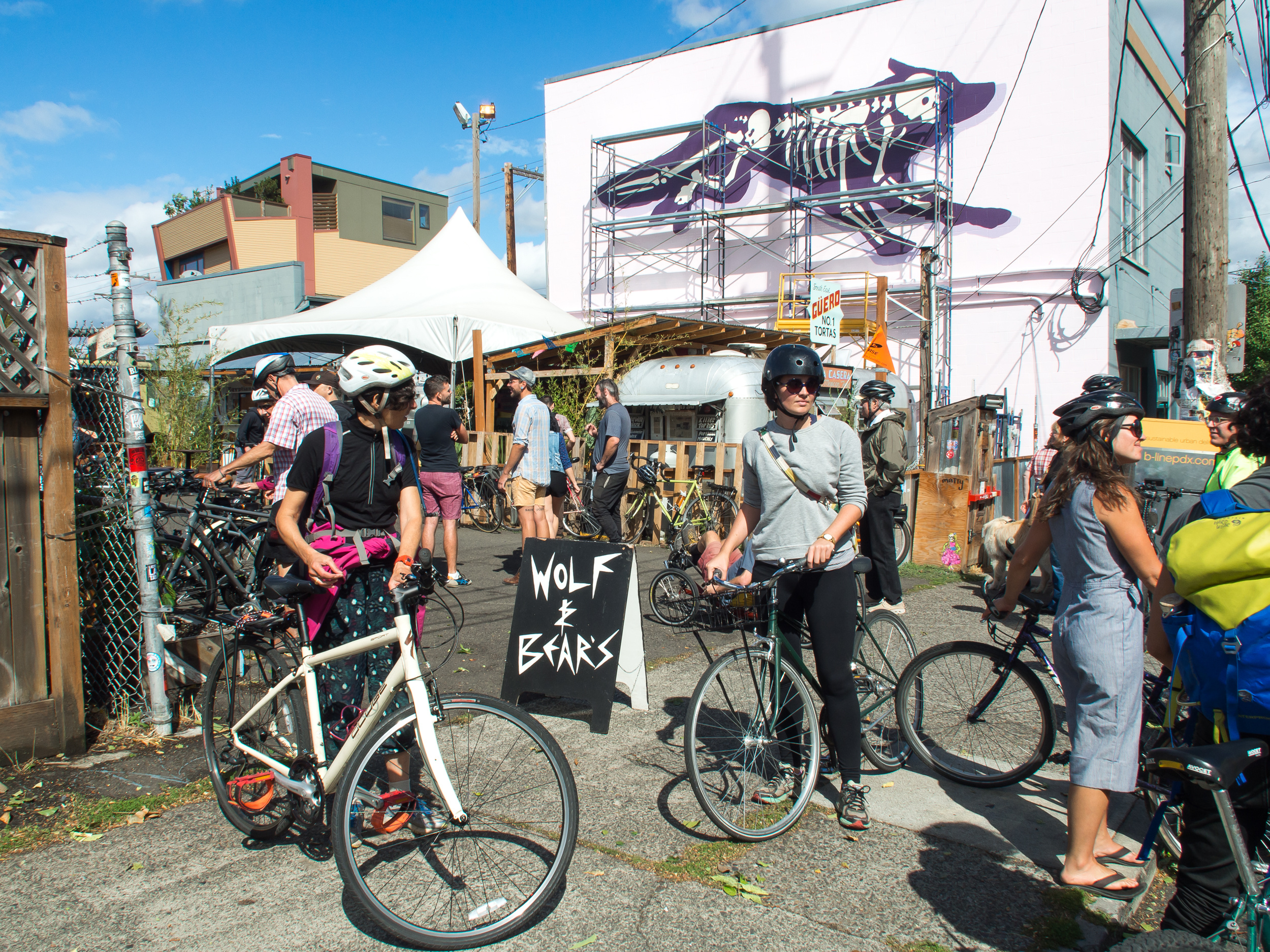
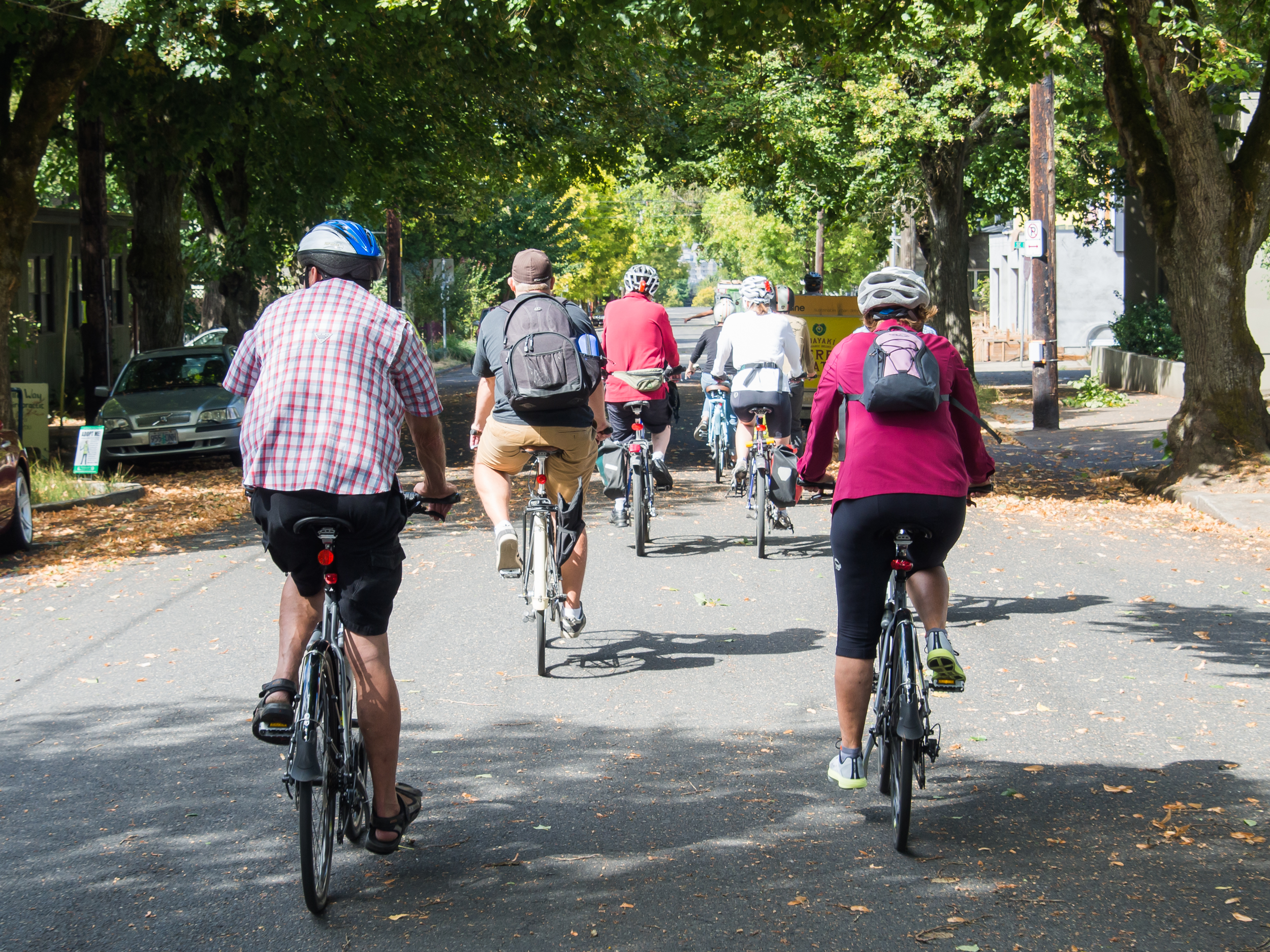
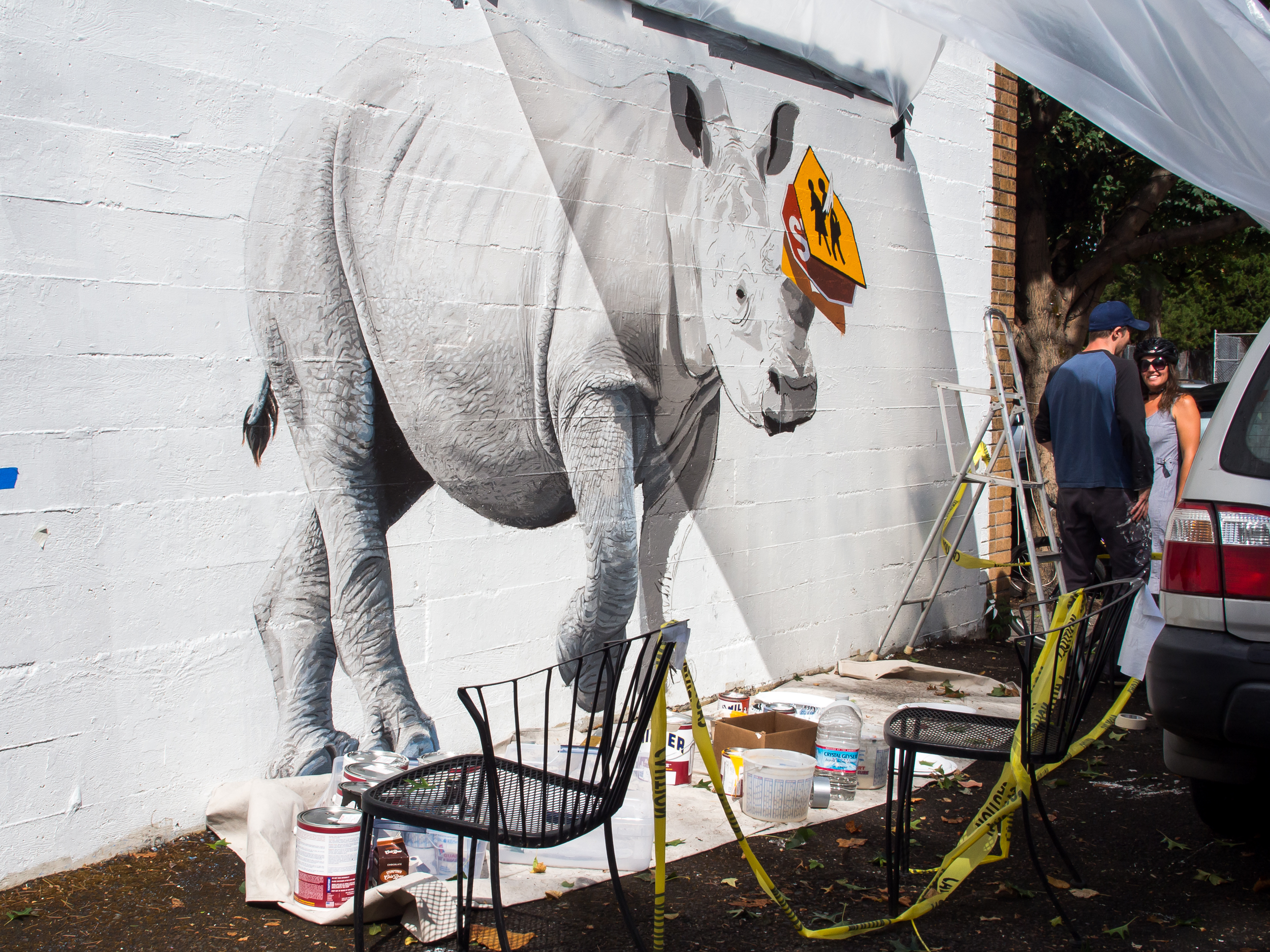

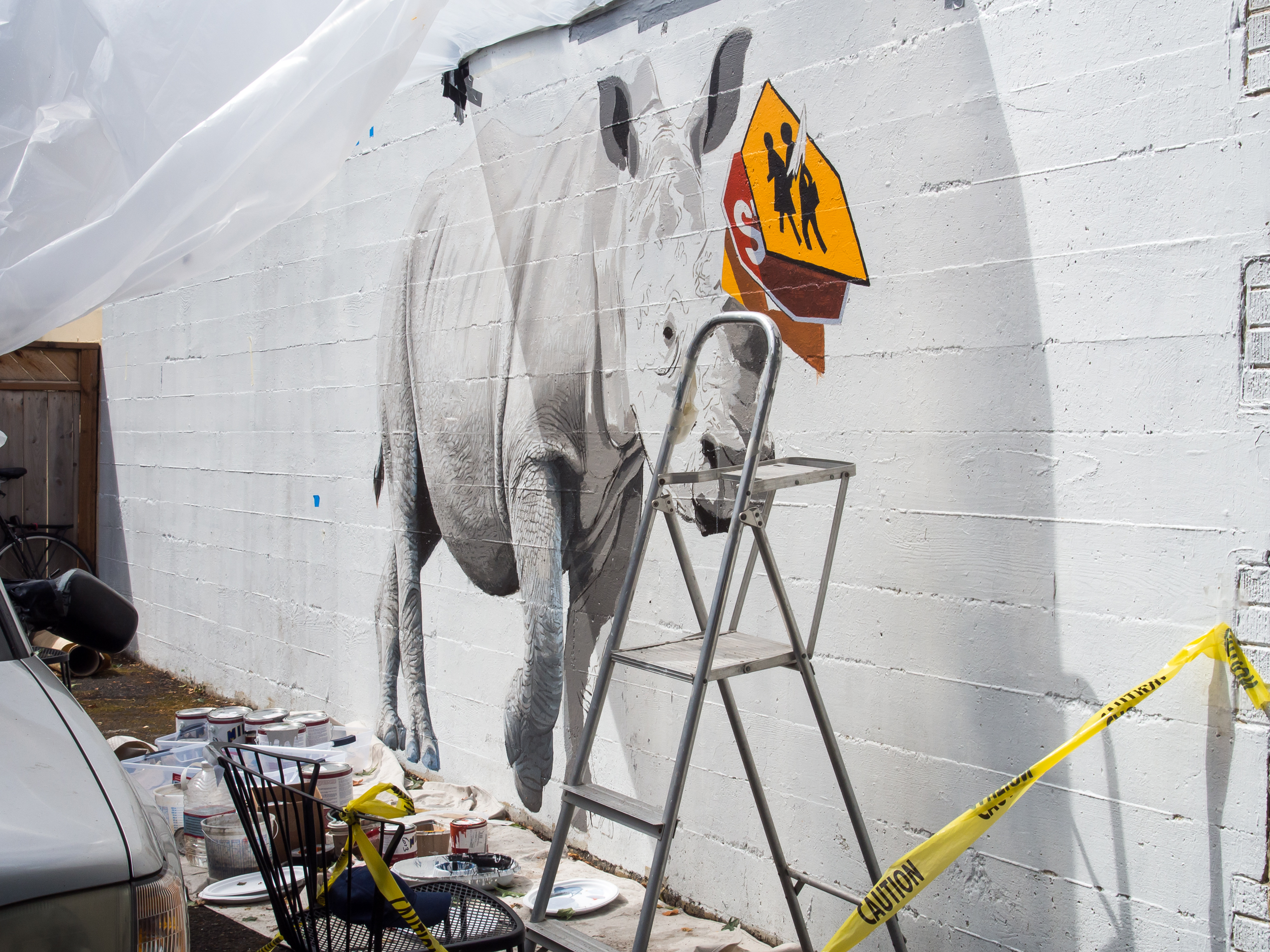
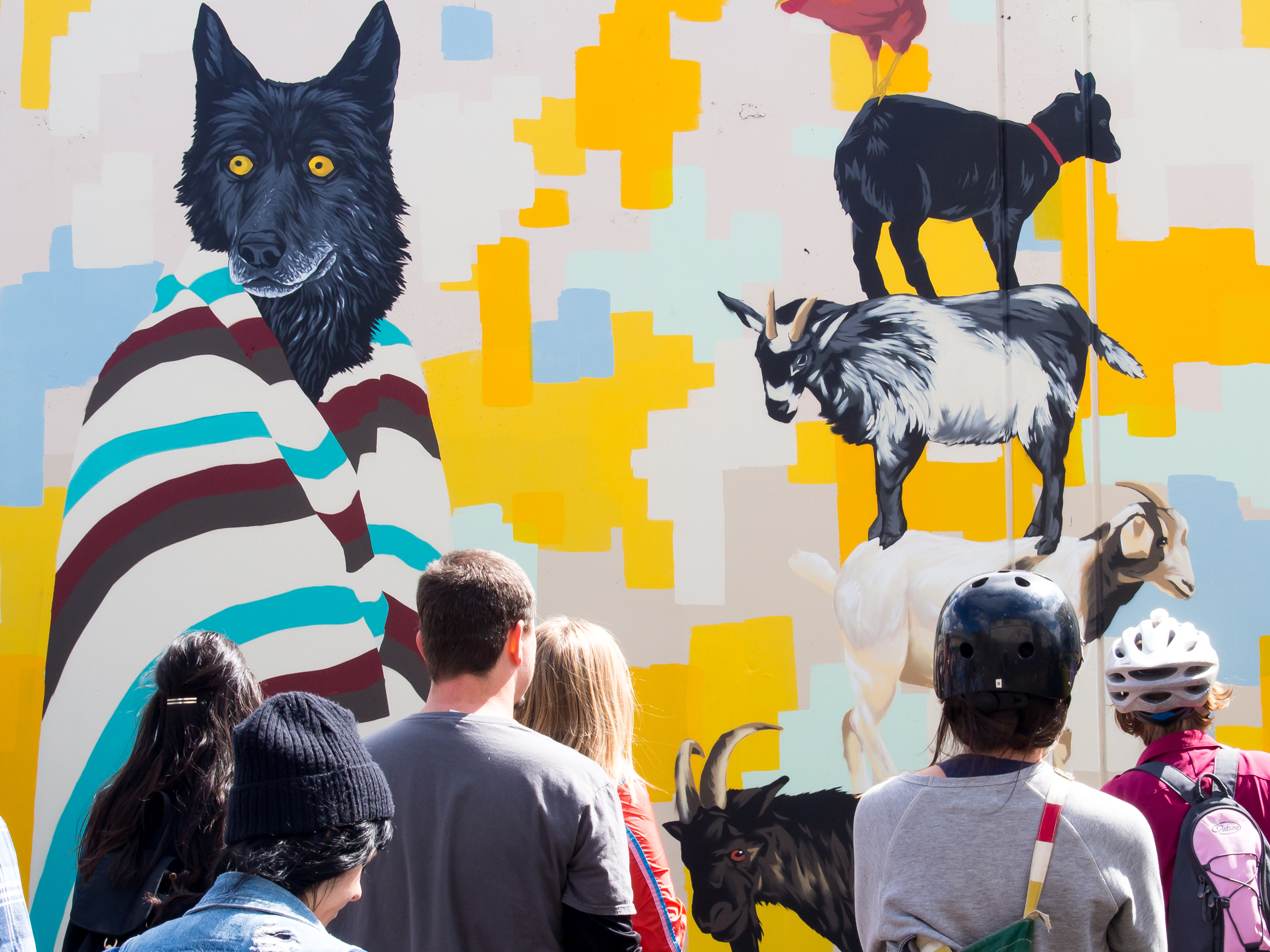

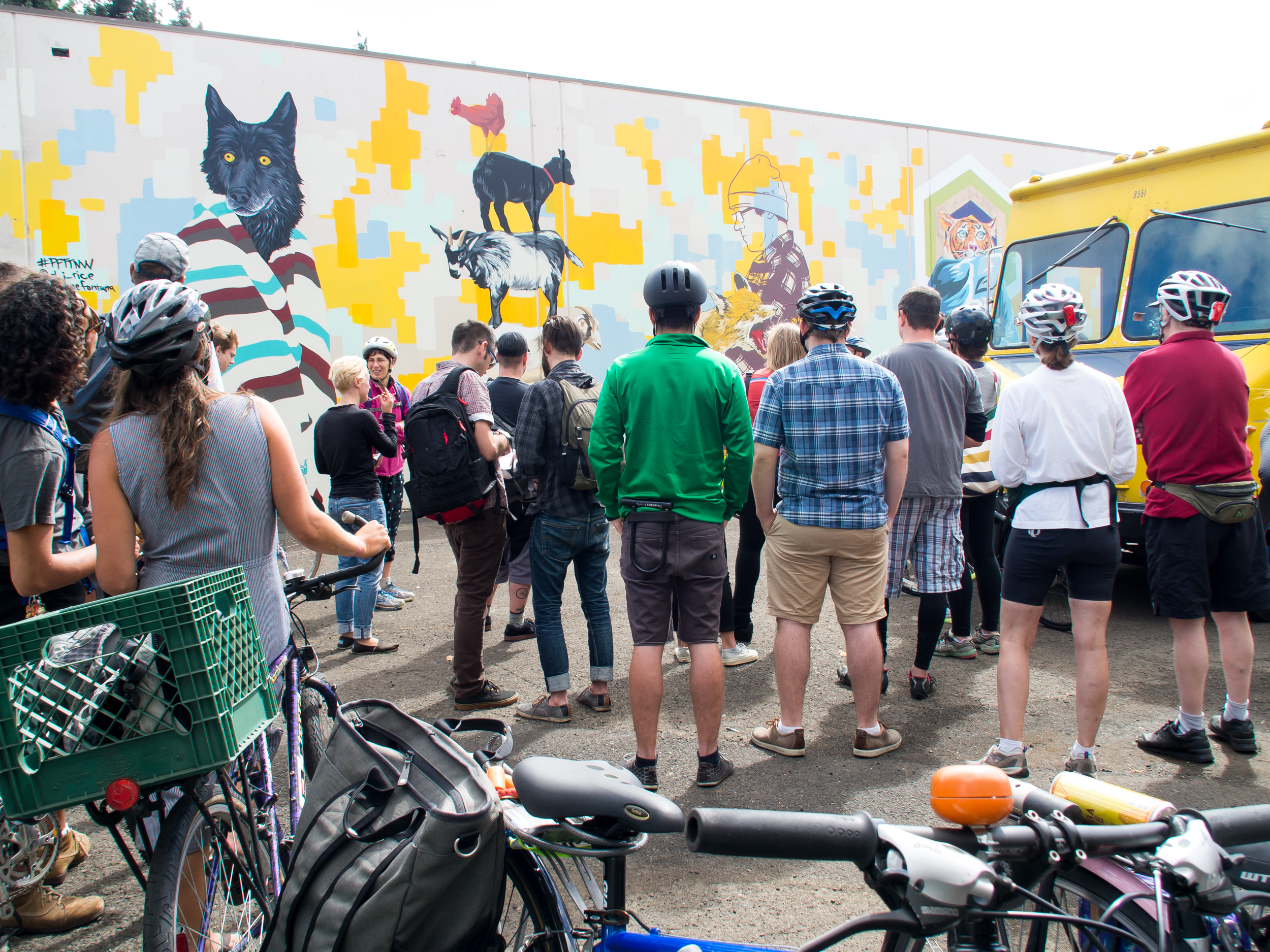
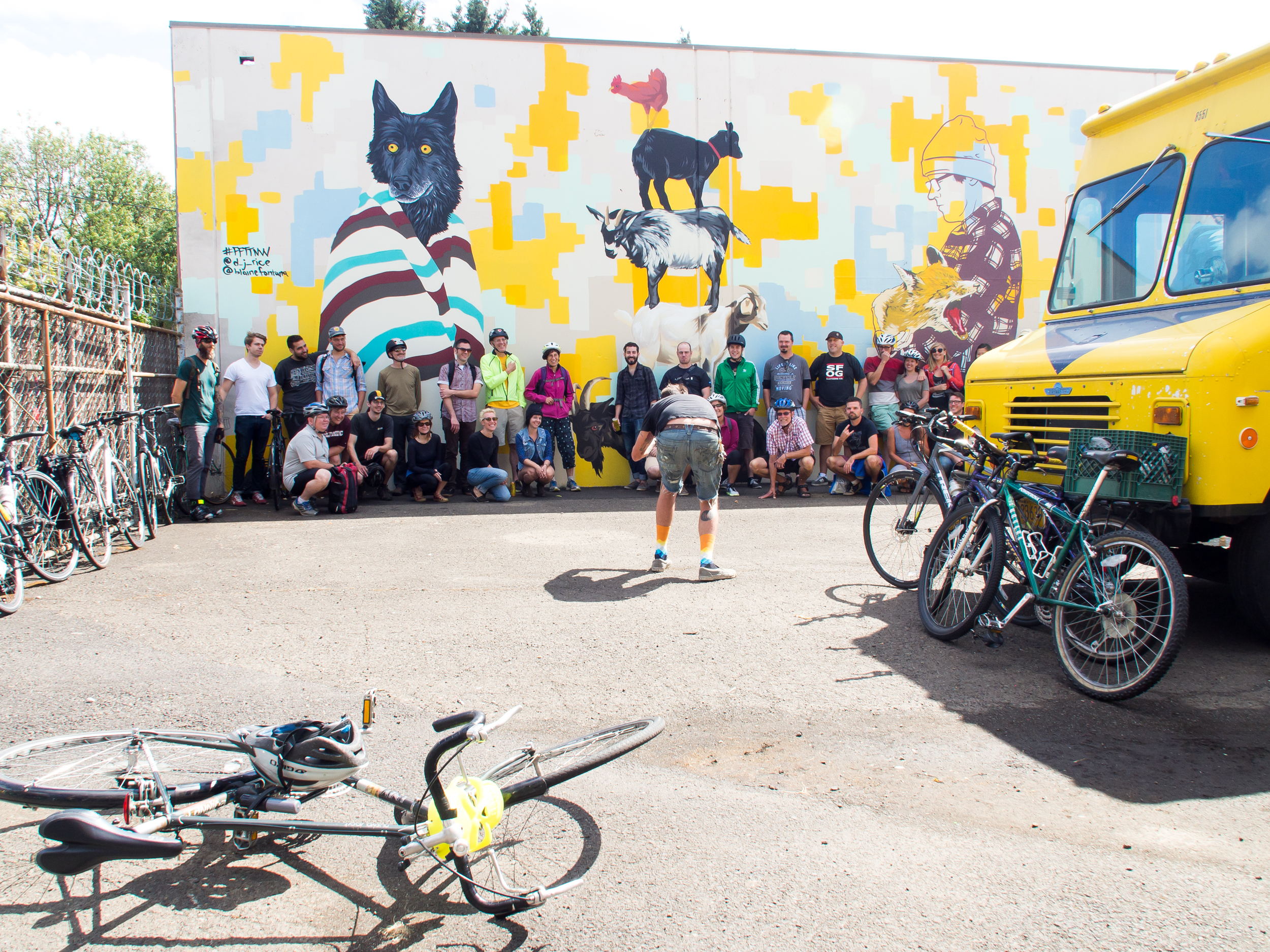


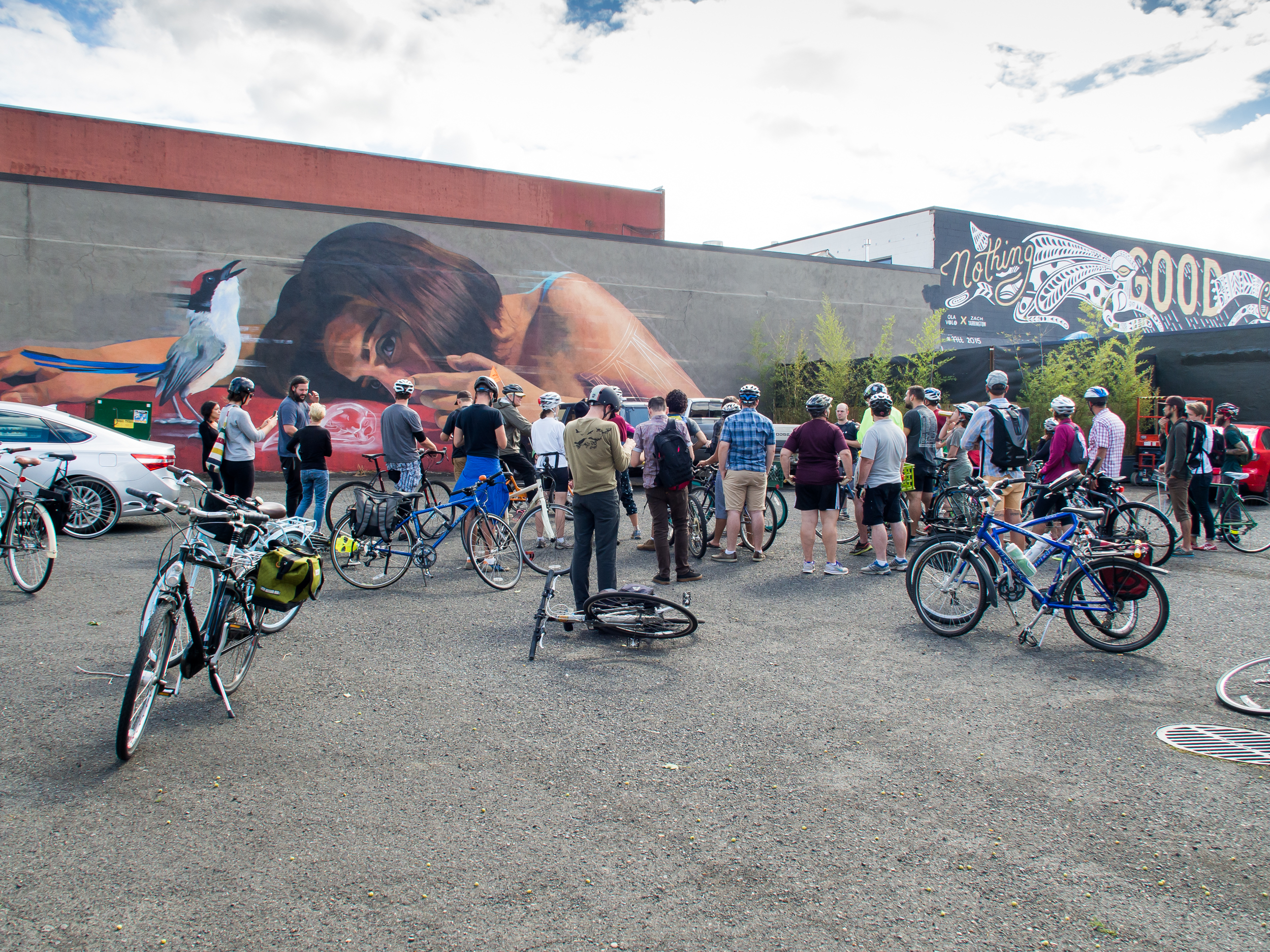
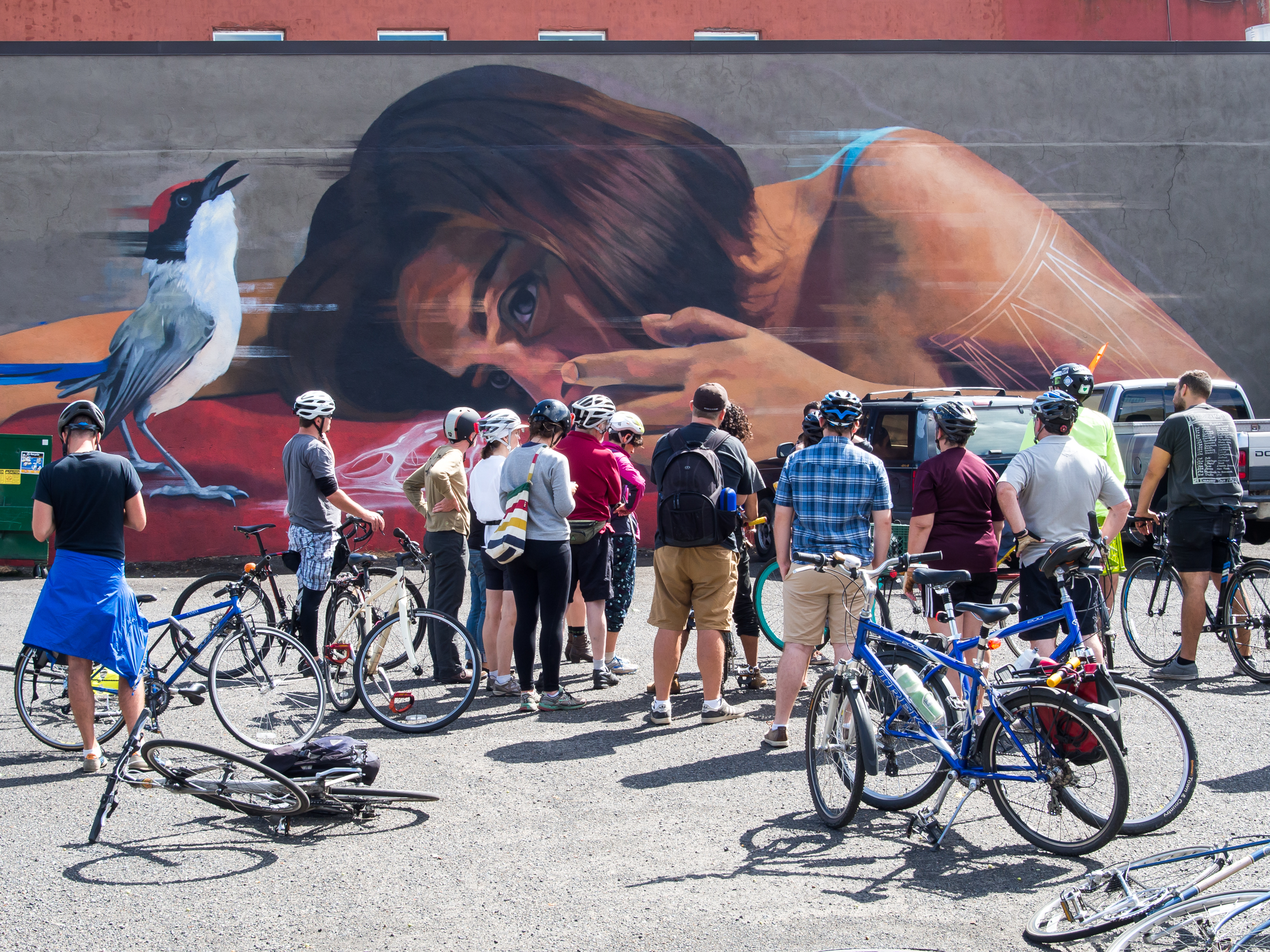
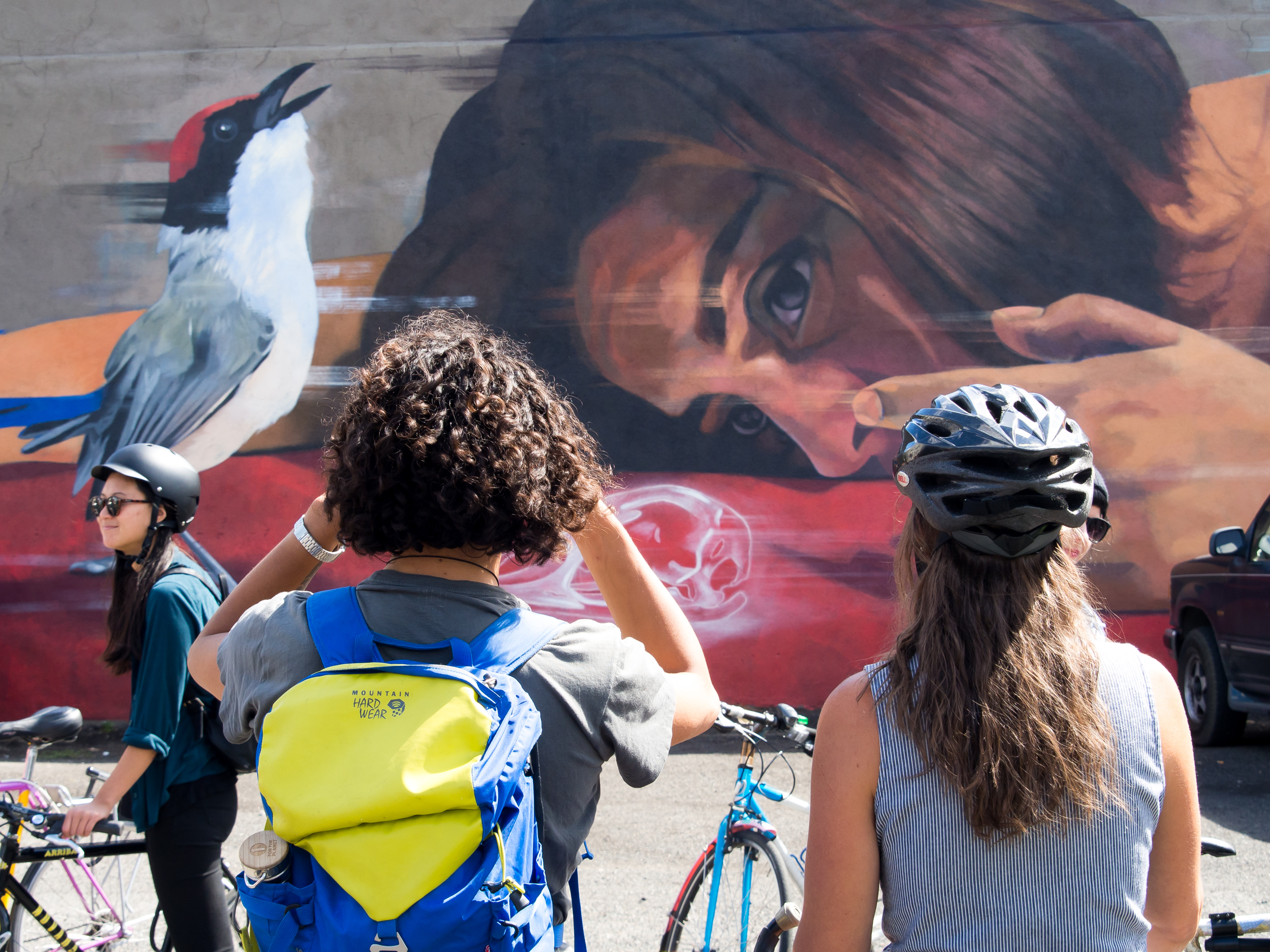
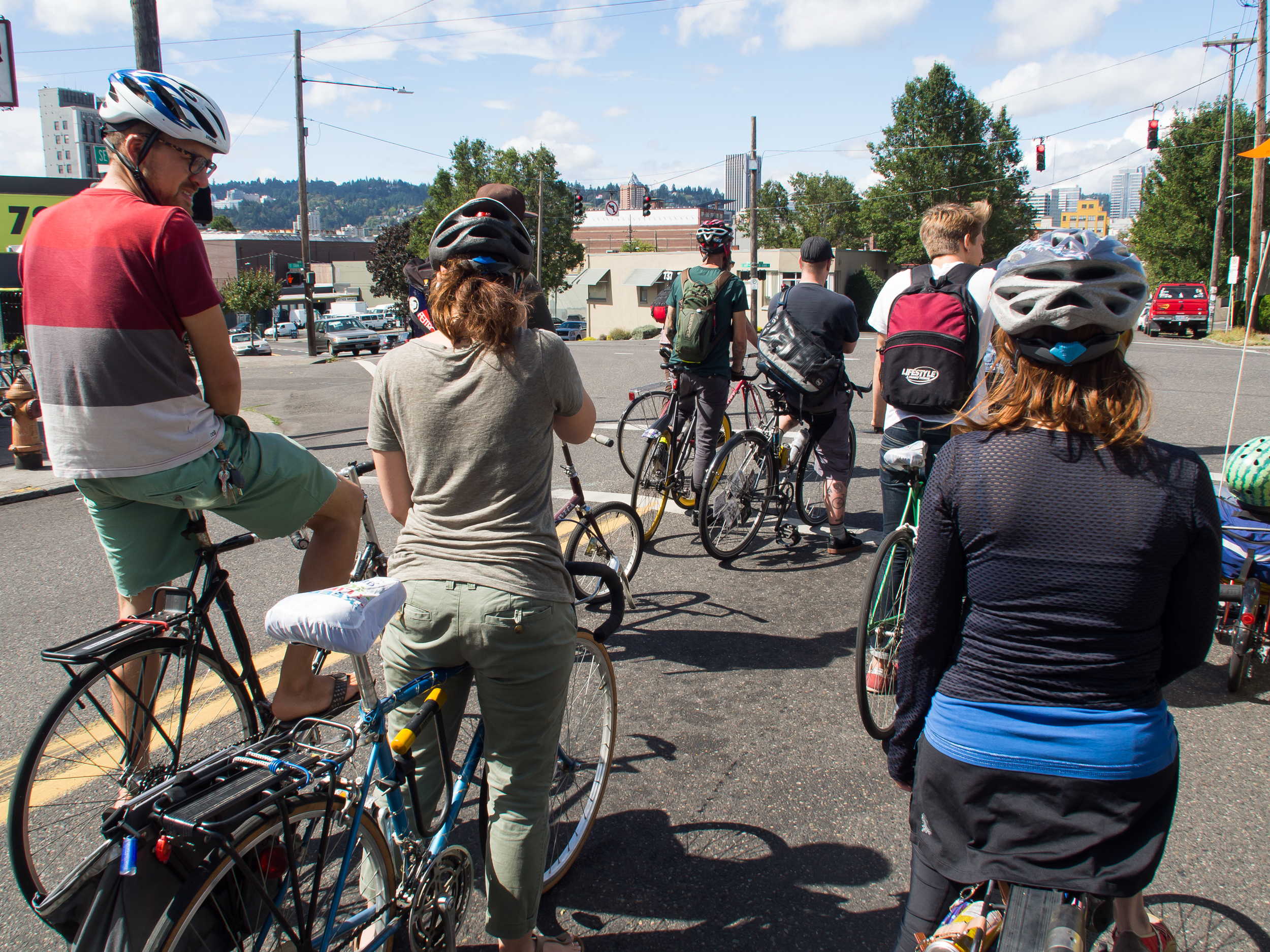

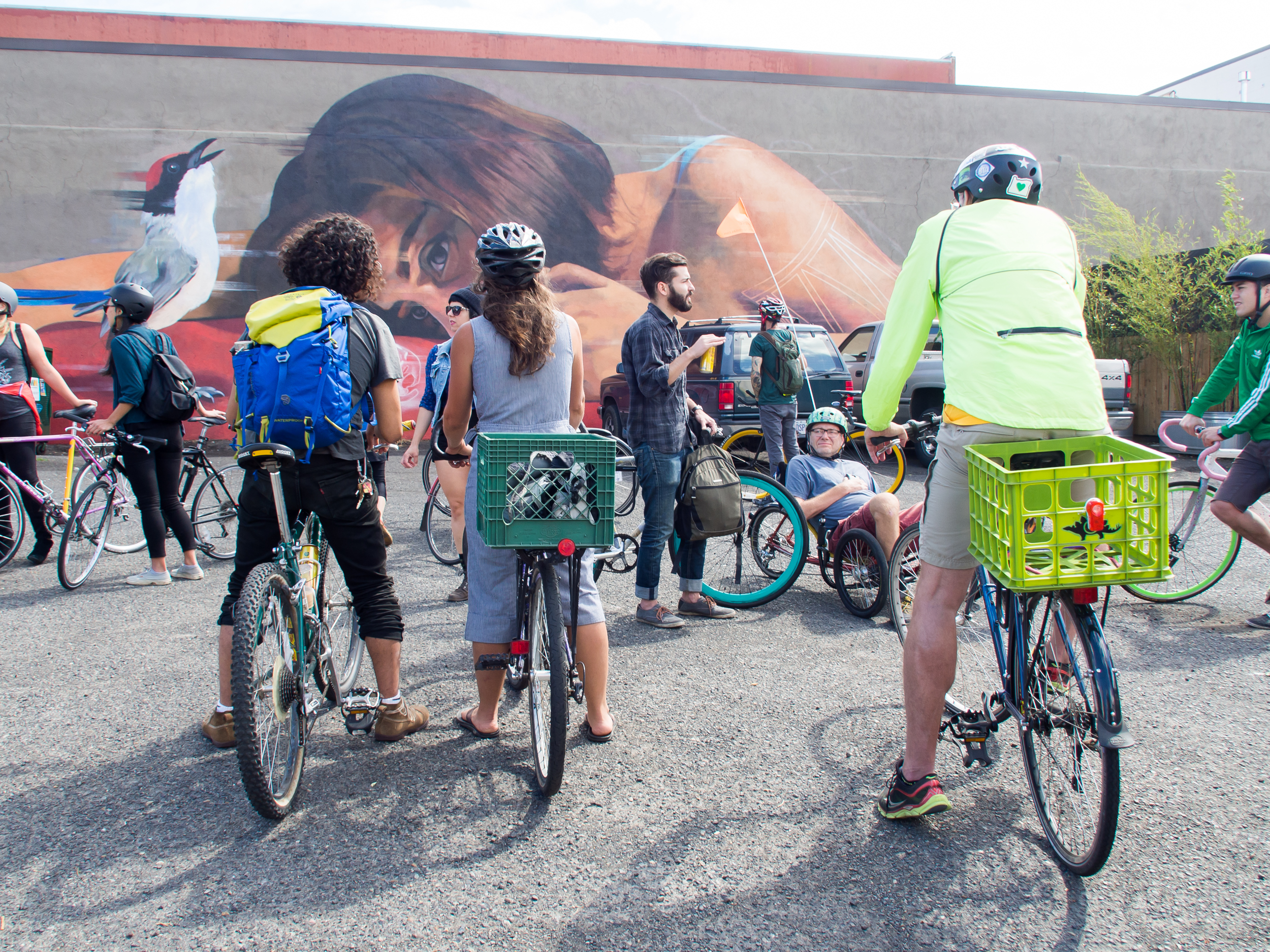

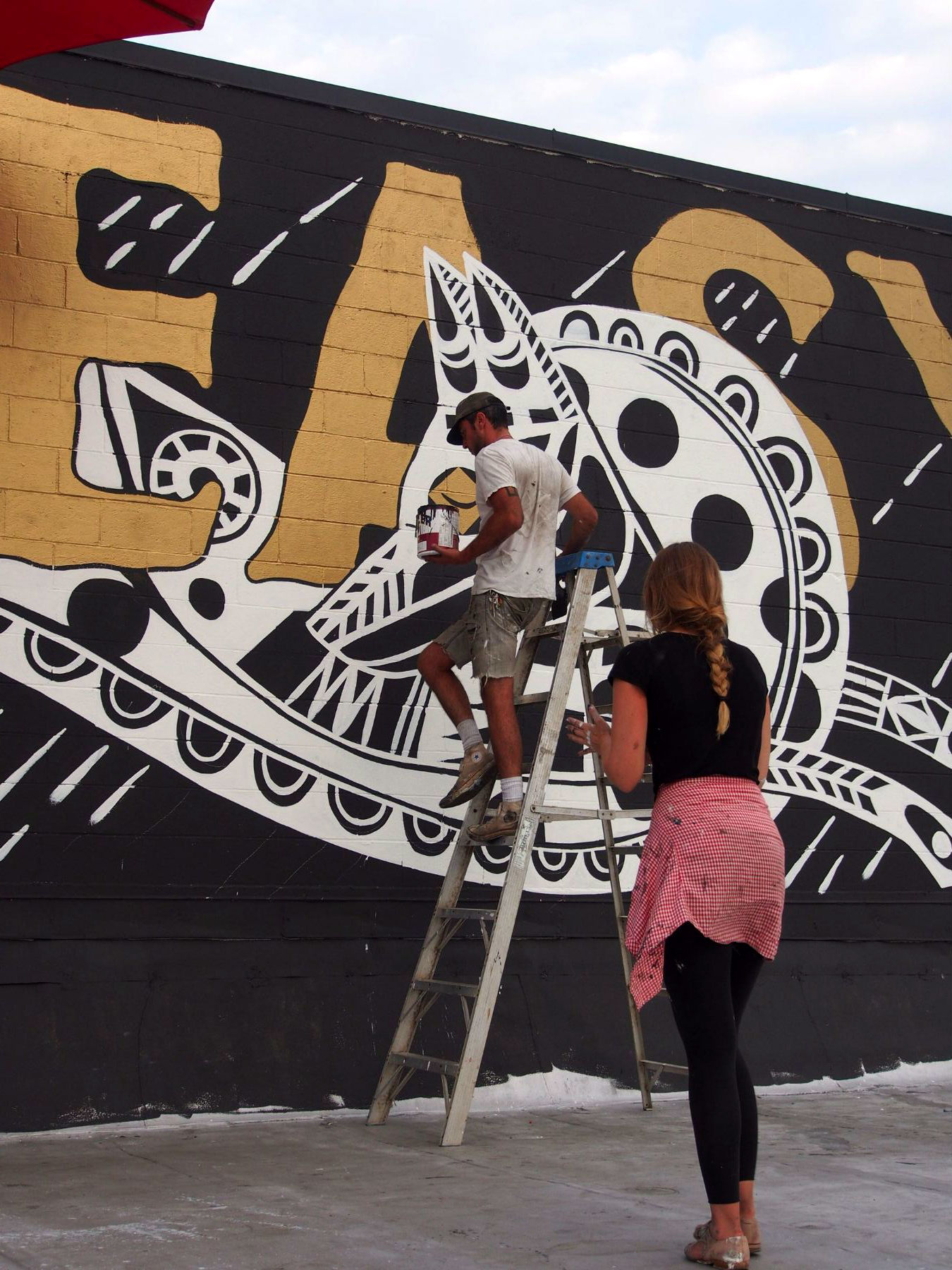

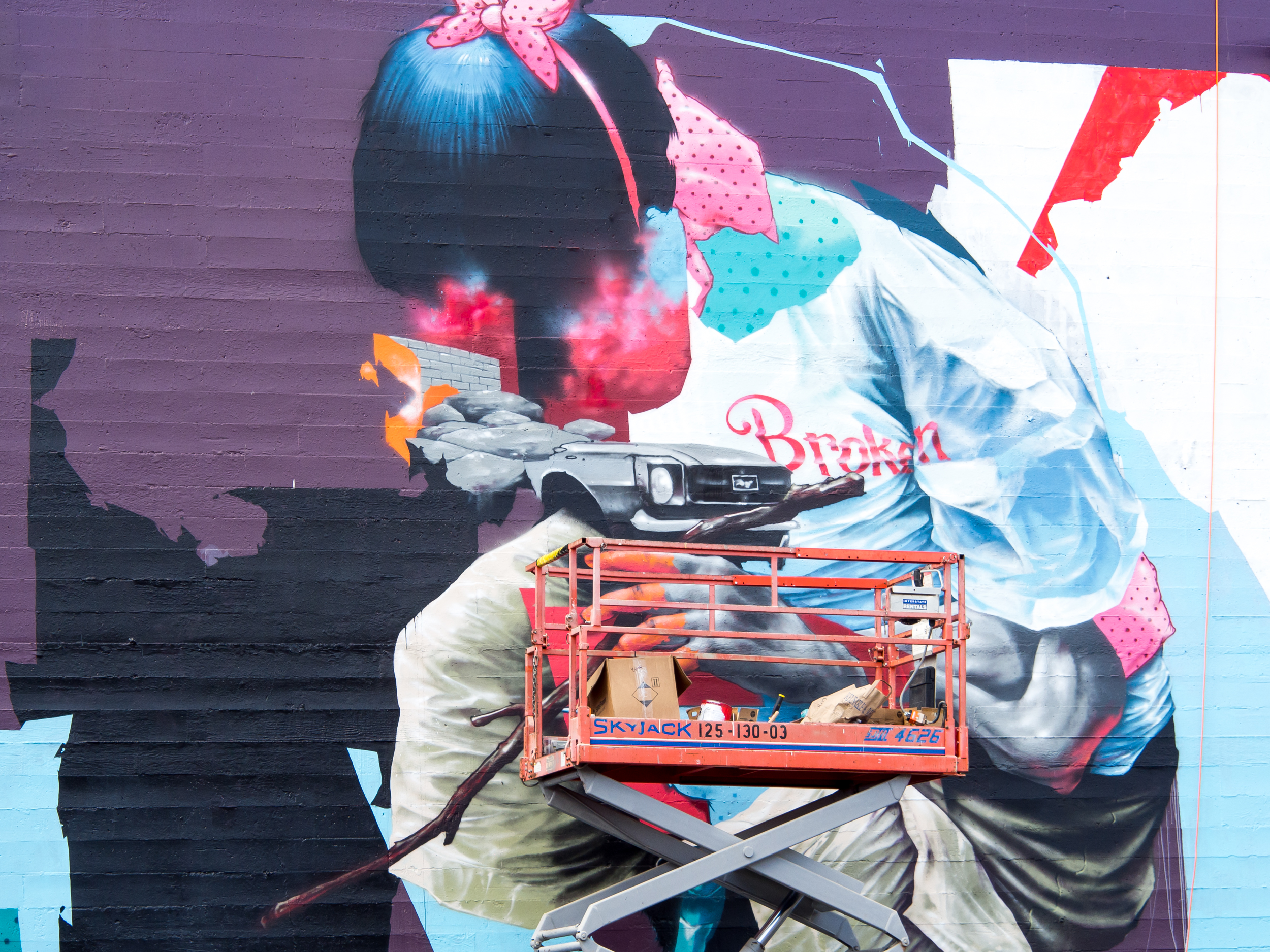


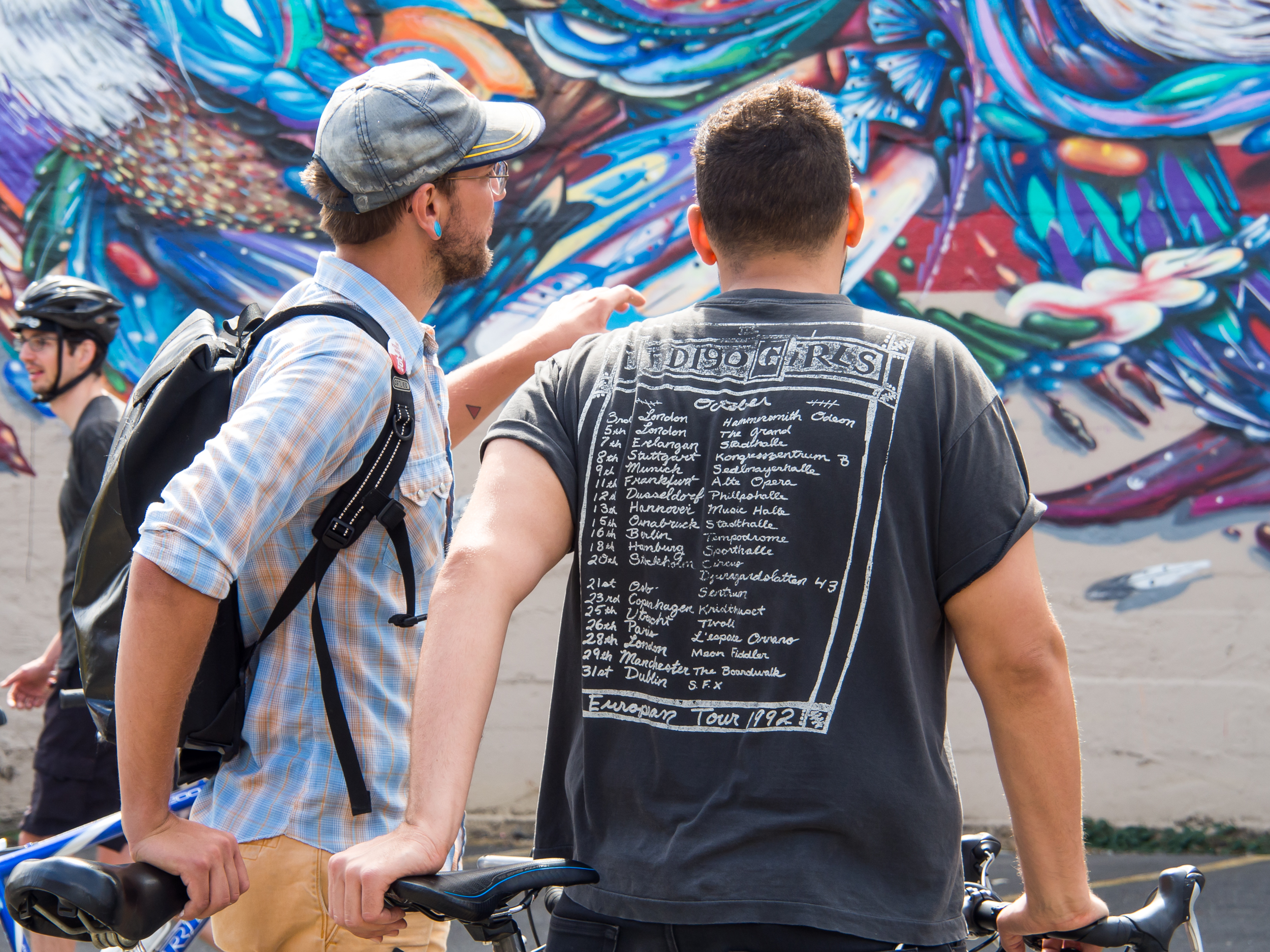



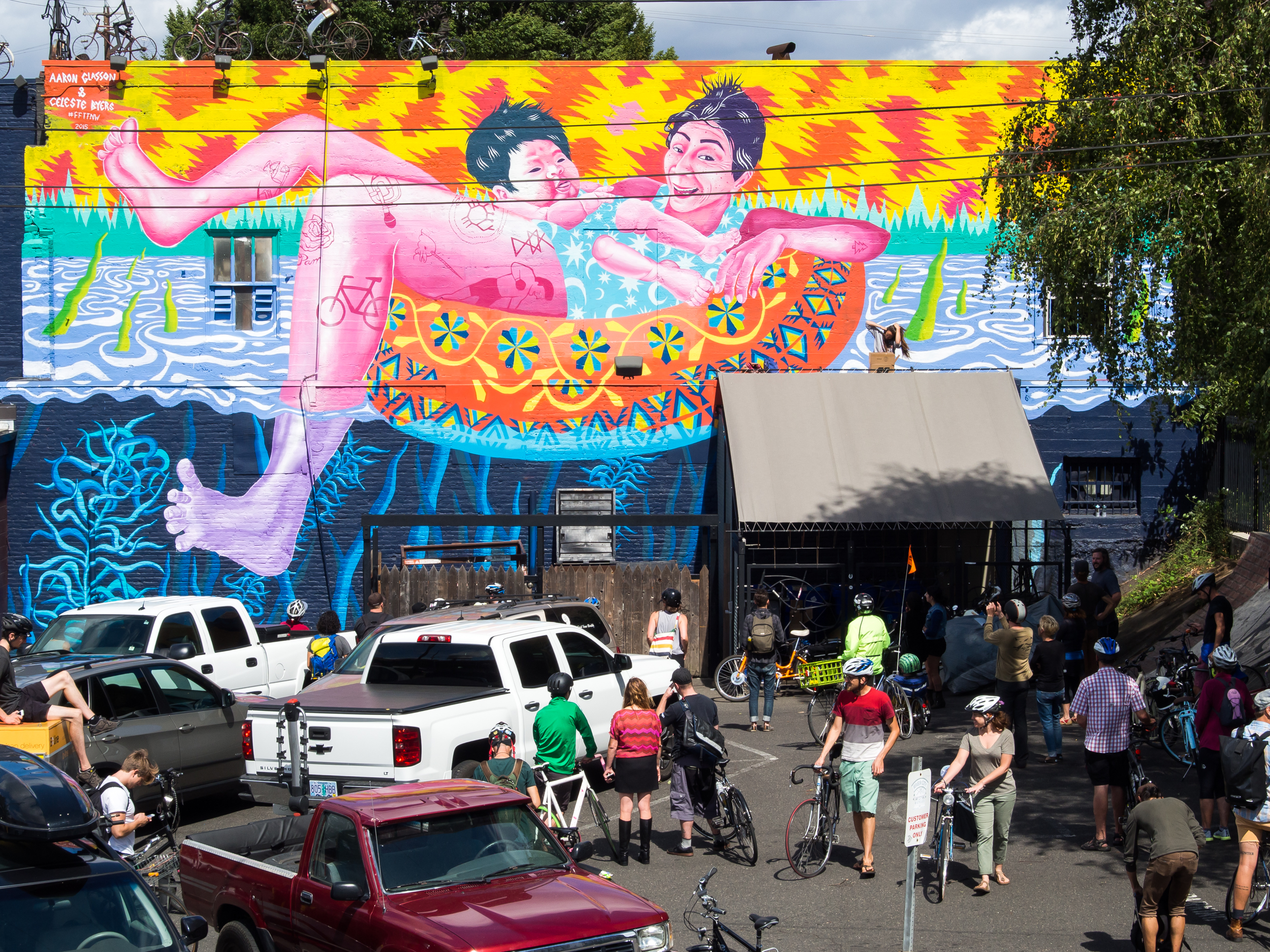

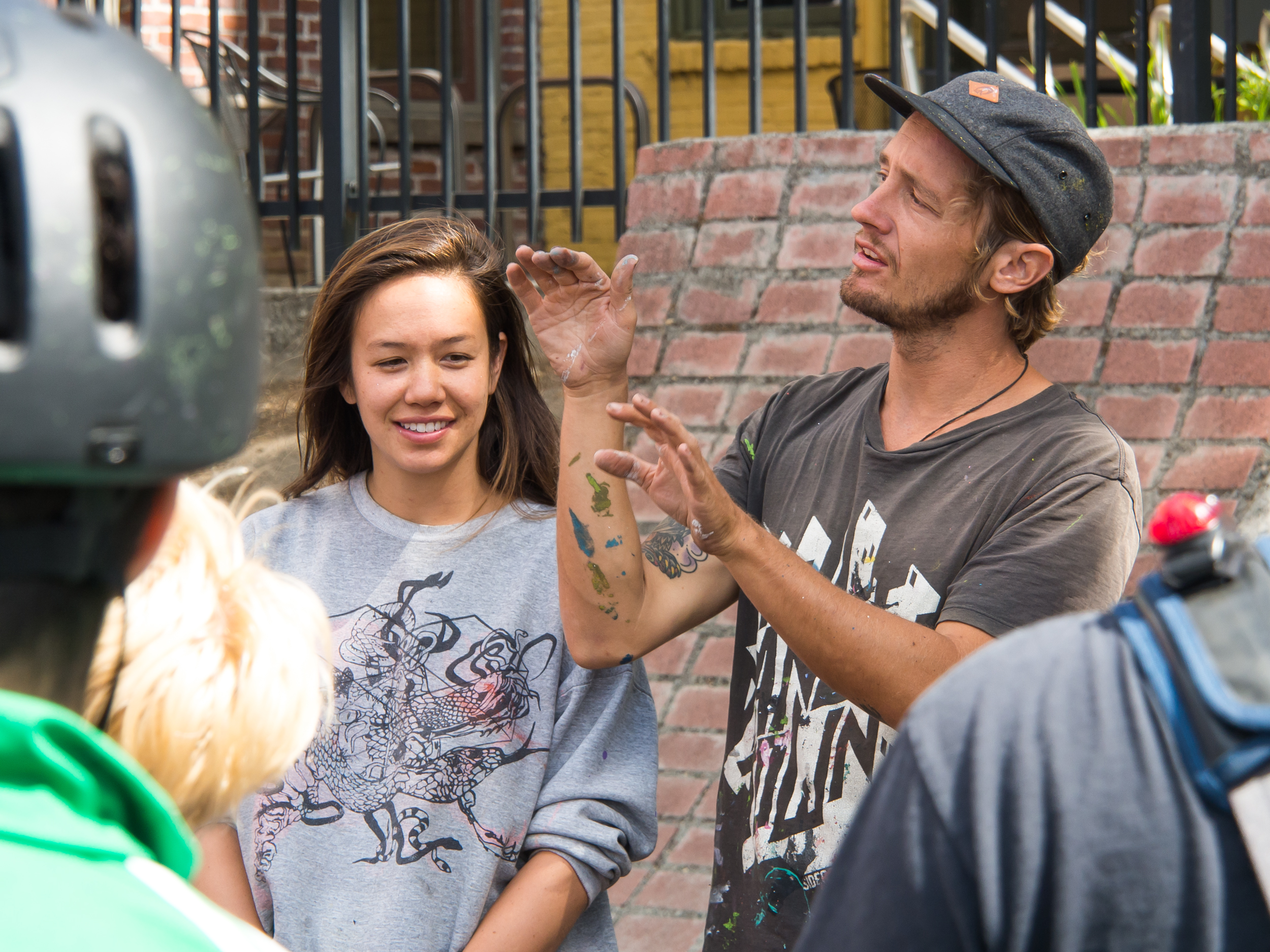


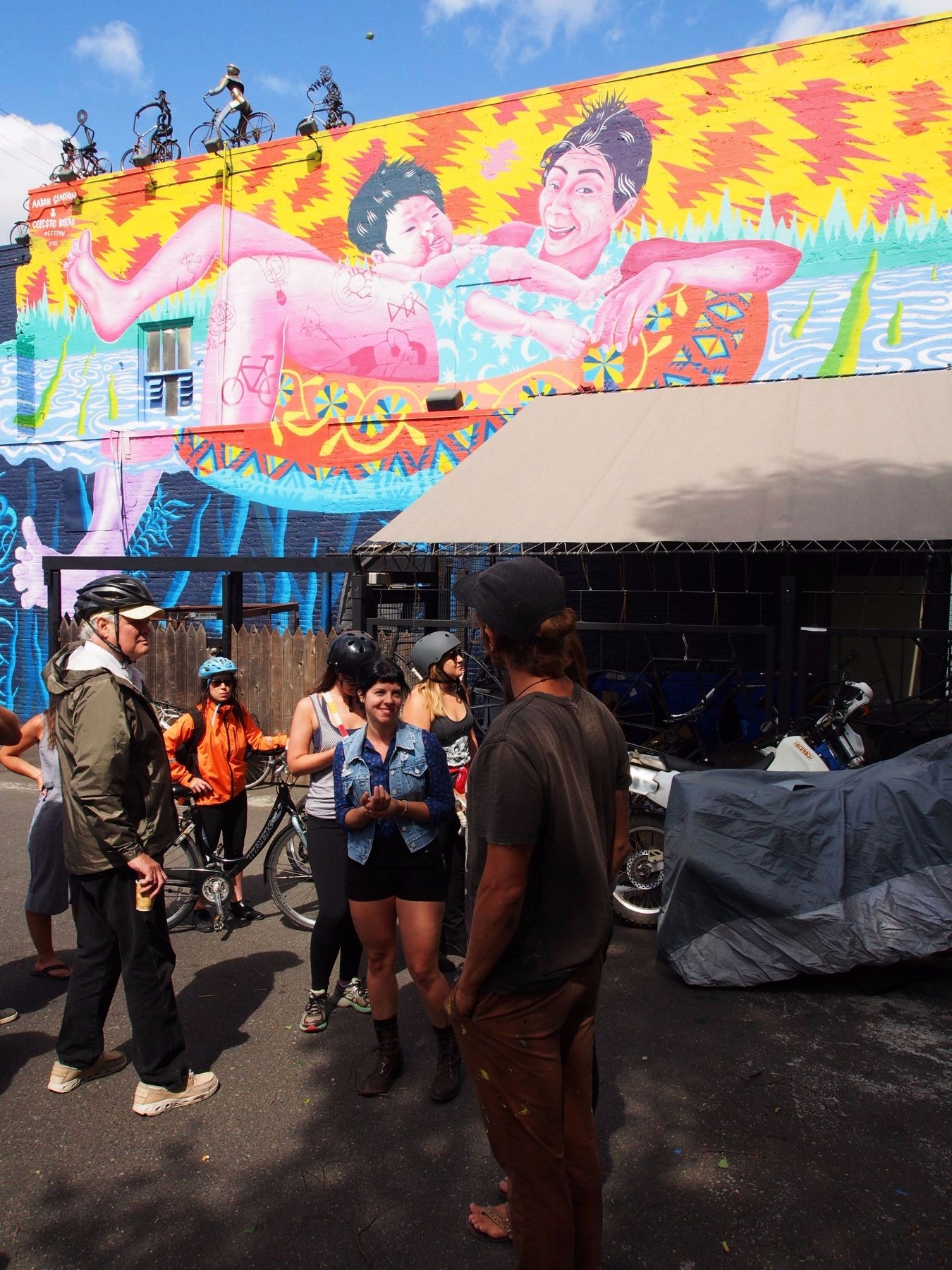
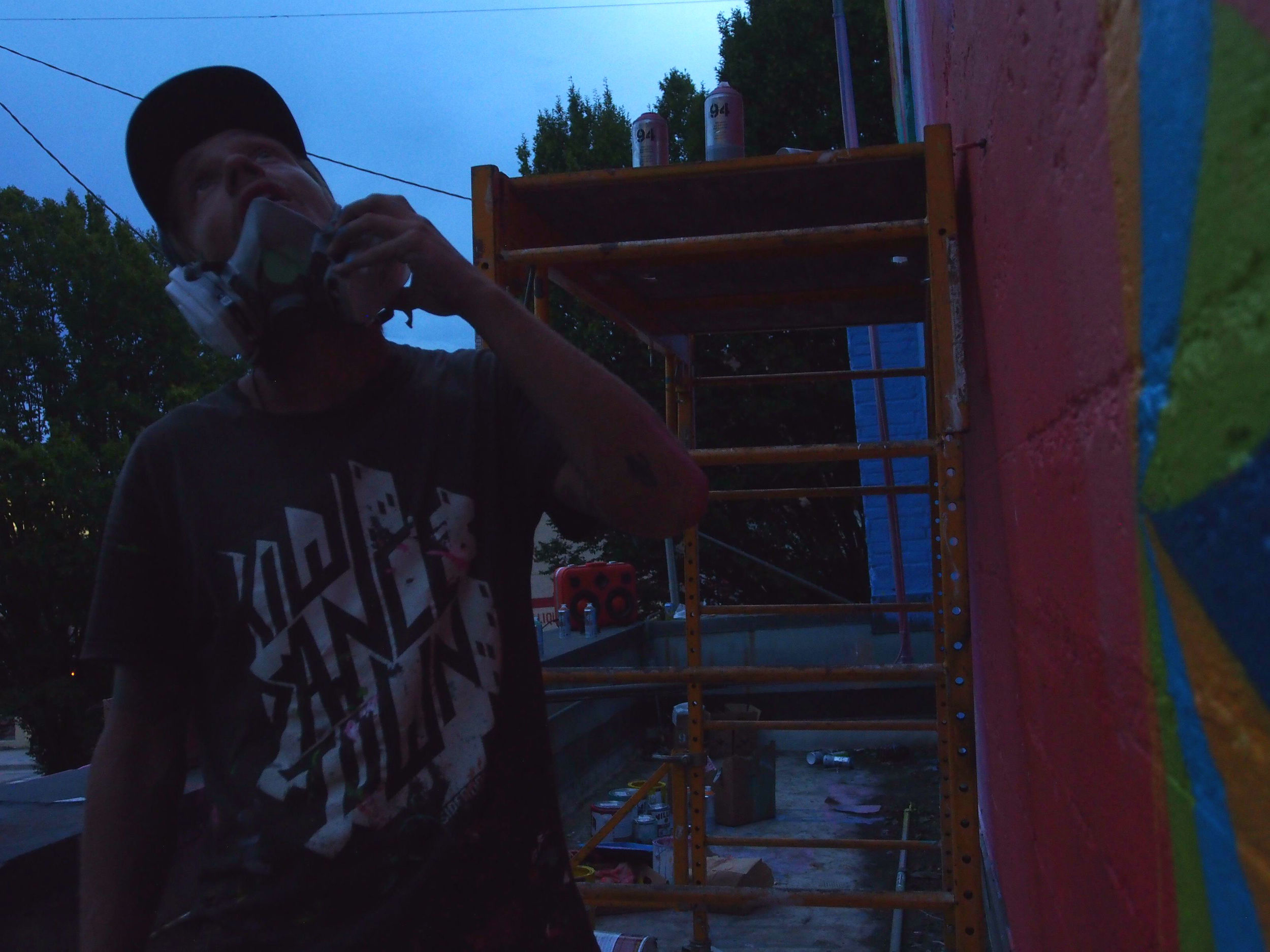
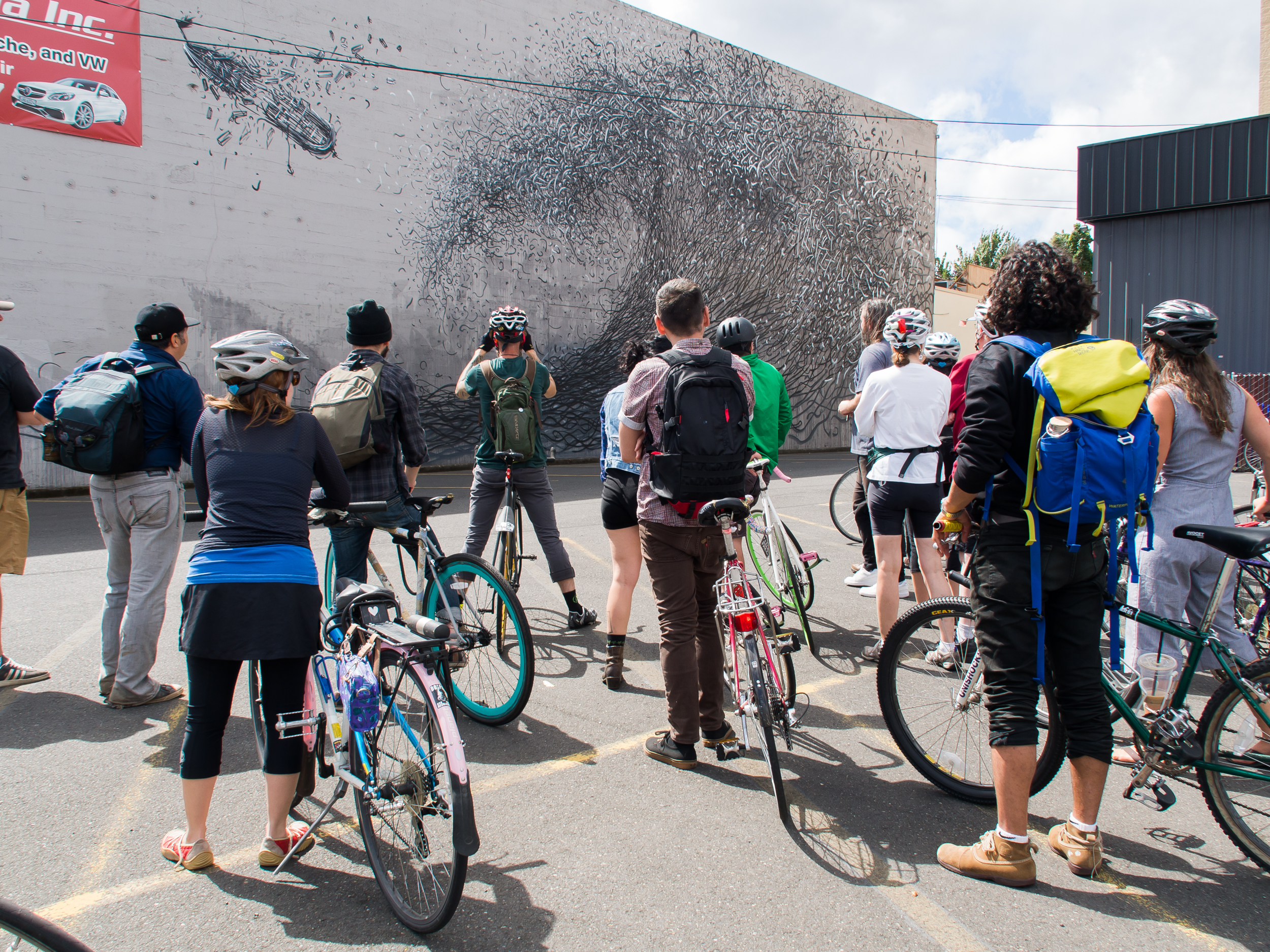
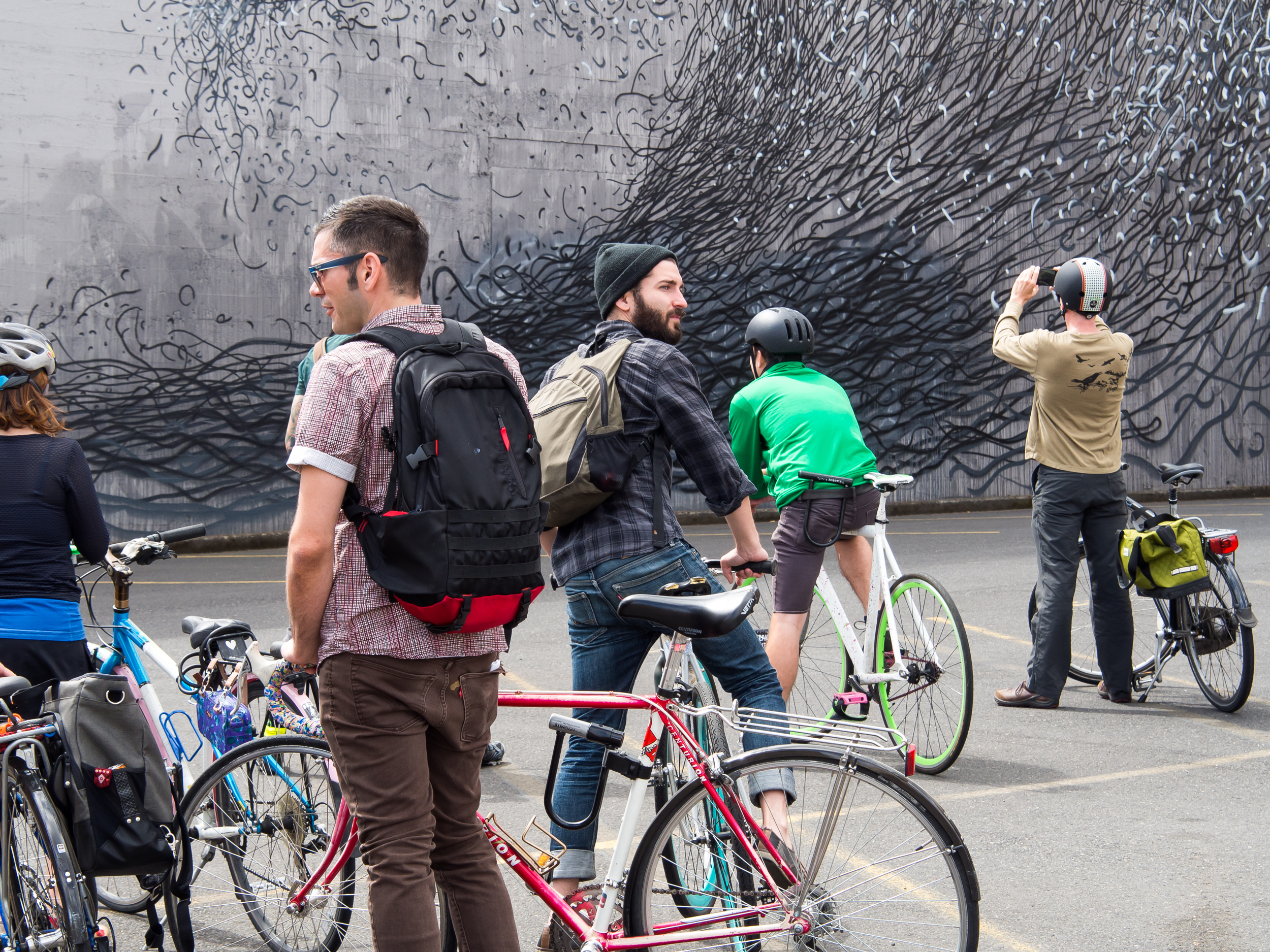
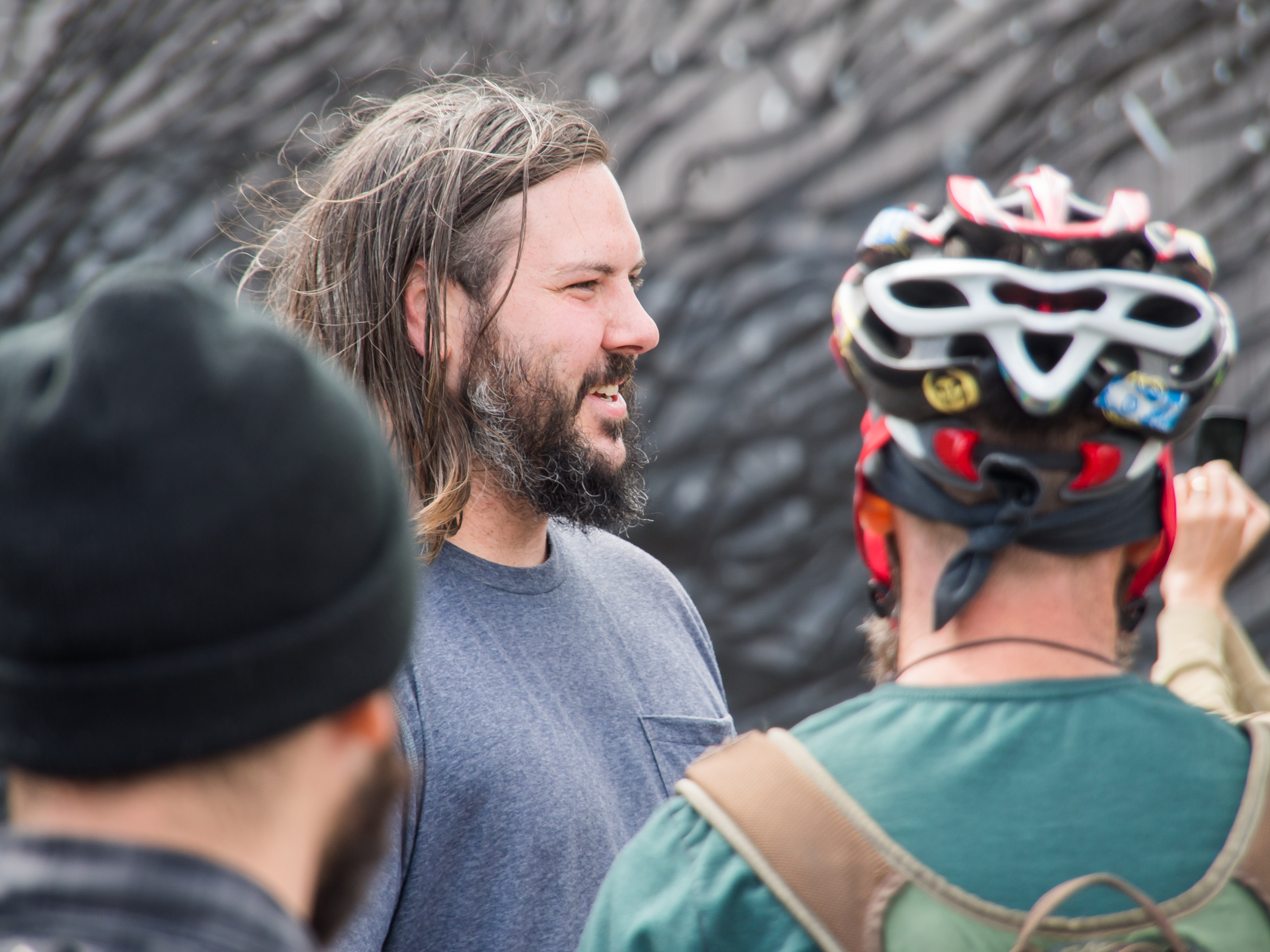
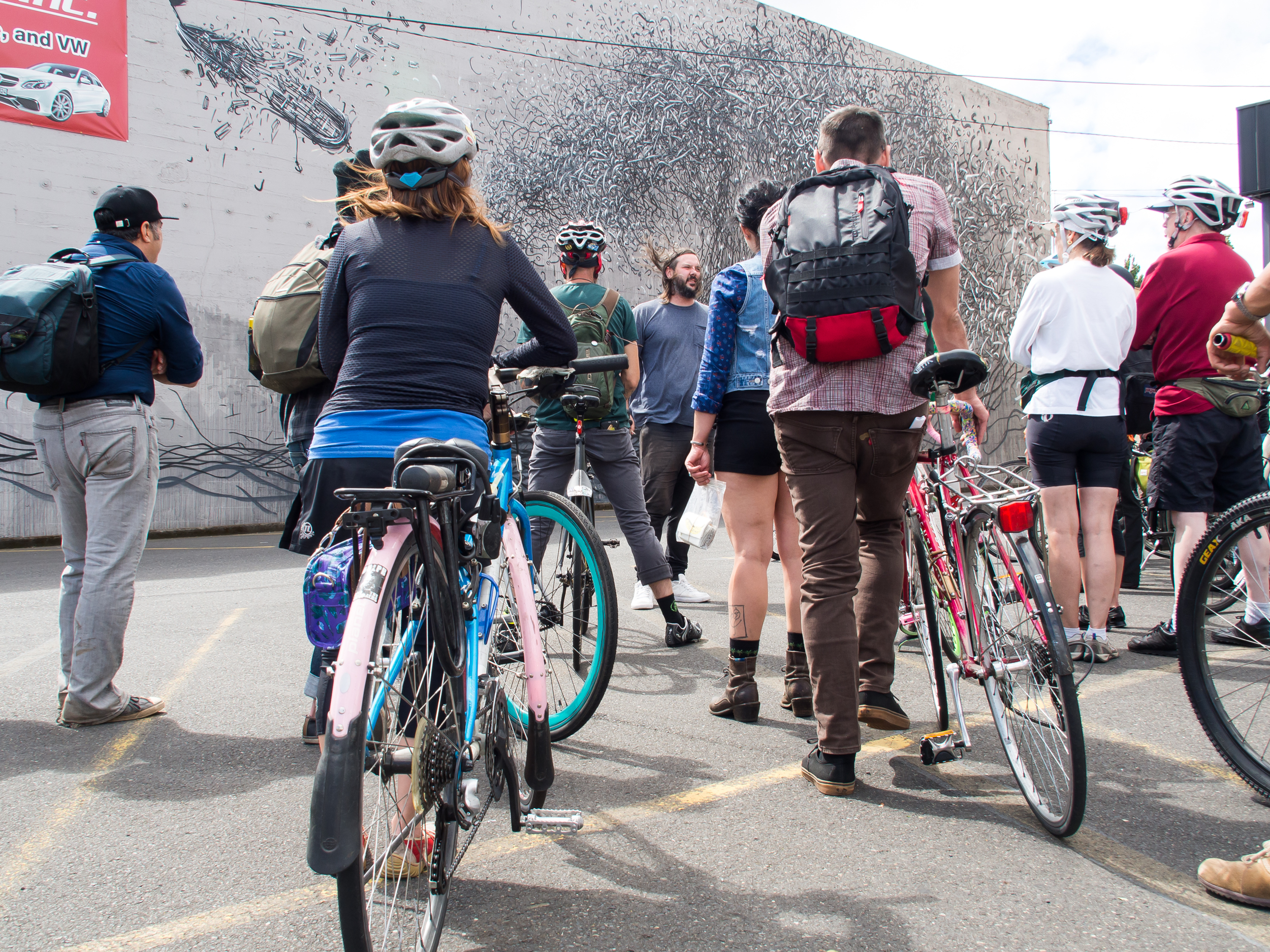
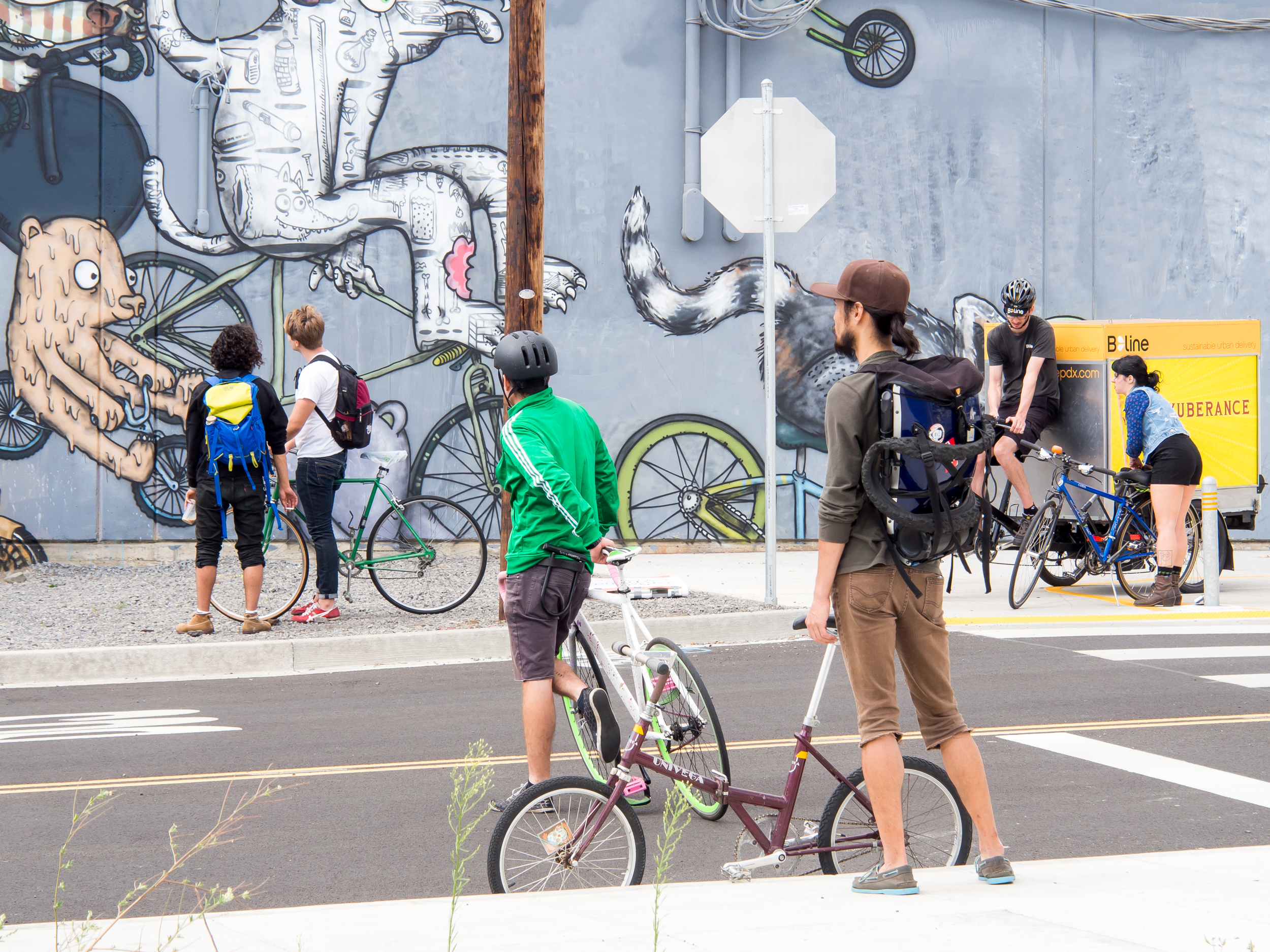
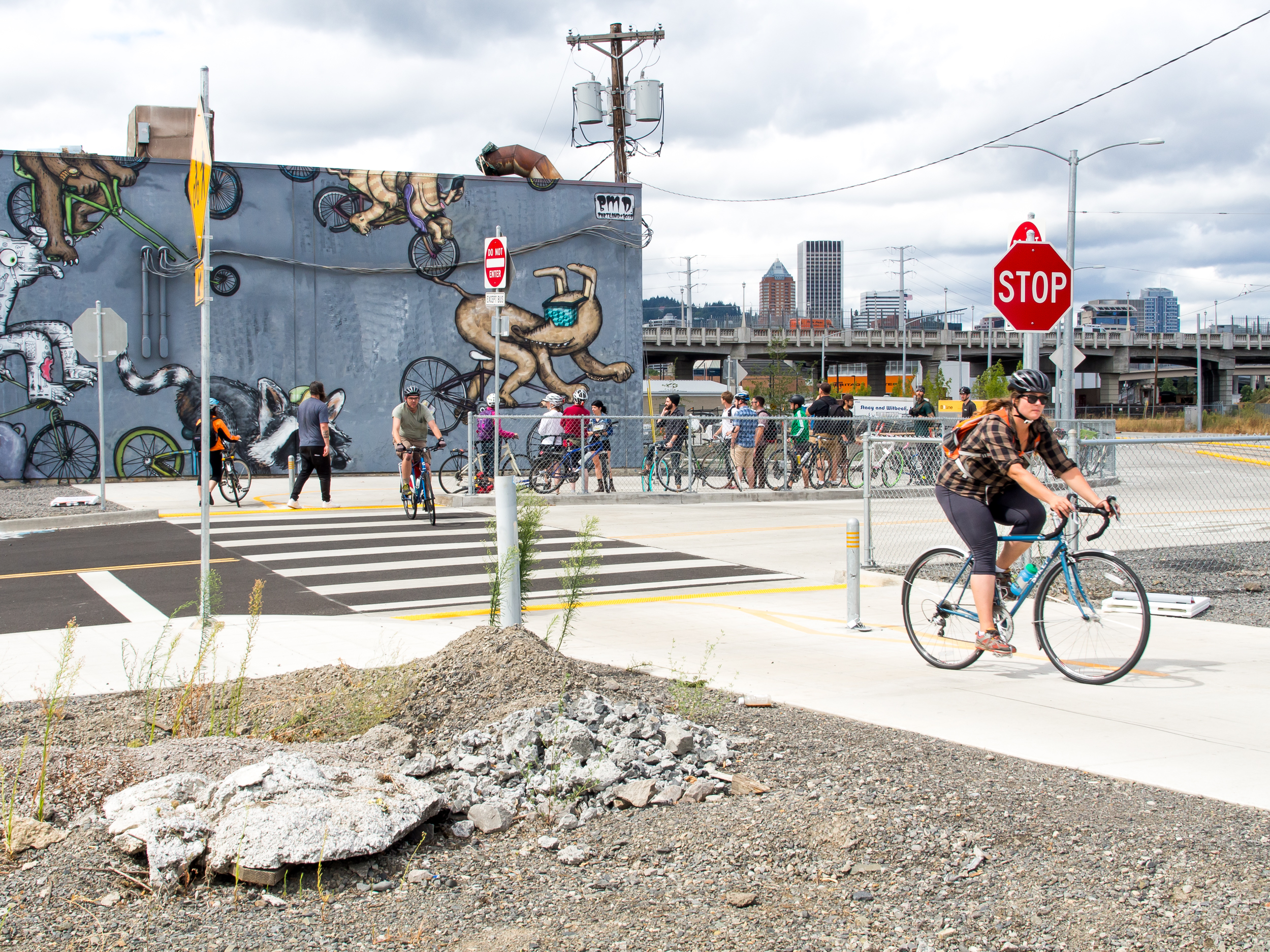
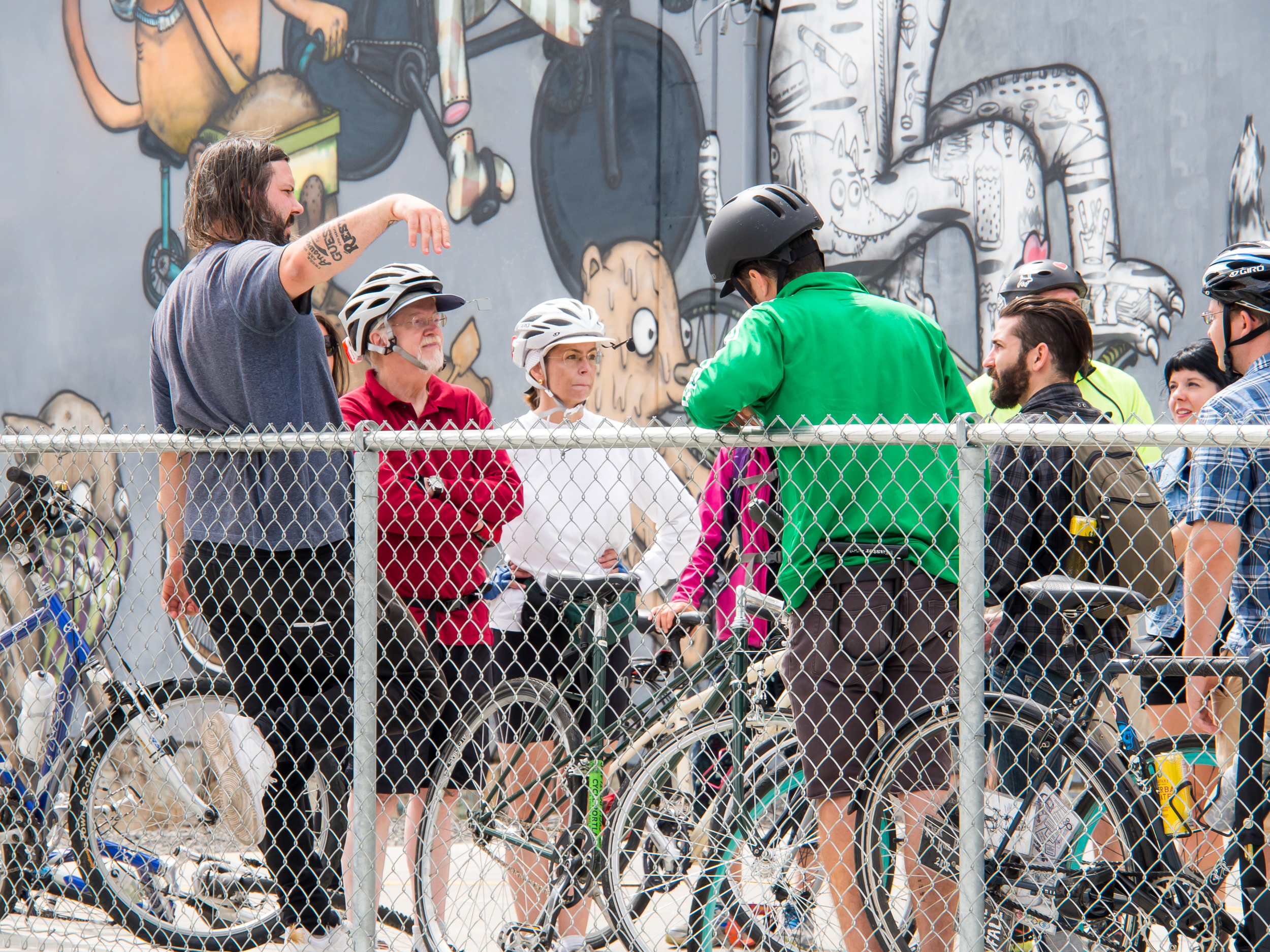
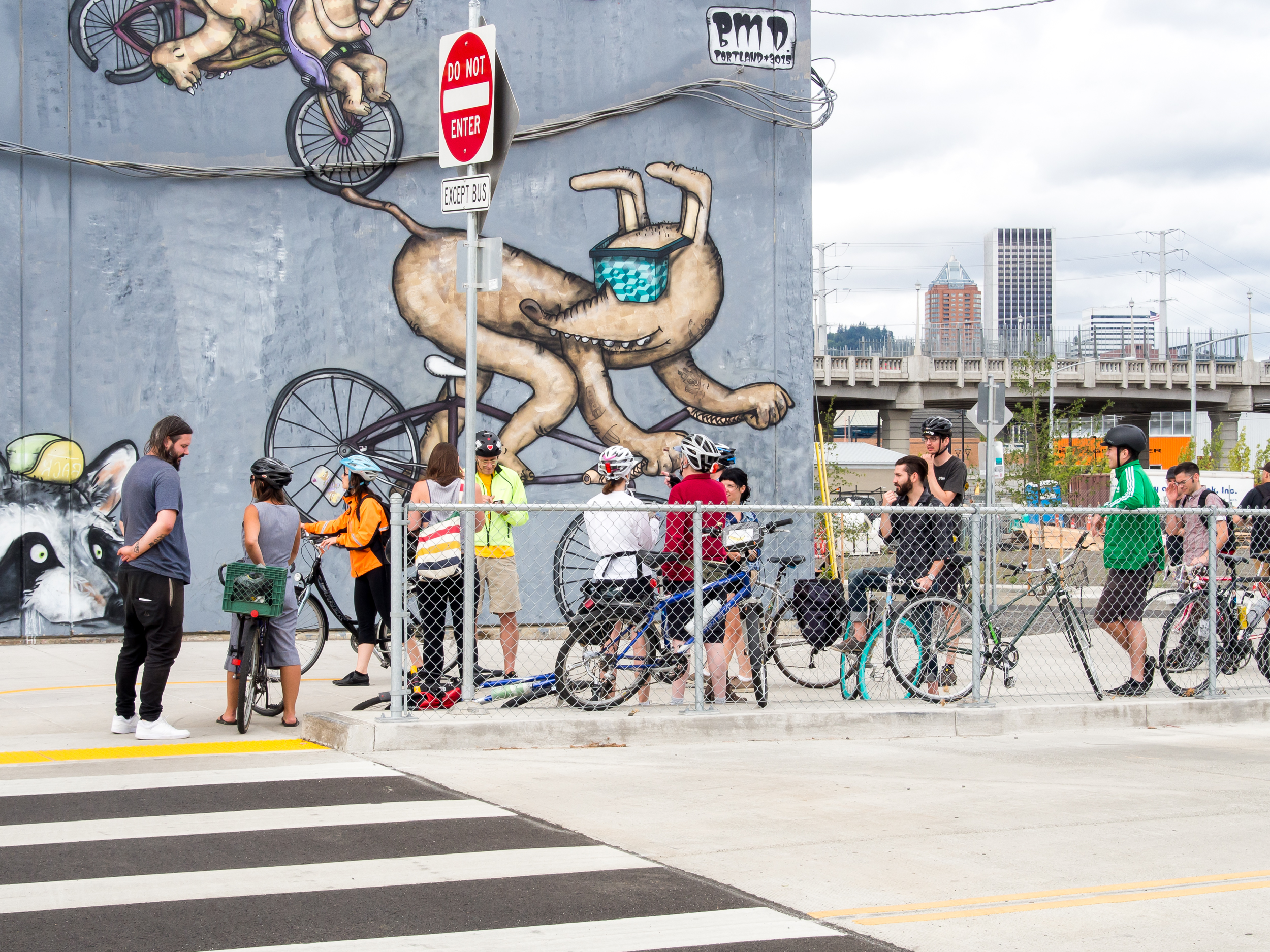
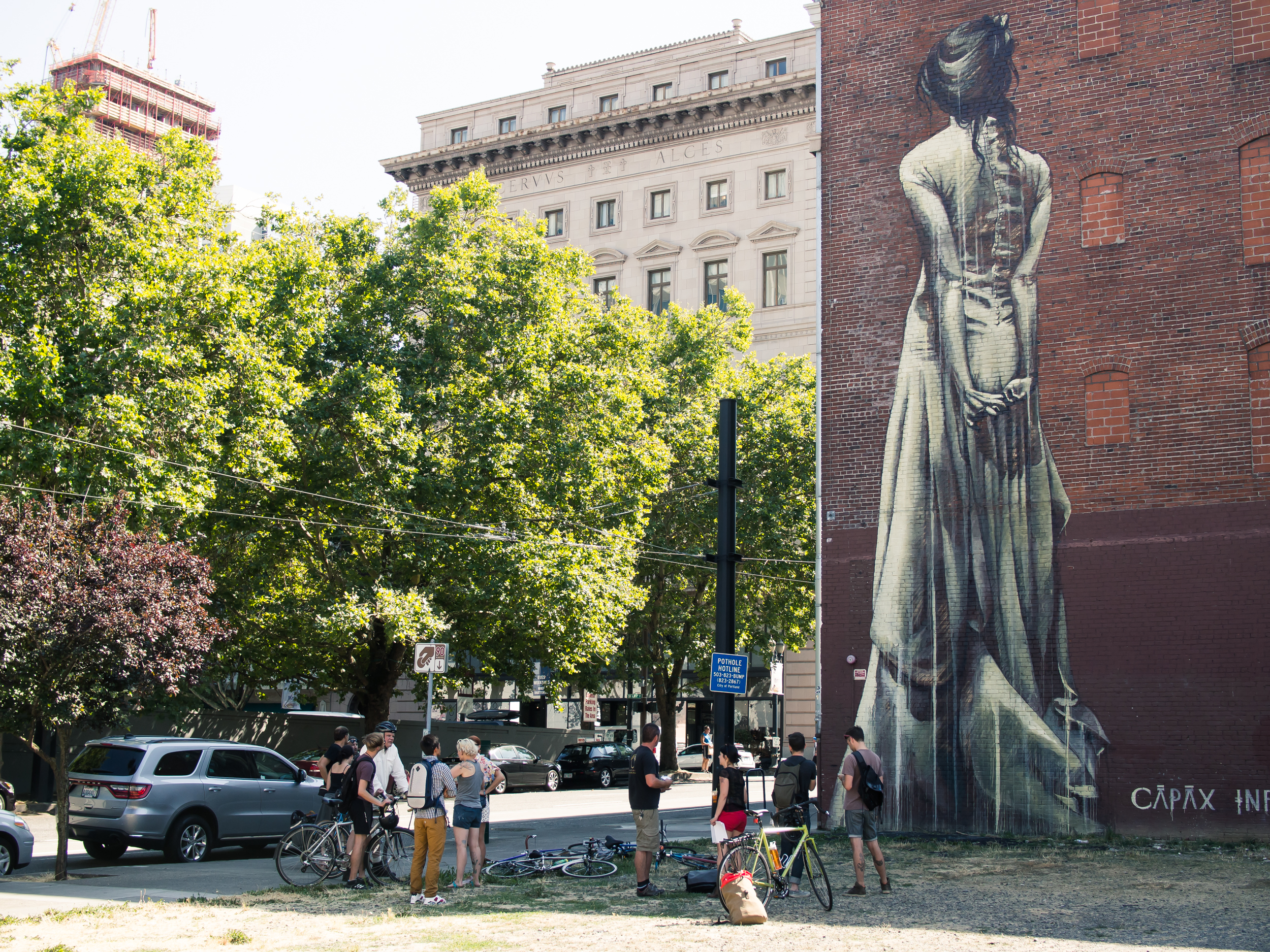





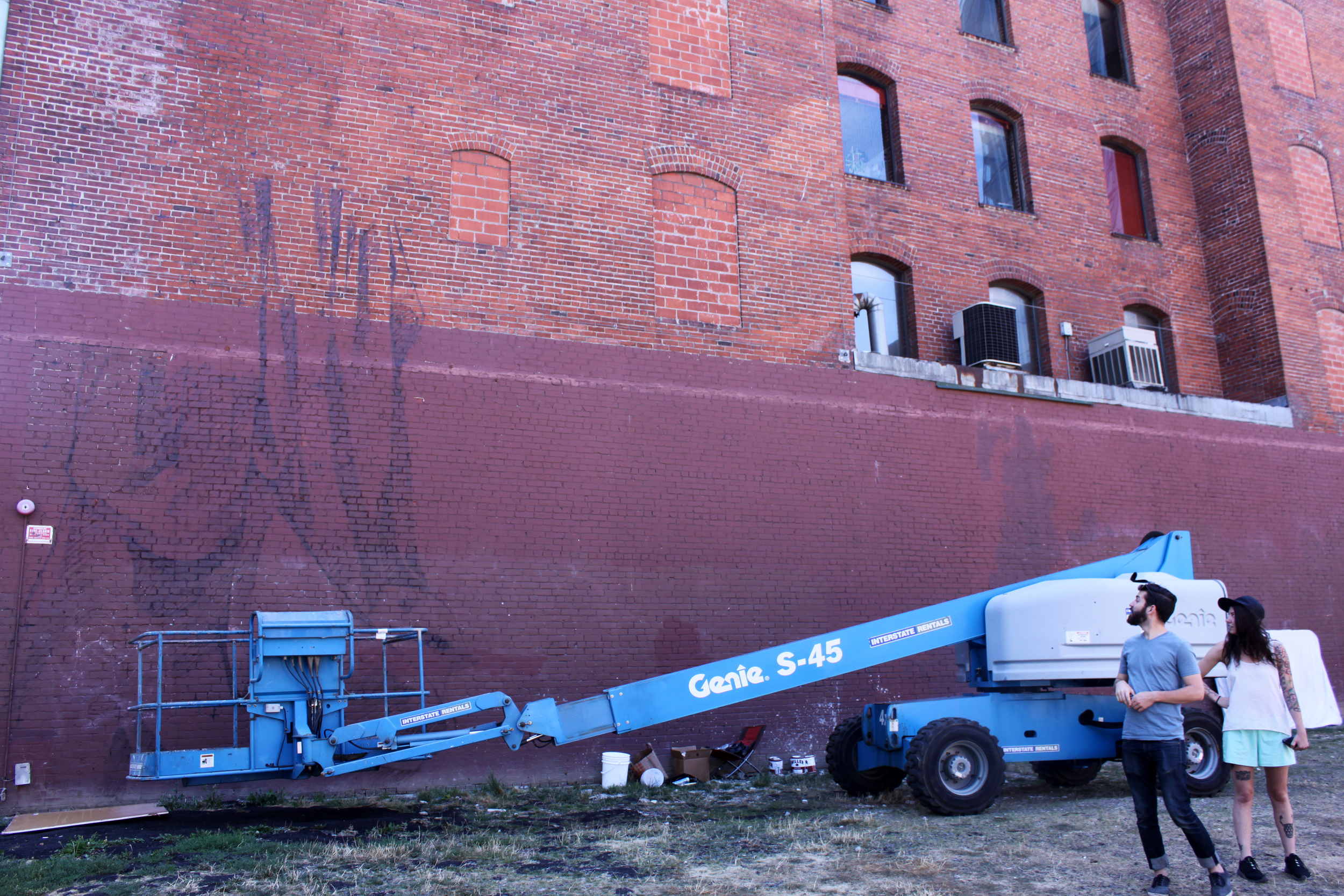

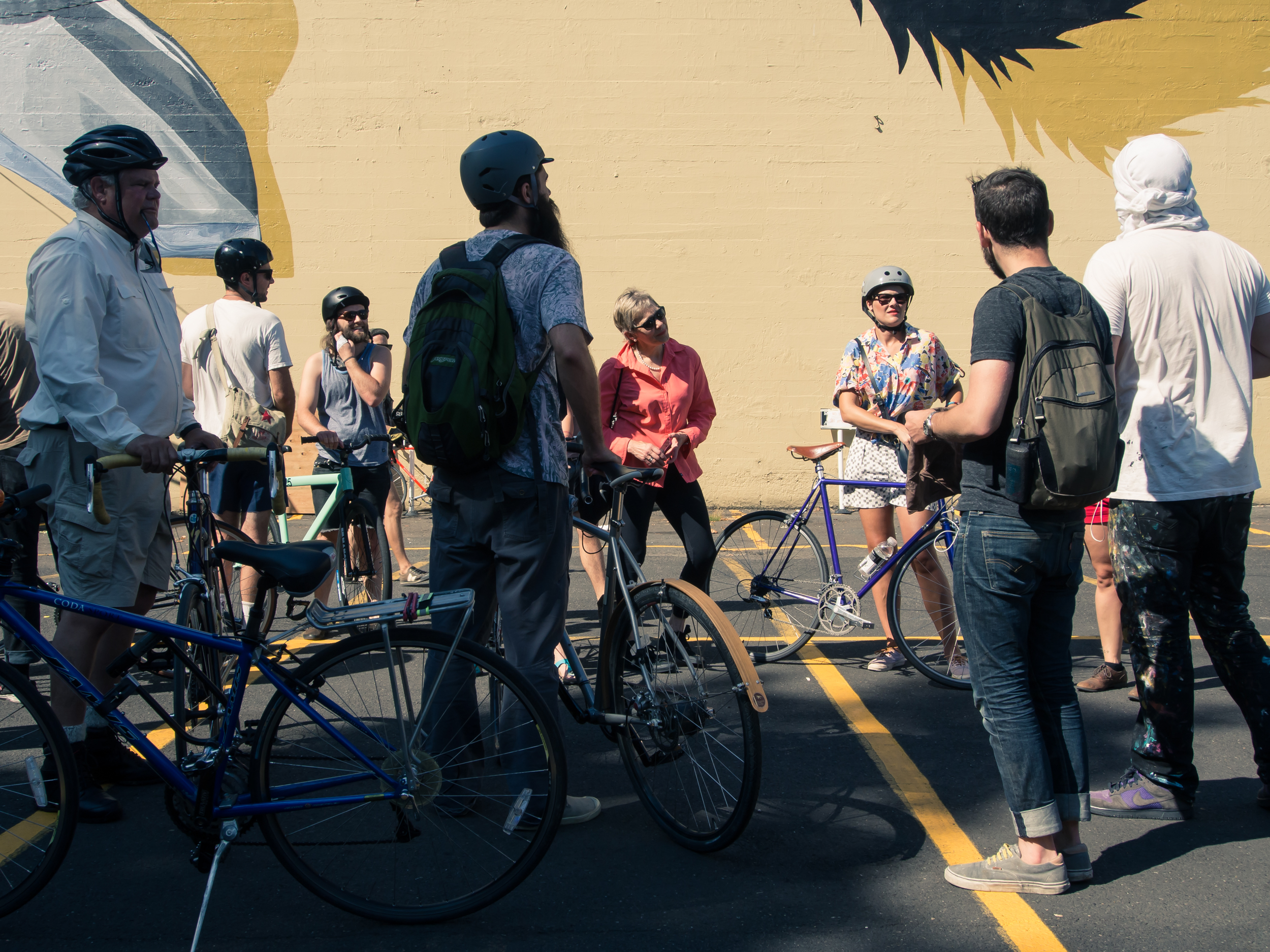

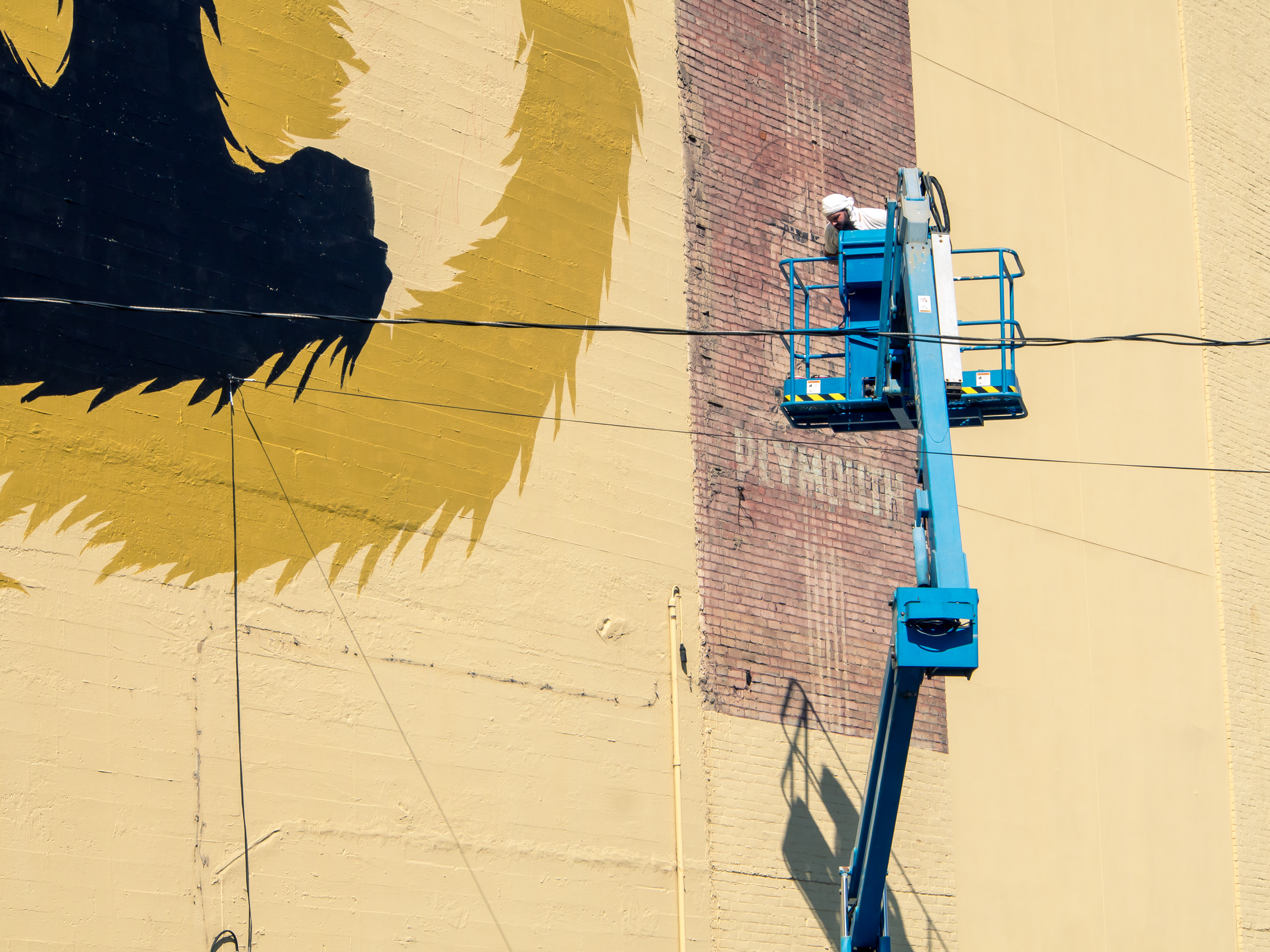


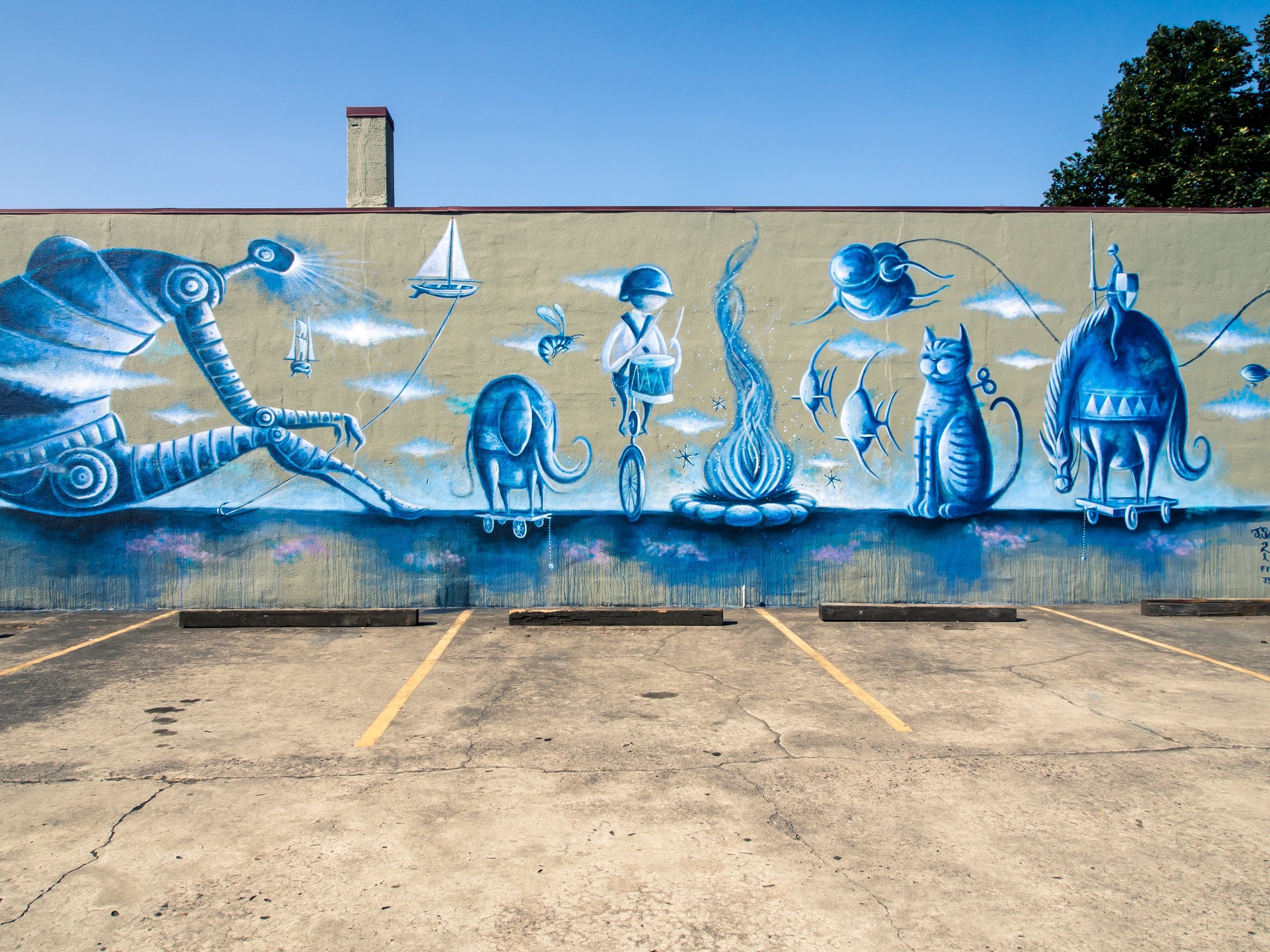
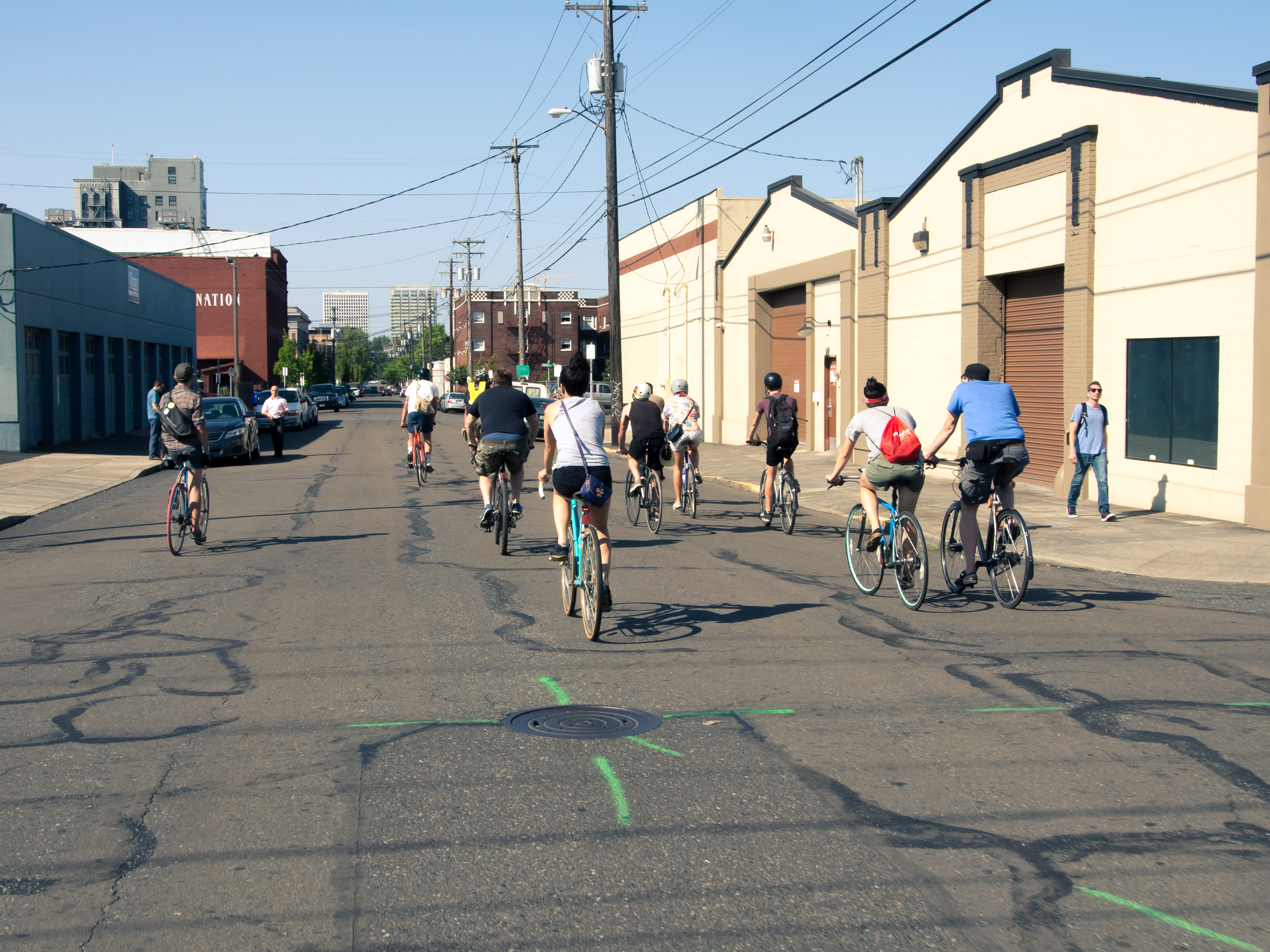




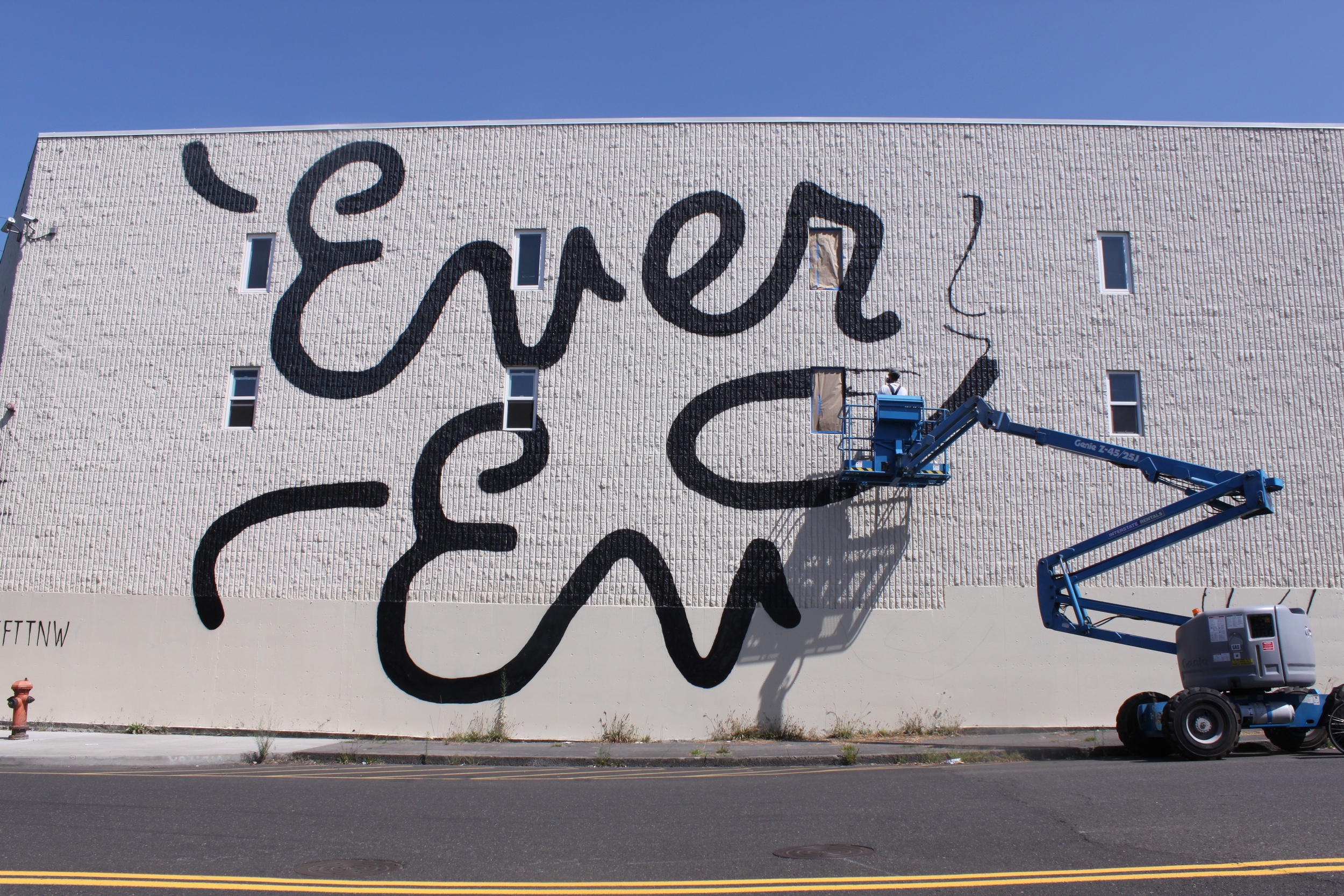

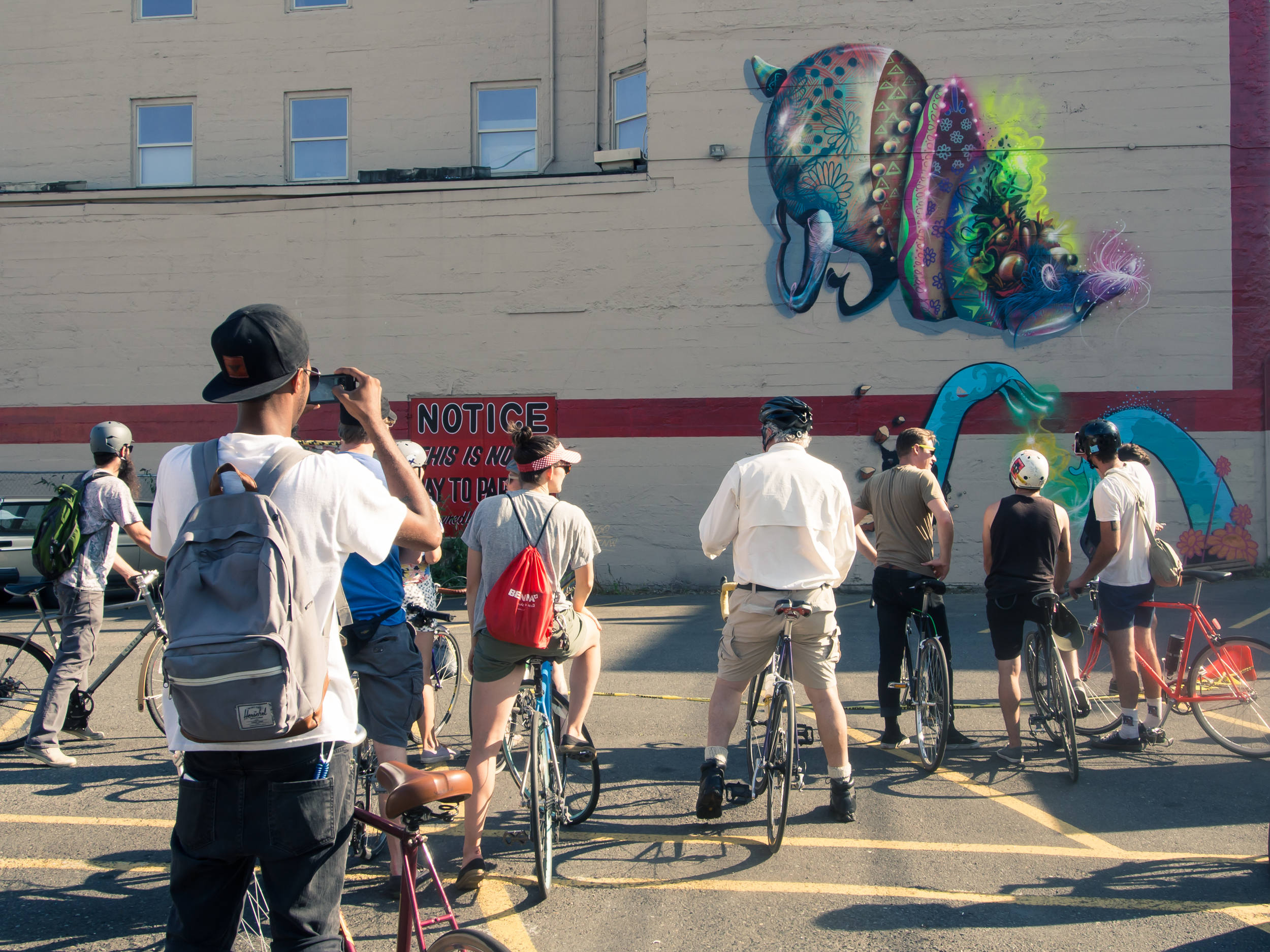
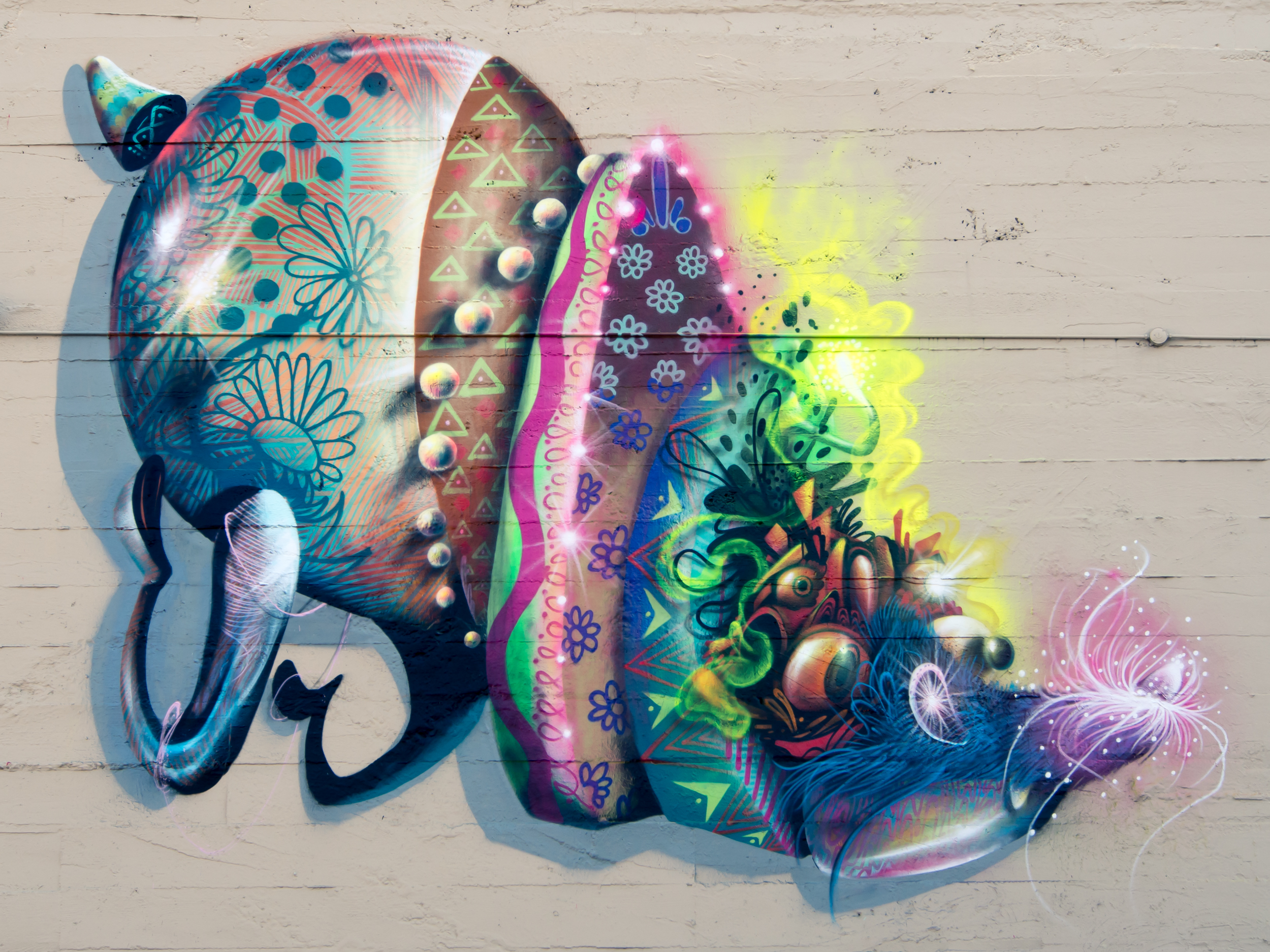


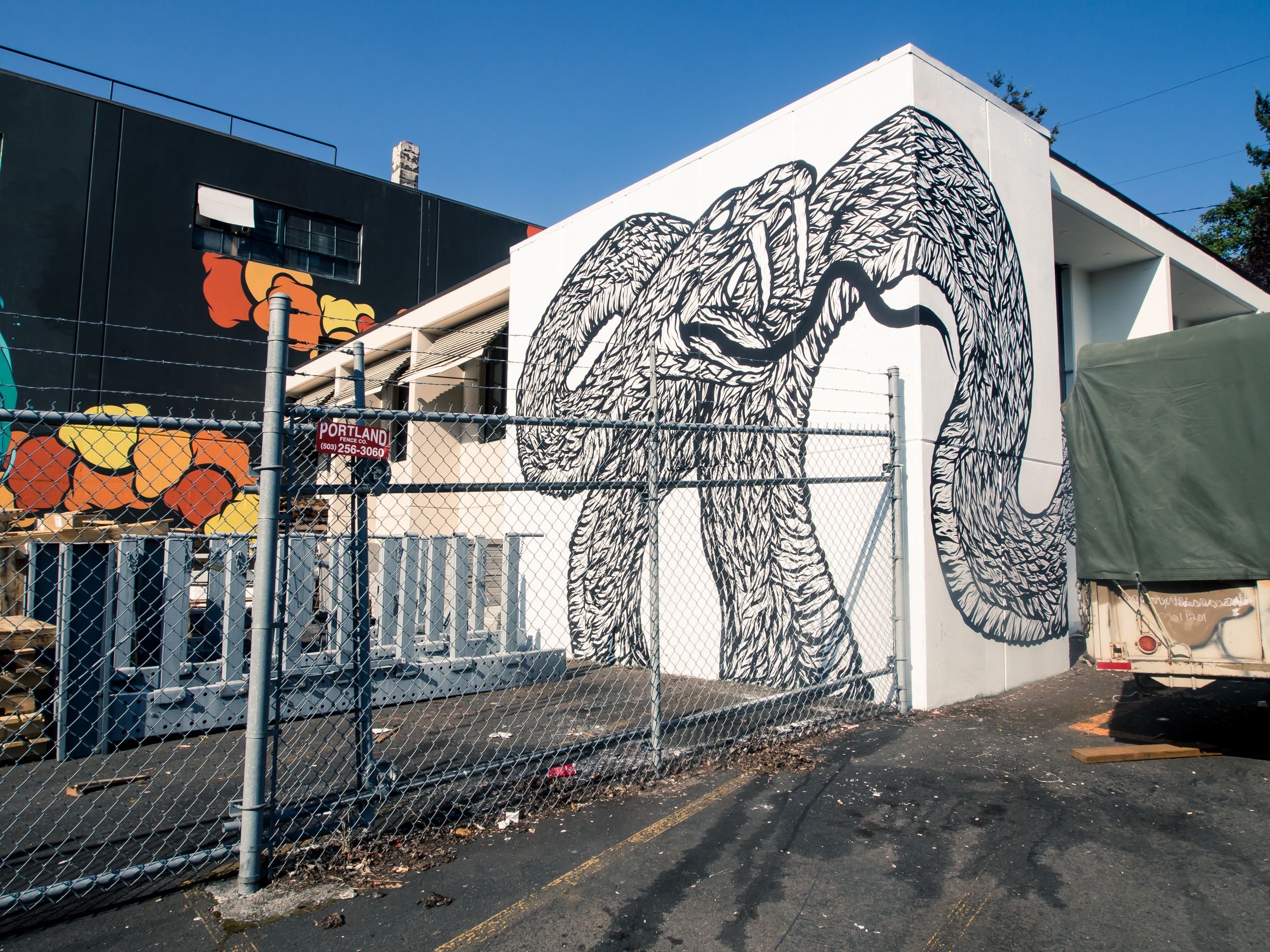
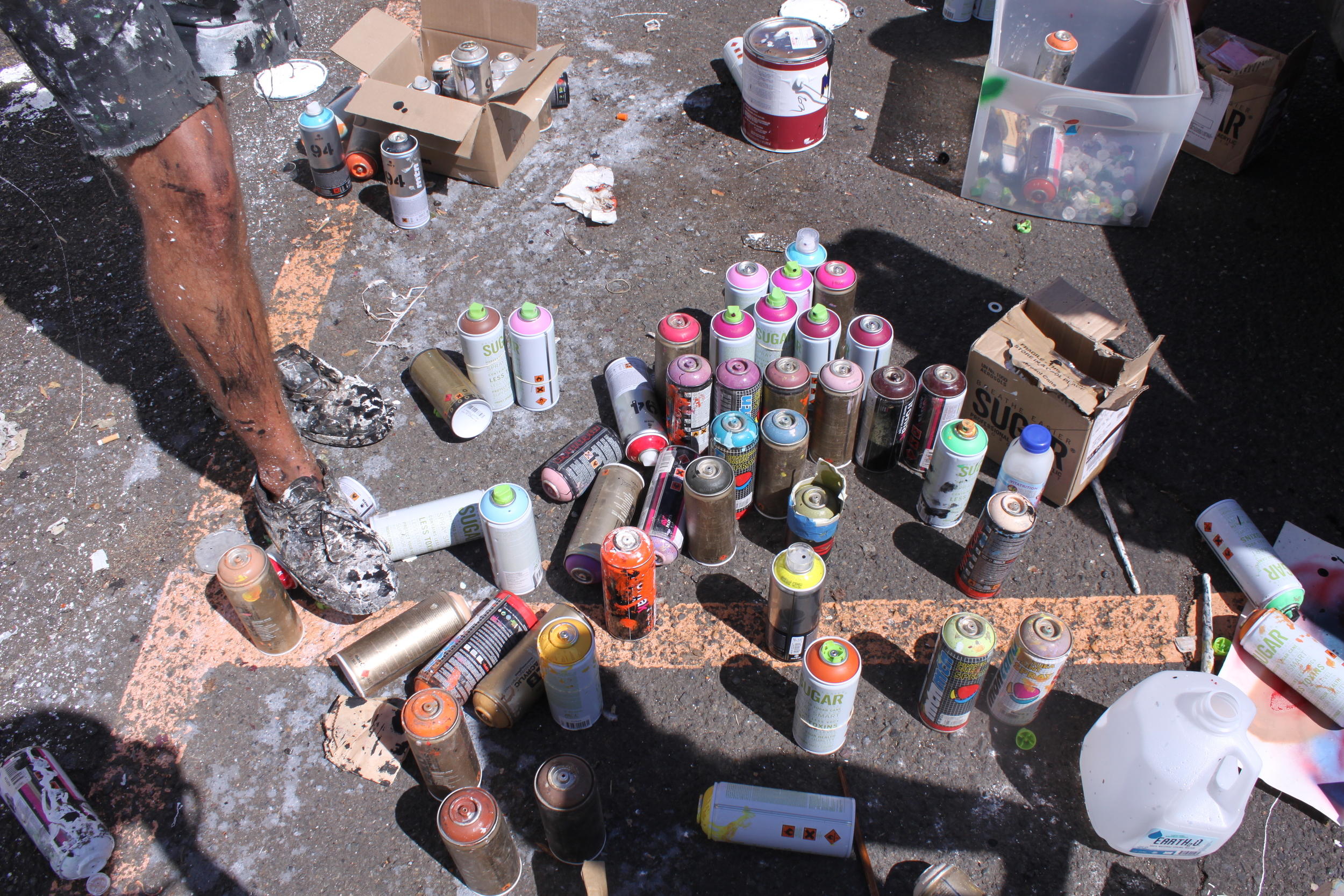



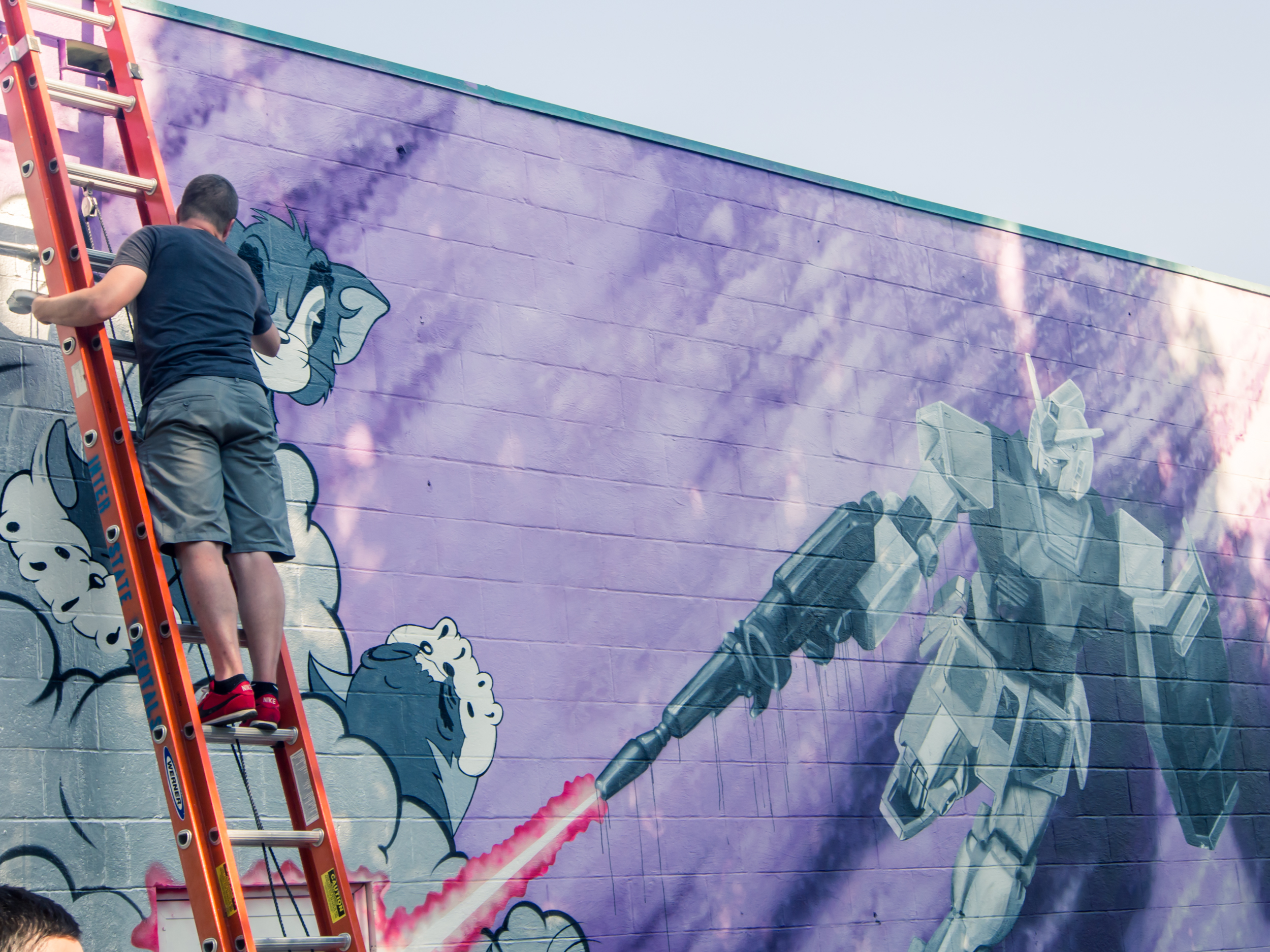
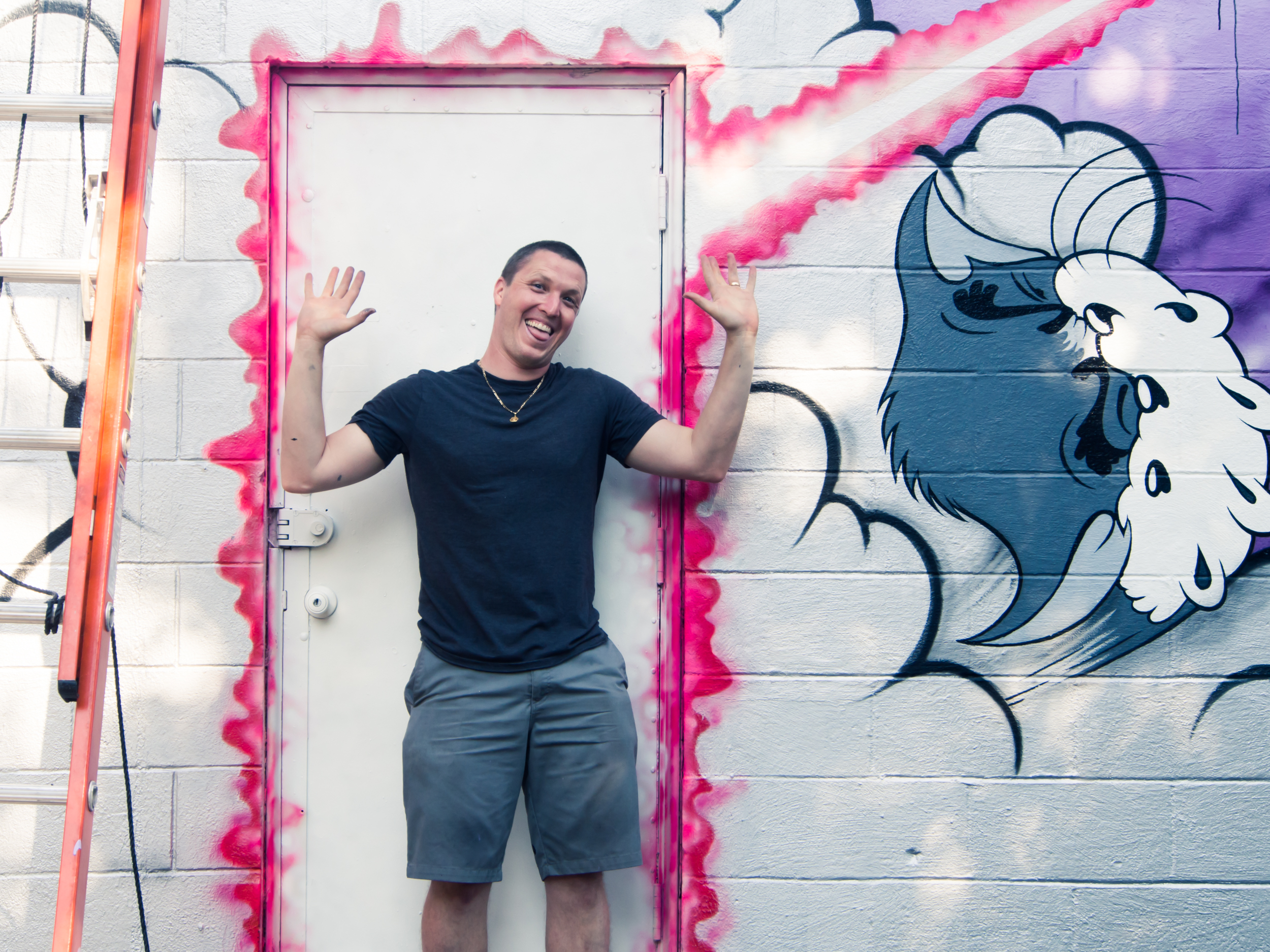

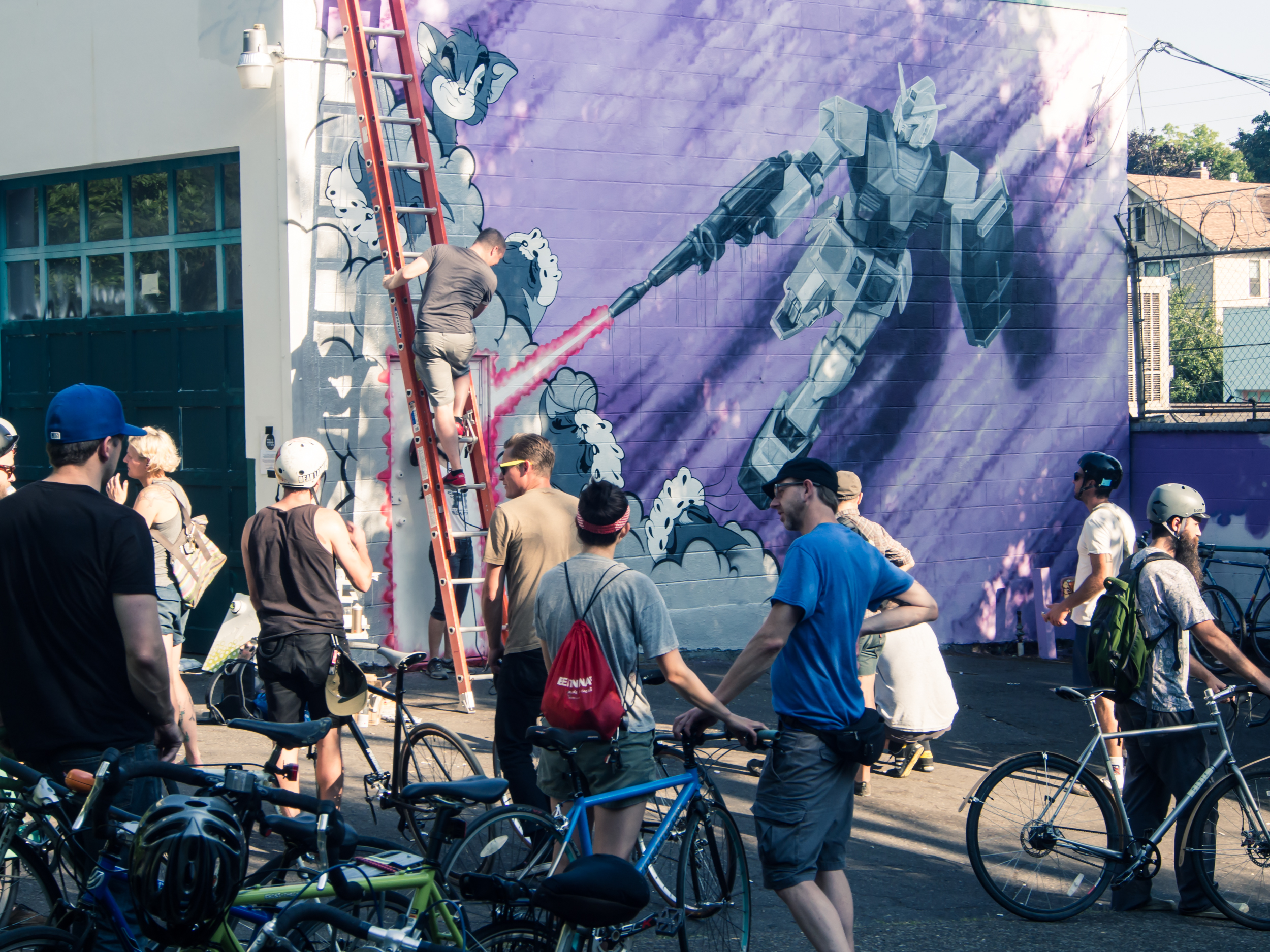

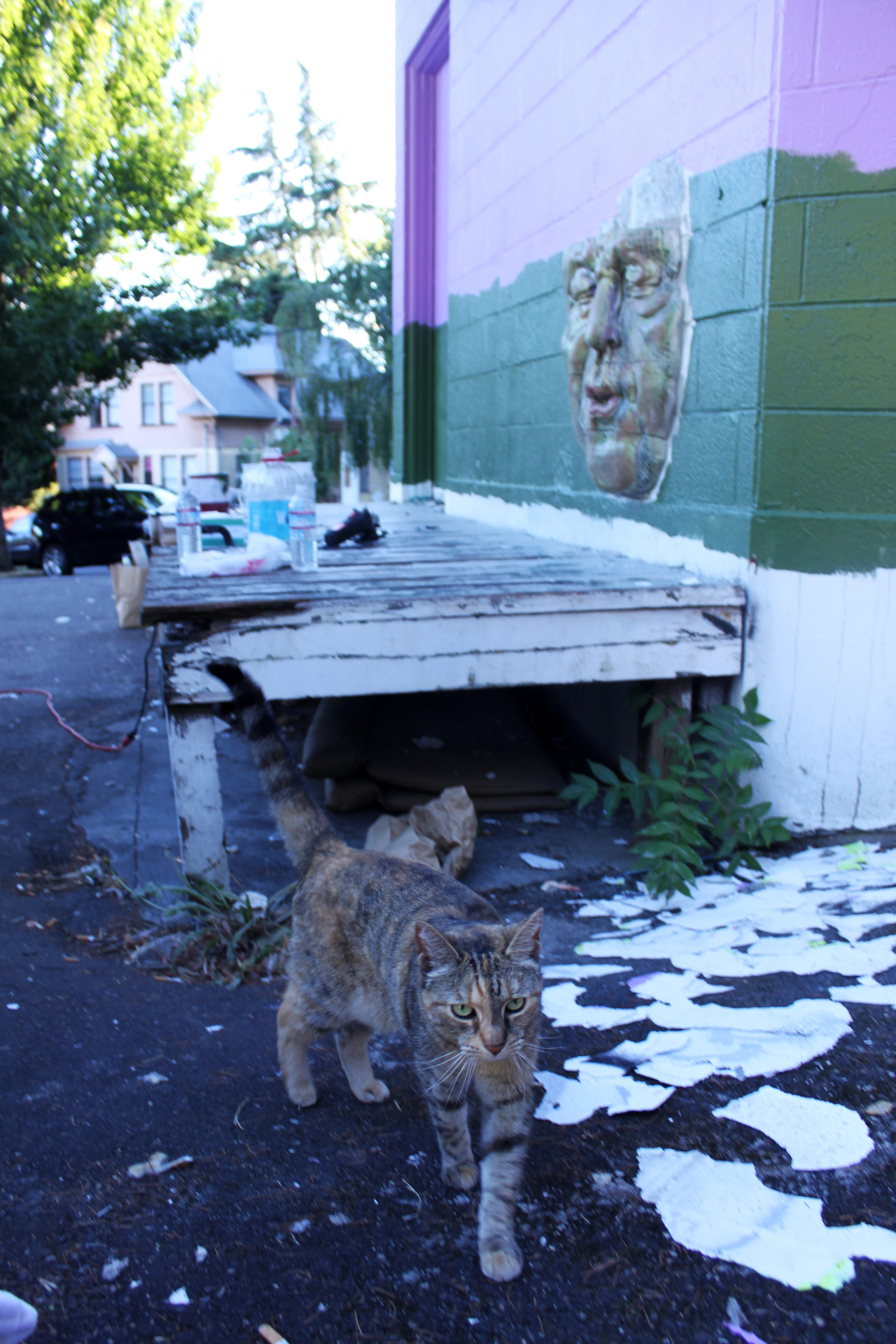
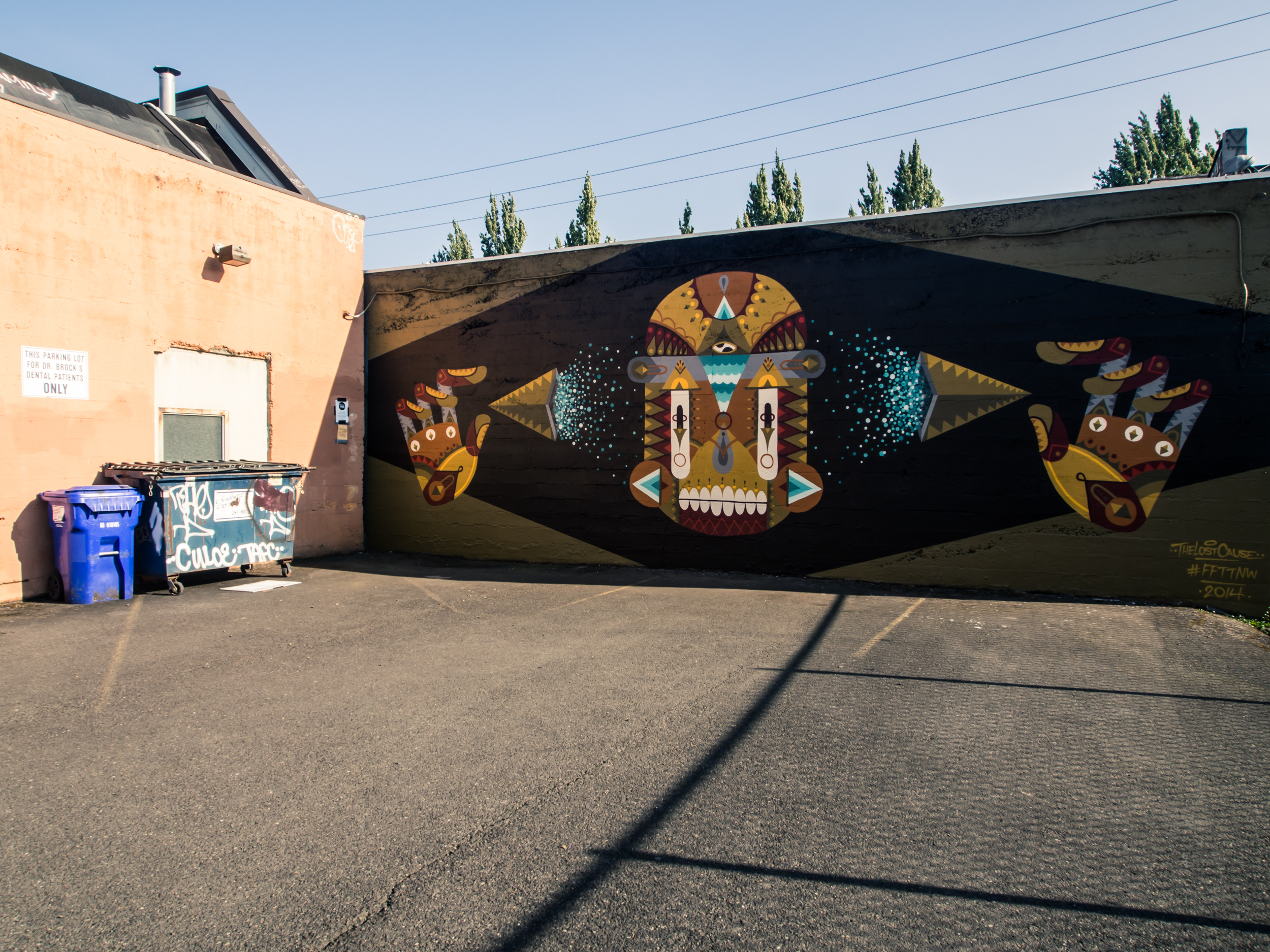
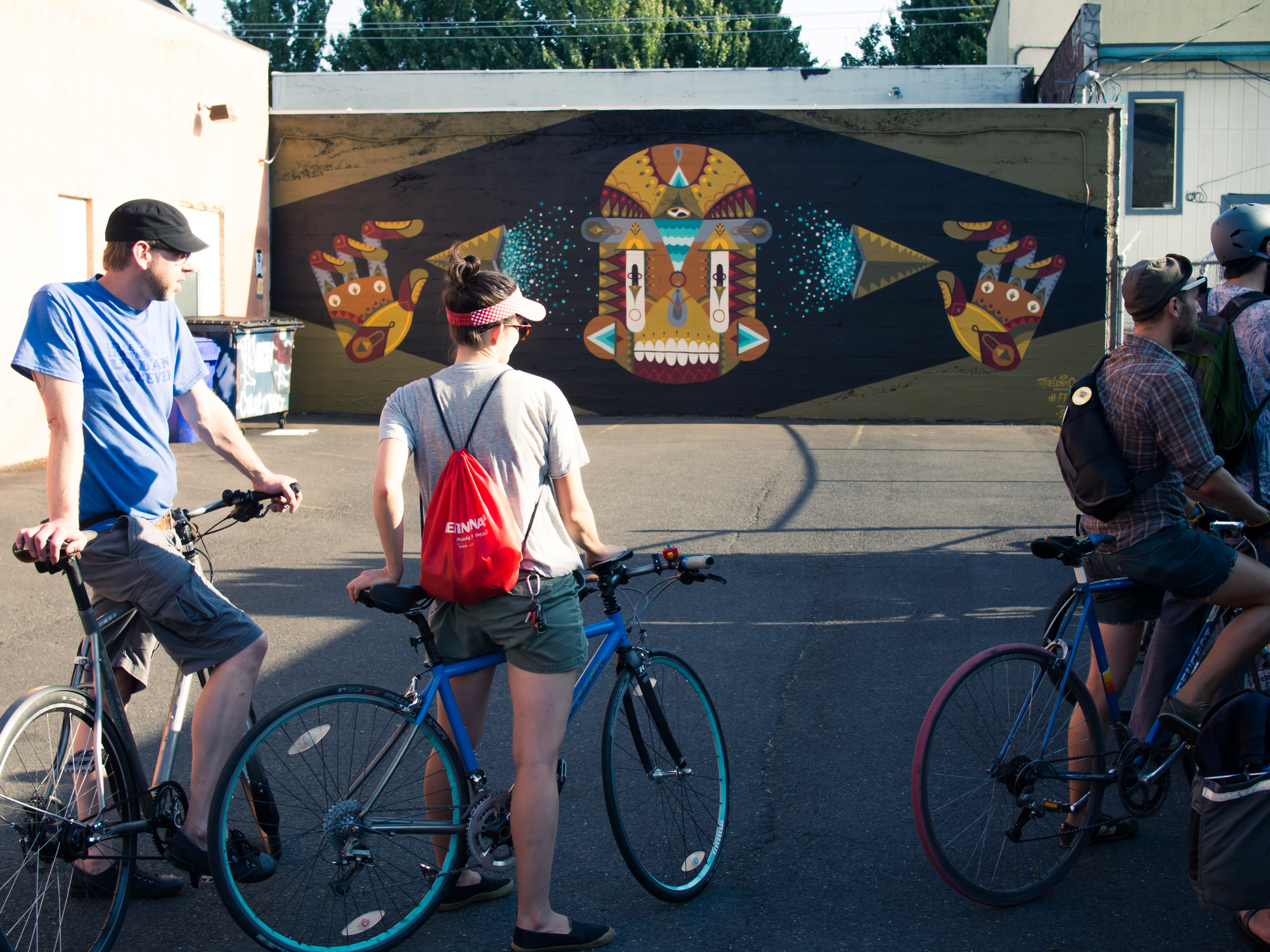

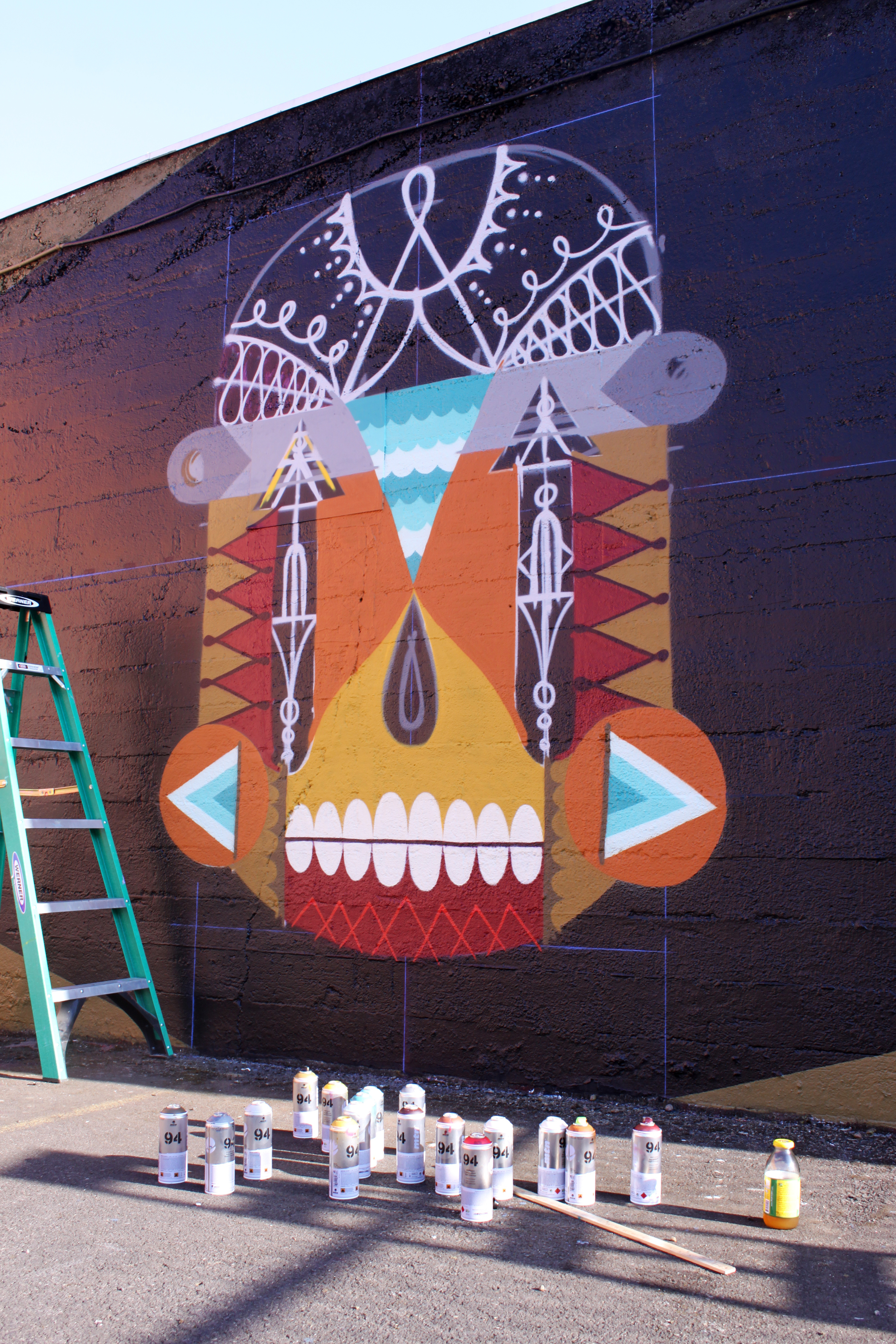



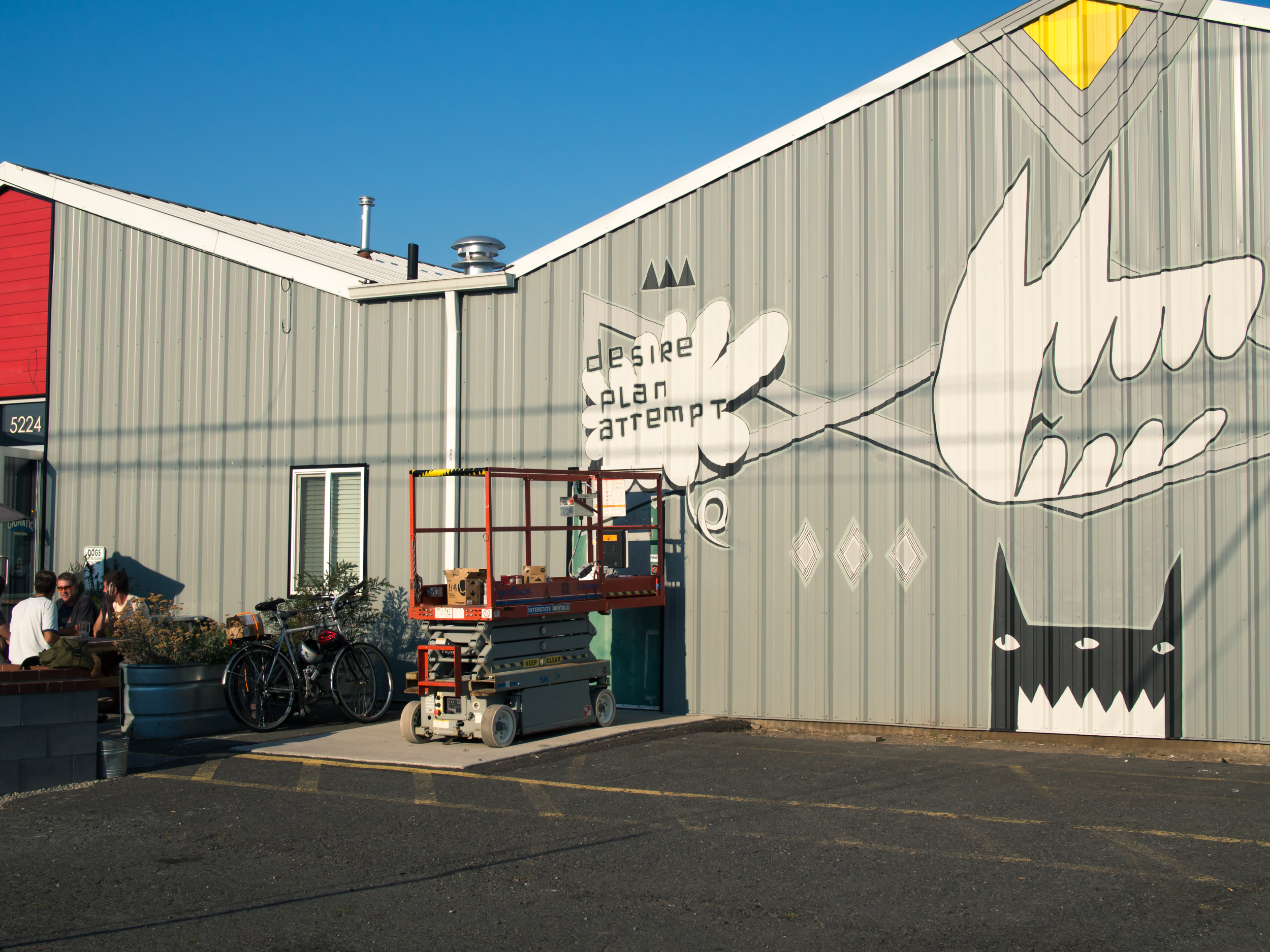

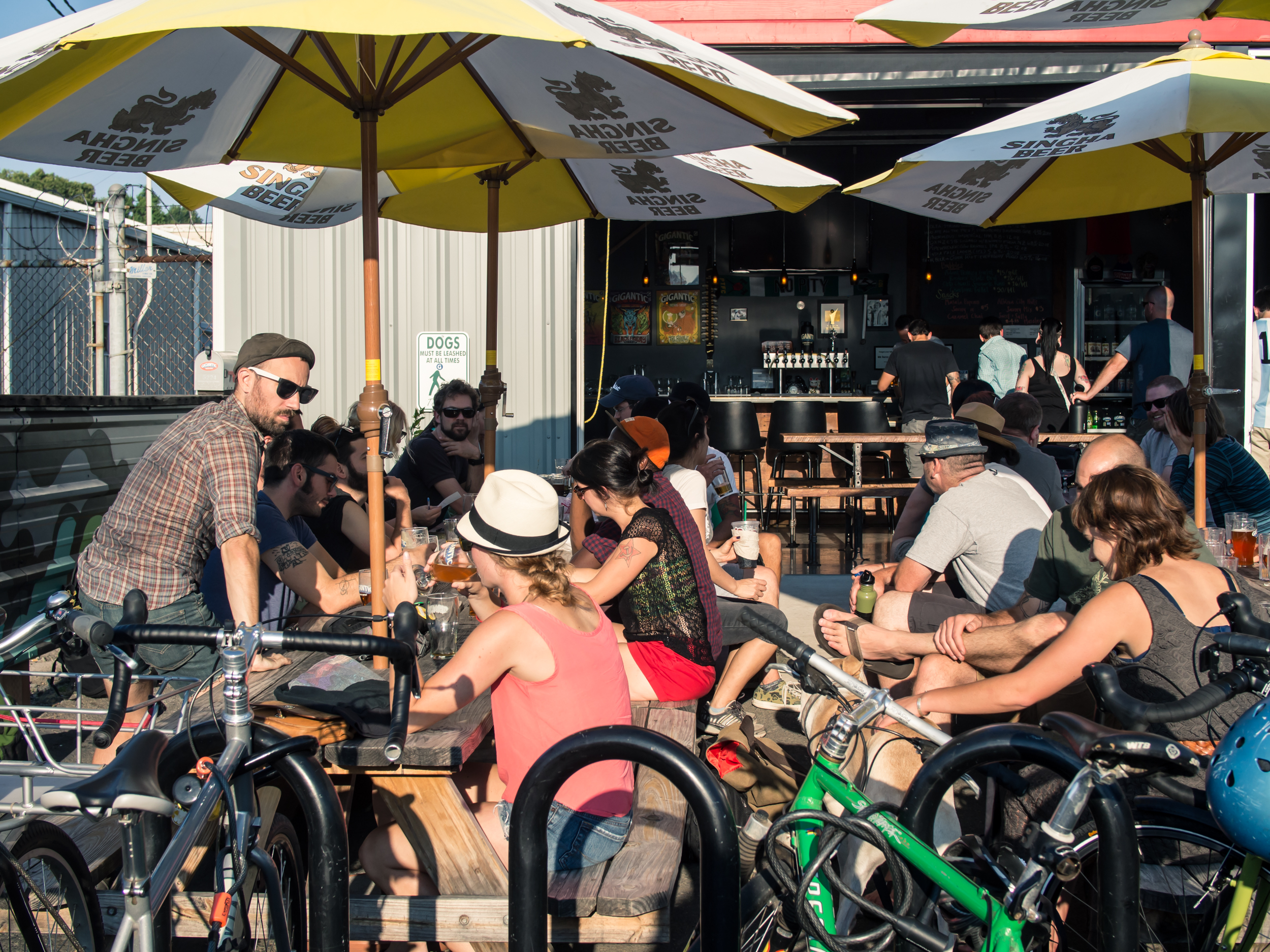
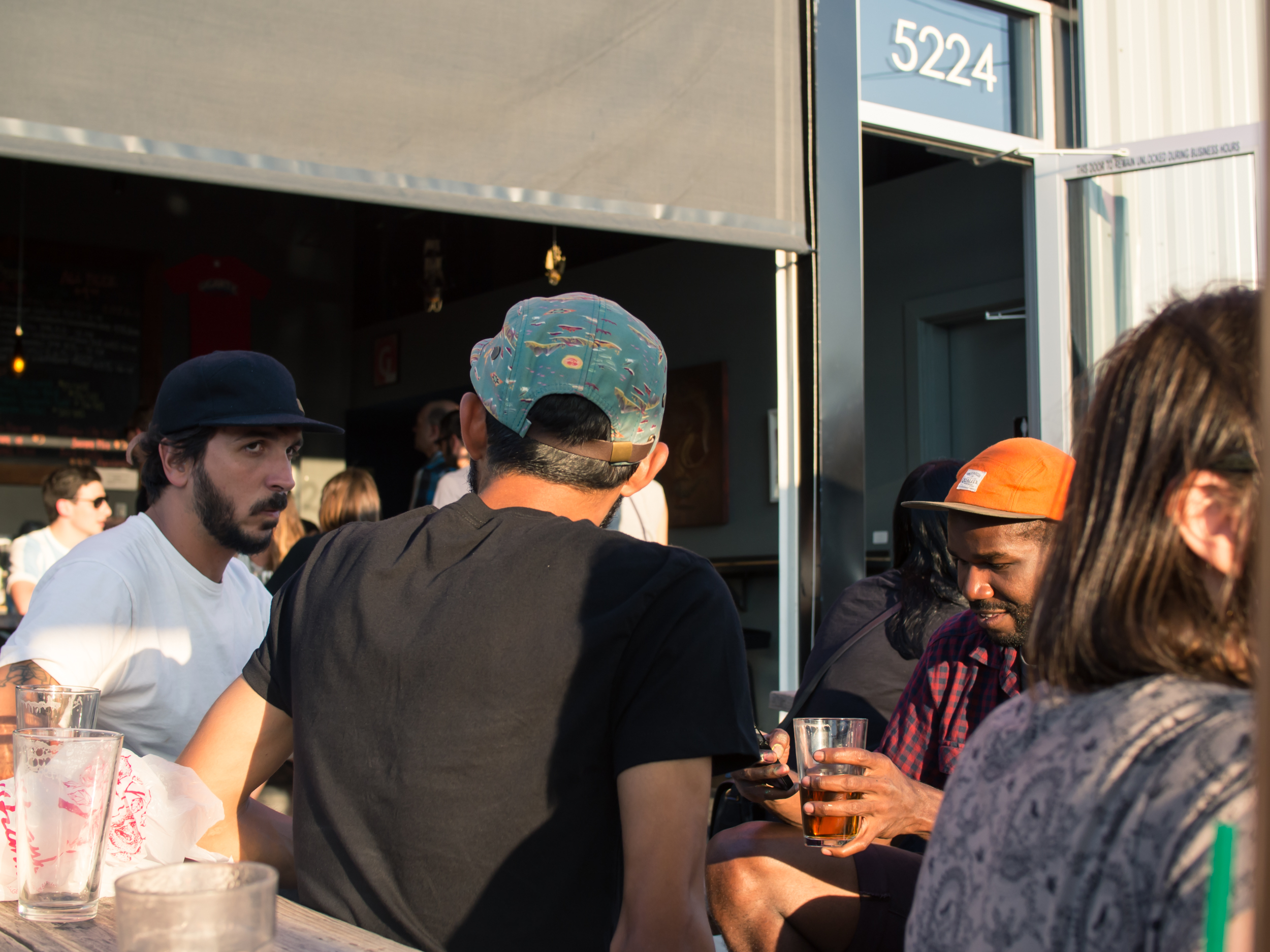


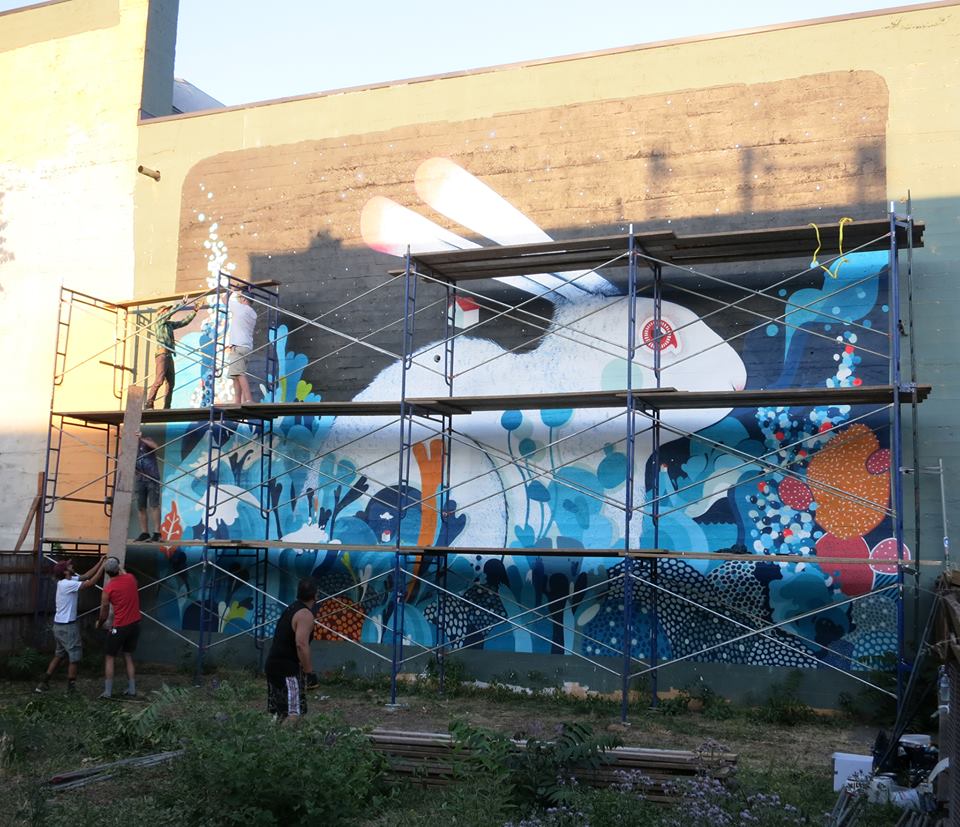

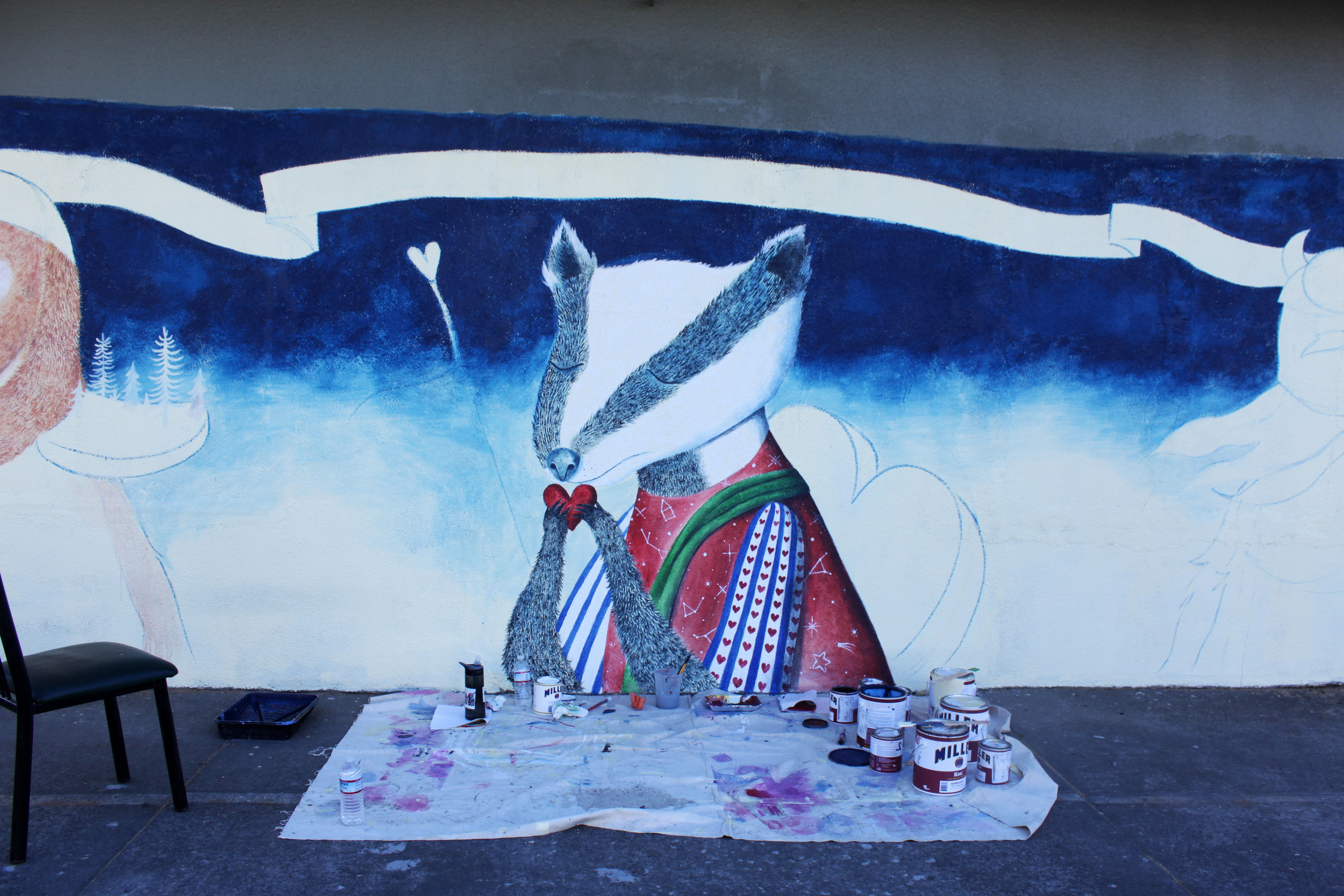


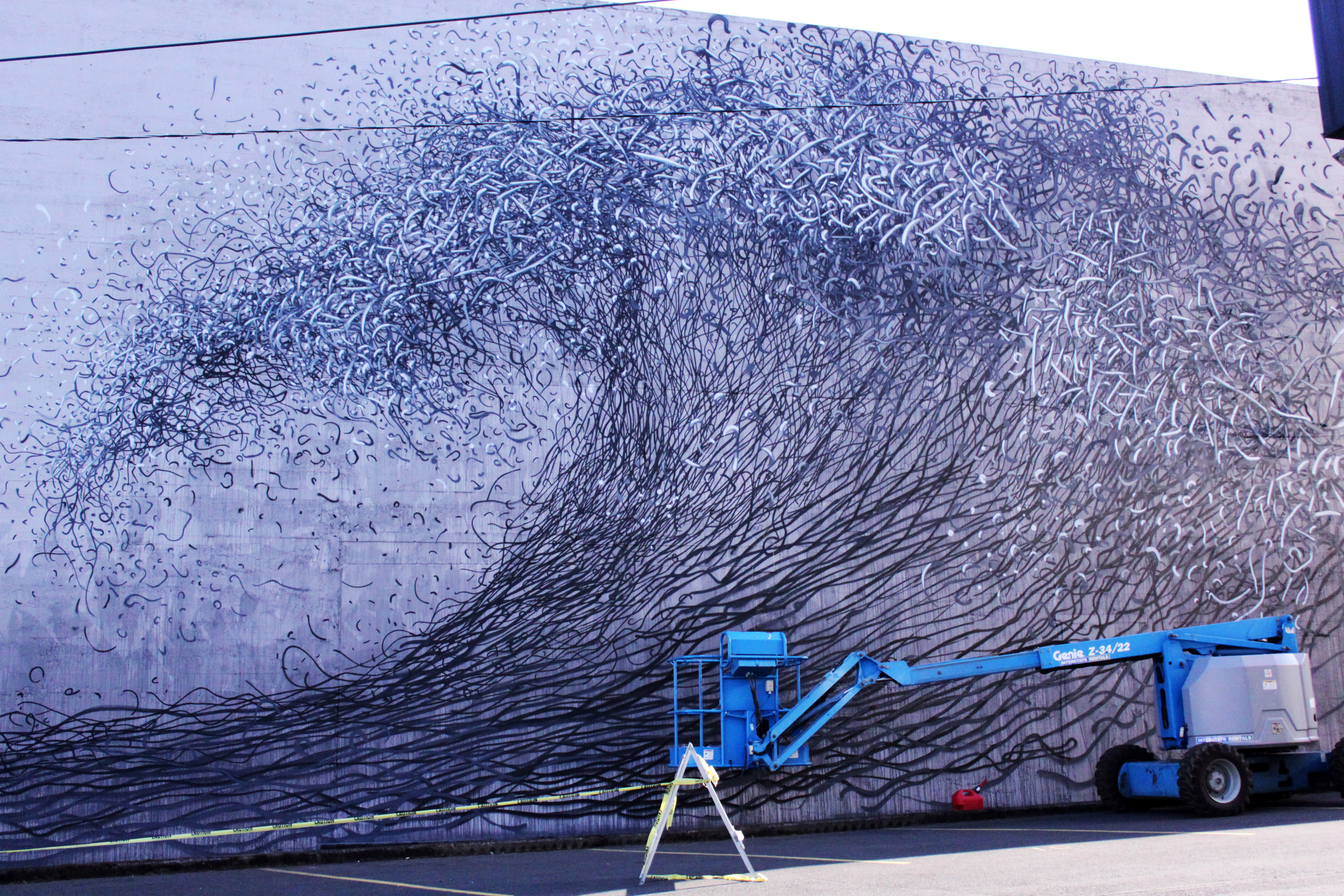



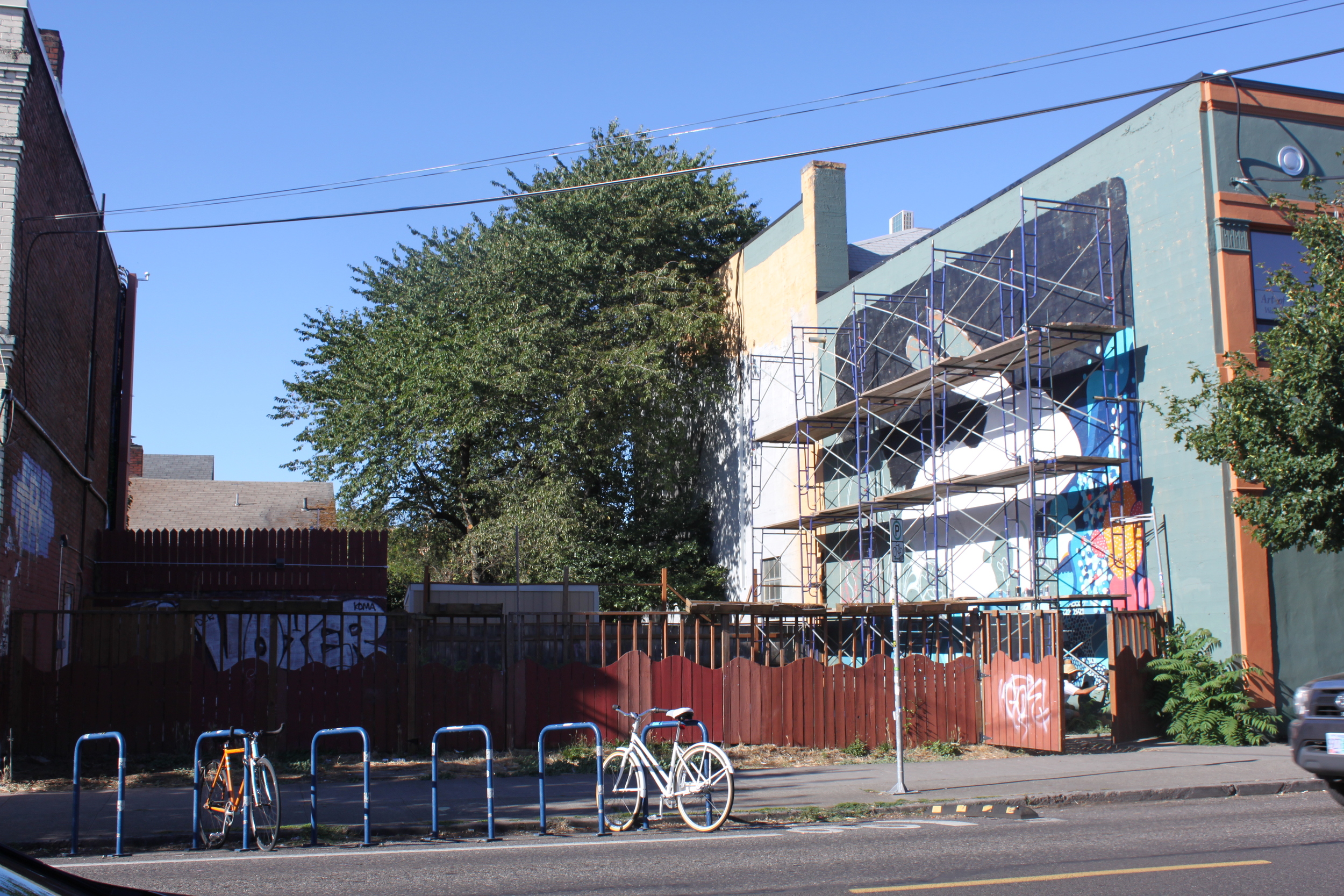

![Jessica and Jenny dress up downtown’s deer. [Photo by: Travel Portland]](https://images.squarespace-cdn.com/content/v1/54c5d2a7e4b0df35f166e6f8/1475722286013-CH04PFRIW9V7RKU22Z3P/Jessica+and+Jenny+dress+up+downtown%E2%80%99s+deer.+%5BPhoto+by%3A+Travel+Portland%5D)
![UglySweaterPDX 2014 [Photo by: Gina Murrell]](https://images.squarespace-cdn.com/content/v1/54c5d2a7e4b0df35f166e6f8/1475722319879-L46UH97OBUGHTGK6B6II/UglySweaterPDX+2014+%5BPhoto+by%3A+Gina+Murrell%5D)
![Claudia knits on some leg cozies [Photo by: Jaime Valdez]](https://images.squarespace-cdn.com/content/v1/54c5d2a7e4b0df35f166e6f8/1475722364327-ZFZ5AA2RI070N7BGIWJU/Claudia+knits+on+some+leg+cozies+%5BPhoto+by%3A+Jaime+Valdez%5D)

